Welcome to the Holiday Information Service
Our holiday experts are here to assist you with your holiday planning. Send us a message and we will get back you as soon as we can.
Please fill in fields marked with *
Give us a call Monday to Friday from 8am to noon. Outside of our office hours please drop us an email and we'll be happy to answer your questions.
Telephone: 00800 400 200 00 Österreich Werbung Vordere Zollamtsstraße 13 A-1030 Wien Wien AT
*toll-free; calls from mobile networks may incur charges
- Things to Do
- Cities and Culture
- Top 10 Sights in Austria

Austria’s Top Sights
From Vienna’s Schönbrunn Palace to Mozart’s birthplace in Salzburg, these are the top 10 attractions you should visit in Austria.
View to Schönbrunn Palace and the Gloriette Austrian National Tourist Office / Julius Silver media_content.tooltip.skipped
View of the Ringstrasse from the roof of the Burgtheater Wien Tourismus / Christian Stemper media_content.tooltip.skipped
1. Schönbrunn Palace, Vienna
The Habsburgs’ summer residence is Austria’s most popular tourist attraction. Take a guided tour through the Imperial ceremonial rooms or stroll through the freely accessible gardens. Nearby, you can visit Schönbrunn Zoo, the oldest zoo in the world.
2. Ringstrasse, Vienna
Vienna’s Ringstrasse (ring road) circles the city’s first district and is home to some of the most grandiose buildings Austria’s capital has to offer. The State Opera, Parliament, City Hall, the university and more can all be seen by taking a stroll along Ringstrasse or boarding a tram.
3. Giant Ferris Wheel, Vienna
Located in Vienna’s historic Prater amusement park, the Giant Ferris Wheel gives you some of the best views over the city. Its passenger cars can be booked for private breakfasts, candle-lit dinners, and even weddings.
4. Hohensalzburg Fortress, Salzburg
First built in 1077, Hohensalzburg Fortress stands high above the city of Salzburg, a short (but steep) walk from the city centre. Inside, you will find the Princes’ Chambers with furnishing that have not been changed since the early 1500s, as well as a museum showcasing ancient suits of armour and a historic marionette museum.
5. Mozart’s Birthplace, Salzburg
When you walk through Salzburg’s Getreidegasse, a quaint, cobble-stoned shopping street that is reminiscent of centuries past, you won’t be able to miss Mozart’s birthplace at no. 9. After all, it’s one of the most popular museums in the world nowadays, showcasing the original rooms and Mozart’s musical instruments.
Salzburg City - View of the Hohensalzburg Fortress Tourismus Salzburg GmbH / Günter Breitegger media_content.tooltip.skipped
Mozart's Birthplace Tourismus Salzburg GmbH Mozart's birthplace media_content.tooltip.skipped
6. Schlossberg Hill & Clocktower in Graz, Styria
A must-do for every first-time visitor to Graz is climbing Schlossberg hill and seeing the city’s famous clocktower up close. If you don’t feel up to climbing the 260 stairs, simply take the lift (located inside the actual hill) or the Schlossbergbahn funicular. Up top, you can treat yourself to a coffee with fantastic views over the city.
7. Kunsthaus Art Museum in Graz, Styria
The Kunsthaus in Austria’s second city, Graz, attracts visitors not just with its modern art exhibitions, but with its unusual architecture: Opened in 2003, it is said to look like a “friendly alien” in the midst of Baroque architecture. With its large, tube-like "nozzles" for windows that stick out from the curved roof and its computerized lighting system, it’s a true eye-catcher in Graz’s city centre.
The clock tower at the city mountain Schlossberg in Graz Graz Tourism / Harry Schiffer Styria media_content.tooltip.skipped
8. Golden Roof in Innsbruck, Tirol
Located in the midst of the old town, Innsbruck’s Golden Roof is perhaps the city’s most famous landmark. Built in the 15th century at the behest of Kaiser Maximilian I, its 2,657 gilded shingles shine as bright as ever.
9. Swarovski Crystal Worlds in Wattens, Tirol
25 minutes outside of Innsbruck, a world of crystals awaits that has to be seen to be believed: There are 17 separate “crystal chambers”, including a giant crystal dome and an “infinity mirror room” featuring a revolving chandelier. There are stunning crystal exhibits and installations by the likes of Andy Warhol, Jean-Paul Gaultier, and Keith Haring. And outside, a cloud made out of 800,000 crystal rivals the starry night sky.
Crystal Dome (Swarovski Crystal Worlds) Swarovski Kristallwelten media_content.tooltip.skipped
10. Ars Electronica Center in Linz, Upper Austria
Talk to an android on the phone, pet a robot seal, or clone your favourite plant: The Ars Electronica Center in Linz is a unique interactive museum which lets you experience science, technology, and art up close. Its 5,100 m2 (56,000 sqft) LED façade right next to the Danube continuously changes colours, making for a nightly spectacle.
Discover Austria's Cities
City breaks in summer - your cultural 'lebensgefühl'.
City trips in Austrias cultural summer hit right at the heart. Because Austrias cities surprise, make curious – and sometimes even are addictive. #feelAustria

The Ultimate 5 to 7 Days in Austria Itinerary
Last Updated on February 20, 2024
by Maggie Turansky
Disclaimer: This article contains affiliate links. That means if you click a link and make a purchase, we may make a small commission. As an Amazon Associate we earn from qualifying purchases. For more information, see our privacy policy.

Planning out an Austria itinerary is one of the top things to do when visiting Central Europe. This beautiful country nestled between Germany, Switzerland , Italy , the Czech Republic , Slovenia , Hungary and Slovakia has a lot to offer beyond Vienna or Salzburg . And whether you have 5 or 7 days in Austria, you’re sure to have a blast exploring this gorgeous Central European nation.
From chic cities to charming villages, to gorgeous mountaintops to lovely lakes, Austria is a dynamic and interesting destination that is a joy to explore. Easy to navigate and filled with history, planning out the ideal trip to Austria is a treat.
So if you’re planning to spend a few days to a week in Austria, follow this itinerary to ensure you get a good feel for this country – though you may want to plan another trip in the future!
Table of Contents
How Many Days in Austria?
If you want to see more than the capital city and get to a couple of different places, then consider spending at least 5 days in Austria.
However, if you’re interested in digging deeper and visiting more than two different cities, then mapping out at least 7 days is going to be your best bet.
With a week in Austria, you have the opportunity to visit several different places, have the time to get to know some of the cities and also have the opportunity to explore some smaller towns and natural areas as day trips.
You also really can’t go wrong with spending 10 days in the country or more. With this amount of time, you don’t need to leave anything off of your itinerary and you will be able to spend time in some more far-flung places and areas a bit off the beaten tourist trail.

Getting To & Around Austria
Located in the centre of Europe, Austria — and, particularly, the capital of Vienna — is easy to reach from virtually all of Europe and many destinations further afield.
Vienna Airport is a large international airport that has countless flights to and from a myriad of countries and cities in the world, so arriving in Austria from abroad is not a problem.
Austria is also well-connected by rail and bus from nearby countries and cities. Vienna is directly connected to cities like Budapest , Prague , Munich and Ljubljana and many other smaller cities are also well-linked across the continent. You can view train schedules here.
Once in Austria, you have a few options when it comes to getting around. In the cities, plan to rely on getting from point A to B on foot or using the city’s public transit. Austrian cities are incredibly easy to navigate and there is no need to have a car while exploring.
You also can easily get between cities and major urban areas via both an extensive rail system and bus.
However, if you want to easily make stops between cities or would like to get out in nature, see the countryside and have some flexibility, it can be worth it to opt for a car rental and go for an Austrian road trip.
This will allow you to spend time in the Bavarian Alps, the Zillertal Alps and the town of Mayrhofn, the Danube Valley and drive along the Grossglockner High Alpine Road.
If you decide to hire a car while in Austria, you can compare prices across several major companies on Rentalcars.com.
One thing to note when driving in Austria is that you will need a vignette – or toll sticker. If you rent a car while in Austria already, this will be taken care of for you. However, you will need to purchase one upon crossing over from a neighbouring country.

5 to 7-Day Austria Itinerary
Day 1 – vienna.
The perfect place to begin any visit to Austria is in the capital city of Vienna . Often considered to be one of the most liveable cities in the world, Vienna is an absolutely beautiful city that is packed with history and interesting things to do.
Spend your first day in Vienna wandering around and taking in all of the top sites.
You can go on a walking tour to get your bearings before heading to sites like the Vienna Opera House, enjoying the art collections at the Albertina Museum or taking in the iconic attractions of the Spanish Riding School and the Sisi Museum at the Hofburg. End your day taking in the beautiful St Stephen’s Cathedral.
Vienna is also absolutely wonderful to simply wander around or to park yourself at one of its iconic cafes and enjoy a classic Viennese pastry and coffee. This is absolutely one of the best things to do.

Where to Stay in Vienna
Motel One Wien – Hauptbahnhof — This hotel is a fantastic accommodation option for those travelling on a mid-range budget in the Austrian capital. Located very close to Vienna’s main train station, they have several room sizes to choose from and an option to add breakfast each morning.
Hotel Brauhof Wien — Those after luxury in the Austrian capital will love this 4-star hotel. They have a range of beautiful, plush rooms to choose from and countless other amenities to ensure that your stay is an unforgettable one.
Hostel Ruthensteiner — This family-run hostel can be a fantastic option for both budget or solo travellers in Vienna. They have both private rooms and dorm beds available and several common areas and kitchen facilities that make it easy to meet other travellers in the city.
Not quite what you’re looking for? Click here to browse more Vienna hotels!

Day 2 – Vienna
Day 2 of your Austria trip should still be spent in Vienna. As the capital and largest city in the country, there is a lot to do here and you definitely need at least two full days within the city itself to do it justice.
On your second day, it’s time to explore a bunch of sites that you didn’t get to the day before. These can include touring Schonbrunn Palace (you can book a guided tour here ), heading to Karlskirche or wandering around Schloss Belvedere.
Plan to spend your afternoon taking in the museums in the Museums Quartier, which includes places like the Leopold Museum and the Modern Art Museum.

Day 3 – Vienna
One of the benefits of spending 3 days in the Austrian capital is that you will have the time to go on a day trip from the capital. Because we’re exploring more of Austria itself if you’re spending 5 or 7 days in the country, this is a great time to take a day trip outside of Austria.
Heading to the Slovak capital of Bratislava is an excellent day trip option from Vienna.
Located only about an hour via train from the Austrian capital, Bratislava is an interesting place to spend a day and it is completely different from Vienna so you will get a good change of pace. You can go independently or organise a guided tour.
Bratislava’s compact nature means that it can easily be explored in just one day and it’s the perfect way to head outside of Austria during your trip to Austria!

Day 4 – Salzburg
After spending a few days in Vienna, the next stop on your itinerary through Austria should be the western city of Salzburg . Known for being the birthplace of Mozart and the filming location for the classic musical The Sound of Music , Salzburg is a lovely city to enjoy and no trip to Austria would be complete without visiting.
Though small in size, Salzburg has enough to offer visitors to merit spending 2 days here. So if you’re only planning for 5 days in Austria, this will be the final stop on your itinerary.
Spend your first day in Salzburg taking in the main sites of this beautiful city. In the morning, explore the old town, wander down Getreidegasse, browse through the stalls in the Grünmarkt, visit the Salzburg Cathedral and take in the views at Residenzplatz – Salzburg’s main square.
Later, head up to the imposing Hohensalzburg Fortress and stroll along the walking trail on Monchsberg until you reach the Augustiner Brau Brewery, which is well-known for its classic and massive beer garden.

Where to Stay in Salzburg
Gästehaus im Priesterseminar – This guesthouse is an excellent option for mid-range visitors to Salzburg. They have a wonderful, centrally located in a beautiful baroque building and they have several lovely rooms on offer – perfect for exploring the city!
Boutique Hotel Auersperg – If you’re after a luxury option in Salzburg, you’re sure to love this boutique hotel in the centre of the city. It has been family-run for generations and it is located within spitting distance of all of Salzburg’s top sites. They have luxe rooms available and countless other amenities to ensure your stay is a great one.
Yoho International Youth Hostel – Budget and solo travellers will love this centrally located hostel. They have both private and dorm rooms available, good common areas and self-catering options and, for those who want it, they screen “The Sound of Music” every evening
Not quite what you’re looking for? Click here to browse more Salzburg hotels!

Day 5 – Salzburg
On the final day of your 5-day trip to Austria (or simply your final day in Salzburg if you’re planning on spending 7 days in Austria), plan to spend the day digging deeper and getting to know Salzburg just a bit better.
There is plenty to keep you occupied on your second day in Salzburg. Plan to spend your day wandering through the Mirabell Palace and Gardens, take in one or two of the city’s many museums and take a river cruise along the Salzach to see the city from a different perspective.
You can end your day in one of the city’s fine restaurants or even visit another beer garden to sample some great Austrian brews.

Day 6 – Gollinger Waterfall & Hallstatt
Treat day 6 as a travel day between Salzburg and Austria’s second-largest city of Graz. This day is best to do if you have a car, as it will give you the flexibility to make stops along the way and to enjoy the rural and natural side of Austria.
For those looking to get a bit active, then make your first stop en route to Graz be the Gollinger Waterfall. This waterfall is absolutely beautiful and there is a hiking trail that can take you around the falls and allow you to view it from different vantage points. The hike is pretty easy and it’s suitable for those of a moderate fitness level.
After enjoying the waterfall, drive a bit further to visit the iconic town of Hallstatt. This town is well-known on Instagram feeds and it is absolutely beautiful. However, it is also incredibly popular amongst international visitors and can be absolutely packed with tourists.
If you’re keen to avoid crowds and want a more laid-back alternative to Hallstatt, then consider making a trip to the town of St Gilgen on Wolfgansee, a large lake located a little bit closer to Salzburg.
For those who don’t have a car and are going this by public transport, it’s not going to make sense to stop at Hallstatt or the Gollinger waterfall. What you can do instead is spend your morning on a lovely day trip to St Gilgen and Wolfgangsee before taking an afternoon train from Salzburg to Graz.
End your day of exploration in the beautiful city of Graz.

Where to Stay in Graz
Schlossberghotel – Das Kunsthotel – This classic hotel is an excellent option for those looking for a great place to stay in Graz. They have a range of beautifully decorated rooms and it is filled with antiques and artwork. There are lots of rooms to choose from, a swimming pool, and plenty of other fantastic amenities.
Aiola Living Graz – This boutique hotel is a great option for visitors to Austria’s second city who are looking for a swish place to stay in the centre of town. They have clean, modern and comfortable rooms on offer and there is also an on-site fitness centre for guests to use at their leisure.
B&B Hotel Graz-Hbf – This hotel is a great option for those travelling in Austria and visiting Graz on a budget. They have a range of private rooms available and a great location close to the train station – perfect for exploring the city and for continuing on your trip in Austria. There is even an option to include breakfast.
Not quite what you’re looking for? Click here to browse other hotels in Graz!

Day 7 – Graz
The final day of your 7-day Austria itinerary should be spent exploring the absolutely beautiful and charming city of Graz .
This city often gets overlooked when people plan trips to Austria and this is really a shame – it has quite a lot to offer and its compact size means that you don’t need to dedicate a lot of time to it.
Start your day at the Kaiser Josef Market before meandering over to the Grazer Burg where you can take in the fascinating double spiral staircase. Then, head over to the Graz Cathedral and tour this incredible structure before watching the clock chime and the interesting puppets at the city’s Glockenspiel.
Spend your afternoon up at Schlossberg, the castle hill that has incredible views over the city – it is accessible via funicular. Then, head over to the hip Lend area and, if you’re so inclined, visit the Kunsthaus – a modern art museum. If you’re more interested in history, then you could head to the Styrian armoury, instead.
End your day at one of Graz’s many phenomenal restaurants – and make sure to sample some of the great wines grown in the region!
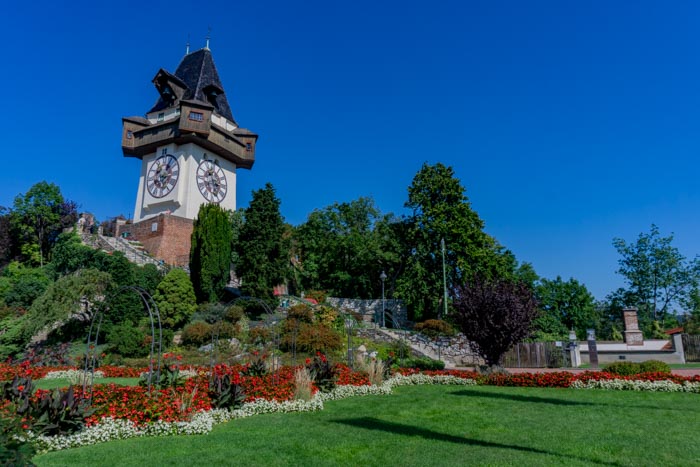
Have More Time?
If you, for example, have 10 days in Austria or more, then the world is your oyster. For those who want to see more of this beautiful country, head to the west and make sure to explore the Tyrol region. The Alpine city of Innsbruck is infinitely popular and is a perfect getaway for those looking for an active holiday. From here, you can also visit the gorgeous glaciers at Dachstein.
If you’re interested in heading to some neighbouring countries, Slovenia is well-located and easy to get to from Graz. Consider spending heading to the city of Maribor before venturing onto Ljubljana (and beyond, if you have the time!).
There is a lot to see and do in and around Austria and it is likely impossible to plan a bad itinerary in this beautiful country. However, with the proper planning and knowledge, you can map out the absolutely perfect trip for you and your travel style.
Are you planning a trip to Austria? Have any questions about this itinerary? Let us know in the comments!

Related Posts:

The Ultimate One Day in Hallstatt Itinerary

The Perfect Day Trip to Salzburg from Vienna

Salzburg or Vienna: Which Austrian City to Visit?

About Maggie Turansky
Maggie is a co-founder and writer for The World Was Here First. Originally from the US, she has lived in five different countries and has travelled to dozens more, both solo and with her partner, Michael. She particularly loves exploring Spain and spending time in the Caucasus and the Baltics. Read more about Maggie
would like to know about visiting Styria and Karnten
Hi, Amazing article, helps a lot!
I have more questions around sightseeing near Hallstatt and Salzburg- for eg- 5 fingers, lake wolfgangsee..what else can i explore on these lines? and any budget hostels to stay a night probably in or near Hallstatt?
Leave a Comment Cancel reply
Travel Guide Austria
Book your individual trip , stress-free with local travel experts
Select Month
- roughguides.com
- Travel guide
- Local Experts
- Travel Advice
- Accommodation
Plan your tailor-made trip with a local expert
Book securely with money-back guarantee
Travel stress-free with local assistance and 24/7 support
Glorious Alpine scenery, monumental Habsburg architecture, and the world’s favourite musical – Austria’s tourist industry certainly plays up to the clichés. However, it’s not all bewigged Mozart ensembles and schnitzel; modern Austria boasts some of Europe’s most varied museums and contemporary architecture not to mention attractive and sophisticated cities whose bars, cafés and clubs combine contemporary cool with elegant tradition.
Where to go in Austria
Travel ideas for austria, created by local experts.
_listing_1640546826392.jpeg)
15 days / from 6322 USD
Capitals of Europe - Berlin, Prague, Vienna and more
This trip is ideal for all city & culture lovers: the Reichstag in Berlin, the castle in Prague, historical Cesky Krumlov, St Stephen's Cathedral in Vienna, the fortress above Salzburg and Schloss Neuschwanstein near Munich - these are just some of the highlights of this incredible roundup trip.
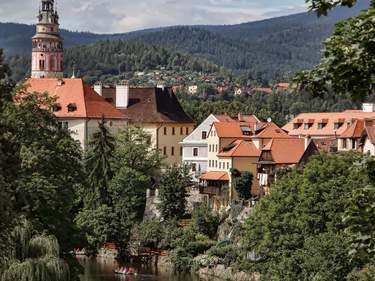
11 days / from 4251 USD
Castles across Austria and Czechia
Austria and Czechia are home to some of the world's most beautiful architecture and culture gems, such as Schloss Schönbrunn in Vienna, Prague castle, the fortress above Salzburg and many more. Finish your tour with a visit to Schloss Neuschwanstein before flying out of Munich.
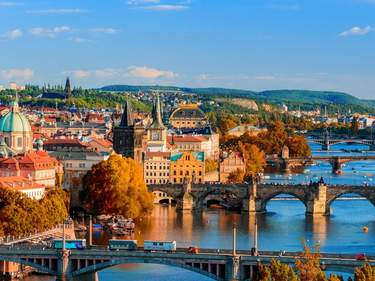
11 days / from 3543 USD
Exclusive trip to Prague and Austria
Explore the main highlights of Central Europe: fascinating Prague & historical Cesky Krumlov, the highlights of Vienna, Salzburg and Innsbruck in Austria and then further on to Germany - get in the Disney spirit at Schloss Neuschwanstein.
- Population 8.47 million
- Language German
- Currency Euro (€)
- Capital Vienna
- International phone code t 43
- Time zone GMT +1hr
Long the powerhouse of the Habsburg Empire, Austria underwent decades of change and uncertainty in the early twentieth century. Shorn of her empire and racked by economic difficulties, the state fell prey to the promises of Nazi Germany. Only with the end of the Cold War did Austria return to the heart of Europe, joining the EU in 1995.
Politics aside, Austria is primarily known for two contrasting attractions – the fading imperial glories of the capital, and the stunning beauty of its Alpine hinterland. Vienna is the gateway to much of central Europe and a good place to soak up the culture of Mitteleuropa .
Less renowned provincial capitals such as Graz and Linz are surprising pockets of culture, innovation and vitality. Salzburg , between Innsbruck and Vienna, represents urban Austria at its most picturesque, an intoxicating Baroque city within easy striking distance of the mountains and lakes of the Salzkammergut , while the most dramatic of Austria’s Alpine scenery is west of here, in and around Tyrol , whose capital, Innsbruck , provides the best base for exploration.
If you are looking for great travel experiences in Austria while avoiding the crowd, check out our tips here.

Without a visit to Vienna you’ll return home with only half the picture. Built on a grand scale as seat of the Habsburg Empire, it’s a place that positively drips with imperial nostalgia.The pickings are rich, with the old palaces of the Hofburg and Schönbrunn high on the list, as are the cultural offerings from the gargantuan art collections of the Kunsthistorisches Museum to the new cultural complex of the MuseumsQuartier.
Equally compelling, nowadays, are the ghosts of Vienna’s golden age at the end of the nineteenth century, when the likes of Freud, Klimt, Schiele and Schönberg frequented the city’s cafés.The city boasts some wonderful Jugendstil and early modernist buildings and a bevy of traditional fin-de-siècle cafés patrolled by waiters in tuxedos. Last, but by no means least,Vienna is by far the best place in the country for night- life, and that means everything from top-class opera to techno.
Salzburg is no less intoxicating. Its Altstadt contains the country’s most concentrated ensemble of Baroque architecture, and the Hohensalzburg fortress is arguably the country’s most impressive medieval castle. A substantial musical pedigree is ensured by the city’s status as the birthplace of Mozart and venue of the Salzburg Festival, one of the world’s most renowned celebrations of classical music and theatre.
Of Austria’s other regional capitals, Innsbruck combines both a buzzing 9 nightlife and close proximity to some of the Tyrol’s highest peaks to make it one of Austria’s most popular destinations. Its attractive and largely medieval city centre focuses on the Hofkirche, site of the memorial to sixteenth-century Habsburg strongman Emperor Maximilian I.
In the Styrian capital, Graz, the main attractions are the Altstadt, the fine-art collections of the Landesmuseum Joanneum and the Baroque Eggenberg Palace. Austria’s second largest city is also a good base from which to venture out into the vineyards and pumpkin fields of the rural southeast.
Top image: Hallstatt village © Rastislav Sedlak SK/Shutterstock
Travel advice for Austria
From travel safety to visa requirements, discover the best tips for traveling to Austria
- How to get to Austria
- Culture and Etiquette in Austria
- Eating and drinking in Austria
- Getting around Austria: Transportation Tips
- Sports and Outdoor activities in Austria
- Travel Tips Austria for planning and on the go
- Best time to visit Austria
The Rough Guides to Austria and related travel guides
In-depth, easy-to-use travel guides filled with expert advice.

Find even more inspiration here

Planning your own trip? Prepare for your trip
Use Rough Guides' trusted partners for great rates
written by Rough Guides Editors
updated 09.07.2021
Ready to travel and discover Austria?
Get support from our local experts for stress-free planning & worry-free travels.
- Where to stay
- Travel advice

20+ Austria Travel Tips for First Timers & Must Knows Before You Go
Last Updated: July 6, 2023
*FYI - this post may contain affiliate links, which means we earn a commission at no extra cost to you if you purchase from them. Also, as an Amazon Associate I earn from qualifying purchases. Check out our Privacy Policy and Disclosure. for more info.
Despite its relatively small size, Austria is a country packed to the brim with sights – from majestic mountains and opulent palaces to elegant cities and more stunning cakes than you could ever eat in one lifetime.
… it’s also full of potential culture shocks and silly travel mistakes.
I used to live just across the border in Munich, so over the years I’ve gotten to know Austria fairly well… the hard way! Namely by bumbling around, committing the faux pas and embarrassing myself in the name of research.
But luckily, you’re here just in time to prepare for Austria the easy way – by reading my full list of Austria travel tips, collected over years of first hand experience (and many a starry-eyed day trip from Munich to Salzburg ).
So, from avoiding saucy schnitzels to preparing for naked saunas, here are a few weirdly specific must-knows before you visit Austria. I hope you find it helpful!
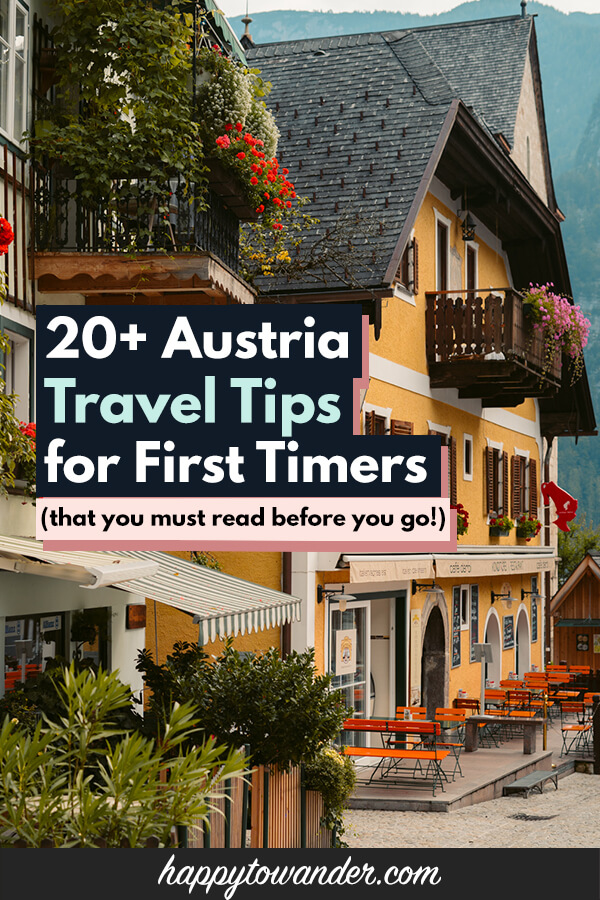
Save this list of Austria Travel Tips for later!
You’ll be very glad you did.
1. Remember: Austria ≠ Australia
We’ll start with a silly Austria tip, and one that I (frankly) cannot believe needs saying.
But from US presidents to famous news outlets , it’s a gaffe that pops up time and time again, so, just to make sure we’re all on the same page… Austria is a country in Central Europe, and completely different to Australia, the Southern Hemisphere country famed for its kangaroos and koalas.
Walk around Austria for even a few minutes and you’ll come across silly souvenirs mocking this confusion, and probably a tour guide or two telling a joke about it.
So, again, before you start planning that Austria trip, make sure it’s mountains, schnitzel and Sound of Music you’re looking for, not the Outback, Didgeridoos, and giant spiders that hide in your shoes.
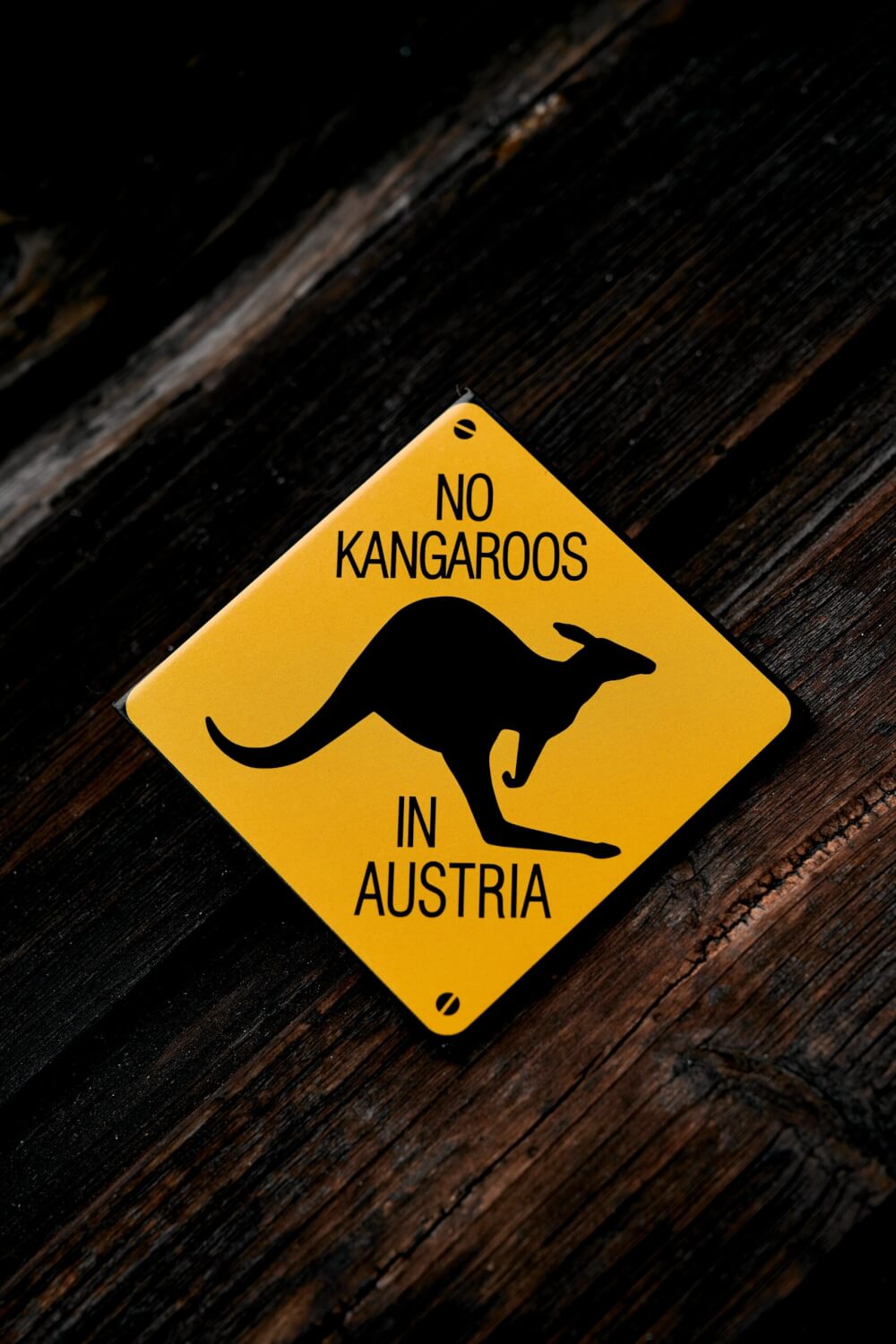
2. Never mistake Austrians for Germans
Just as Austria and Australia are (shockingly) not the same country, the same goes for Austria and its neighbour, Germany.
A very important Austrian etiquette tip I must shout from the rooftops is simply this: Austrians don’t take kindly to being mistaken for German.
So, remember to never say that Germany and Austria are the same, or make jokes about Germans and Austrians being the same. At best, they’ll laugh it off, at worst, you’ll cause legitimate offense.
Sure the two countries share a language and there are (admittedly) similarities, but Austrians are really proud of their country and don’t love it when people just dismiss them as the exact same as Germany, so keep that in mind.
As a Canadian who’s frequently mistaken for American, I totally get it.

3. Be sure to add Austria’s nature spots to your itinerary
Now in terms of where to go in Austria, I find that overseas visitors often gravitate towards the country’s most famous cities, Vienna and Salzburg.
But there is SO much more to explore beyond that, especially Austria’s natural marvels, which many overseas visitors miss. In fact, it’s often Austria that Europeans choose for their nature-forward holidays (whether it be for skiing or hiking), so don’t miss out!
Filled with soaring mountains, glimmering lakes, and charming swathes of countryside, Austria is (in many ways) a more budget-friendly version of Switzerland, so I highly recommend extending your time and expanding your itinerary to include at least a day trip or two to take in some of these incredible natural landscapes.
There’s the valleys and waterfalls of Salzburgerland, the alpine majesty of Tyrol’s nature parks, the beautiful lakes of Carinthia, along with more under-the-radar picks like the Bregenzerwald in Vorarlberg (which offers amazing mountains and cute alpine towns).
All that to say – there’s plenty of amazing nature to be enjoyed in Austria, so don’t just limit yourself to cities.
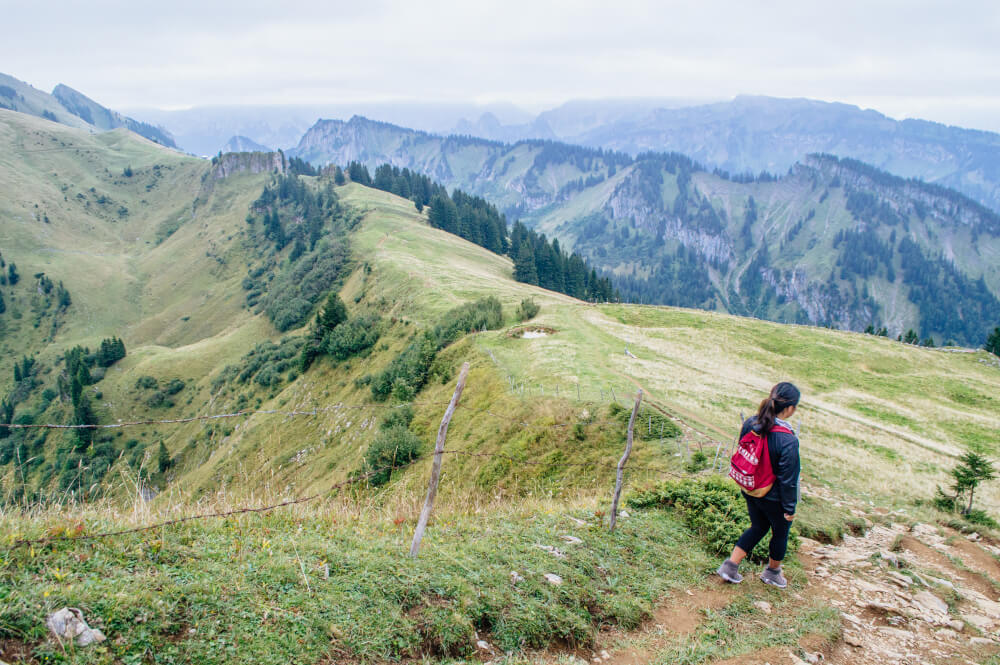
4. Seek out new destinations by reading Austrian websites
On that note, if you are open to visiting more offbeat places during your Austria trip, one thing I can highly recommend is doing your research on local Austrian websites.
In my opinion, there’s quite a big difference between the Austrian destinations that international tourists visit and the destinations that domestic tourists visit.
Both are great, but if you want to explore beyond the most famous sights, then reading Austrian blogs to see where locals vacation is a good starting point.
NOTE: This is also a great way to discover more offbeat things to do in individual cities as well. For instance, if I wanted to find more alternative things to do in Graz , I might browse local blogs/event websites to find pop-up events or unique festivals.
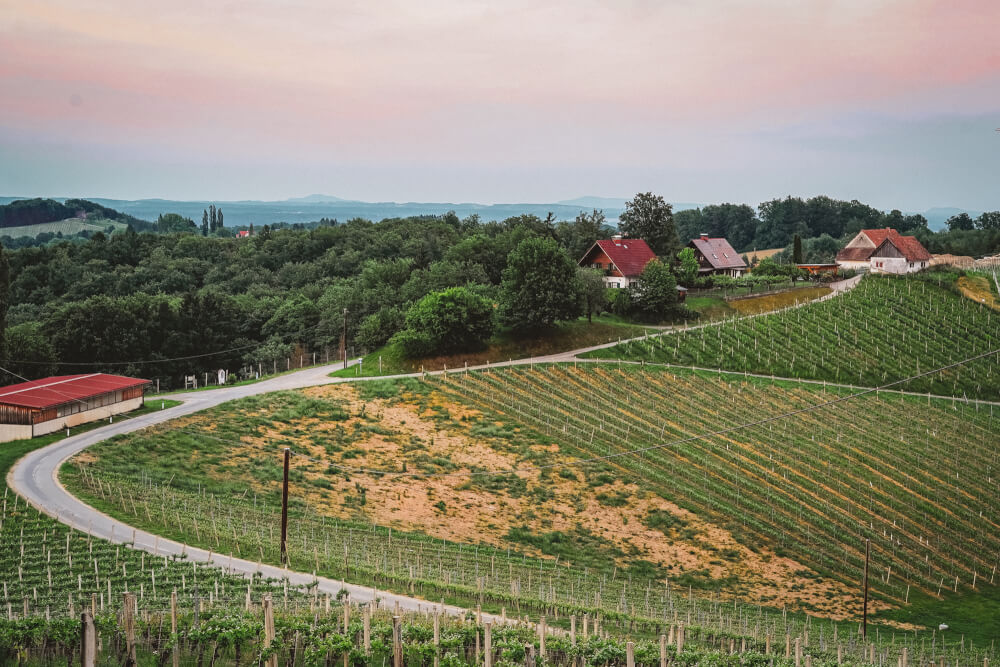
5. Don’t miss Austria’s Christmas markets
I know that neighbouring Germany is probably the best known country in the world for Christmas markets, but Austria has a fair few incredible gems too, often with far thinner international crowds.
So, if you’re looking for a magical winter destination in Europe, consider pencilling in some Austrian Christmas Markets between mid November to Christmas.
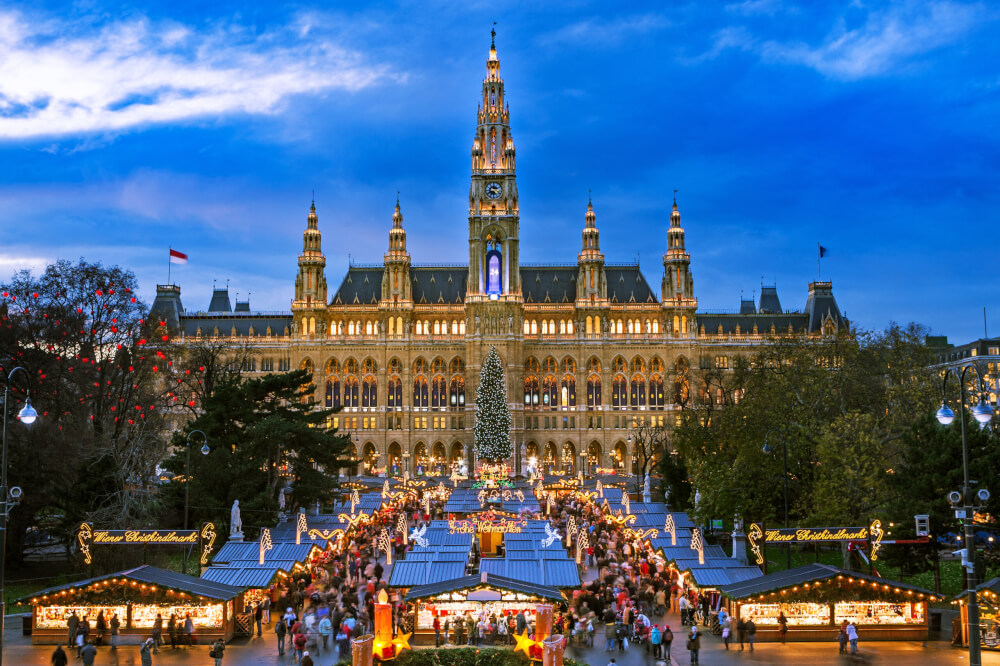
6. Learn the basics in German
In terms of which language to panic-learn before your trip, German is the official language of Austria, so that’s what everyone will speak.
In larger cities, it won’t be tough to get by with English, but it may be more difficult in the countryside.
In any case, it’s good to at least know the basics, like…
- Hello – Hallo (Ha-low!) or Grüß Gott (Grewss-got!)
- Thank you – Danke (Dahn-keh)
NOTE: The German spoken in Austria can sound very different depending on where you are because there’s a lot of different regional dialects, so don’t be surprised if you have trouble understanding locals (or vice versa). It’s all part of the fun!

7. Only rent a car if you plan to do nature trips
If your trip mainly consists of city to city travel, then I’d advise relying on public transport to save yourself the headache of driving.
Public transport is amazing in Austria, so you’ll have no trouble getting around, both from place to place and also within cities themselves.
But, if you plan to do a lot of more offbeat nature spots to see mountains, lakes and national parks, then having a car would be ideal. Be sure to check out my considerations before renting a car in Europe if that’s the case.
Of course, a more convenient alternative would be to book day tours to nature spots from the city you’re staying in – that way you can simply drool in the back seat while you see all the landscapes, without the stress of navigating.
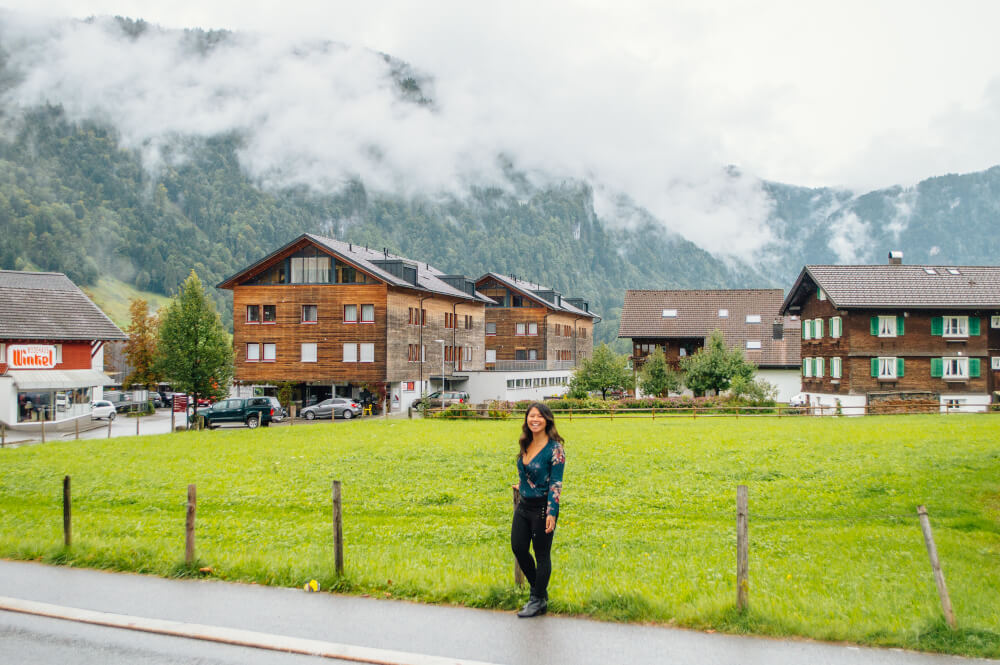
8. Get a vignette if you’re driving
If you do plan to rent a car however, one important Austria must-know is you’ll need a vignette.
This is a sticker that you must buy for your car in order to use the country’s motorways. Failure to procure one means an aggressive fine in the mail weeks after the fact. (Ask me how I know that).
IMPORTANT: Make sure this sticker is purchased and adhered to the car before you enter the country because there are automatic scanners that look for them at the border… so you may get fined even if you buy one upon entry. (Again, ask me how I know that)

9. Understand that public transport is on an honour system
Unlike other countries which have fare gates and other measures in place to ensure you pay, public transport in Austria works on a very trusting honour system where you are responsible for buying your own ticket, and only need to show it if you are asked to (via random controls).
So, make sure you always buy the right ticket and validate it properly in case you get checked!
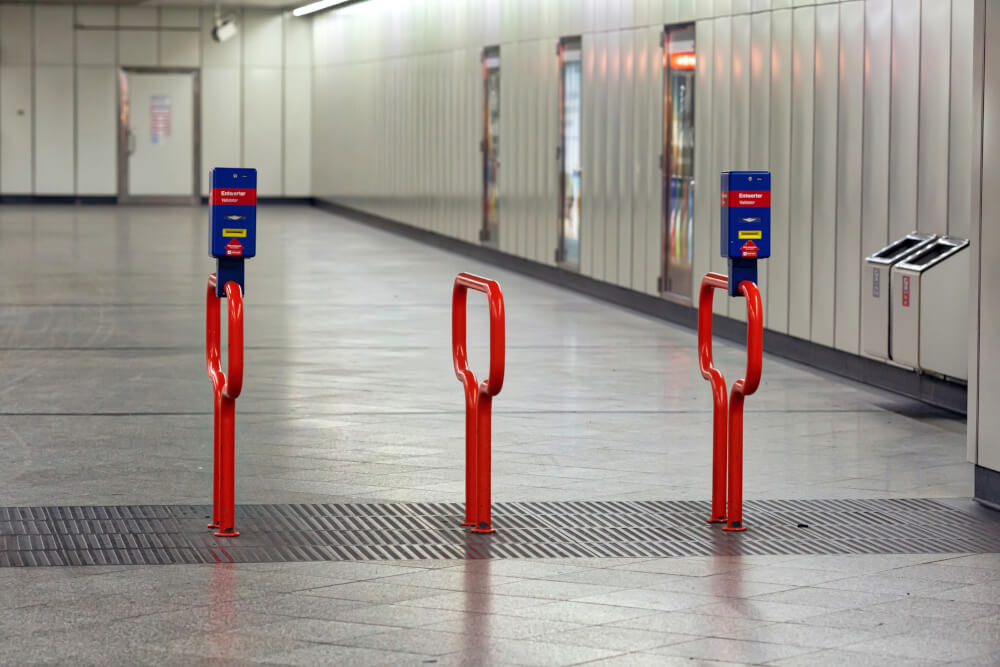
10. Learn the tricks to saving money on Austrian trains
Train travel is one of my personal favourite ways of getting around Austria. If you are new to train travel in Europe, then be sure to read my step by step guide to get acquainted, and scope out my favourite scenic train rides while you’re at it.
After you’ve decided that you do want to glide elegantly across the country by rail, then there are a few different ways to save money on tickets:
- Einfach-Raus-Ticket: A group ticket that gives you unlimited travel for a day on all local/regional trains across Austria. The more people you have, the cheaper it works out to be per person. Great for group day trips!
- Regional Tickets/Offers: Special passes that give you unlimited travel for a day on local/regional trains for a particular region/area. Great for day trips in a smaller area!
- Eurail: A rail pass that covers train travel across most European countries. Great only in certain instances, i.e. when you are visiting many countries and want flexibility/spontaneity. I explain more in my full Eurail review.
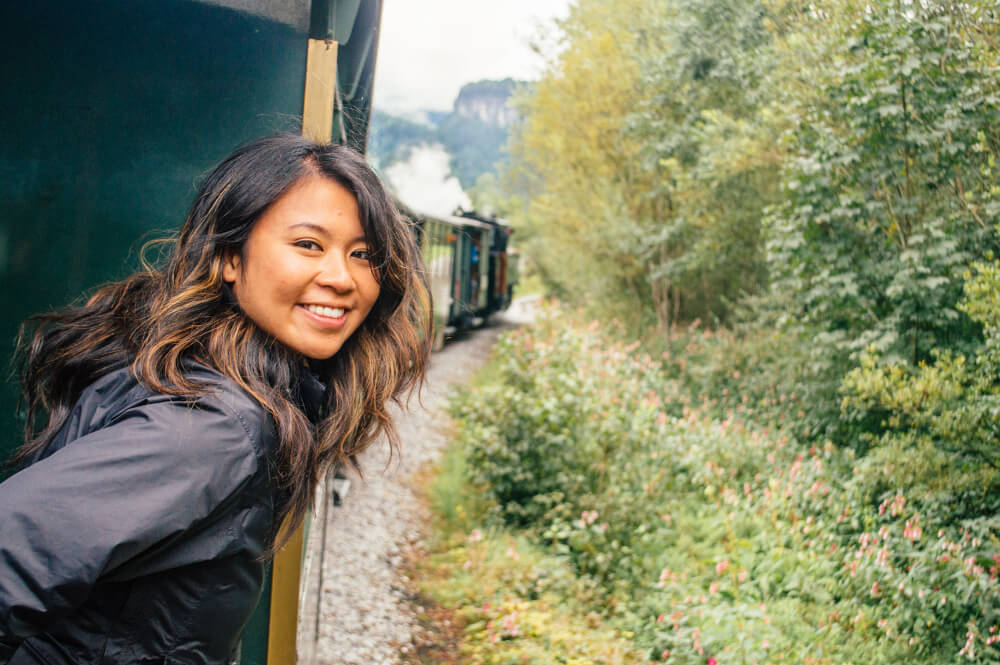
11. Sorry – Austrians do not know the Sound of Music
I hate to be the bearer of bad news.
And trust me – as someone who grew up watching the Sound of Music religiously every Christmas, this fact is definitely not one of my favourite things, but here goes…
Austrians do not really care about the Sound of Music. It’s not a classic film for them, they have no nostalgia tied to it, and (frankly) many of them don’t even like it.
So, when you head to Salzburg for your big Sound of Music pilgrimage, just know that your enthusiasm is probably best shared among your fellow tourists, rather than among locals.
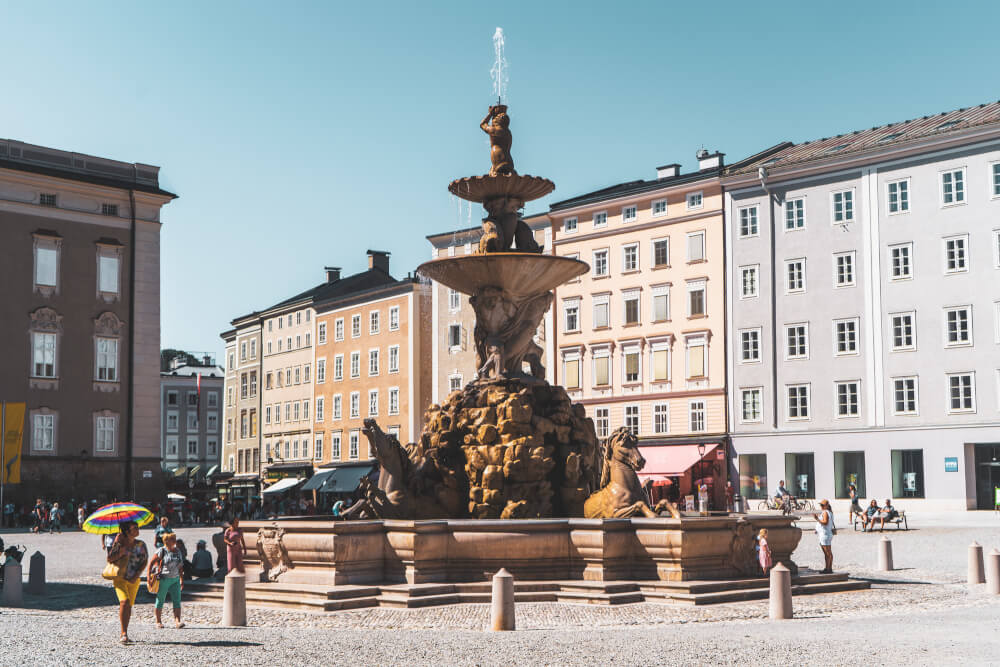
12. Remember “W” is pronounced like V
In terms of language, a good thing to remember is that the letter W in German is pronounced like a V so if you’re saying any words or names, say it with a “Vuh” sound.
In Austria, the most prominent example would be the German name of Vienna which is spelled Wien, but pronounced “Veen”.
You’ll catch this pronunciation trap in the city’s most popular dish too -Wiener Schnitzel. So remember: if you do decide to indulge in this fried slab of goodness during your trip, order it as a “Veen-uh” schnitzel and not “Weeeeee-ner” schnitzel.
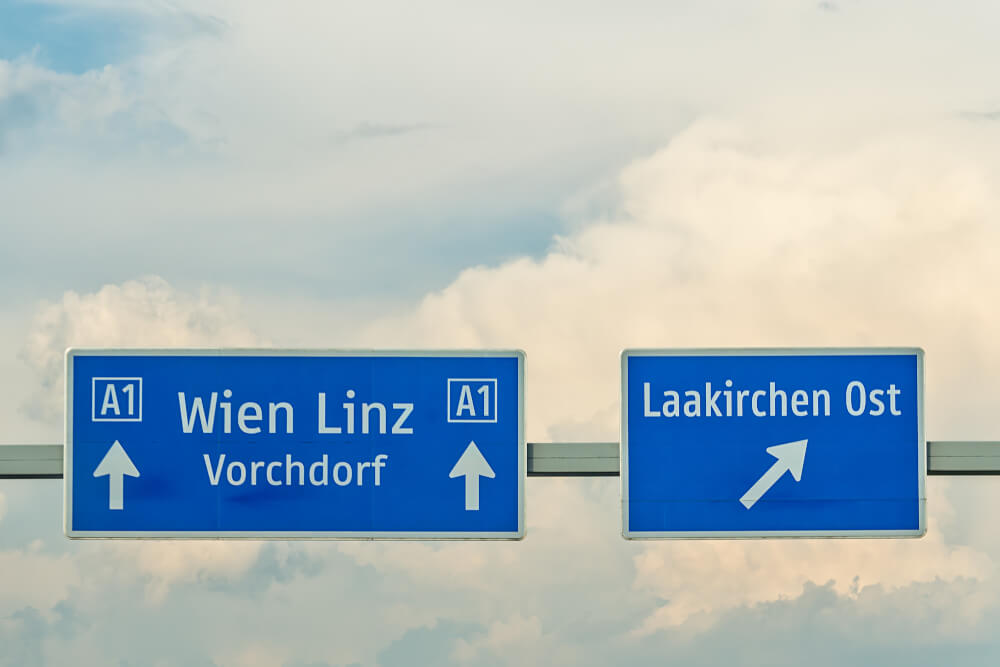
13. Avoid catching locals in photos/videos without their consent
Upon arrival in Austria, your first instinct may be to whip out your phone and capture as many of those beautiful sights as possible, to the chagrin of your 52 Instagram followers.
But just a quick note before you do that – Austrians can be very private people who don’t like having their photograph taken without consent.
So, a very important Austrian etiquette tip is to be mindful of others’ privacy and try not to blatantly take photos that might accidentally catch someone’s face head on.
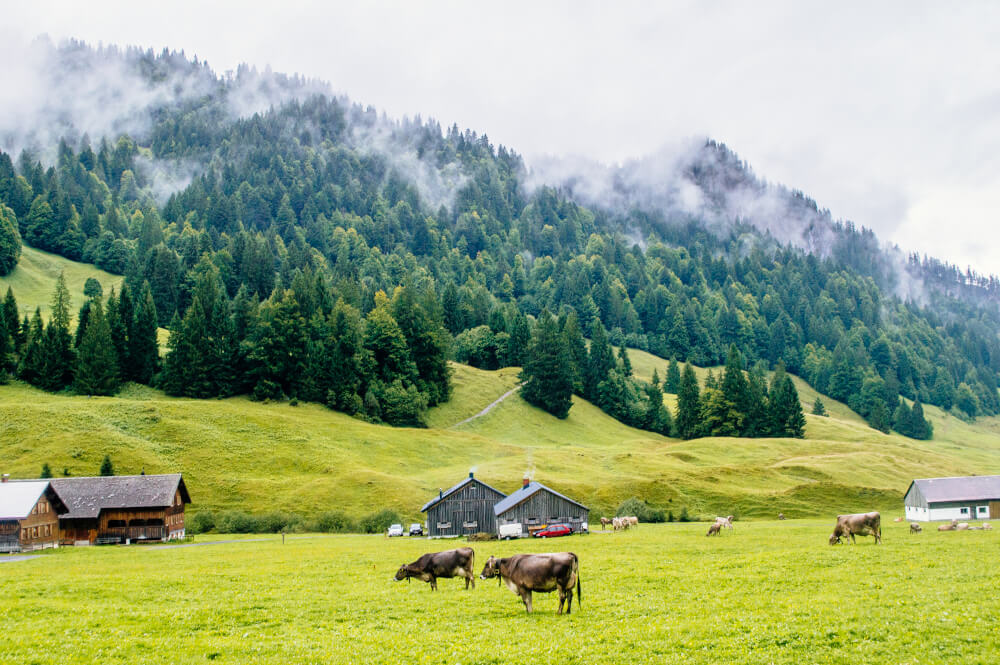
14. Don’t be alarmed if you catch people staring at you
While taking photos of others’ faces is considered very rude, one thing that isn’t is… staring.
To the shock of many first time visitors, Austrians don’t mind staring. So you could very well be sitting on the bus, minding your own business, only to feel the stony stare of a stranger who is (rather shamelessly) staring at you while you just try to peacefully exist.
Can it be jarring? Of course! But don’t worry – it’s just a cultural difference where they don’t consider staring to be a rude practice. Think of it as just them perceiving you (or if it helps your confidence, pretend it’s because you’re wowing them with your stunning face).
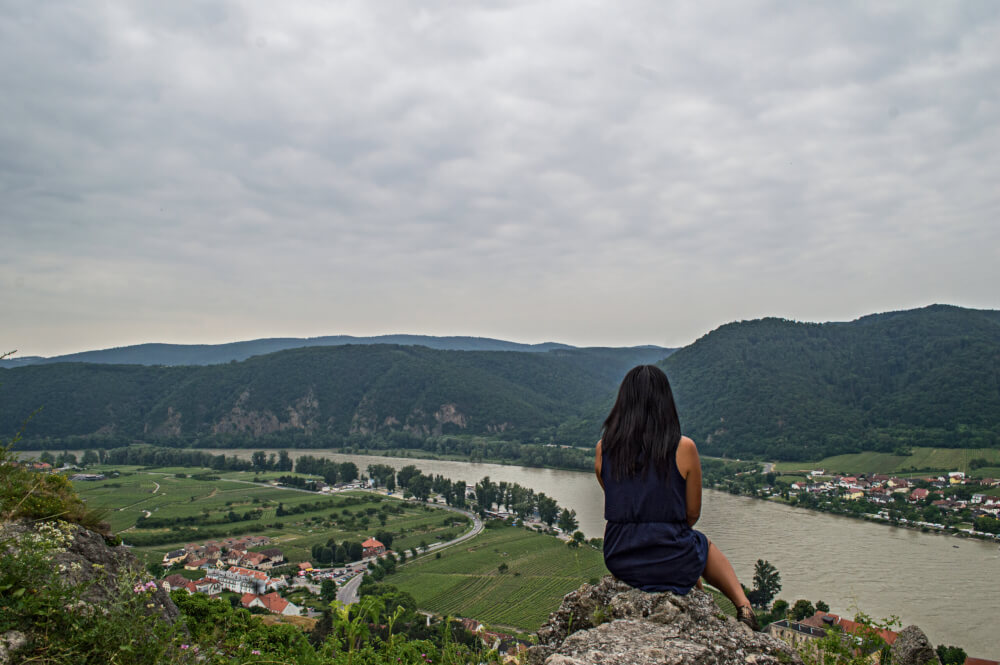
15. Learn how to tip in Austria
In terms of tips, tipping culture in Austria is definitely not as aggressive as in North America.
For good service you’ll tend to tip 5-10%, usually rounding up to a number that makes sense so if your meal was 45 euro, you might hand them 50.
What’s worth noting though is that tipping works a little differently here.
For instance, you wouldn’t just leave money on the table after the meal. Instead, you have to tell them how much you intend to pay in total (including tip) as you hand over your cash or card.
So let’s imagine that (including tip), you want to pay 40 euro. In this instance, you would say “40” as you hand over your cash or your card, and then they’ll give you the appropriate change.
If you want them to just keep the change, then you hand your cash over and say “Stimmt So!”, and they’ll know to just keep the whole thing.
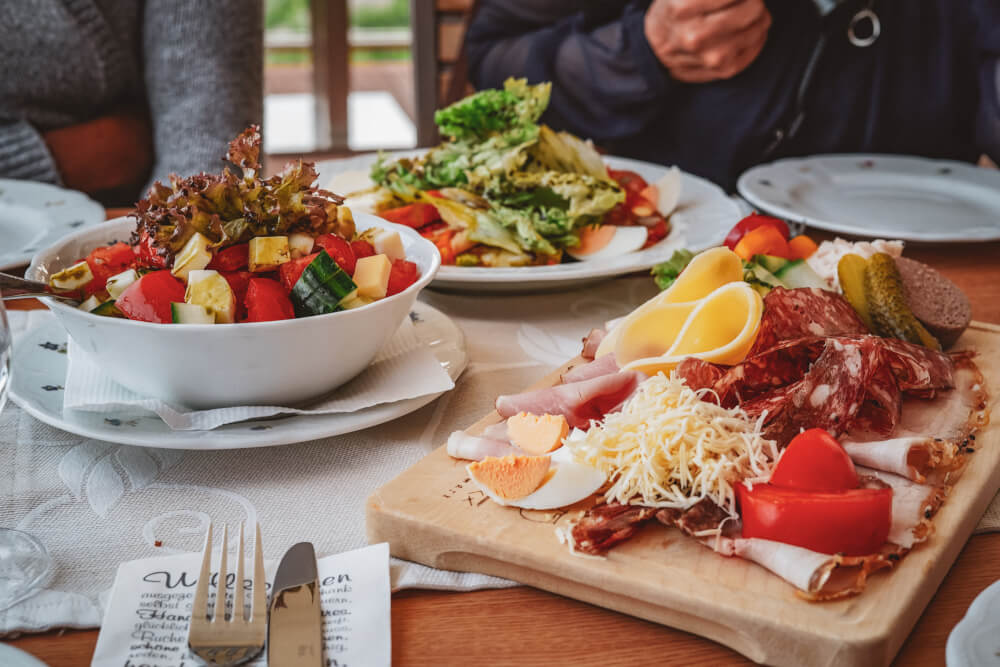
16. Be prepared for a different style of customer service
Now in terms of culture, it is often said that Austrians can seem cold and direct. I personally haven’t had this experience as much, but maybe I’ve just been lucky. (And tend to surround myself with the drunk ones ).
Anyways, what I will concede though is that Austrian customer service is very different from typical North American customer service.
In contrast to typical North American service which involves being bright, cheery, friendly and hands on, Austrian customer service is usually a lot less animated, and to someone who’s not used to it, it may even seem like you’re being ignored on purpose.
The way I’ve had this explained to me though is that Austrians just really value their privacy, hence why they take such a hands-off approach.
At a restaurant for example, the server will come, take your order and then leave you alone, hence why you need to flag them down if you want anything, because they consider constant check-ins a rude interruption.
So, don’t take ‘colder’ customer service personally – it’s just another one of those cultural differences.

17. Prepare for nude saunas and public nudity areas
Another fun cultural difference? The Austrian approach to nudity!
Namely, that they’re very into it.
If you go to a sauna in Austria for instance, it’s very much expected that you go naked (for sanitary reasons), and there’s often designated nude (FKK) zones at lakes and swimming areas as well.
Add on the fairly common occurrence of both men and women alike sunbathing topless, and you have a sure recipe for culture shock. So, if you’re from a part of the world where this kinda bare-it-all attitude isn’t common, just remember it’s normal here, so adapt accordingly.

18. Eat as much dessert as humanly possible
An easier thing to adapt to perhaps is the absolutely WONDER that is Austria’s sweet scene.
Truly, Austrians are masters of dessert.
While North Americans will have no doubt heard of strudel or the famous Sacher Torte, there are SO MANY more options than those. My personal favourite is the Esterházytorte which is originally Hungarian but is commonly found in Vienna these days too, or the almighty Kaiserschmarrn, shredded pancakes served with jam or apple sauce.
With hundreds of options and special regional desserts all over, I’d recommend you simply go to a coffee house or bakery and let your senses guide you.
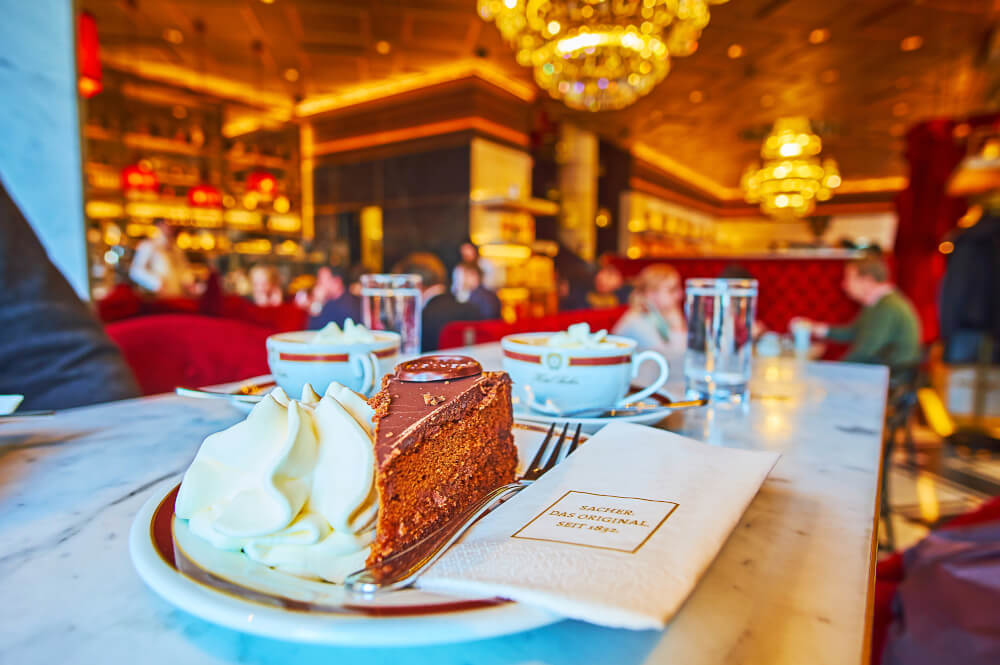
19. Try regional specialties wherever you are
While overseas visitors often think of Austrian food as simply schnitzel and not much else, the truth is there’s a lot of culinary variety across the country, so choose your eats accordingly.
For instance, Styria is known for its crispy fried chicken (Backhendl) and delicious pumpkin seed oil. Some alpine regions are also known for their hearty eats like Käsespätzle, bouncy little dumplings slathered with cheese and onions.
Other regions do a lot of fish dishes, others work miracles with potatoes – all to say be sure to try the local specialties wherever you are.

20. Don’t miss out on Austrian wine
Despite its proximity to Germany, Austria is definitely more of a wine country than a beer country, so take advantage of all the crisp and delicious wines that they have to offer.
Or better yet – book yourself a trip to a wine region to enjoy it close to the source! South Styria is one of my favourite areas of Austria.
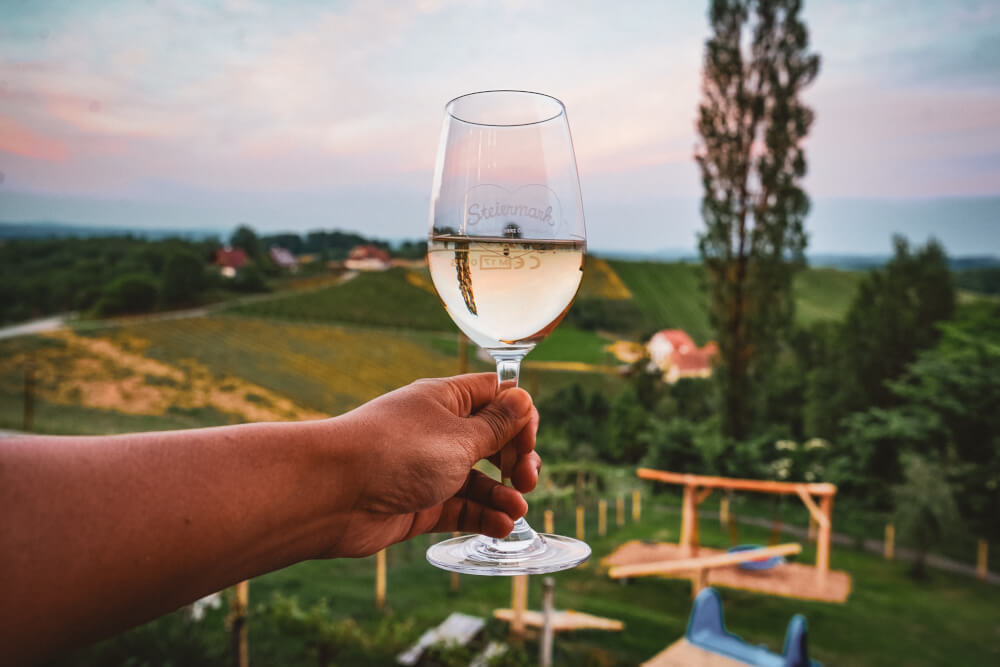
21. Try Almdudler
And if you’re looking for a soft drink to try in Austria, make sure you grab yourself a refreshing Almdudler.
Besides being fun to say, it’s a remarkably tasty soda made with alpine herbs, and is often considered the national drink of Austria.
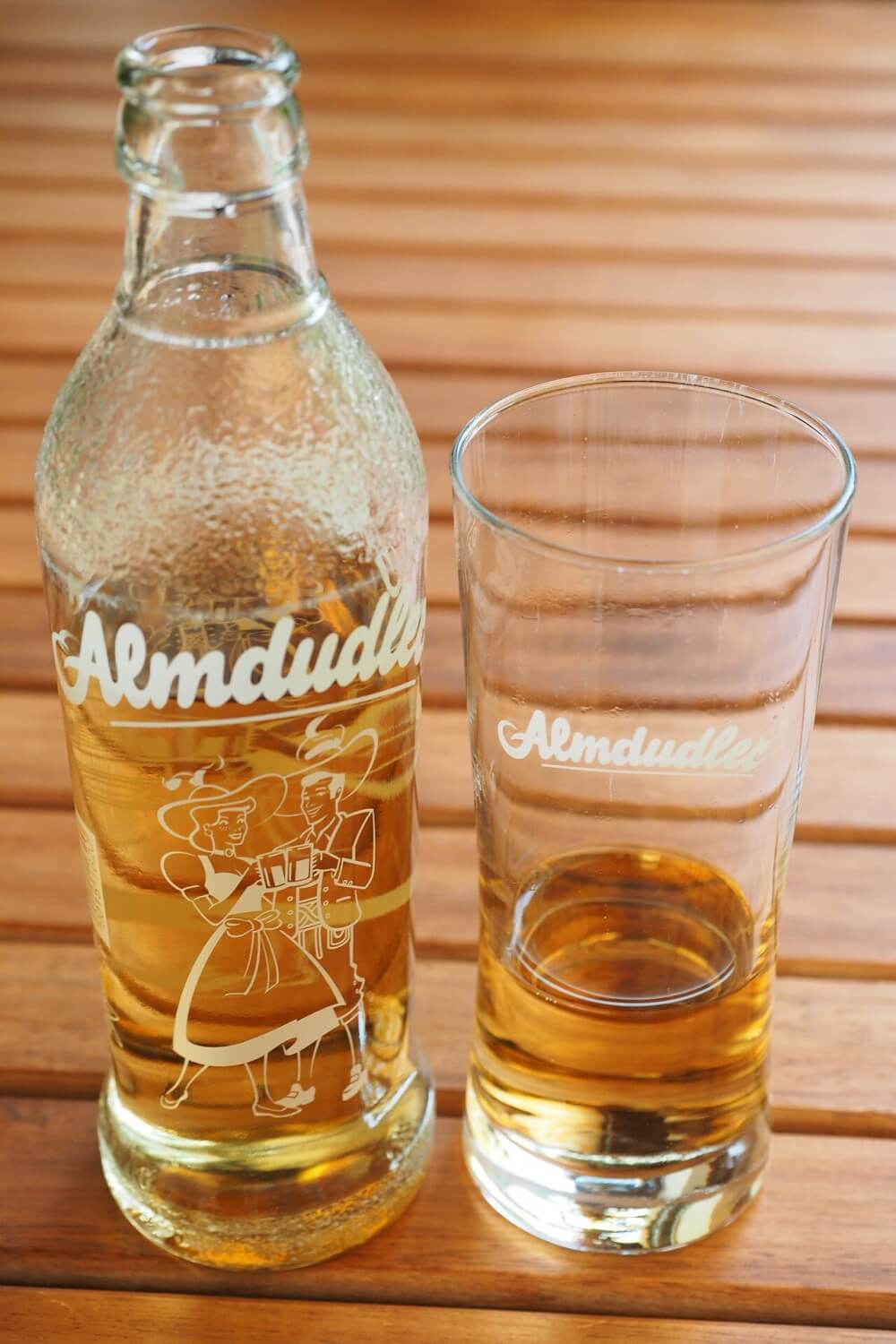
22. Don’t order schnitzel with sauce
A proper Austrian schnitzel requires little more than a quick squeeze of lemon juice. Anything more is often considered akin to sacrilege, so keep that in mind before your slather your schnitzel in mushroom sauce (which I fear to admit was actually a common thing I did in Germany).
And for my fellow Sound of Music fans, no, sadly ‘schnitzel with noodles’ is not a thing. Why is it in the song then? I imagine it’s likely because few things rhyme with “potato salad”.
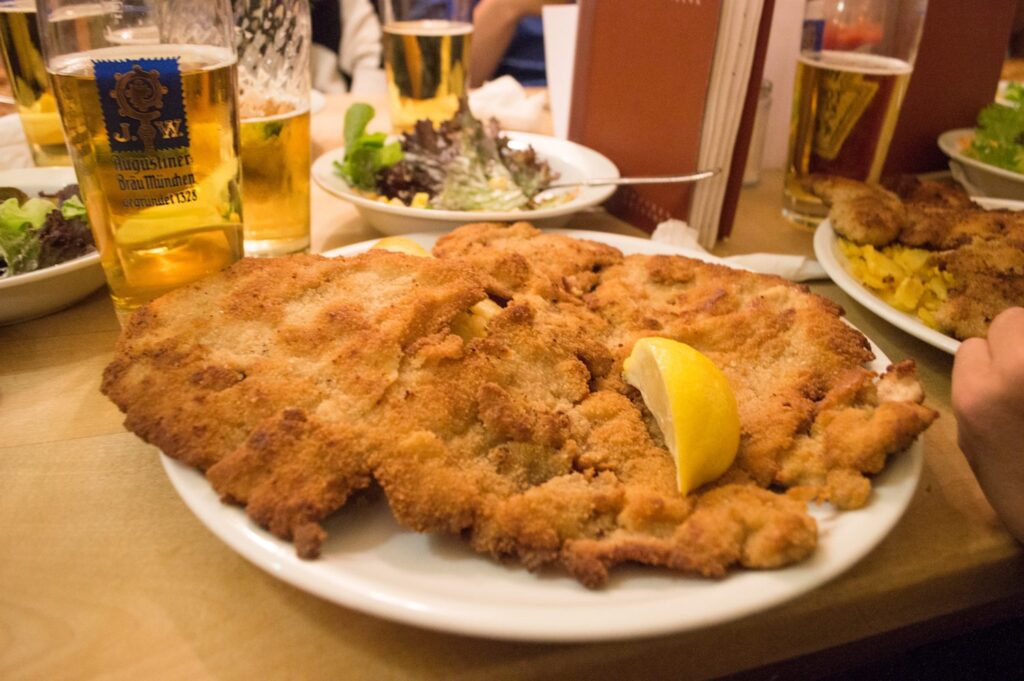
23. Bring cash
While many more places accept card payments these days in Austria, paying with cash is often still the norm, especially for smaller purchases, so having cash is always a good idea, preferably in smaller denominations like 50 euro bills or smaller.
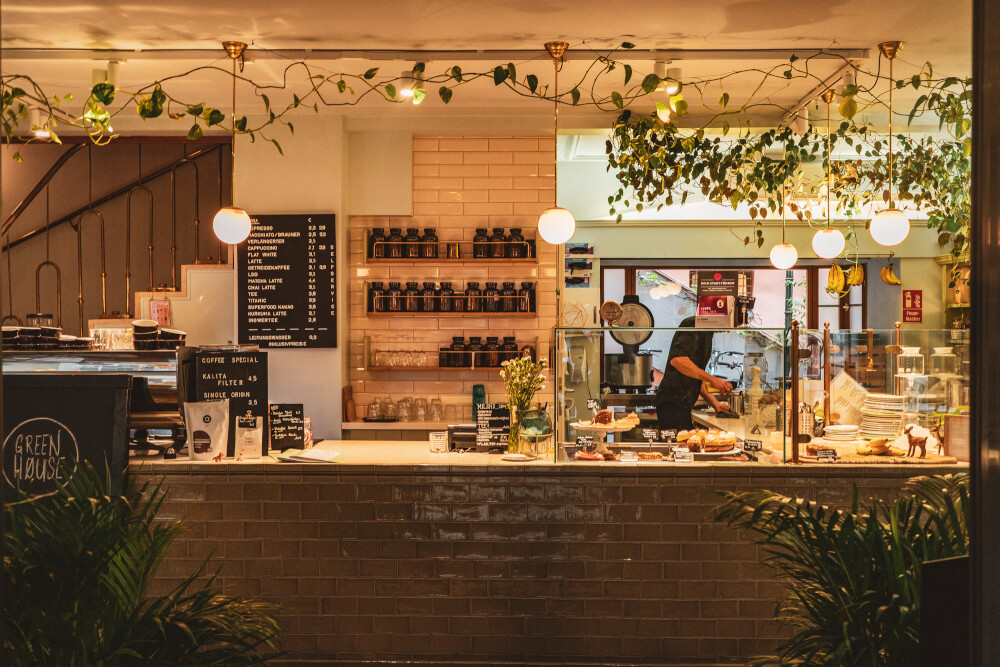
24. Prepare to pay for public bathrooms
Another important Austria travel tip is to bring coins with you wherever you go.
That’s because public bathrooms usually charge a small fee of 50 cents or a euro, so make sure you have some coins with you in case of an emergency.

25. Do not jaywalk
In Austria, the only crime worse than saucing up your schnitzel is crossing the street when you’re not supposed to.
No – really – jaywalking is not only illegal in Austria, it’s actually enforced (albeit kind of randomly), so err on the side of caution and avoid it if possible.
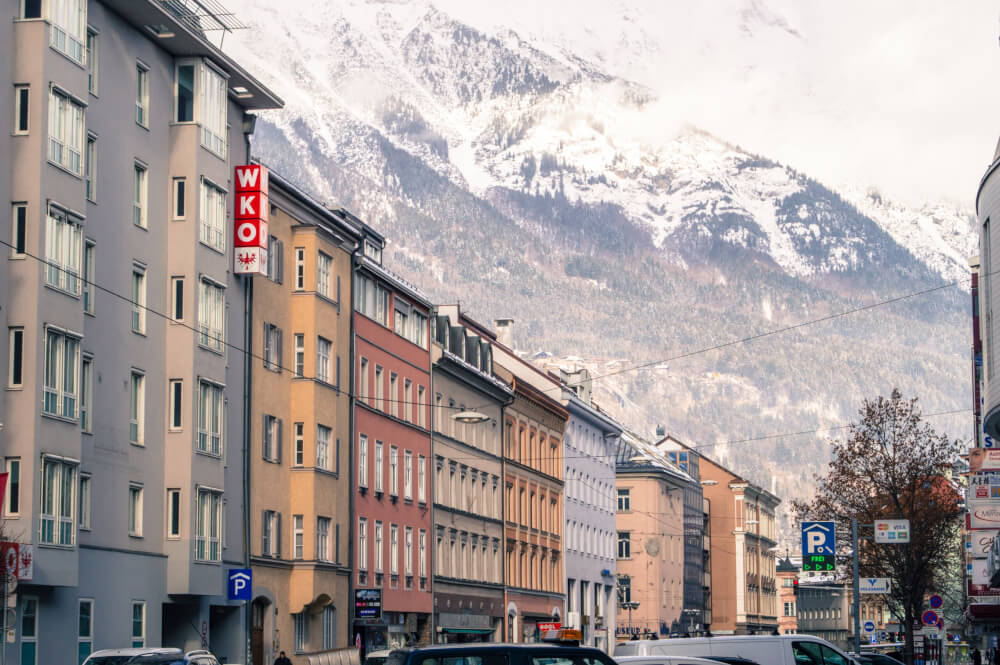
26. Remember that most shops are closed on Sundays
Last but not least, a very important Austria travel tip if your visit coincides with a Sunday is that Sundays are considered a day of rest in Austria so shops (including grocery stores) are closed.
That said, be sure to stock up on any shopping before Sunday, although in a pinch, bakeries, restaurants, gas stations and shops in transit hubs will usually still be open.

I hope this list of Austria travel tips was helpful!
If you’re here after all those Austrian travel tips, congrats – I’m beyond proud of you! Hopefully by now, you’ll feel much more prepared for your big Austria trip, but if you have any more questions, let me know in the comments.
My Go-To Travel Favourites:
🧳 Eagle Creek: My favourite packing cubes
💳 Wise: For FREE travel friendly credit cards
🍯 Airalo: My go-to eSIM
🏨 Booking.com: For searching hotels
📷 Sony A7IV: My (amazing) camera
✈️ Google Flights : For finding flight deals
🌎 WorldNomads: For travel insurance
🎉 GetYourGuide: For booking activities
Leave a Comment Cancel reply
By using this form you agree with the storage and handling of your data by this website. *

- The Perfect 10 Day Austria Road Trip Itinerary
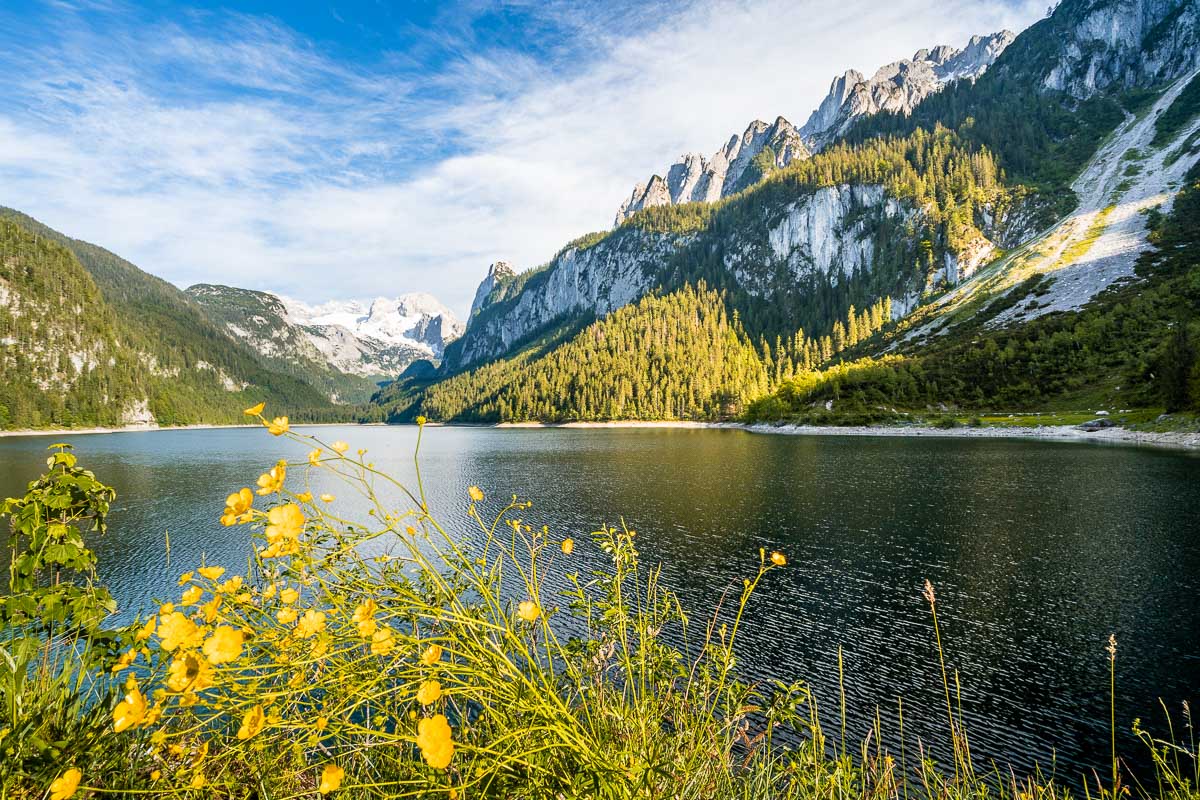
With its outstanding natural beauty and sophisticated cities that fuse old with new, Austria is one of the most enchanting countries to visit in Europe. As there are so many pristine lakes, rivers, and mountain ranges to explore in between the urban areas, the best way to experience the place has to be with an epic Austrian road trip.
Renting a car and hitting the road in Austria gives you so much freedom to pick and choose which places you get to visit. No matter where you drive, you will find yourself surrounded by incredible landscapes the whole time, without even needing to leave the car.
If you’re not sure where to begin, then my 10 day Austria road trip itinerary is here to help! This guide contains all the practical information you need as well as the most impressive destinations that let you experience a bit of everything that Austria is known for.
* Disclosure: This post contains a few affiliate links, which means I may receive a small commission, at no cost to you, if you make a purchase through my link. *
No time to read now? Pin it for later!
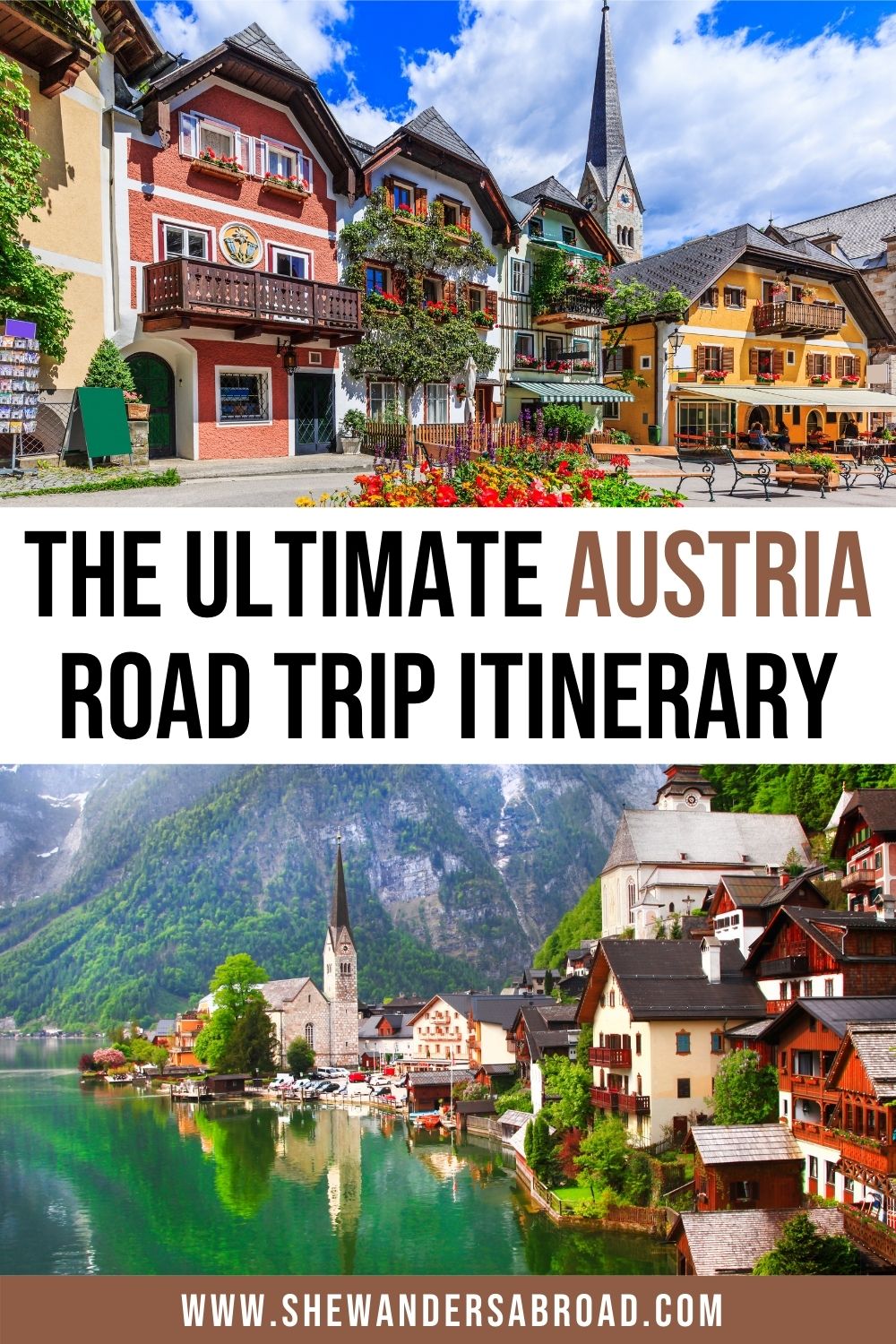
Table of Contents
Useful Info for Your Austria Road Trip
How to get to austria .
This Austria road trip itinerary is designed to start in either Vienna or Innsbruck. My guide starts in the east, in Vienna, and concludes in the west, at Innsbruck. However, you can flip it and do it in reverse if that suits you better!
Both Vienna and Innsbruck are served by an international airport. As the Austrian capital and largest city, Vienna International Airport (Flughafen Wien) connects nonstop to the vast majority of European cities. You can also find direct flights from the US, Canada, the Middle East, and some Asian cities.
As a smaller airport, there are fewer direct flights to Innsbruck Airport (Flughafen Innsbruck). However, you can fly nonstop from other Austrian airports as well as from a select number of European destinations including Germany, the United Kingdom, and the Netherlands.
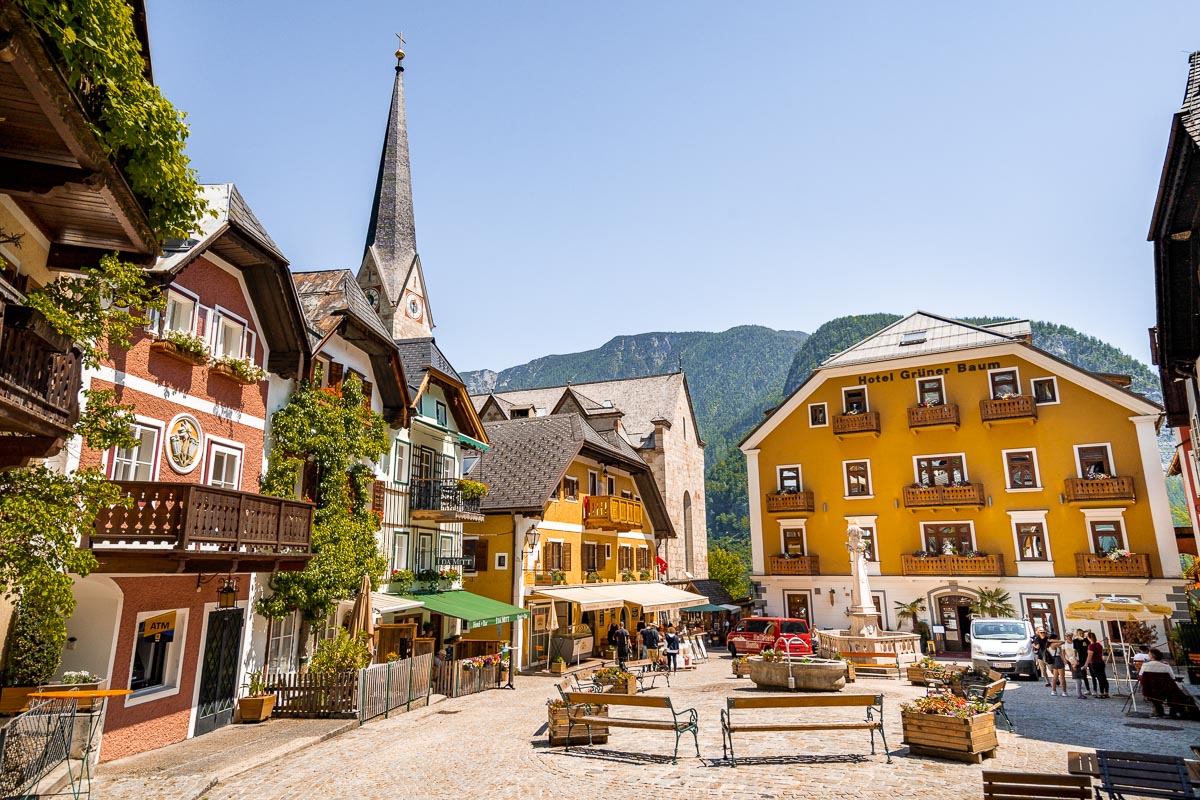
Best time to visit Austria
Austria experiences the four distinct seasons as per the Northern Hemisphere and other Central European nations, so the best time to visit Austria really depends on the type of experience you are after. The climate and temperatures differ depending on the altitude, so during the course of this road trip in Austria, you should expect the weather to fluctuate somewhat.
The peak travel season is the summer months of July and August when the temperatures are at their hottest, reaching typically 27-29°C (80-84°F) or sometimes even higher. Meanwhile, winter brings snowfall to the mountains and sees the ski resorts open up for the season.
In terms of the best time to visit Austria as part of a road trip, the shoulder seasons of late spring and autumn are the most pleasant overall. Temperatures are at their most comfortable, you will have less competition for accommodation and parking space, and tours and hotels will be a fraction cheaper. And to be honest, when you’re up in the mountains you will likely still see dustings of snow on the peaks.
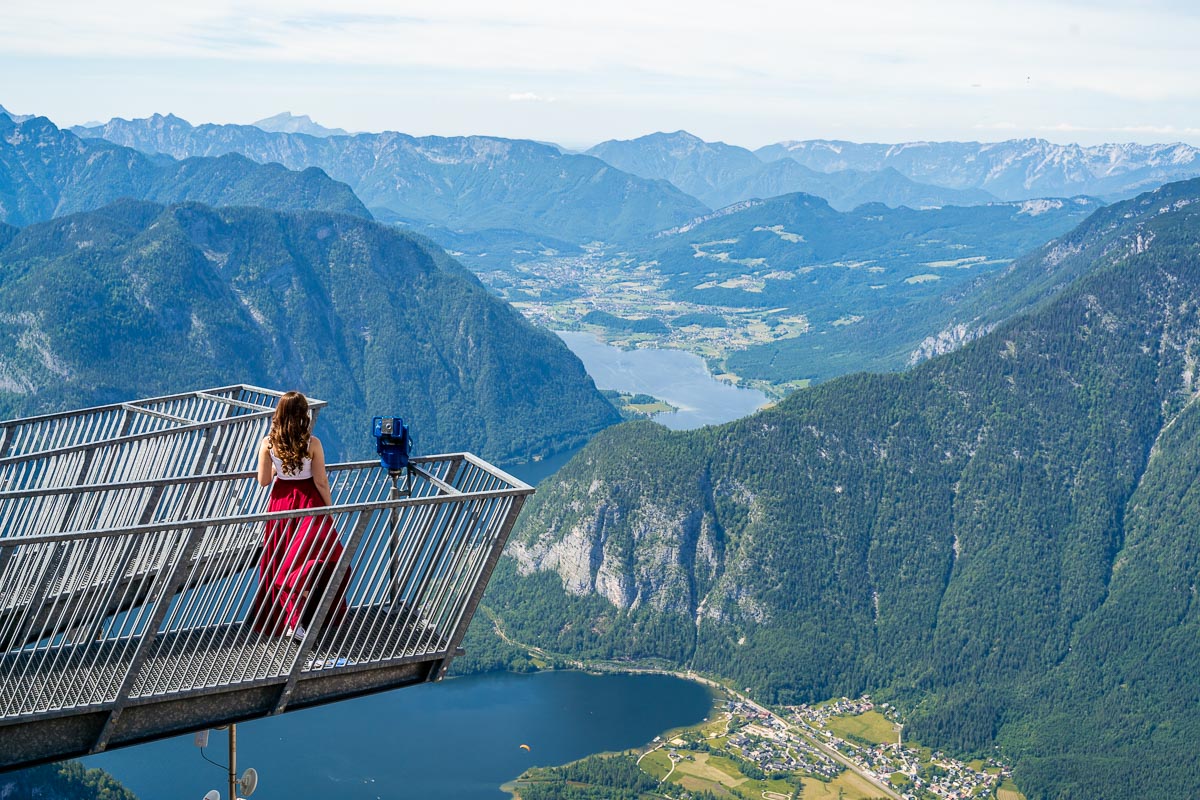
Car rental in Austria
No matter which airport you fly to (Vienna or Innsbruck), there are car rental agencies located at both of the airports and in the cities themselves.
I recommend booking your rental well in advance to get the best deals. Prices can be pretty inflated during the summer months so the earlier you book, the better deals you can snag.
Driving tips for Austria
Driving in Austria is a doddle, providing that you follow the rules and understand the local road rules. Naturally, you must wear a seatbelt at all times, not drive while under the influence, or when using your mobile phone. Here are a few more driving tips for your Austria road trip itinerary:
- During the summer season and warmer months, Austrian roads are a joy to drive. They are paved and well maintained. However, between December and March, snow and ice is likely at higher altitudes so you will need to ensure that your rental is fitted with winter tires and that you have snow chains in the boot.
- To drive in Austria, you must possess a full driving license from your home country as well as an International Driver’s Permit (IDP). You will need to arrange this documentation prior to arriving in the country to start your Austria road trip. If your driving license was issued by one of the member states of the European Economic Area, you will not need the IDP as your license is valid in Austria.
- Traffic rules and regulations are comparable to other European countries. In general, the speed limit is 100 km/h (62 mph) on Bundesstraße (freeways) and S Roads (expressways) and 130 km/h (81 mph) on Autobahn (highways). When driving through residential areas and inner cities, the speed limit is usually 50 km/h (31 mph), but you should stay alert for signs.
- In order to drive on the Austrian Autobahn and S Roads, your rental must display a vignette toll sticker. If your rental car doesn’t have one, you must purchase a vignette before hitting the highways. For this Austria road trip itinerary, purchasing a 10-day vignette is the best option which costs €9.90. You can buy the vignette at any of the petrol stations and then stick it to your windshield.
- Driving with your headlights on is optional during daylight hours and compulsory at night in Austria.
- ÖAMTC and ARBÖ are the two major breakdown assistance services in Austria and both operate 24/7. The numbers are 120 and 123, respectively. As a non-member, you will be liable to pay a fee if you use this service.
- This itinerary for Austria includes a generous amount of hiking so it’s really important to have some sturdy hiking boots in your rental that you can throw on whenever you reach the trails. You should also have a significant stash of water ready for the hikes.
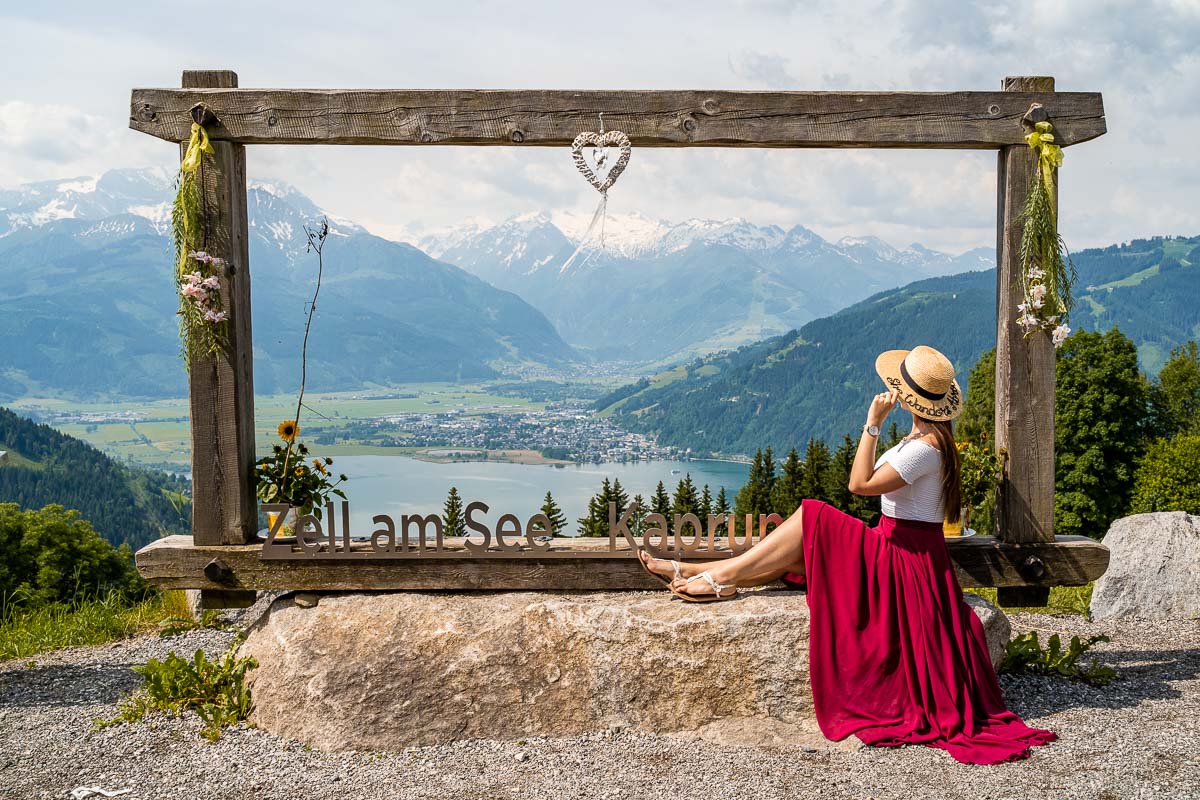
Overview of Your 10 Day Austria Road Trip Itinerary
Breakdown of your 10 days in austria.
This is your itinerary at a glance, with details about where you will need to book accommodation for each of the 10 nights. Remember, you can do the route in reverse if it suits your travel plans better.
- Day 1-2: Two full days in Vienna (overnight in Vienna)
- Day 3: Grüner See, Admont Abbey Library, arriving in Hallstatt (overnight in Hallstatt)
- Day 4: Full day in Hallstatt (overnight in Hallstatt)
- Day 5: 5 Fingers Viewing Platform (Dachstein), Gosauseen, arriving in Salzburg (overnight in Salzburg)
- Day 6: Full day in Salzburg (overnight in Salzburg)
- Day 7: Gollinger Wasserfall, Bluntauseen, Hohenwerfen Castle, arriving in Zell am See (overnight in Zell am See)
- Day 8: Stausee Mooserboden, Sigmund-Thun Klamm, Alpine Coaster Maisiflitzer Kaprun, Mitterberghof Jausenstation (overnight in Zell am See)
- Day 9: Krimml Waterfalls, arriving in Mayrhofen (overnight in Mayrhofen)
- Day 10: Olpererhütte, Innsbruck (overnight in Innsbruck)
Map for your Austria road trip
Below you can find a customized map that includes all the locations you’re going to visit on this Austria road trip itinerary. I marked the different parts of the road trip with different colors so you can easily see which places you’re going to visit each day.
If you open up this post on your phone and you click on the bracket in the upper right corner of the map, it will automatically save this map to your Google Maps app so you can always have it with you. Super convenient, right?
Day 1-2: Vienna
Number one on your Austria itinerary is Vienna, the capital and largest city in the country, located in the northeast. The oldest part of the city and its most central district is the Innere Stadt, which is contained by a ring road.
Within this neighborhood, you will find the majority of the key attractions and majestic architecture, including Baroque palaces and gardens, museums, and concert halls. No wonder that Vienna is considered one of the most beautiful cities in Europe !
Vienna is synonymous with classical music and was the home of musical masters including Mozart and Beethoven so you will find numerous references and recitals in town.
Two days in Vienna is plenty of time to explore the major landmarks of this elegant city. You will not need a car for these two days as it’s easier to get around the city via public transport and walking so you can pick up your rental car after your two days in Vienna are over.
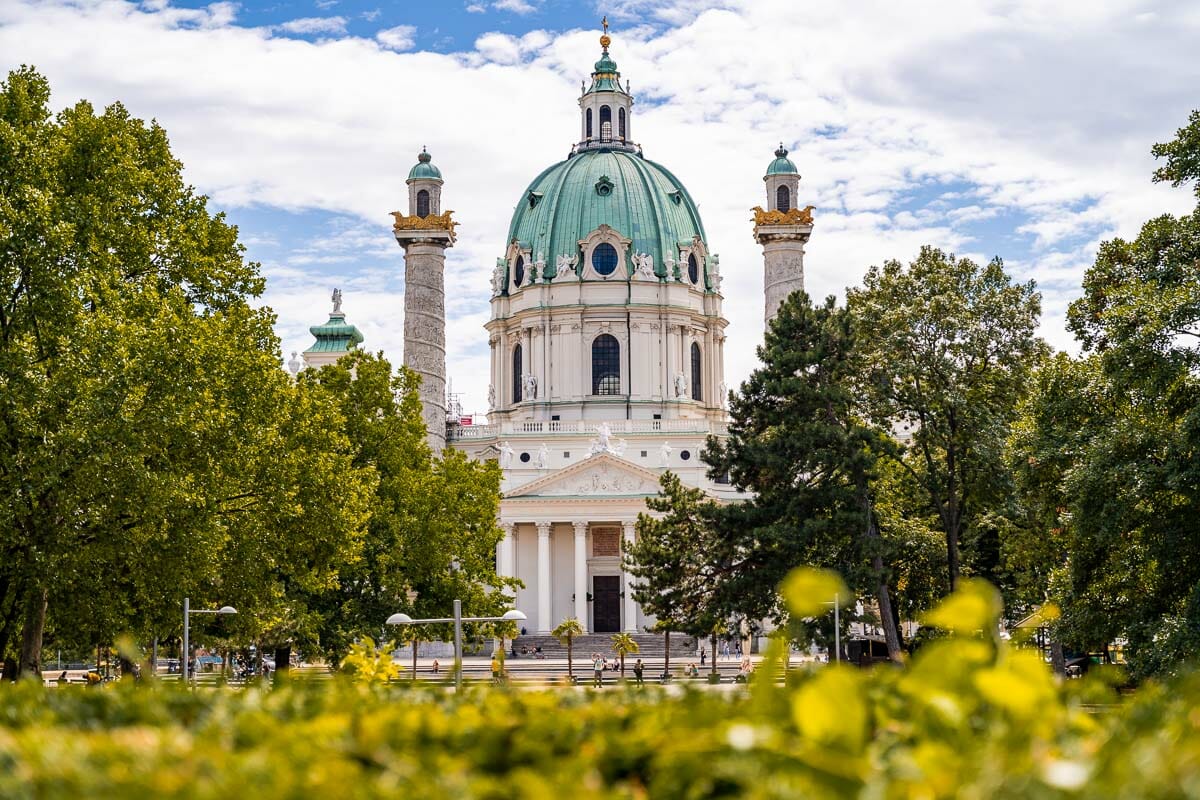
Where to stay in Vienna
If this is your first time visiting Vienna then I recommend staying in the Innere Stadt. Hotels are more expensive but deals can always be found. Alternatively, you can choose accommodation in one of the outlying neighborhoods and connect to the Old Town easily by metro.
Trendy Wieden has affordable accommodation which is convenient for seeing the sights featured on this road trip in Austria. Landstrasse, to the east of the Innere Stadt, is another alternative for budget hotels. As you will not pick up your rental until the third day, you don’t need to worry about finding a hotel with parking.
Below you can find my suggestions for the best places to stay in Vienna for 2 nights.
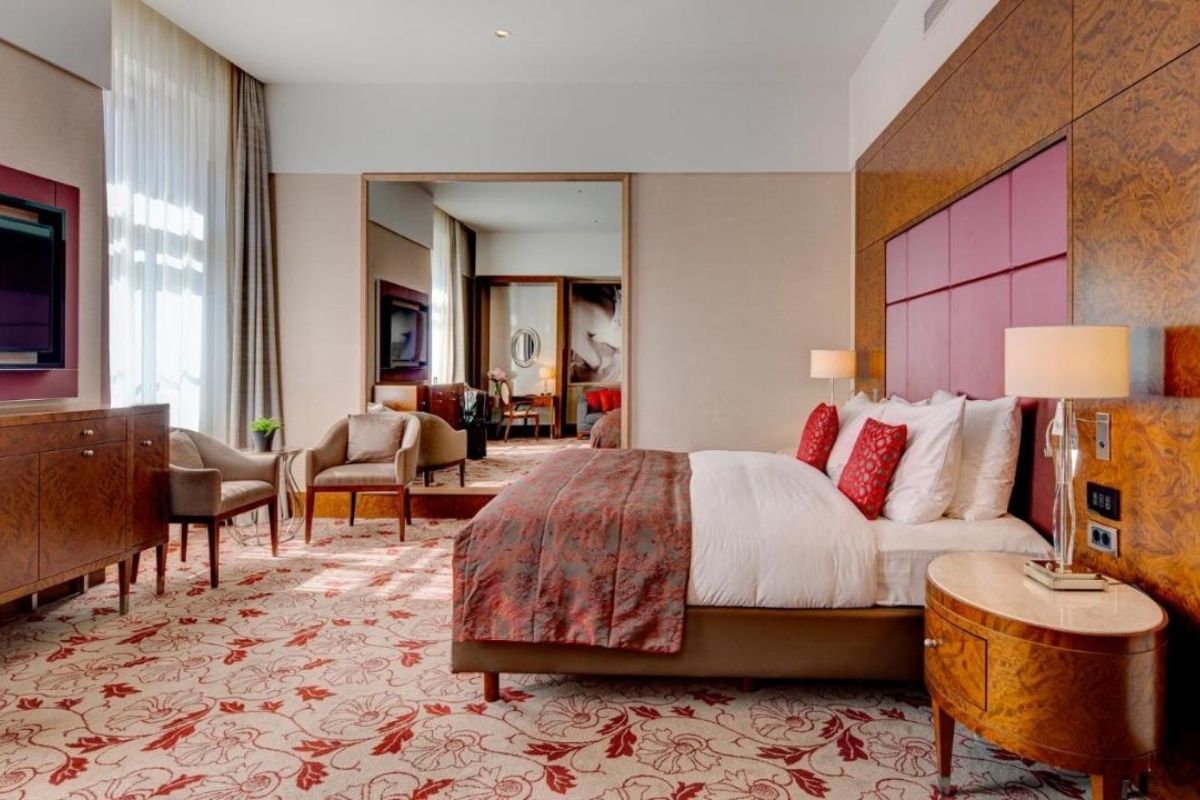
LUXURY – Palais Hansen Kempinski Vienna
Built as a hotel for the World Exhibition in Vienna in 1873, the luxurious Palais Hansen Kempinski Vienna can be found right on the famous Ringstraße boulevard in the heart of the city. The hotel features 2 restaurants, a bar, and an exclusive spa and fitness center.
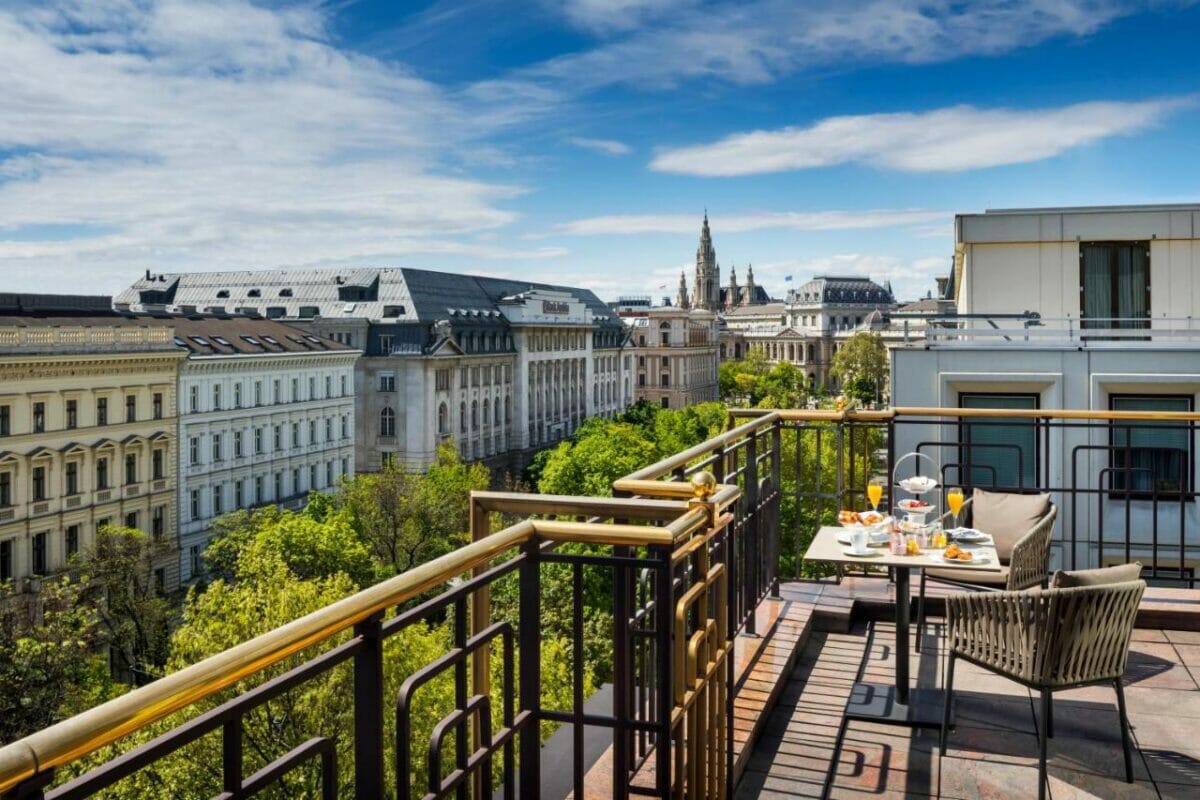
MID-RANGE – Hilton Vienna Plaza
Located on the historic Ringstraße in the Innere Stand, the city center of Vienna, Hilton Vienna Plaza combines modern and Art Déco design elements. The elegantly decorated rooms come with marble bathrooms and offer amazing views of the city from their large windows.
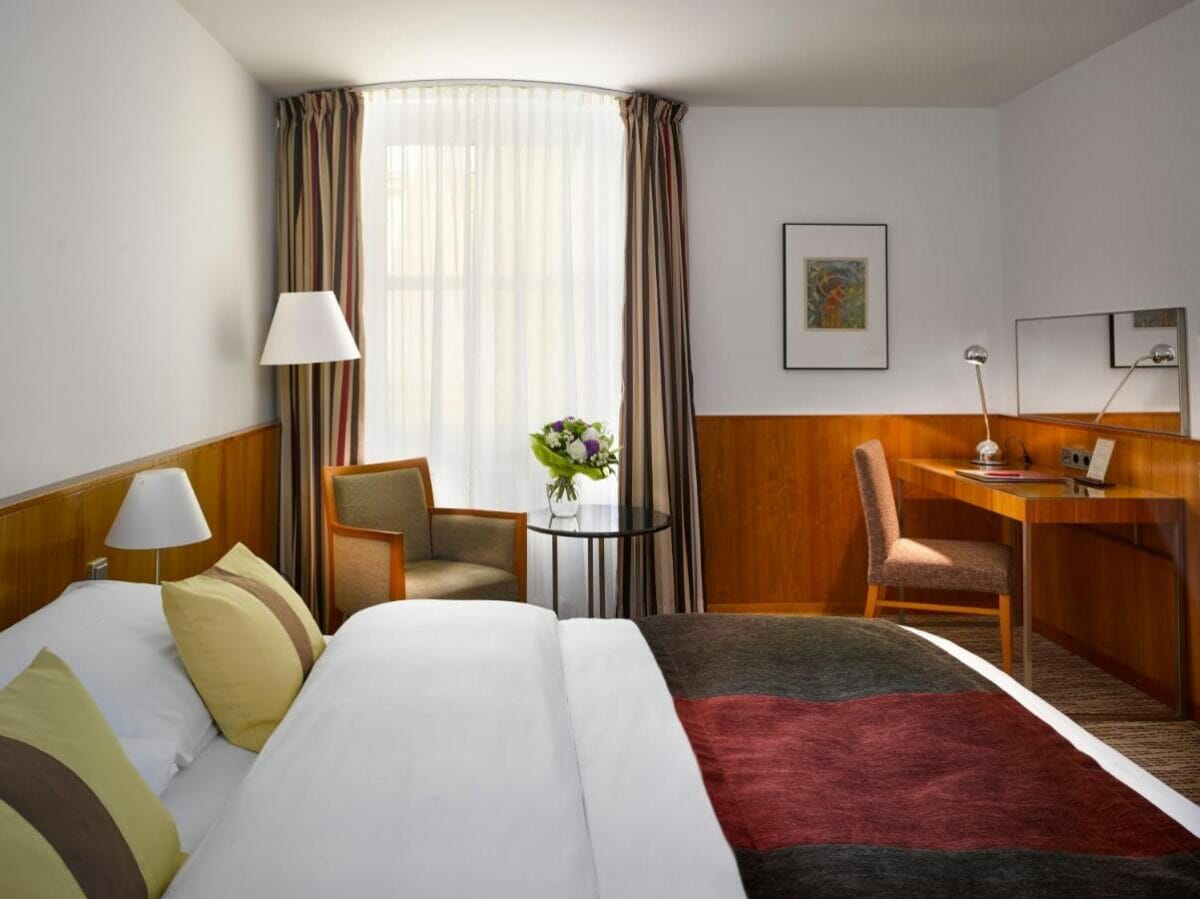
BUDGET – K+K Palais Hotel
Centrally located in the quiet part of Vienna’s city center, K+K Palais Hotel is a total steal. Boasting fully air-conditioned rooms and state-of-the-art amenities, the property is in close proximity to many major sights, such as the St. Stephen’s Cathedral.
Best things to do in Vienna
Explore the innere stadt.
Vienna’s old town is brimming with museums, monuments, and landmarks that you can explore on foot. Slip into your sneakers and spend a day touring the key sights.
Look out for the ornate Anker Clock, the commanding Rathaus (city hall), the manicured Volksgarten, and the Wiener Minoritenkirche which features a mosaic of Da Vinci’s Last Supper.
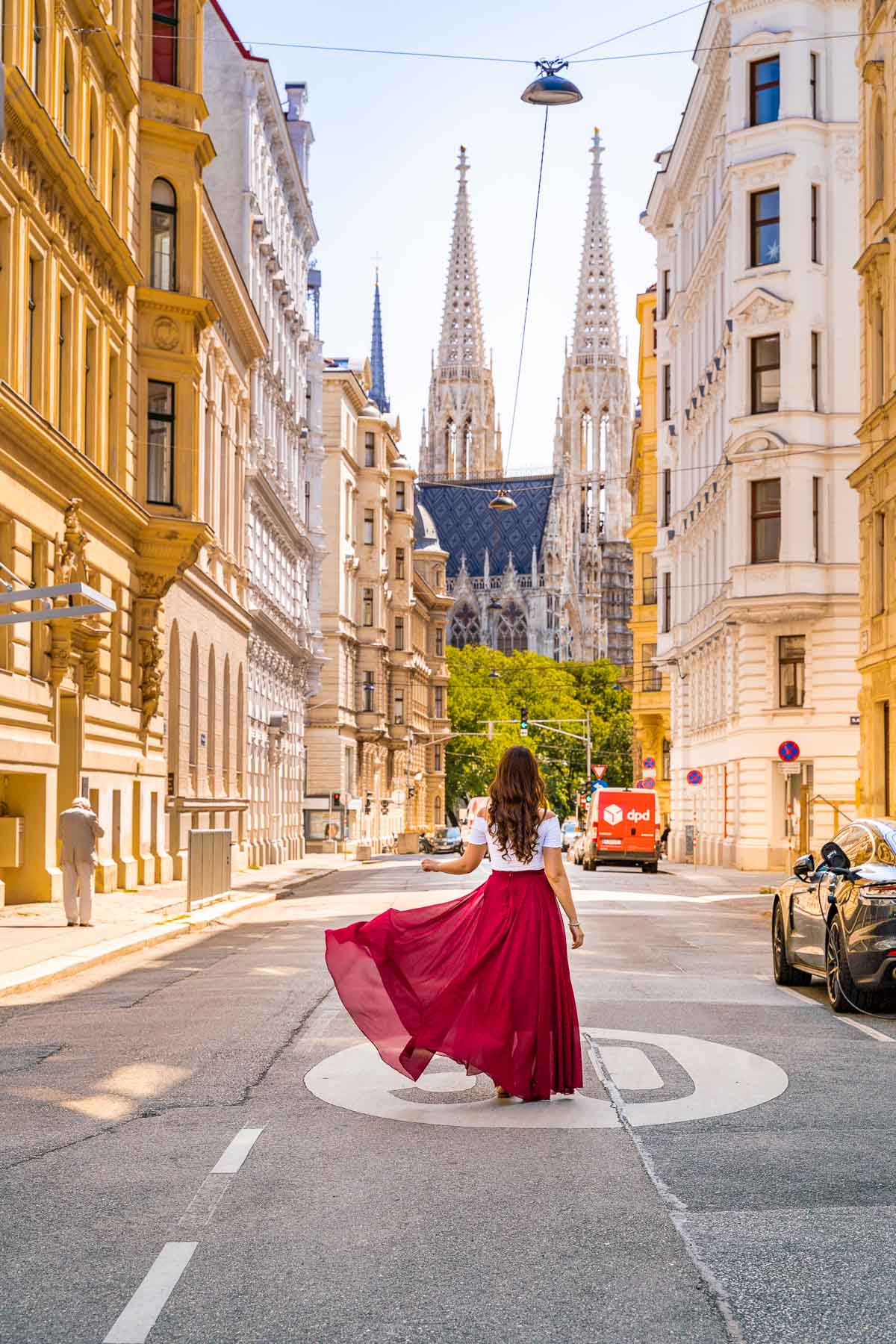
Hundertwasserhaus
Perhaps the most unusual building you’ll see during your Austria road trip, the Hundertwasserhaus was conceived by the artist Friedensreich Hundertwasser and architect Joseph Krawina in 1985.
The concept was to create a space in harmony with nature and highlights include the grass on the roof and the trees that grow freely through the floors. Thanks to its vibrant colors, it’s definitely one of the best Vienna Instagram spots !
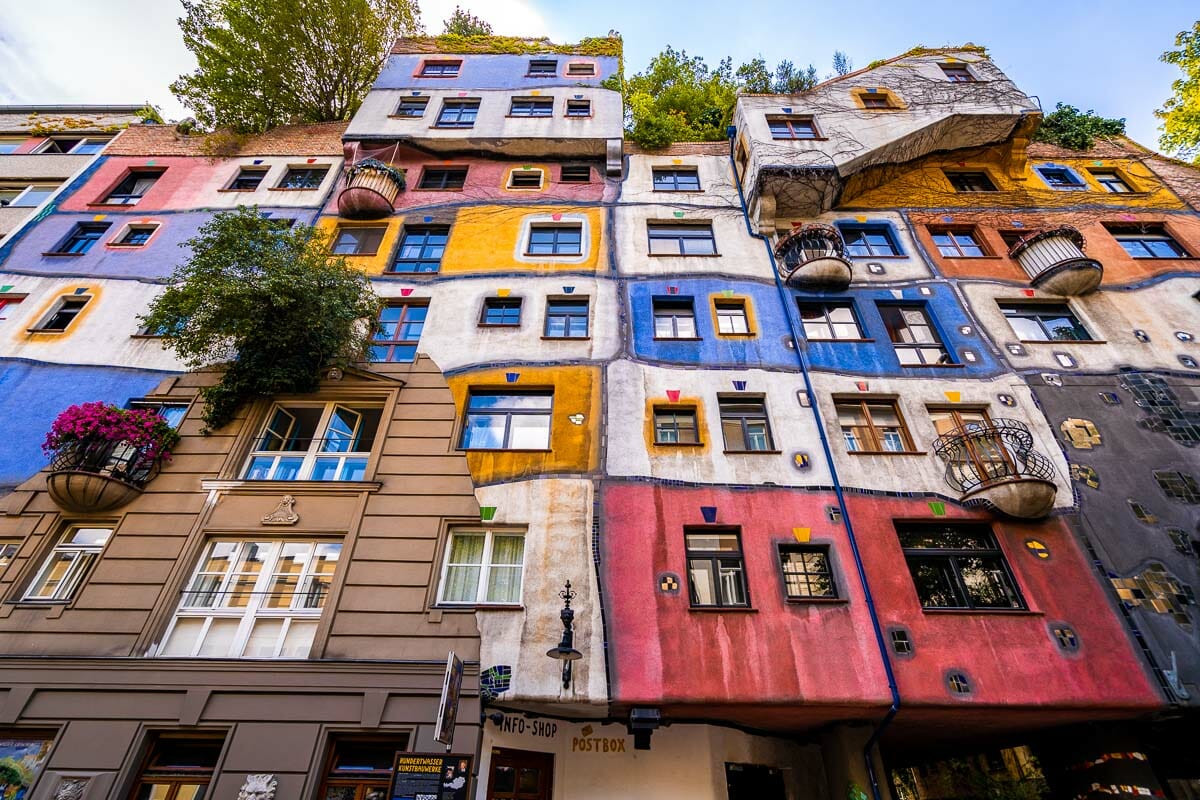
Classical concert
In a city famed for its lineage of classic music, you might want to book tickets to catch a show for yourself. There are various concert halls scattered throughout the Innere Stadt.
Once you’ve confirmed the dates for your itinerary for Austria, check out what’s on at the Wiener Musikverein, Wiener Konzerthaus, and the Vienna State Opera House . The main season runs from September to June.
Schönbrunn Palace
This 18th-century palace and gardens are located southwest of the Innere Stadt. Once the summer residence of the Habsburg royal family, this colossal complex is now the star attraction in Vienna. Queues are always long so I recommend booking a skip-the-line tour of Schönbrunn Palace to save time.
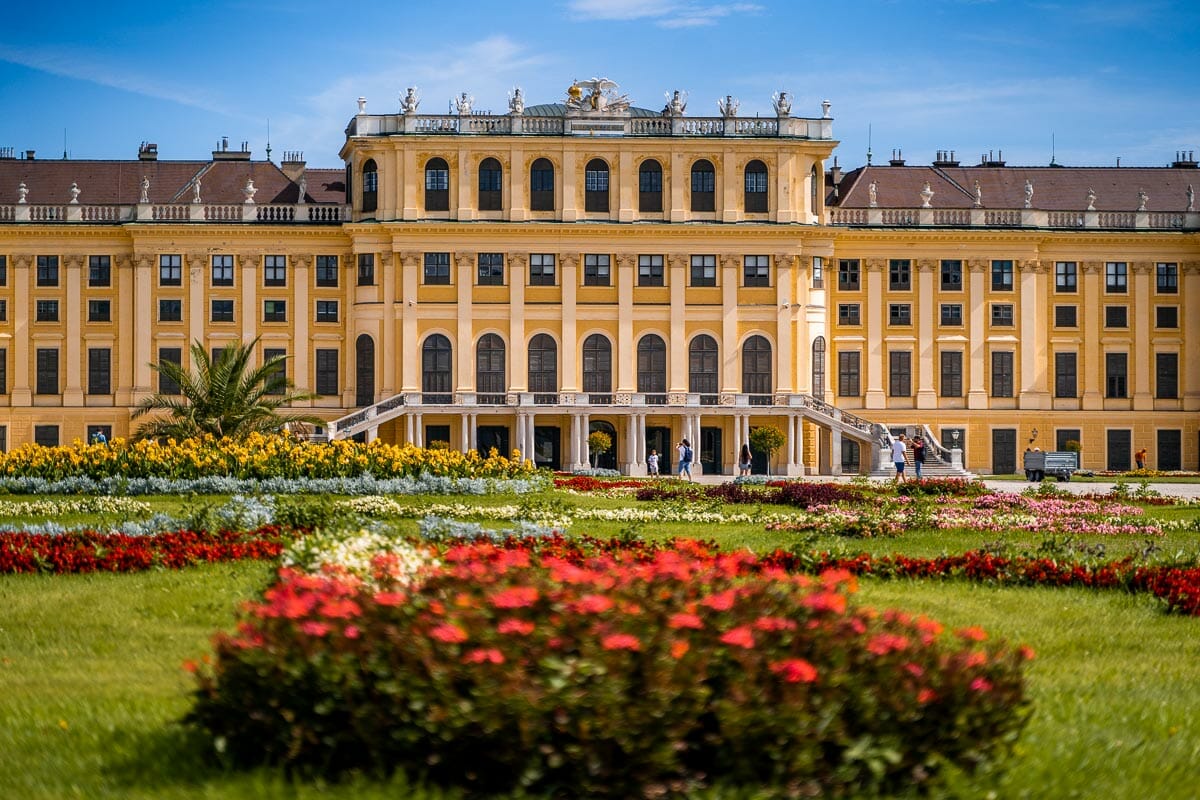
Hofburg Palace
Another palace for your list, this one was built during the 13th century and has been restored and expanded in the following centuries. Originally the winter home of the Austro-Hungarian Empire leaders, the property is now the office of the Austrian president.
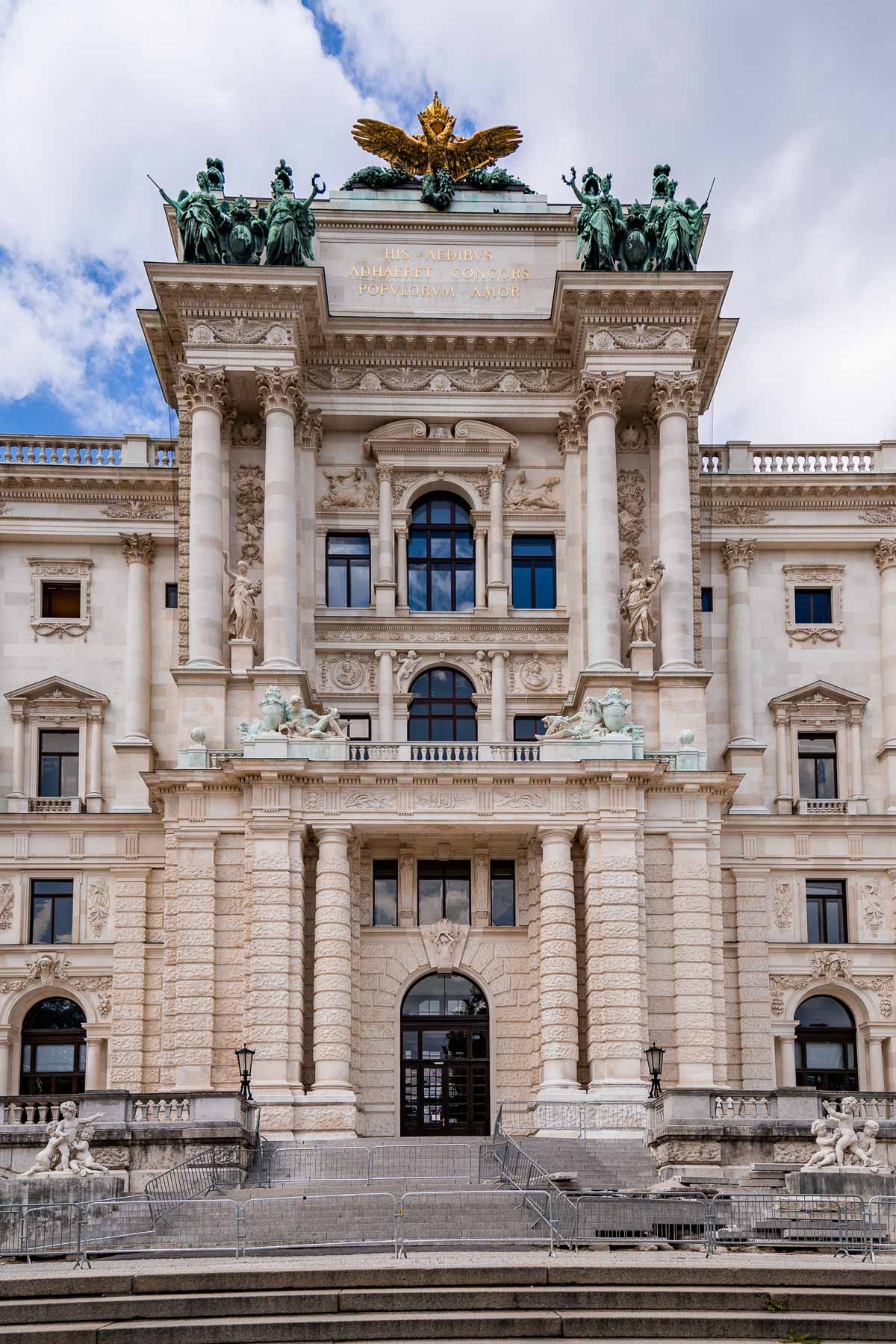
Vergnügungspark
One of the most fun things to do in Vienna at night is to visit the Prater amusement park. The star attraction is the giant Ferris wheel which has been rotating since 1897 but there are plenty of other rides to satisfy all thrill-seekers.
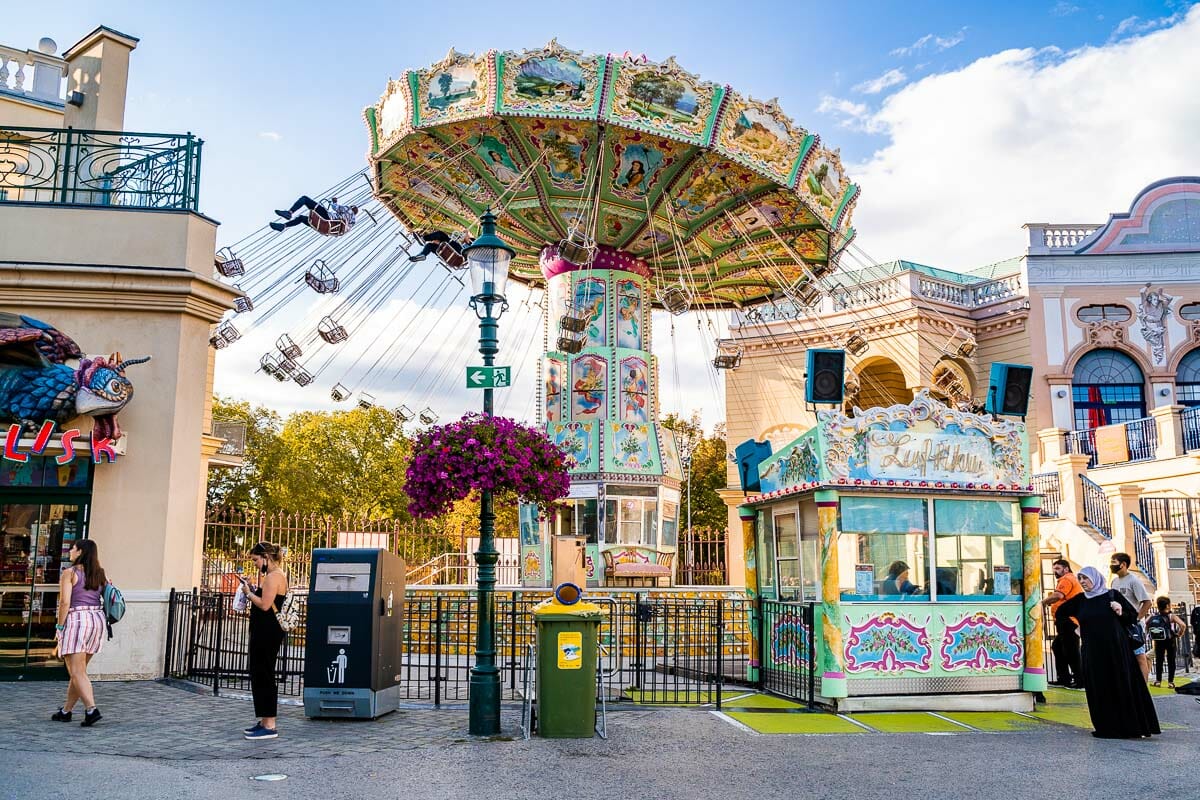
Where to eat in Vienna
- Honu Tiki Bowls : Colorful cuisine in an equally colorful setting! You can select one of the signature bowls or customize your own. There are plenty of options to satisfy vegans, carnivores and seafood lovers.
- Das LOFT : Dine high above the rooftops of Vienna at this upscale restaurant that serves contemporary Viennese dishes, quality wines, and delectable cocktails. They’re also open for breakfast.
- Café Anzengruber : Located in the foodie haven that is Wieden, the 4th District, this is one of the best places for authentic schnitzel, goulash, and other traditional Austrian plates you must try during your 10 days in Austria.
- Restaurant Ofenloch : Another option for classic Austrian food this time in the heart of the Innere Stadt. This historic venue has an irresistible ambiance and an expansive menu.
Day 3: Vienna to Hallstatt
Pick up your rental and ready your playlist, your Austria road trip officially begins today as you journey into the mountainous state of Styria! The total drive time to today’s final destination, Hallstatt, is around 5 hours and the distance is 340 km (211 miles).
But you will stop along the way before reaching your hotel in Hallstatt so allow extra time to visit the destinations listed below.
Once in Hallstatt, you will need to book 2 nights of accommodation. Refer to the next day if you want to learn about my recommendations for where to stay in Hallstatt!
Grüner See
Driving time: 2 hours and 15 minutes (175 km/110 miles) from Vienna to Grüner See
Leaving the city behind, Grüner See in an unbelievably beautiful pool of water formed by the snowmelt of the surrounding karst mountains. Translating into ‘Green Lake’, the water is an ethereal emerald hue.
There is a huge parking lot at the entrance of the lake but since it’s a popular place among locals and tourists alike, it’s better to go early to secure a parking spot. Parking is €6 for a full day (there is no hourly parking option) and you can only pay with cash.
It takes around 20 minutes to reach the lake from the parking lot on a gravel road, the trail is completely flat and very easy. You can walk around the lake in its entirety in around 30 minutes to appreciate the viewpoints and take photos.
There is a small restaurant next to the lake if you need lunch or you can prepare a picnic to enjoy by the water. Note that swimming is not permitted in the lake due to conservation efforts.
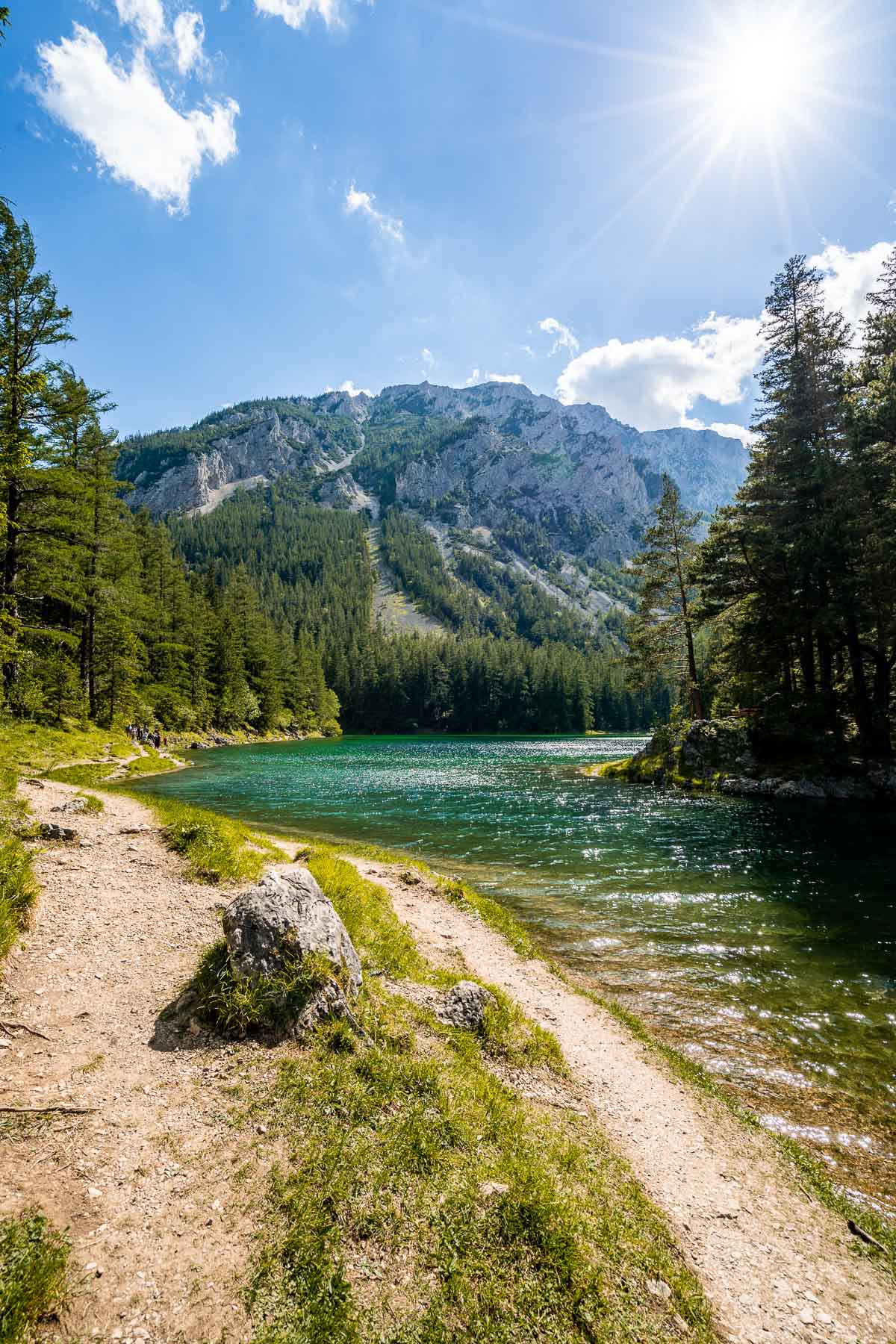
Admont Abbey Library
Driving time: 1 hour and 40 minutes (87 km/54 miles) from Grüner See to Admont Abbey Library
The next scenic stop on today’s journey is a sensational library situated inside Admont Abbey. Stepping into the library feels as if you would enter the library from the Beauty and the Beast !
The archive represents the largest monastic library in the world and the works span architecture, frescoes, sculptures, manuscripts, and printed tomes. Constructed by the architect Josef Hueber, the library hall was completed in 1776.
It registers 70 meters (230 feet) in length, 13 meters (43 feet) in height, and features seven ceiling frescoes that represent the Enlightenment. These were composed by the painter Bartolomeo Altomonte who was 80 years old at the time!
70,000 volumes are stored in the hall while the abbey in total contains around 200,000 books and manuscripts, with some dating as far back as the 8th century AD.
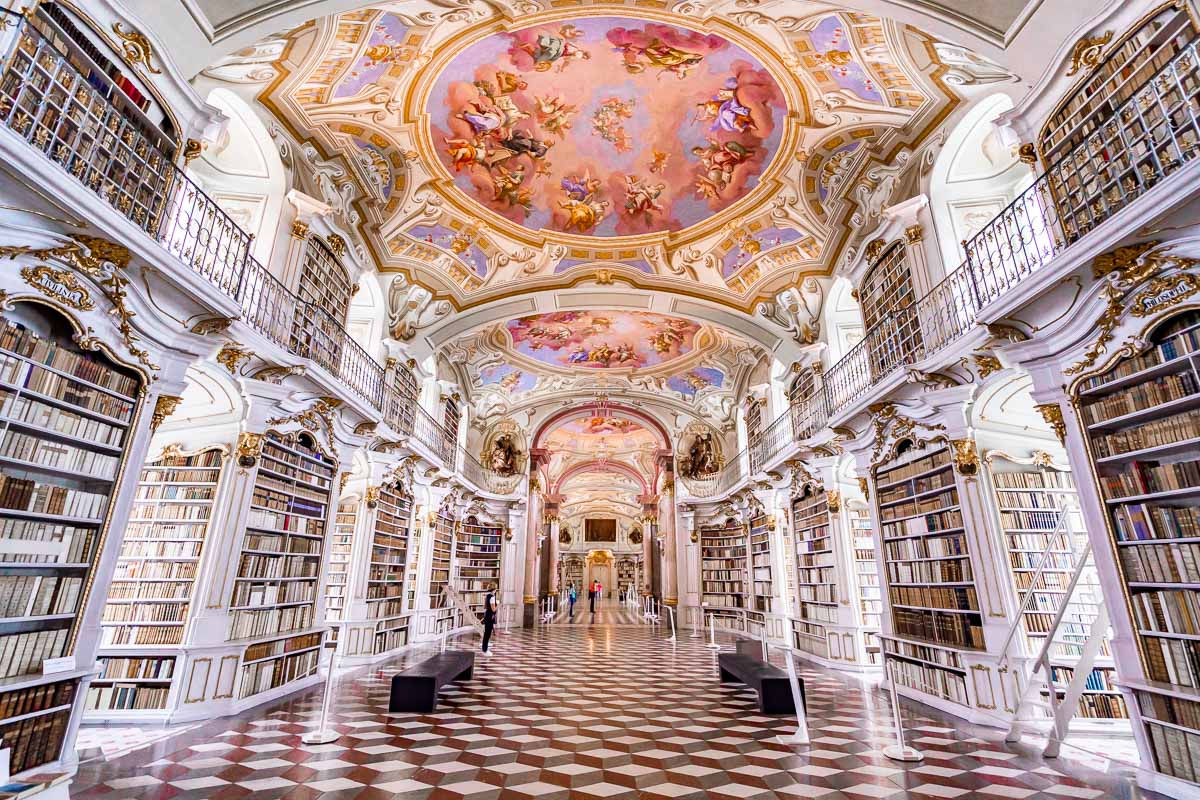
There’s a huge parking lot right next to the Abbey where you can leave your car while you explore the inside.
A ticket to Admont Abbey Library costs €16.50 and it also includes entrance to a bunch of museums such as the Museum of Fine Arts or the Natural History Museum. I’m not a museum kind of girl myself but I really enjoyed wandering around these museums so definitely give them a try!
Depending on how many museums you want to visit, you can easily spend 2-3 hours inside. If you happen to visit at 11 am or 2 pm, you can also take part in a guided tour of the library which lasts for 40 minutes (it’s already included in your ticket price).
Please note that the library only operates on a limited opening time. As of March 2023, according to the official website it’s closed and will be open from April to May between 10.30 am to 3.30 pm and it’s completely closed on Mondays and Tuesdays. From June to October it will be open every day from 10 am to 5 pm. In November you can count on the same opening hours as in April and May. From the second half of December the library is going to be closed.
The official website doesn’t get updated that much so if you want to go for sure, it’s worth calling them in advance about the current opening hours. We almost missed our chance to visit this masterpiece because of the incorrect opening hours on the website so if you want to avoid the struggle, make a call!
Outside of the library, it’s also worth taking a stroll around the beautiful gardens and popping into the Abbey itself (it’s free to visit). Admont itself is situated on the banks of the Enns River right in the middle of the Ennstal Alps so if you have more time, it’s also worth taking a wander around this picturesque town to savor the incredible scenery.
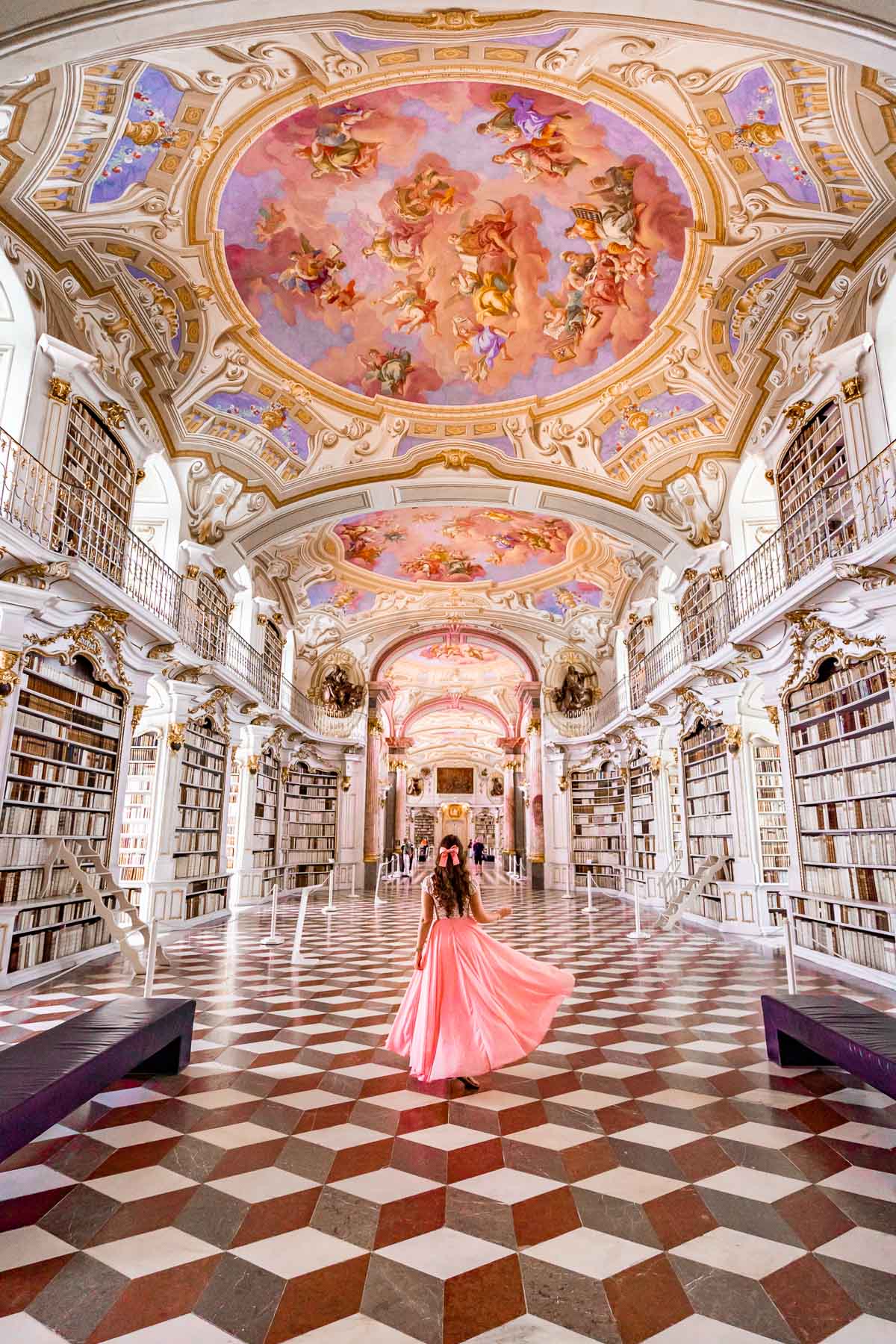
Arriving in Hallstatt
Driving time: 1 hour and 30 minutes (78 km/48 miles) from Admont Abbey Library to Hallstatt
After wandering around Admont and taking in the scenic views, pop back into your car and drive all the way to Hallstatt. It takes around 1.5 hours to reach this fairytale town from Admont. In case you’re not staying directly in Hallstatt, you might need to calculate different driving times depending on where you’ll stay.
Day 4: Full day in Hallstatt
Hallstatt is a quaint lakeside village located in the mountainous region of Salzkammergut. It is known for its salt mining heritage and historic center which is recognized as a UNESCO World Heritage Site.
Hallstatt’s setting on the shore of Hallstätter See (Hallstatt Lake) means that you have arresting views in all directions which really do look like something you’d see on a postcard. This is easily one of the prettiest places you’ll stay during your Austria road trip.
Cars are not allowed in Hallstatt Zentrum. So, you will need to leave your car at the parking lot suggested by your hotel while you carry on with your one day in Hallstatt .
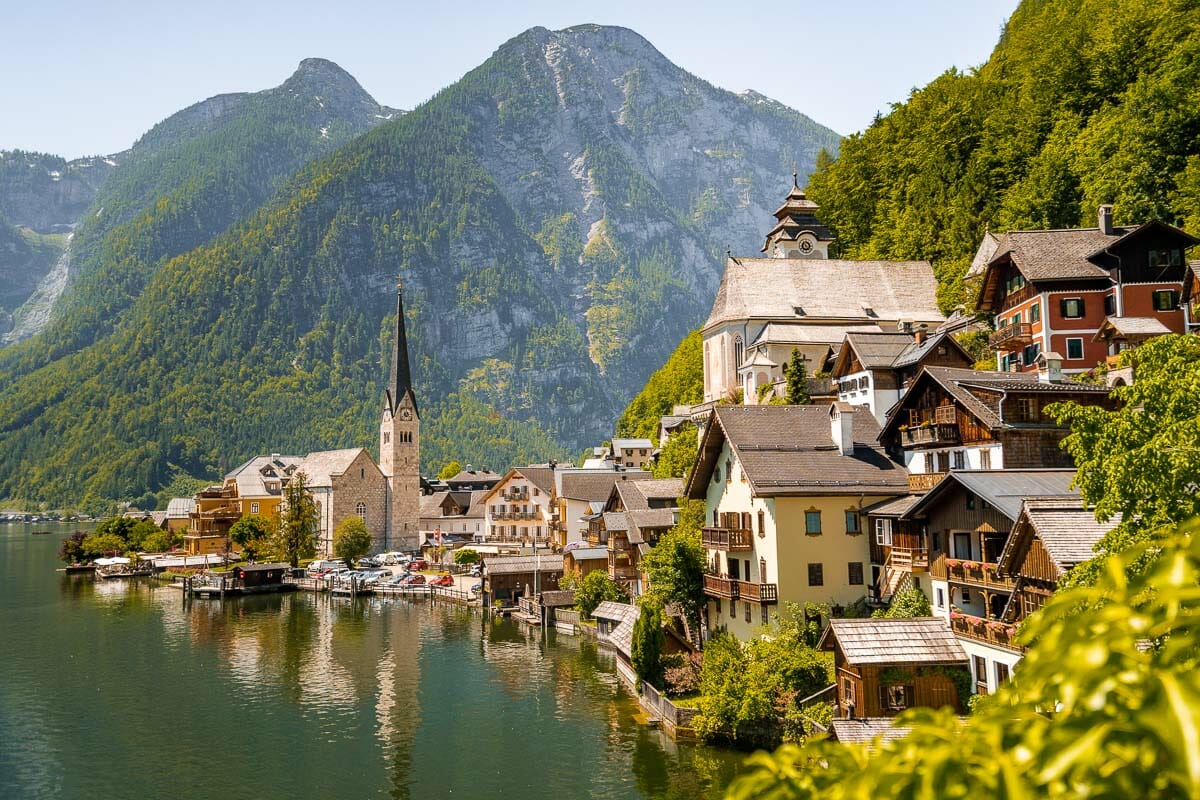
Where to stay in Hallstatt
As Halsttatt is a small village, accommodation options are limited and it’s essential to book far in advance. However, as you will have your own car you can also consider staying further out of the village in either Obertraun or one of the other nearby hamlets. These are my suggestions for where to stay in Hallstatt for your two nights.
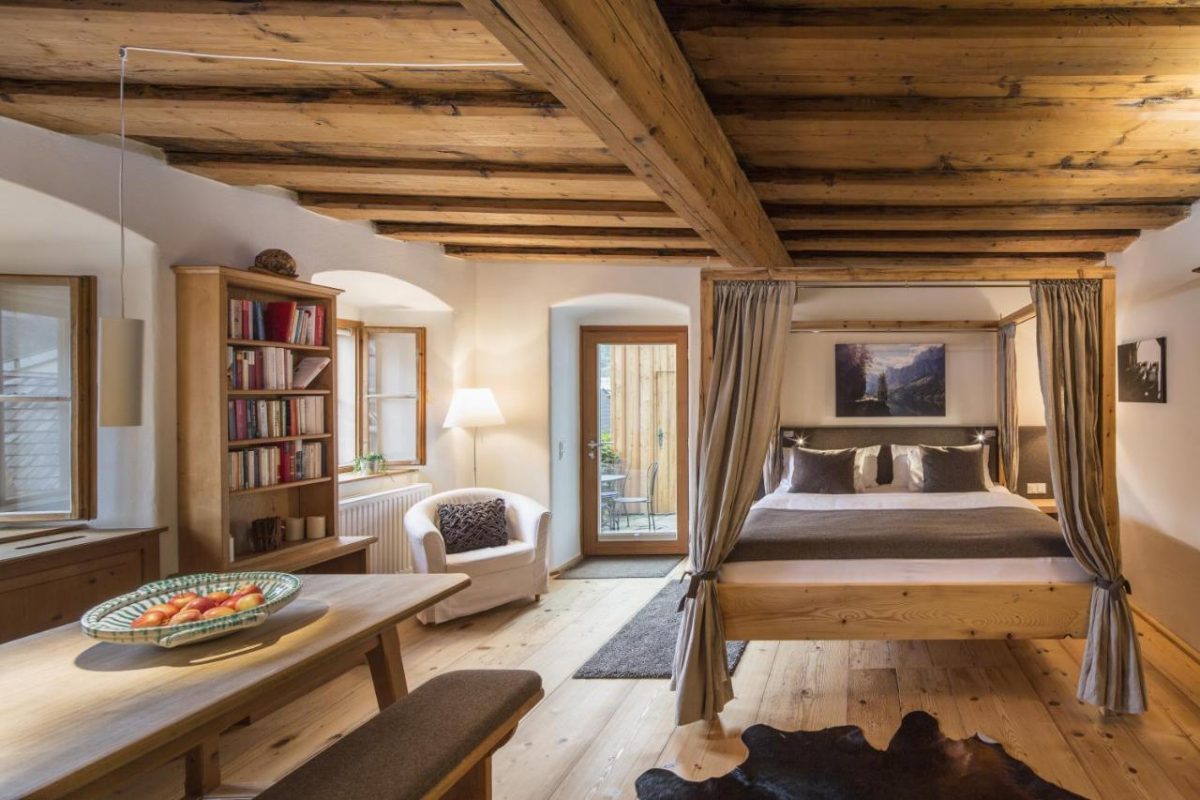
LUXURY – Hallstatt Hideaway
This adults-only resort is located right on the waterfront and comprises a deluxe portfolio of suites that offer lake views. Modern interiors feature a rustic twist and the most decadent options come with additional features ranging from private patios to private spa pools.
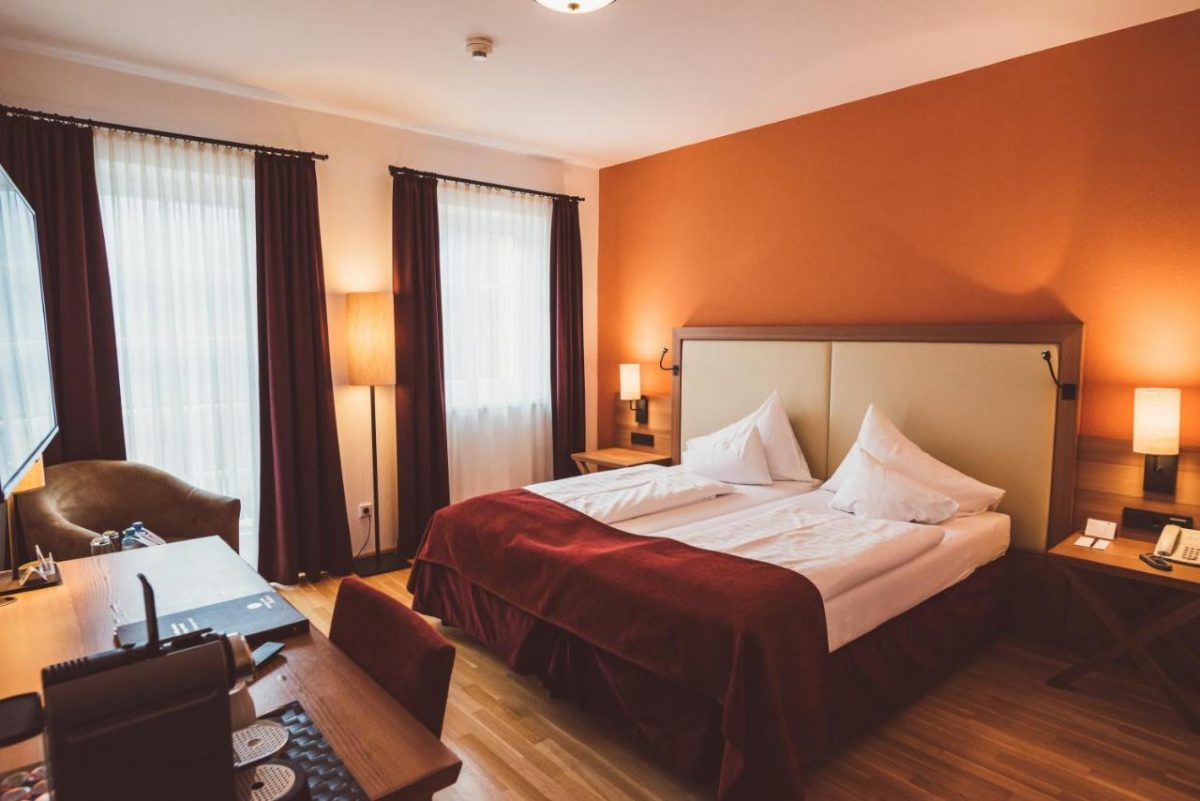
MID-RANGE – Heritage Hotel Hallstatt
All rooms and suites at this 4-star hotel provide lake views and are equipped with a private bathroom, coffee maker, and homely touches. The accommodation spans three buildings and there is also a restaurant and sauna on site.
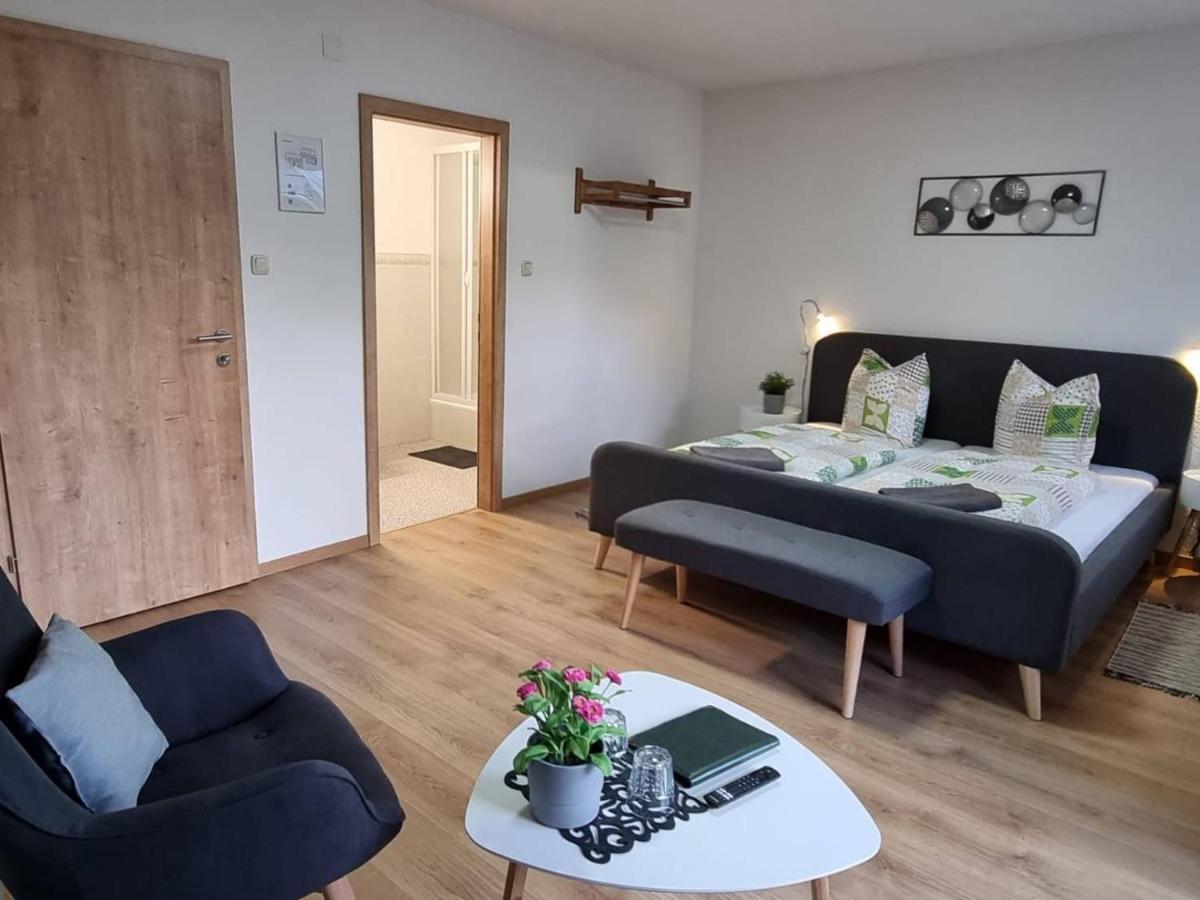
BUDGET – Gasthof Bergfried
This centrally located guest house features compact rooms with en suite bathrooms with the option to upgrade to a balcony suite. The property offers a shared relaxation area with a spa and sauna.
Alternatively, if you have a car, you might want to stay a little further out of town in one of the surrounding hamlets. One of the best options is Obertraun, from where you can reach Hallstatt within 10 minutes by car or you can also take advantage of the ferry.
We stayed at Haus Salzkammergut on our second visit to Hallstatt and absolutely loved everything about the hotel! Great location, amazing views from the balcony, lovely owners, cute doggie, and delicious breakfast. I can only recommend this place!
In case the hotel is full or you’re looking for something else, you can check all the accommodation options in Obertraun here .
Best things to do in Hallstatt
Hallstatt zentrum.
The center of Hallstatt is totally walkable and you can spend the morning exploring the main sites. Roam the Marktplatz Hallstatt with your camera, take in sweeping views from the top of Evangelisches Pfarramt and visit the ossuary (bone cemetery) at Michaelskapelle. You can also walk down to Small Island and head north of the village to appreciate the scenic viewpoints of Hallstatt.
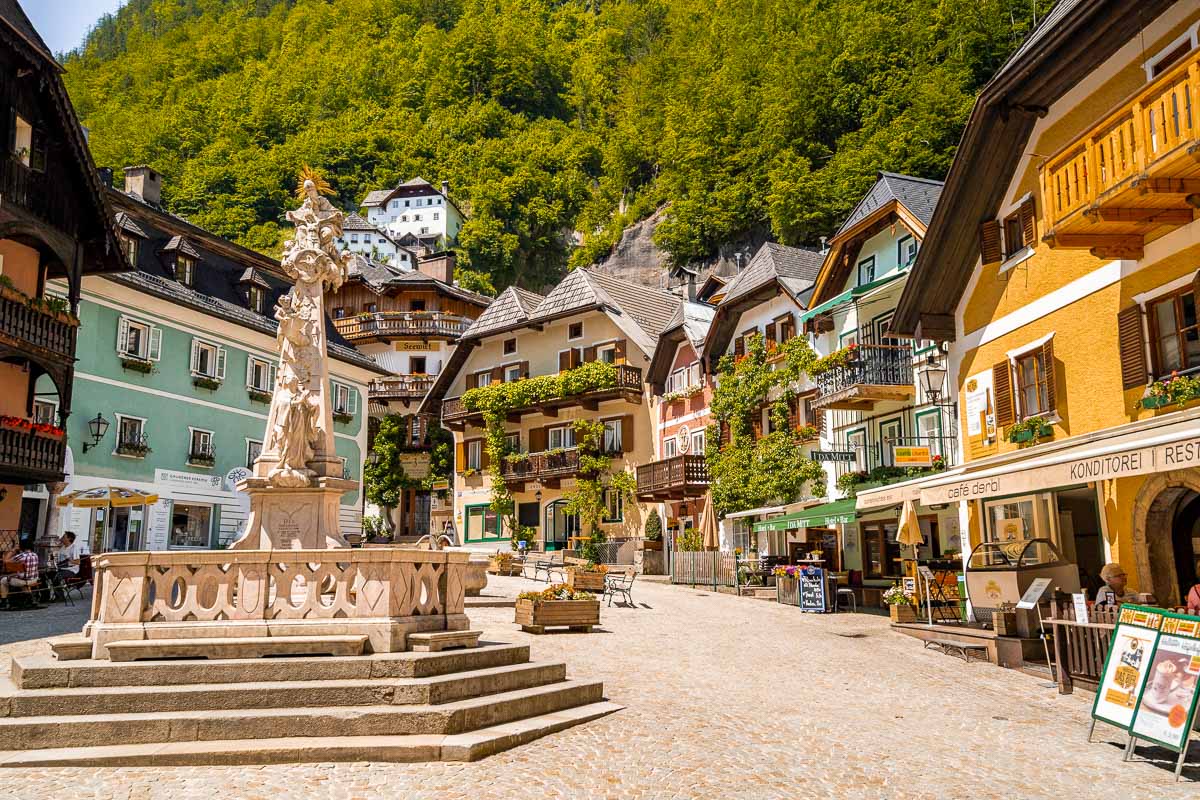
Ride the ferry
Whether you stay in Hallstatt Zentrum or Obertraun, it is worth hopping on the ferry that connects the two towns in order to experience a different perspective of the river. The crossing takes around 25 minutes.
Hallstatt Skywalk
Ride the Salzbergbahn funicular up to this observation deck that rises 350 meters (1,148 feet) above the village and provides sensational views of the alpine landscape. You can also walk up but it is very steep and takes around 1.5 hours. The compromise is that you ride the funicular up and walk back down!
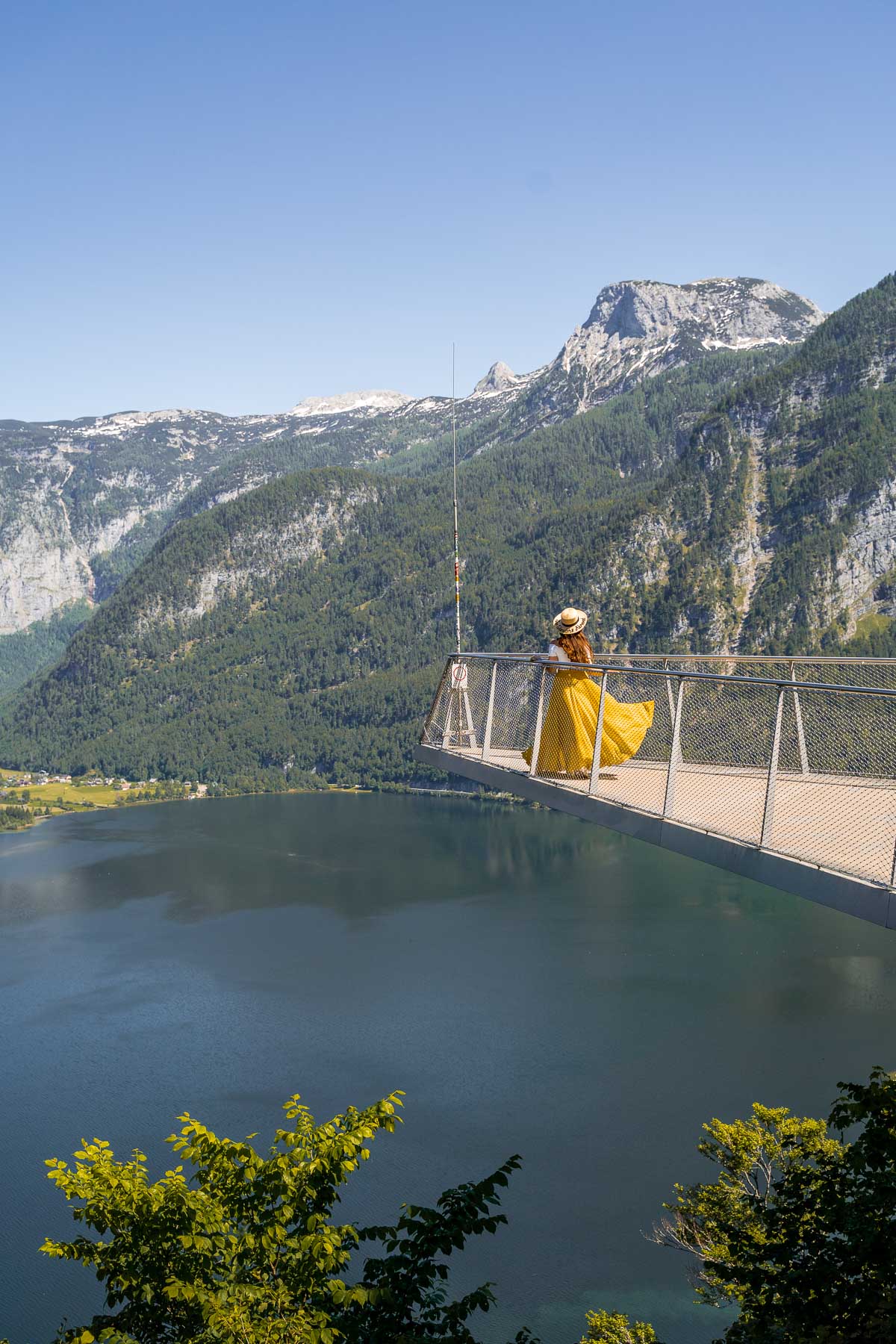
Salzbergwerk Hallstatt
Take a tour of this 7,000 year old salt mine which includes exploring on foot and by traditional mine train. The mine is only accessible via the 90 minutes guided tour which you can book online in advance to secure your spot. Access to the attraction is also via the funicular so you can plan these two activities for the same time.
Hallstatt Waterfall
A shorter waterfall option: you can walk to the Hallstatt Waterfall from Marktplatz in around 20 minutes. It gushes out from the vegetation and is a great way to warm up for a day of sightseeing or cool down in the spray during summer.
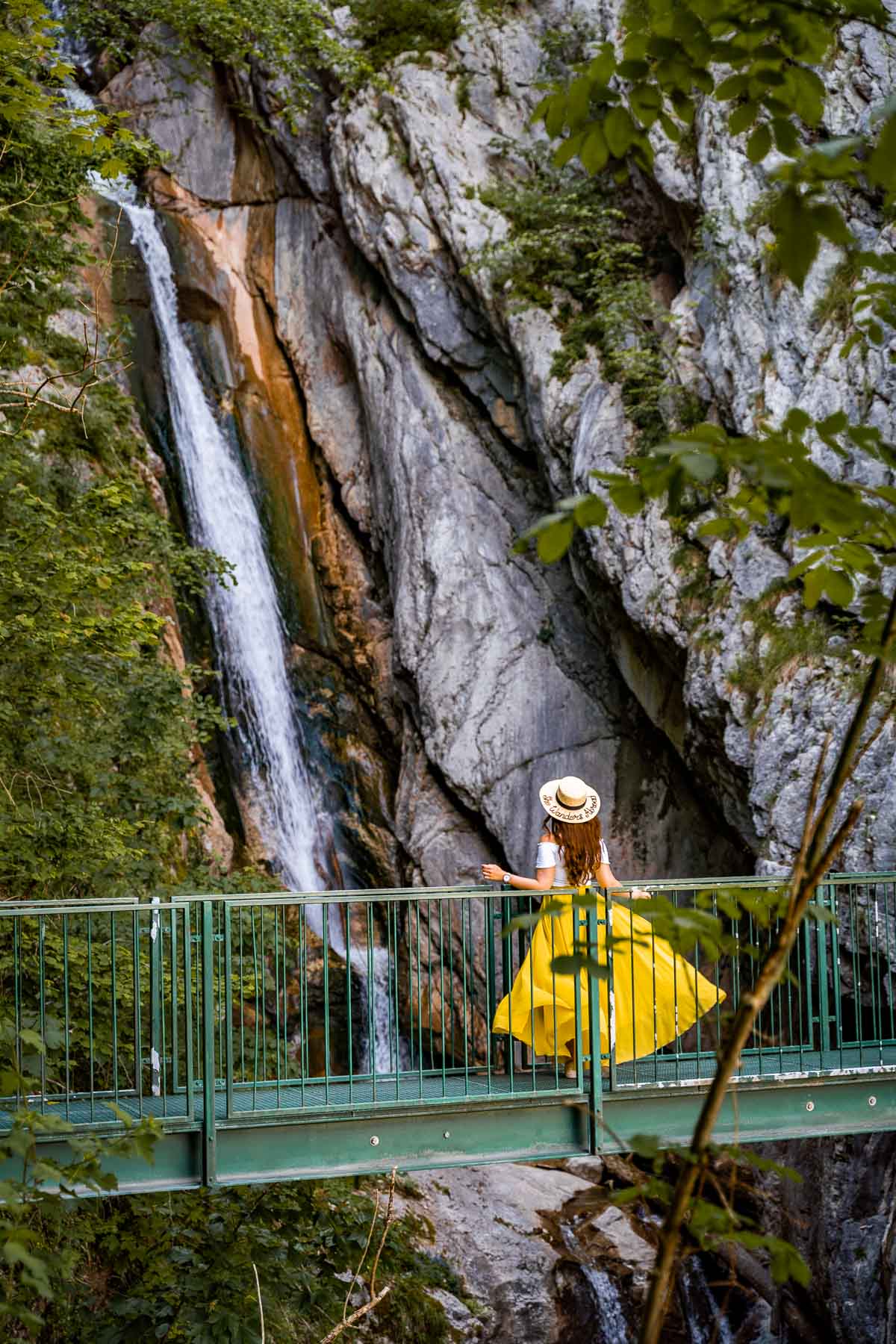
Waldbachstrub Waterfall Hike
It takes around 40 minutes to hike to the Waldbachstrub Waterfall from Parkplatz Echerntal or just over 1 hour from Hallstatt Zentrum. This is an easy trail with minimal incline and is a great way to experience the local nature and warm up for some more challenging hikes later in the Austria itinerary.
Gletschergarten (Glacier Garden) Hike
The Glacier Garden is another wonderful hike that you can do from Hallstatt or Parkplatz Echerntal. This assemblage of rocks and streams formed during the last Ice Age as the local glacier receded from the gorge. It takes 2-3 hours to cover the entire complex and it isn’t too demanding.
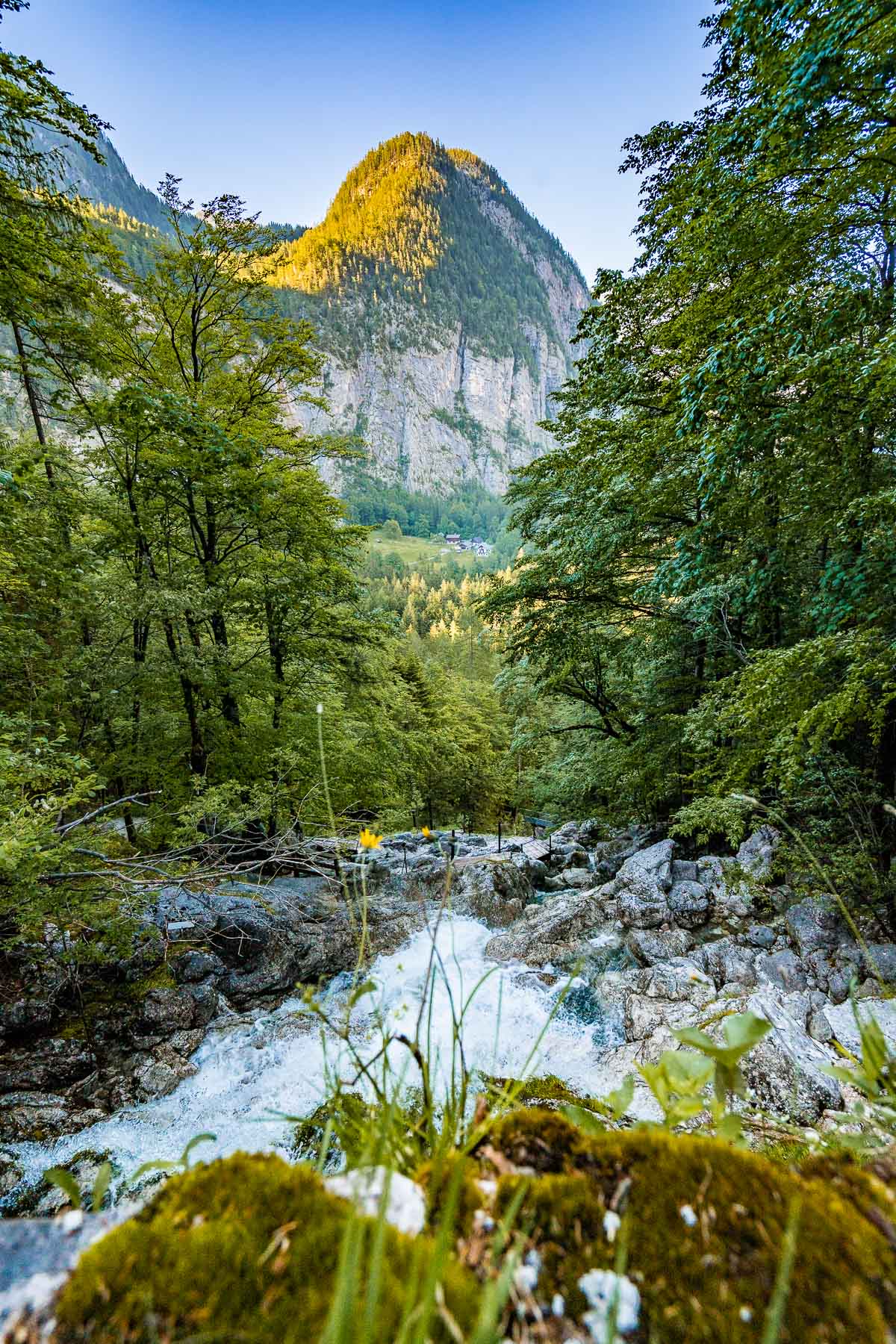
Where to eat in Hallstatt
- Restaurant Rudolfsturm : Located within a medieval tower, this place is worth it for the views alone. The menu is typically Austrian and they also do a great apple strudel.
- Restaurant Am See : This lakeside eatery offers charming views and the menu is rich with local dishes and fresh fish dishes.
- Pizzeria Kegelbahn : Situated across the lake in Obertraun, this Italian restaurant serves good quality pizza and pasta alongside soups, salads, and Austrian fare.
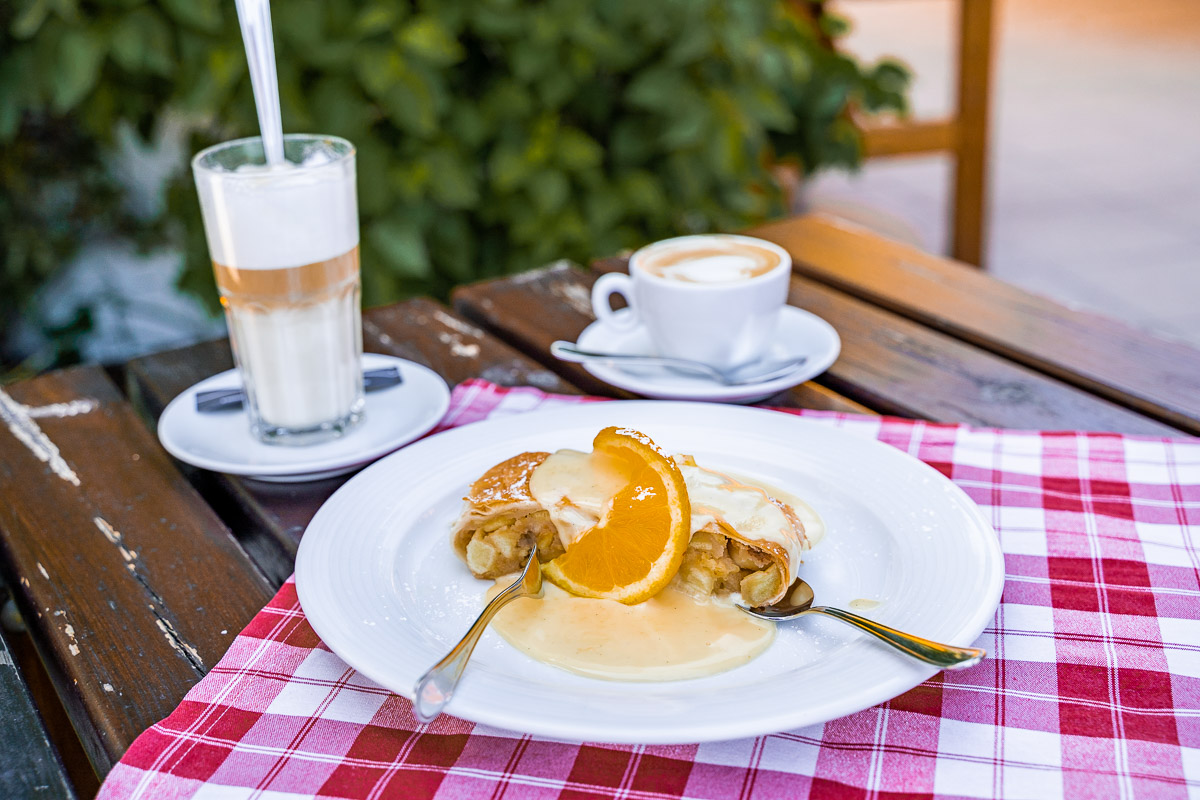
Day 5: Hallstatt to Salzburg
Today you’ll need to check out of your hotel in Hallstatt as it’s time to head to your next destination: Salzburg! You’re going to have two stops along the way so your driving time will be around 2 hours including both stops.
I recommend starting the day as early as you can as you’ll have some exciting plans for the day!
5 Fingers Viewing Platform (Dachstein)
Driving time: 10 minutes (7 km/4.5 miles) from Hallstatt to Dachstein Krippenstein
Your first stop today is going to be the slopes of the Dachstein massif, a dramatic glacial mountain range that rises 2,700 meters (8,858 feet) in the region south of Hallstatt. Once you reach the summit, you can explore the 5 Fingers lookout, an ice cave, and 360° views.
You can park at the cable car, Dachstein Krippenstein, and then hop on the gondola up the mountain to experience incredible views as you soar. The ticket price depends on which attractions you’re planning to visit, you can check the different options here .
For reference, if you only want to visit the 5 Fingers platform, you’ll need to purchase a Panorama ticket that costs €35.30, while the all-inclusive ticket costs €52.20 which includes a visit to the caves as well.
In a remarkable feat of engineering, the 5 Fingers observation platform protrudes 400 meters (1,312 feet) above the ground below and is shaped in the form of a hand with 5 ‘fingers’ stretching out to grasp the cool mountain air.
Once you leave the cable car at Krippenstein (section 2), you’ll need to hike around 25-30 minutes to get to the viewing platform.
The hike is really easy and well-marked so it shouldn’t be a challenge even if you’re not in the best shape. And the views along the way are out of this world!
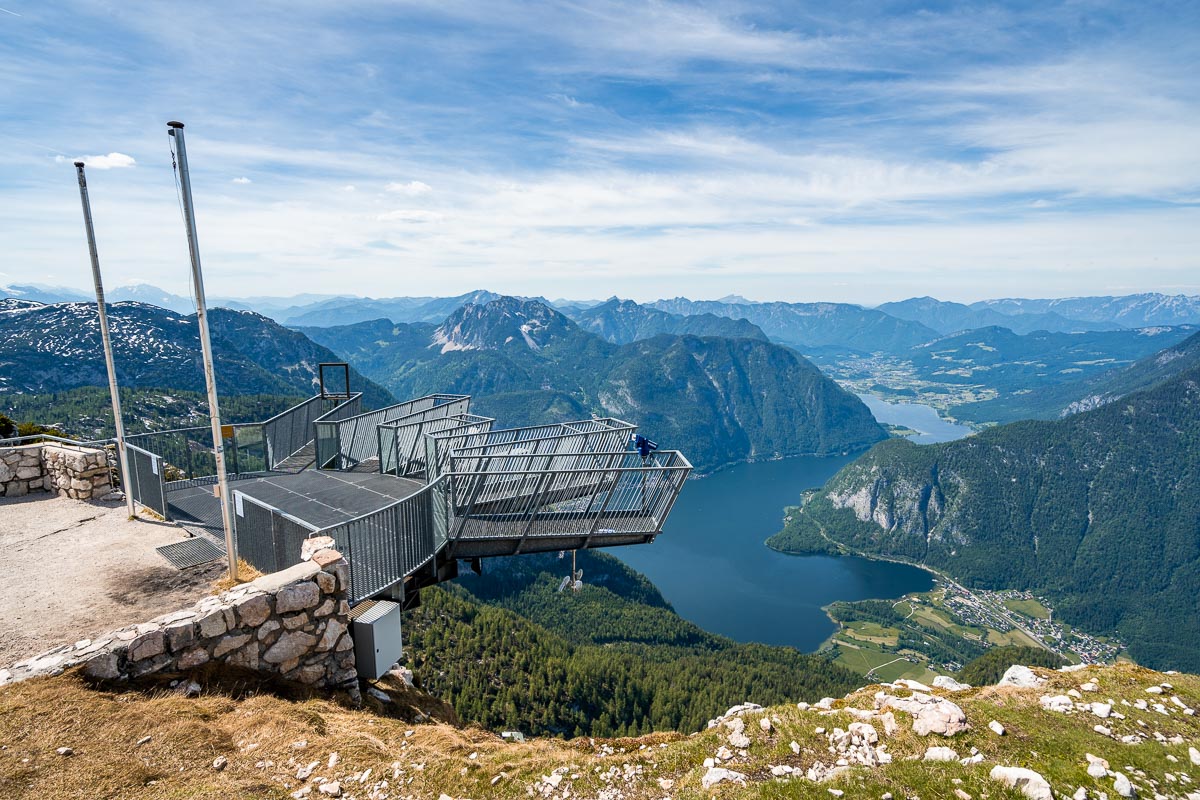
Within the same area as the lookout, you will also find the Dachstein Giant Ice Cave. Entering this huge cavern, you will encounter stalactites of all different colors before you catch sight of the massive wedge of ice filling the chasm.
Guided tours of the ice cave last 50 minutes and require a 15-minute walk from the cable car station, Schönbergalm (section 1). If you do want to explore the cave, you will need to dress warmly as the average temperature inside is -2 °C (26.6 °F), even during summer. Make sure you pack layers for your 10 days in Austria!
You can find another cave at Schönbergalm (section 1) called Mammut Cave. It’s known as one of the largest karst caves in the world, hence the name. It takes around 15-20 minutes to reach the cave from the cable car station and as with the Giant Ice Cave, a guided tour lasts for 50 minutes as well.
Depending on how much time you have, you can visit either of the caves or both, or you can just go for the 5 Fingers platform for the panorama – it’s completely up to you!
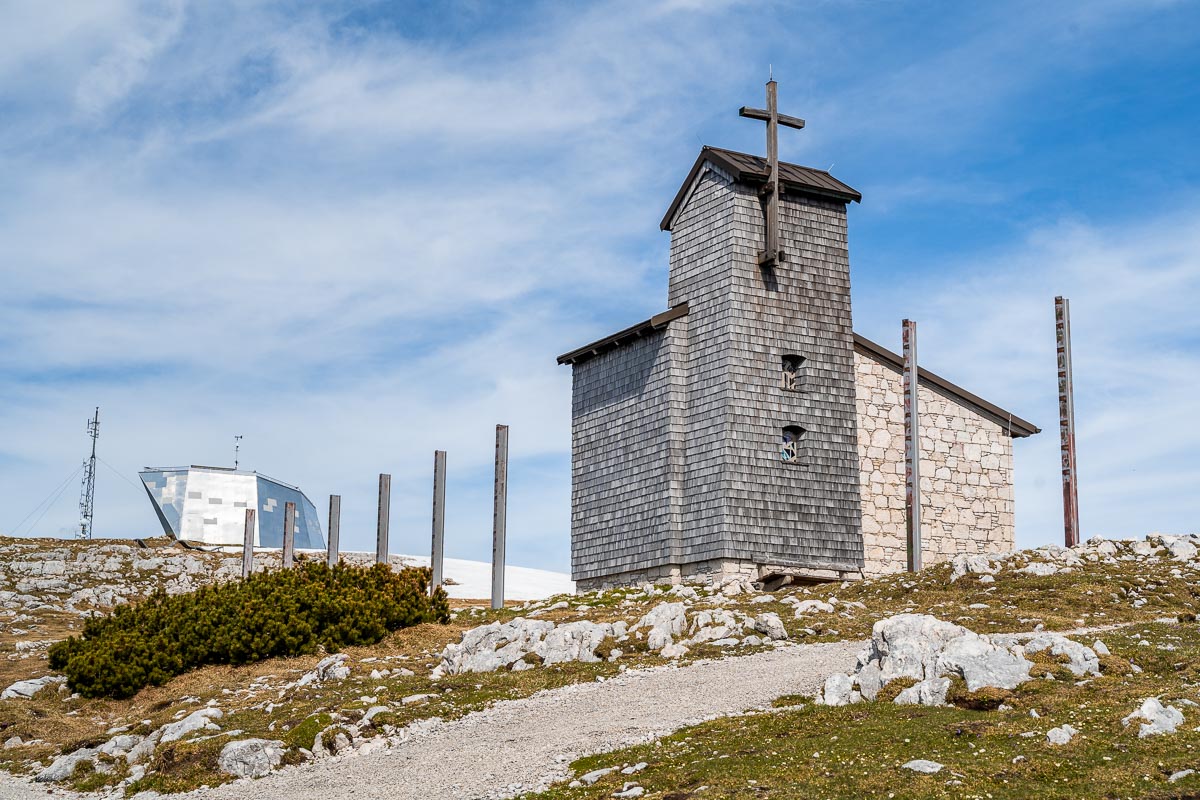
Gosauseen
Driving time: 30 minutes (27 km/17 miles) from Dachstein Krippenstein to Gosauseen
Gosauseen is a cluster of three beautiful lakes located in the Alps of Upper Austria. You can drive to the Gosausee Parking lot and park your car here while you explore, or you can park near the Gosaukammbahn cable car station and ride up to the lakes this way instead if you prefer.
There are a series of hiking trails that connect the lakes and give you the chance to explore phenomenal nature.
The shortest option is to just walk around the first of the three lakes, Vorderer Gosausee, which takes around 1-1.5 hours in total. The more challenging options take you to the middle lake, Gosaulacke, as well as the third and final lake, Hinterer Gosausee.
To visit all three bodies of water, you will need to allow around 5 hours. As the drive time today is around 3 hours, this is feasible if you depart from Hallstatt as early as possible and skip the caves at Dachstein.
If you don’t want to fully drain your batteries, my recommendation is to visit only the first lake and rest a little bit after you arrive in Salzburg.
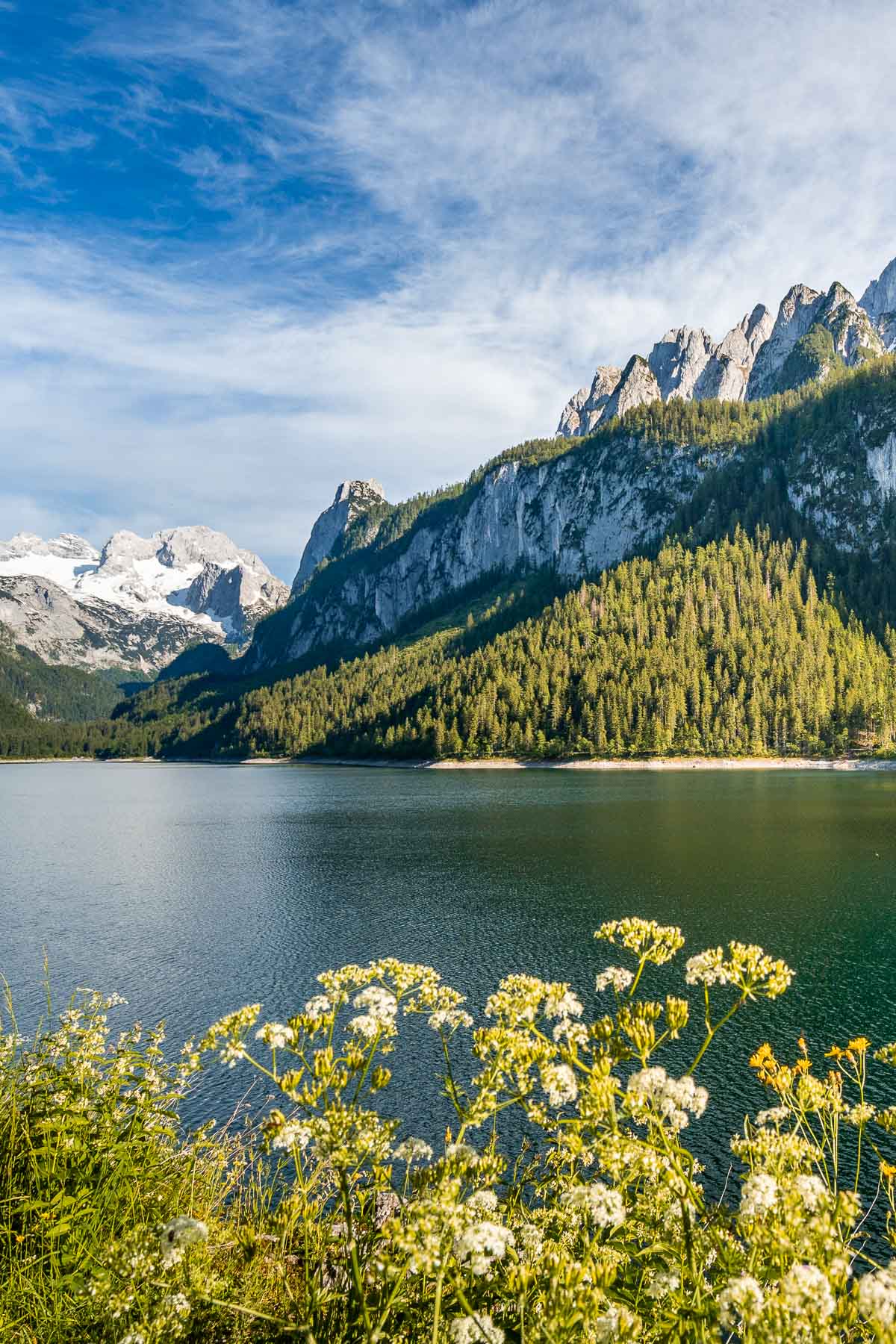
Arriving in Salzburg
Driving time: 1 hour and 10 minutes (80 km/50 miles) from Gosauseen to Salzburg
After exploring the lakes, you’ll need to drive around 1 hour to get to Salzburg, which will be the next destination on your Austria road trip itinerary. Once in the city, you’ll need to stay for 2 nights to be able to spend one full day in Salzburg.
If you need recommendations of where to stay in Salzburg, check the next section for my tips!
Day 6: Full day in Salzburg
Salzburg presses its way up against the border with Germany in Western Austria and affords some of the finest views of the Eastern Alps. The Salzach River flows through the center of the city, with the Salzburg Alstadt (Old Town) resting on the left bank.
As the birthplace of the legendary composer, Wolfgang Amadeus Mozart, much of the culture of the city revolves around his lineage.
Fans will no doubt want to visit both Mozart’s Birthplace and Mozart’s Residence and catch a recital while in town. But Salzburg is also abundant in museums, galleries, stately residences, and gardens, restaurants, and shops, and it’s really not a place to skip off your Austria road trip.
You can easily spend one day in Salzburg exploring the delights of this UNESCO World Heritage Site and strolling along the riverside.
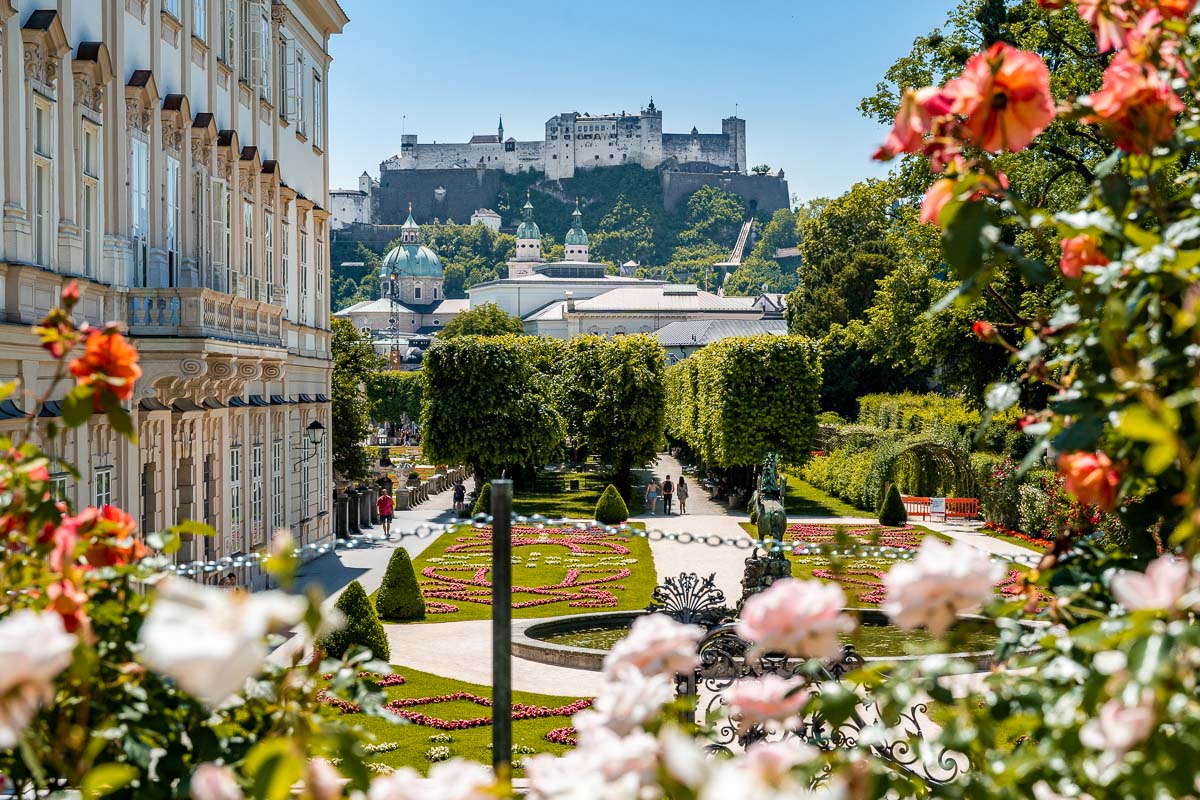
Where to stay in Salzburg
As with Vienna, it makes sense to book accommodation as centrally as your budget allows. Hotels in Salzburg Altstadt are priced higher and you should expect to pay around €15 per day for parking so do factor that into your plans and budget.
If you stay further out in areas such as Itzling, Maxglan or Taxham then you will find that accommodation rates drop and you can transfer into the city center efficiently via bus.
These are my suggestions for where to stay in Salzburg for your two nights.
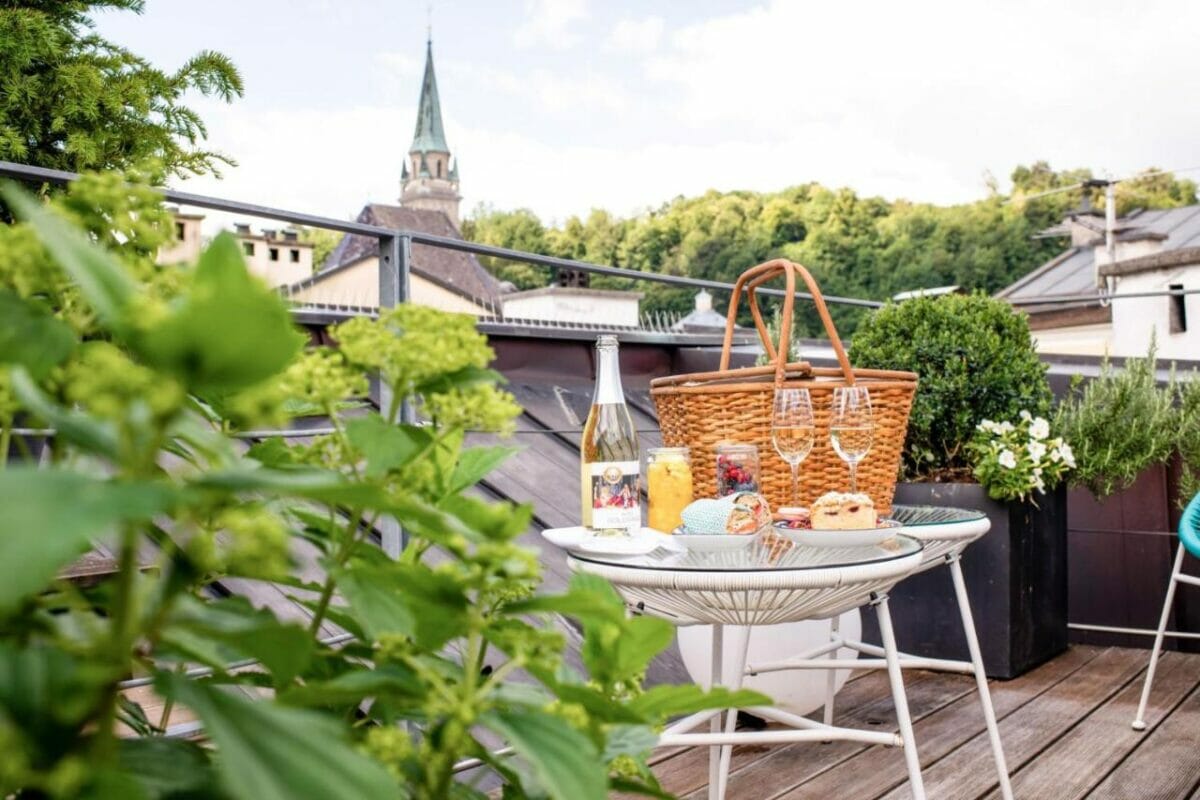
LUXURY – Small Luxury Hotel Goldgasse
All suites at this deluxe hotel are artistically presented and some feature a private terrace. The property is situated in Salzburg Altstadt within walking distance to all the major landmarks and has a wonderful restaurant on the premises.
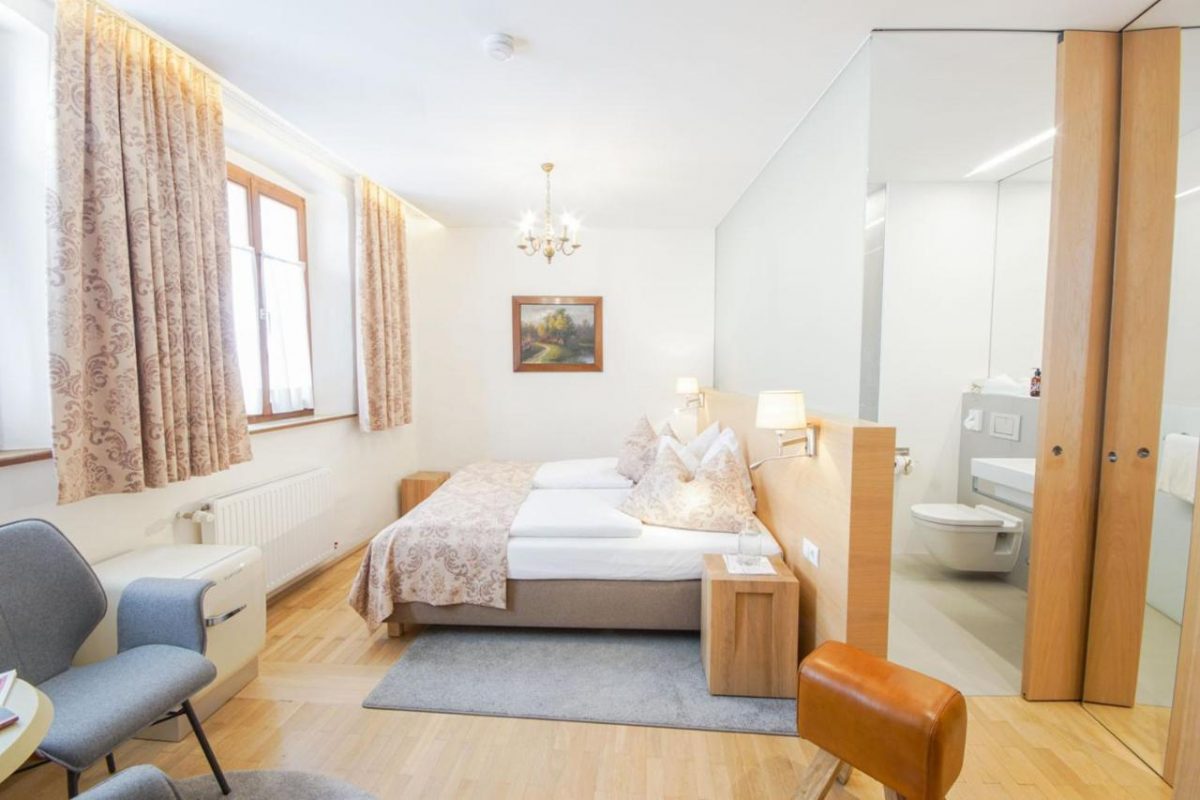
MID-RANGE – Hotel Wolf
Colorful rooms are comfortably designed with eclectic furnishings and immaculate bathrooms. The hotel is positioned within a building that dates back to 1429 and is located in the heart of Salzburg Altstadt. A fantastic breakfast is included in the rate.
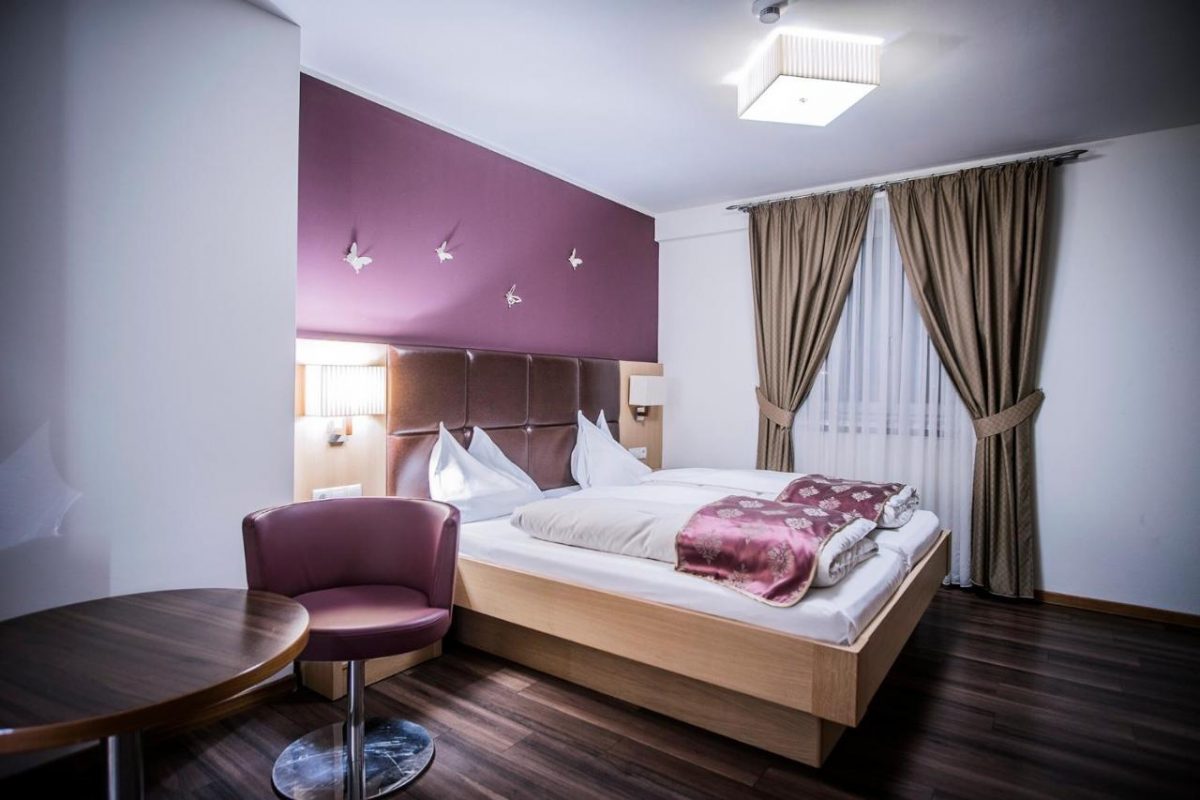
BUDGET – Hotel-Flair
Rooms at this budget hotel in Salzburg are clean with plenty of space and each comes with a private bathroom. The property is conveniently located for walking to and from Salzburg Central Station and is a 30-minute walk into Altstadt Salzburg.
Best things to do in Salzburg
Salzburg alstadt.
As a UNESCO World Heritage Site, Salzburg Alstadt is where you will find the most historic buildings and streets in the city, as well as museums, public squares, shops, and cafes.
You can call in at the shops on Getreidegasse, stroll down Sigmund-Haffner-Gasse, tour Mozart’s Birthplace, or dip into one of the Salzburg Museum institutions.
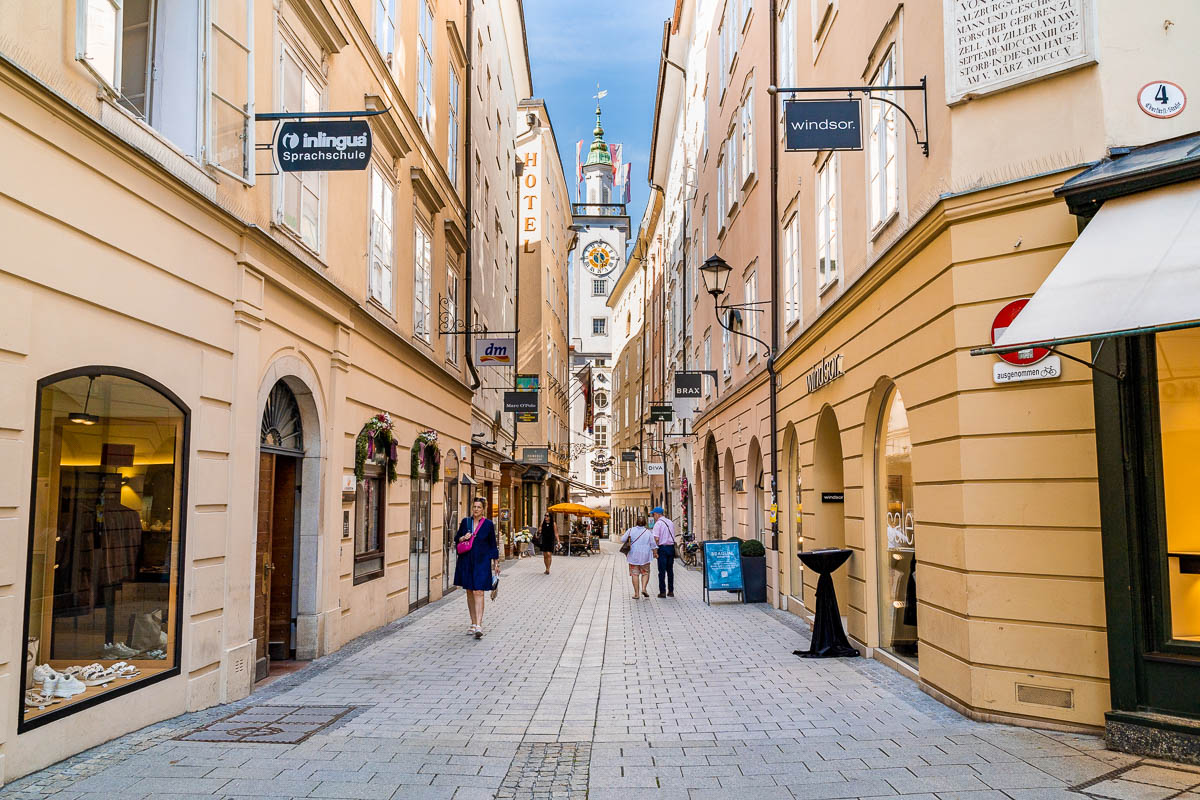
Mirabell Palace & Gardens
This resplendent palace dates back to 1606 when the prince-archbishop Wolf Dietrich commissioned and gifted the residence to his mistress, Salome Alt. You can explore the sprawling gardens and peer into the public rooms of the estate.
If you are a fan of The Sound of Music then this place will be familiar to you already!
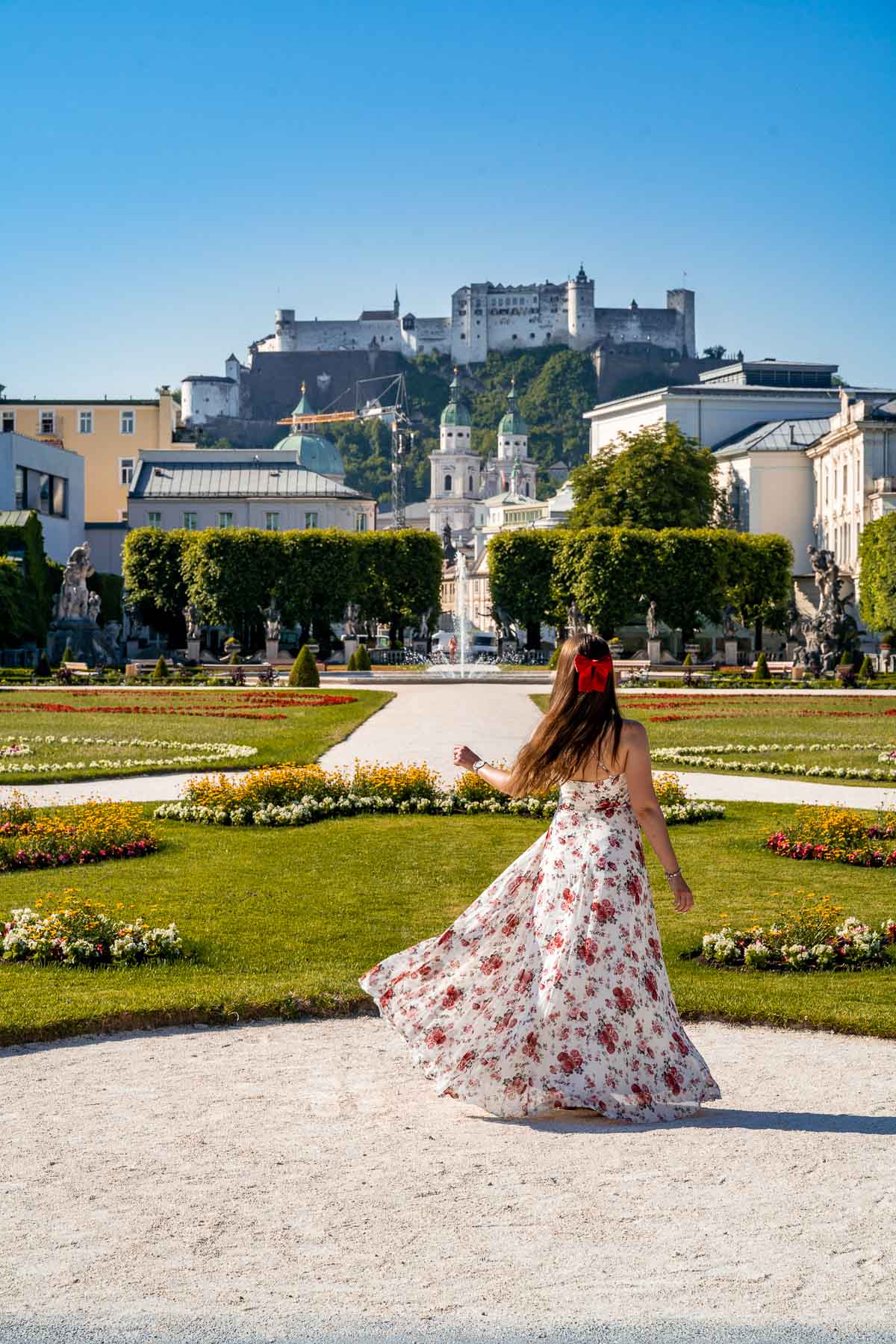
Kapuzinerkloster Viewpoint
This viewpoint is accessible via a climb up 260 steps to the Aussicht Kapuzinerberg. Your reward is the scenic views across the city towards Hohensalzburg Castle from the deck and they are worth the effort, I’d say they’re the best in town.
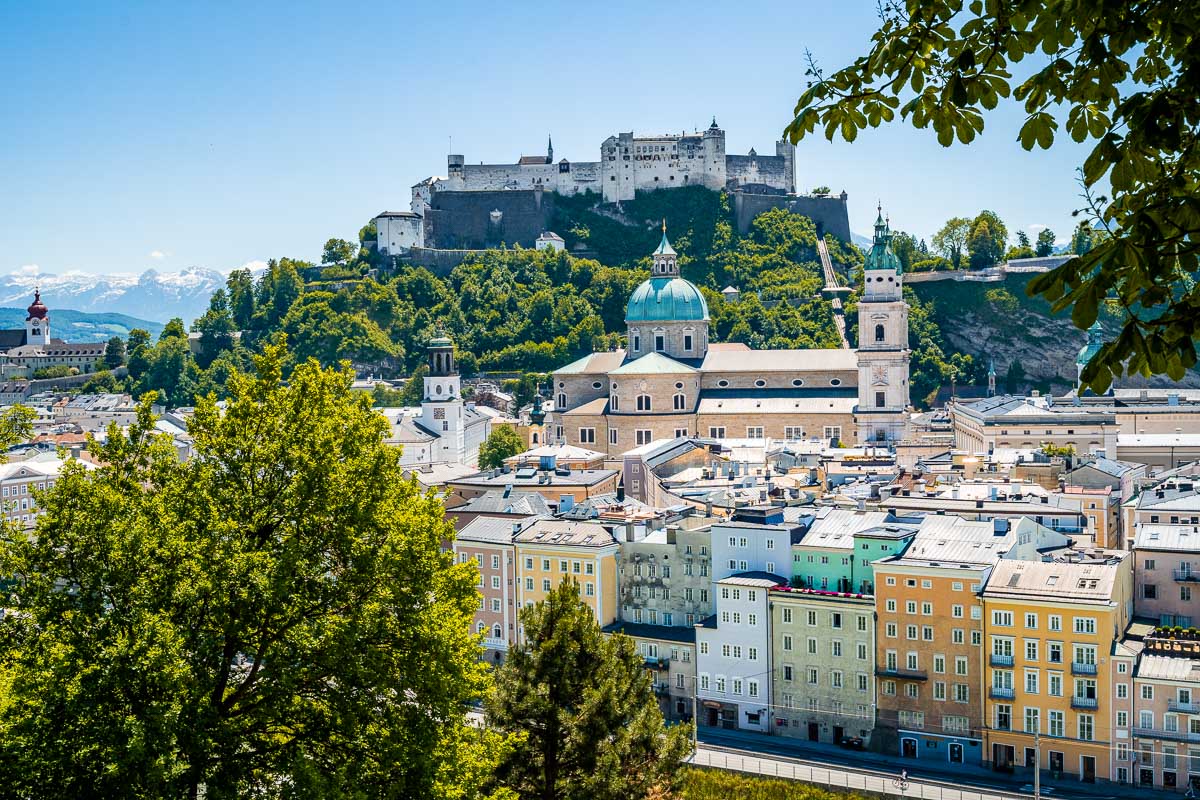
Hohensalzburg Castle
Ride the funicular up the mountain to get up close to the defining emblem of Salzburg, and one of Austria’s most iconic sights.
Hohensalzburg Castle, the largest fully preserved castle in Central Europe, is home to a portfolio of museums that you can take your pick from. However, it’s the views of the city and the looming alps that more than justify making the journey.
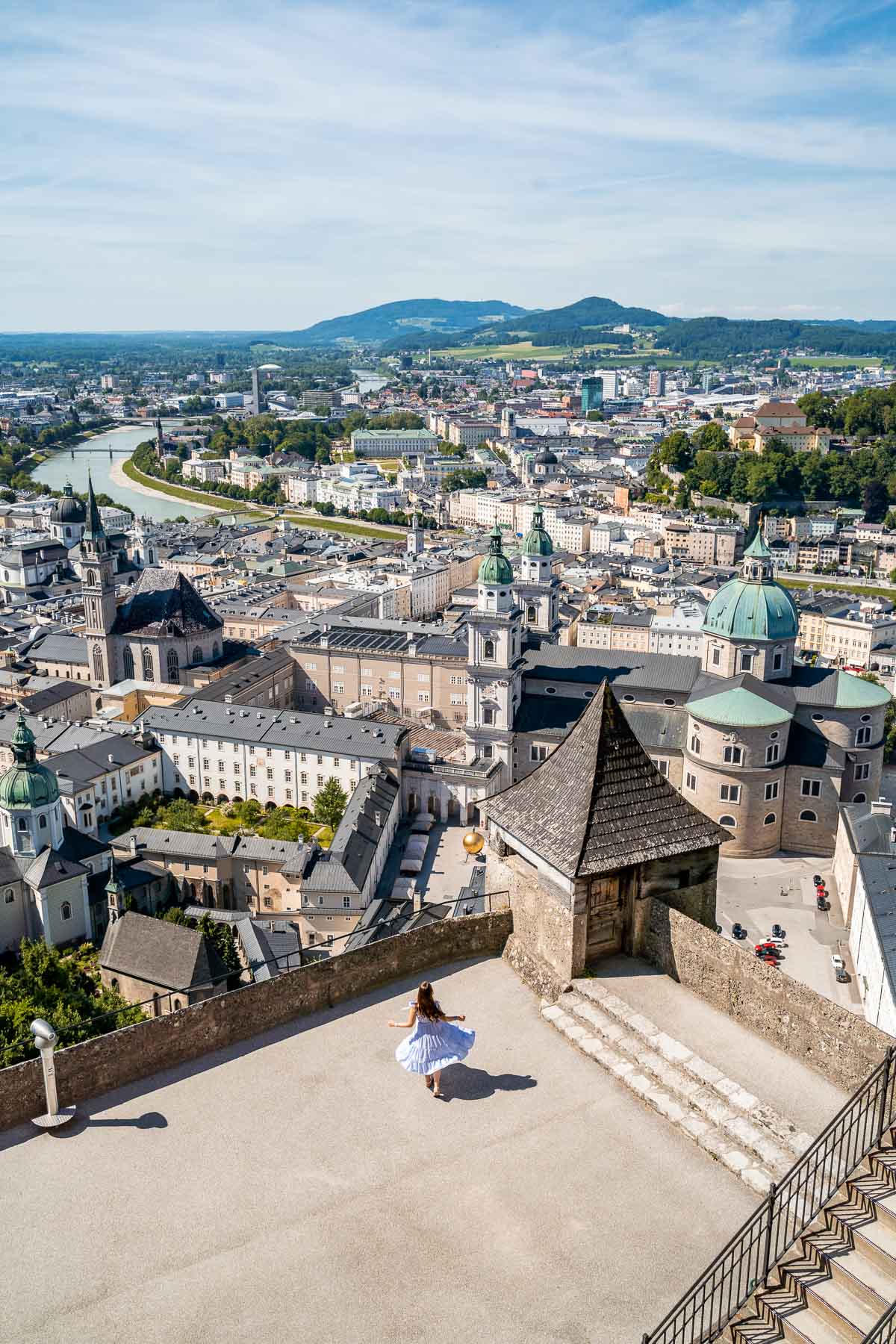
Where to eat in Salzburg
- Imlauer SkyBar : Located on the sixth floor of the Imlauer Hotel, this swanky restaurant is the perfect place to start your day in Salzburg with brunch or wrap up a perfect day of sightseeing with a decadent dinner!
- Café Bazar : After tackling the viewpoint climb, you can recoup your energy at this historic cafe that looks across at Salzburg Altstadt. Considered the home of artists and poets, the menu spans lunchtime specials, sweet treats, and moreish specialty coffees.
- S’Kloane Brauhaus : Slip inside this 400 year old building and you will be greeted with the scents of traditional Austrian delicacies. The friendly staff are on hand to guide you through the menu to find your perfect dish!
- Lazarte : It might feel odd to dine on Latin American food during your Austria itinerary, but Lazarte delivers the real deal. Add a dash of spice to your trip and experience the flavors of Mexico, Peru, and beyond at this top rated restaurant.
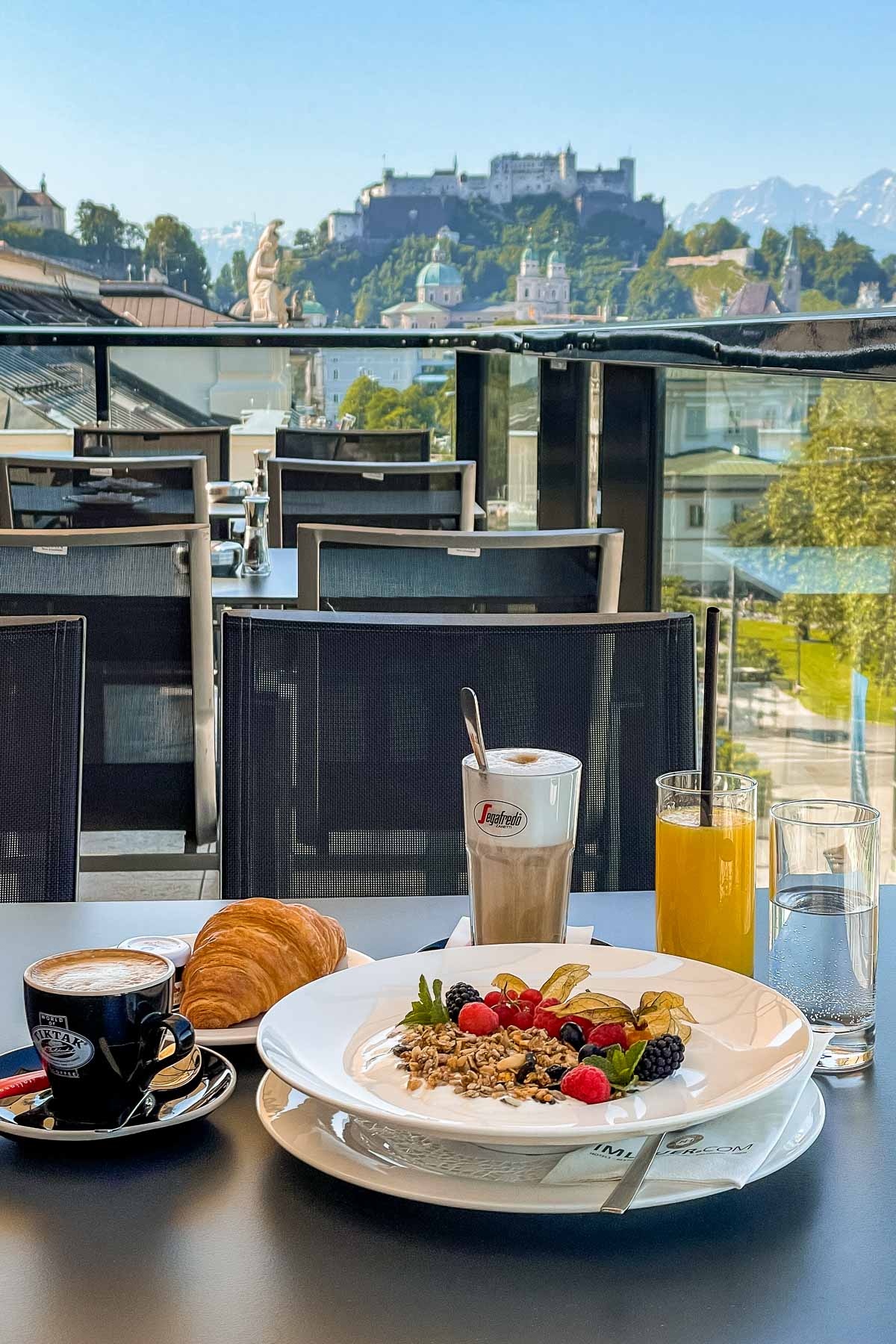
Day 7: Salzburg to Zell am See
The distance from Salzburg to Zell am See via the specified attractions is 120 km (75 miles) and the drive time is approximately 2 hours. Tonight you will need to book accommodation in the little town of Zell am See-Kaprun for 2 nights.
Gollinger Waterfall
Driving time: 35 minutes (28 km/17 miles) from Salzburg to Gollinger Waterfall
Head to Parkplatz Gollinger Wasserfall where you can leave your car and walk to this remarkable 75 meter (246 feet) waterfall which forms two tiers as it crashes down the cliff from the forest.
Between the months of May and October, you must pay €5 to visit the waterfalls on top of the parking fee which is also €5. You’ll need to drive around 35 minutes to get to the waterfall from Salzburg which makes it one of the best day trips from Salzburg.
There are different viewpoints along the waterfall and you can even hike to the top which I 100% recommend! It takes around 10-15 minutes to reach the lower viewpoint while it will take you approximately 35-40 minutes if you want to go all the way to the top.
The waterfall is super strong so be prepared to get a little bit wet! If you decide to go up, you’ll find a bridge that crosses over the water so that you can get very close to the water spray. It’s recommended to wear sneakers or hiking boots as the trail gets wet and slippery due to the mist.
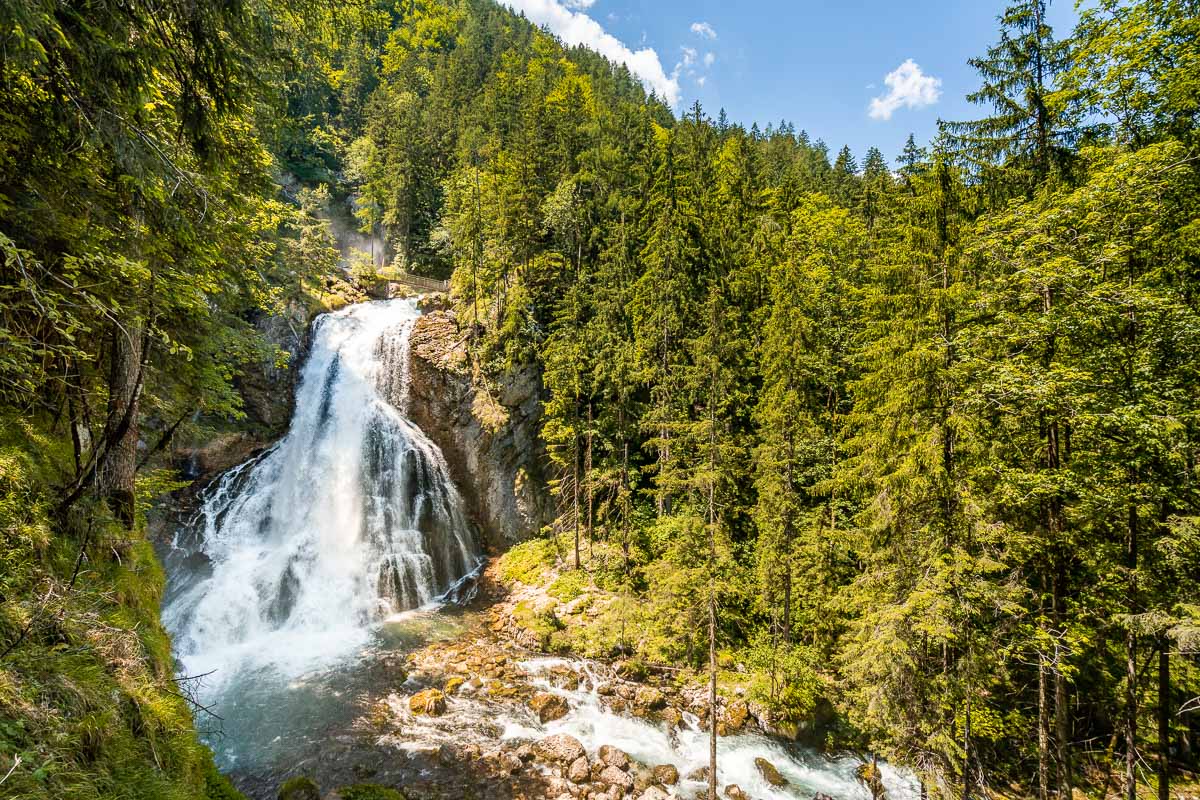
Driving time: 7 minutes (3.5 km/2 miles) from Gollinger Waterfall to Parkplatz Bluntautal
Another day, another magical lake nestled between mountains and forestry to add to your Austrian road trip! Bluntausee changes color depending on the time of day you visit and what the weather is doing, so it might be emerald or sapphire tinted.
You can follow the hiking trail around the perimeter in less than one hour however swimming in the water is forbidden.
Since it’s only 3.5 km (2 miles) from Gollinger Waterfall, you can easily walk from one place to the other but if you’d rather drive, you can leave your car at Parkplatz Bluntautal which is the closest parking lot to Bluntausee. From the parking lot you’ll need to hike for around 30 minutes to reach the lake.
The trail is completely flat so the hike itself is really easy and it goes through a beautiful forest and crosses a crystal clear river. It’s absolutely worth visiting Bluntausee just for the scenery alone!
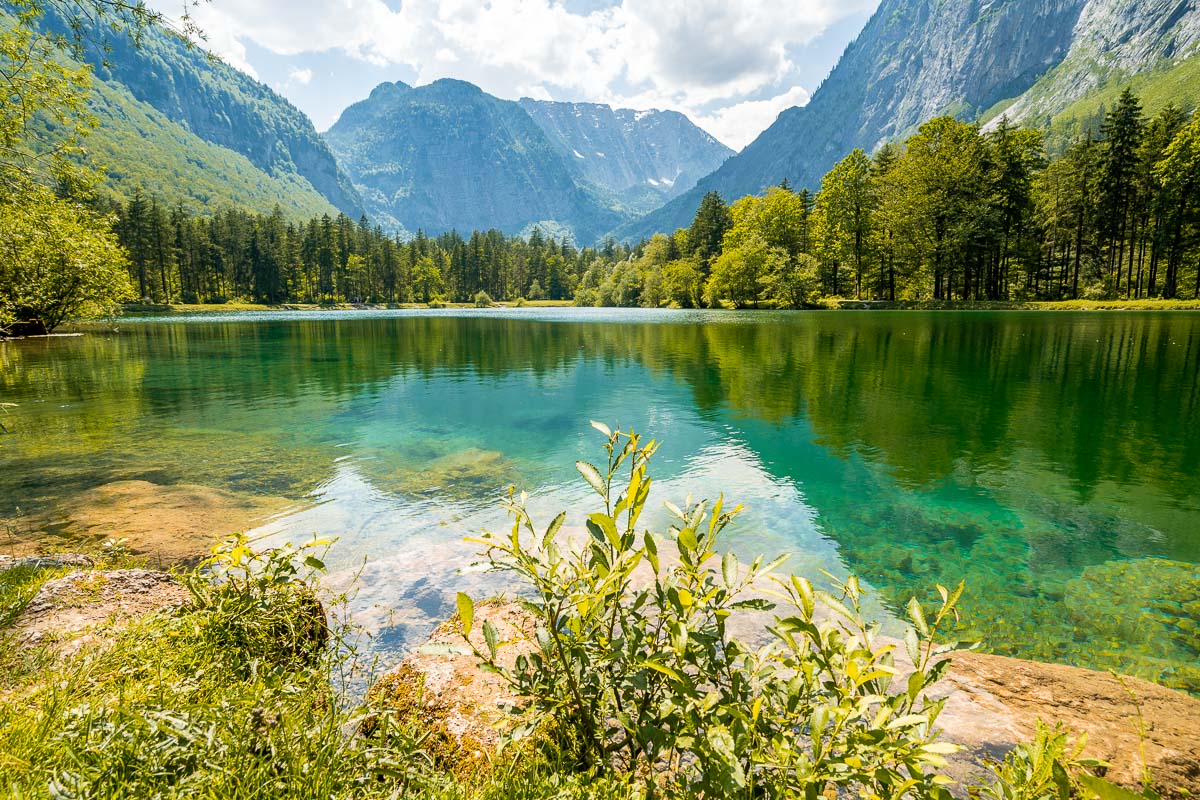
Hohenwerfen Castle
Driving time: 20 minutes (18 km/11 miles) from Parkplatz Bluntautal to Hohenwerfen Castle
In a country that is overflowing with beautiful castles, this one really takes the biscuit and is an essential sight during your 10 days in Austria! The hilltop fortress of Hohenwerfen Castle has stood in this spot for over 900 years and from the complex, you can look down at the Salzach River and across at the surrounding mountains and woodland.
Access to the castle is via funicular or a short but steep 25-minute hike. Once at the fortress, you can observe a demonstration of the resident birds of prey in addition to exploring the museums.
There are always a number of temporary exhibitions which change throughout the year and seasonal events are hosted on the grounds. Entrance to the castle costs €10.40 and if you want to take advantage of the elevator, you can buy a combo ticket for €14.40.
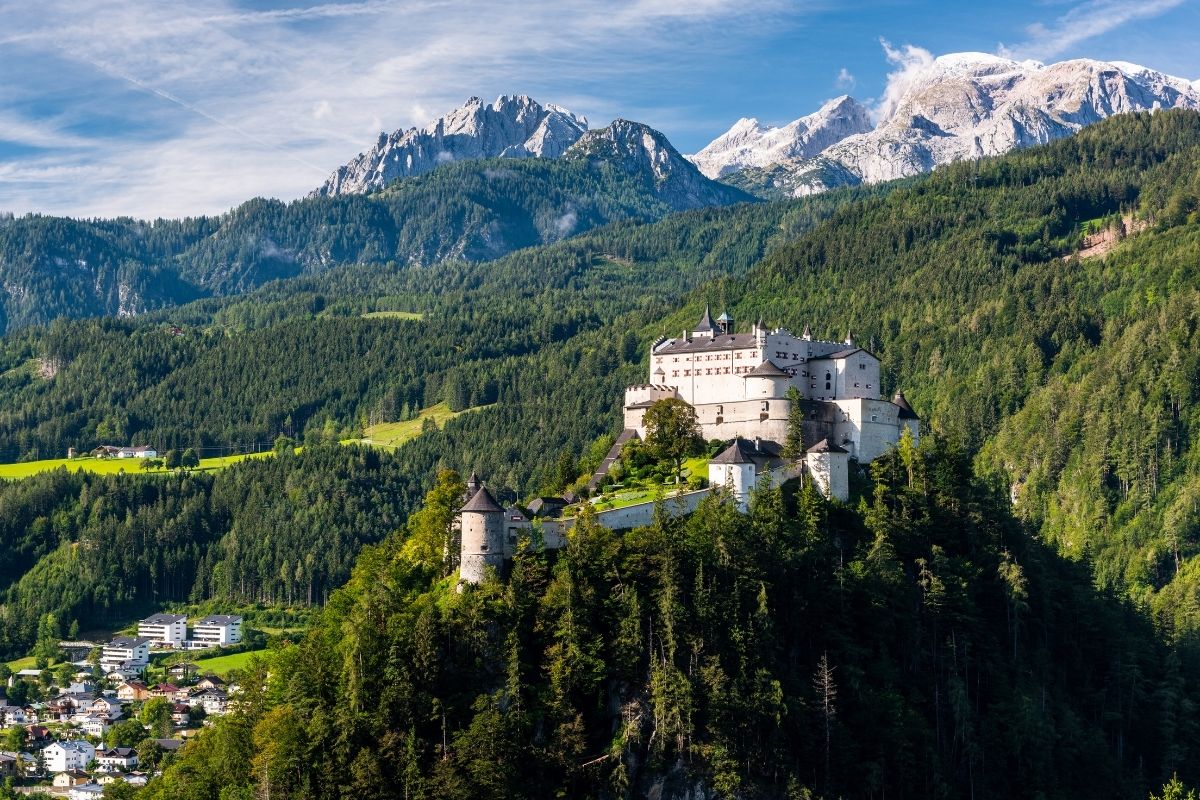
Zell am See-Kaprun
Driving time: 50 minutes (57 km/35 miles) from Hohenwerfen Castle to Zell am See-Kaprun
Today’s final destination is Zell am See-Kaprun, a small town that sits on the shore of Lake Zell (Zeller See). The town is the gateway to the ski resorts and slopes of the Schmittenhöhe mountain that looms over the town and is accessible via cable car if you wish to take in the views.
You can go for a walk or hire some bicycles and cycle along the esplanade that begins at the southwest of the lake and skirts the circumference of the water.
Down at the south corner, you also have the option to rent kayaks or stand up paddleboard and float your way across the lake. There are a number of pretty parks dotted along the lakeside where you can enjoy a picnic and the town has a good spread of restaurants and hotels.
Where to stay in Zell am See
Zell am See-Kaprun is small but it does have a substantial number of hotels and guesthouses. As with Hallstatt, I encourage you to book accommodation way ahead of your Austria road trip and look further out of town if needs be.
Here are my recommendations for where to stay in Zell am See-Kaprun for two nights.
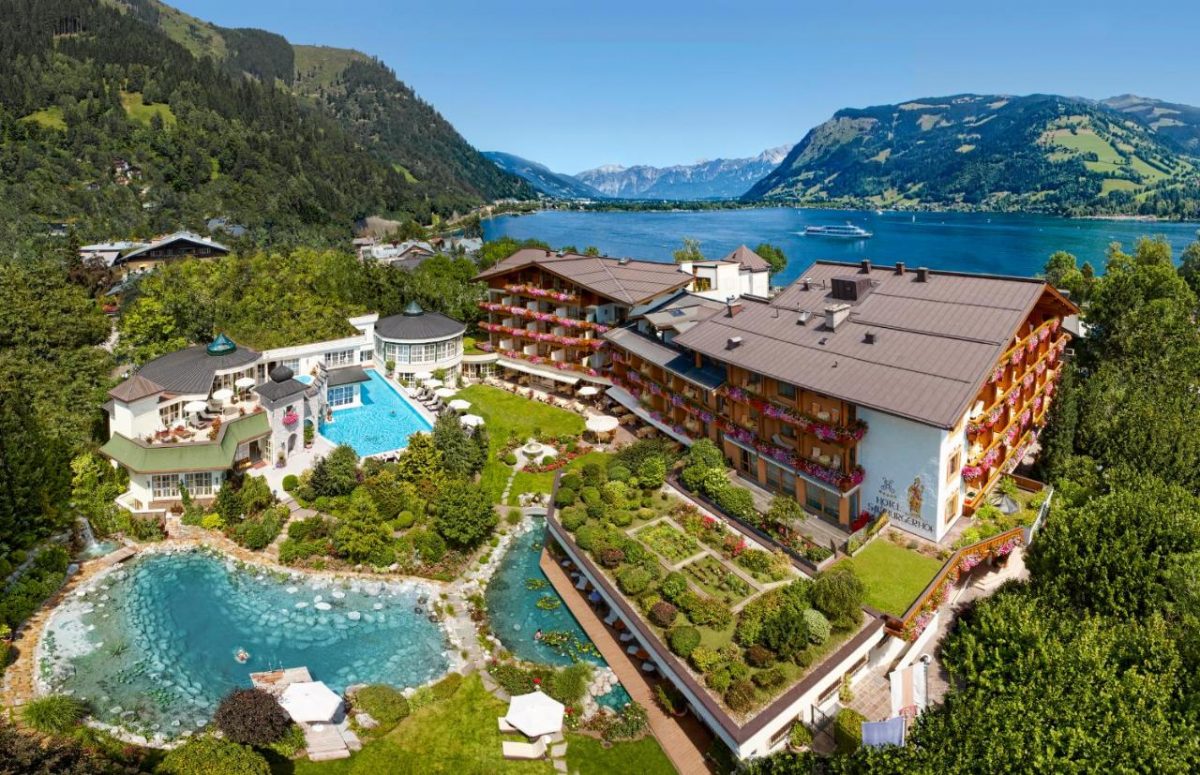
LUXURY – Salzburgerhof Wellness-, Golf- und Genießerhotel
This luxurious, family-run spa, golf, and pleasure hotel offers unique holiday experiences in a beautiful location in Zell am See. Surrounded by a splendid natural landscape, the Salzburgerhof combines 5-star comfort with 4 lilies in the Relax Guide for its spa quality and the culinary pleasures of 3 toques by Gault Millau.
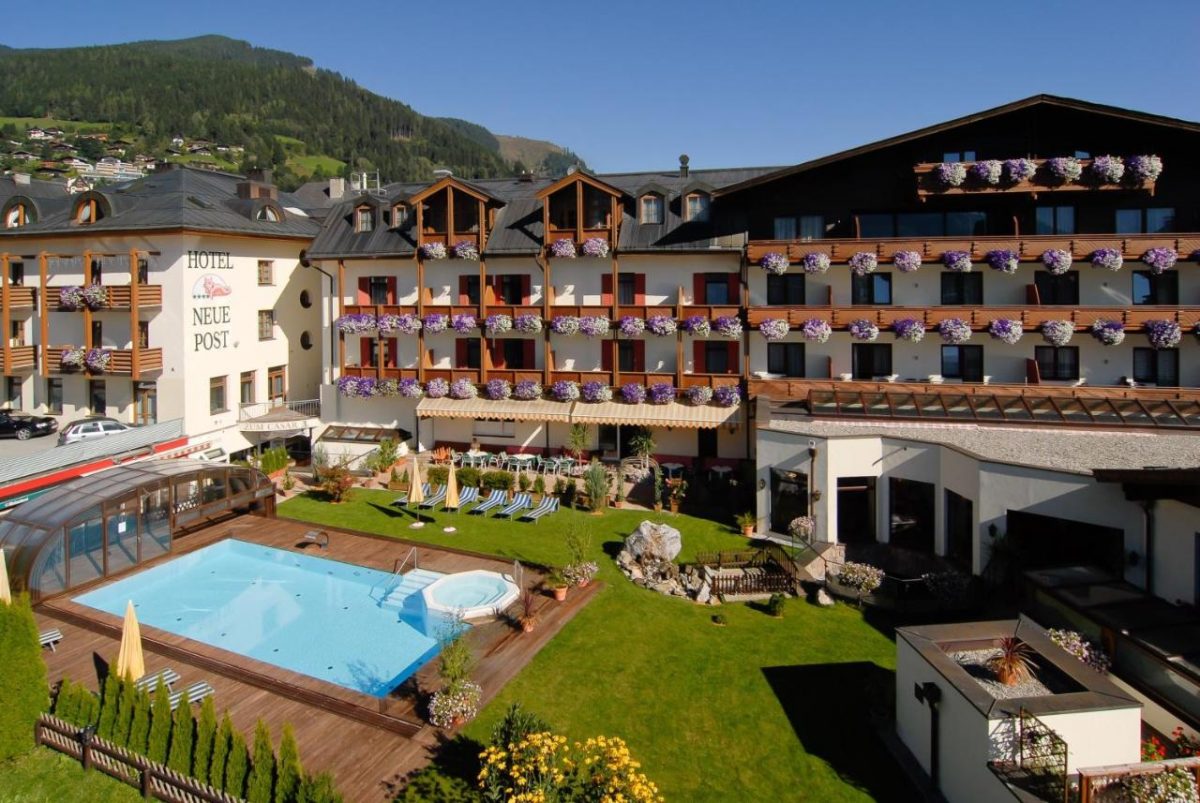
MID-RANGE – Hotel Neue Post
Only a 3-minute walk away from the Zeller Bergbahn cable car, which provides access to the Schmittenhöhe skiing and hiking area, Hotel Neue Post enjoys an exceptional location in the heart of the old town of Zell am See.
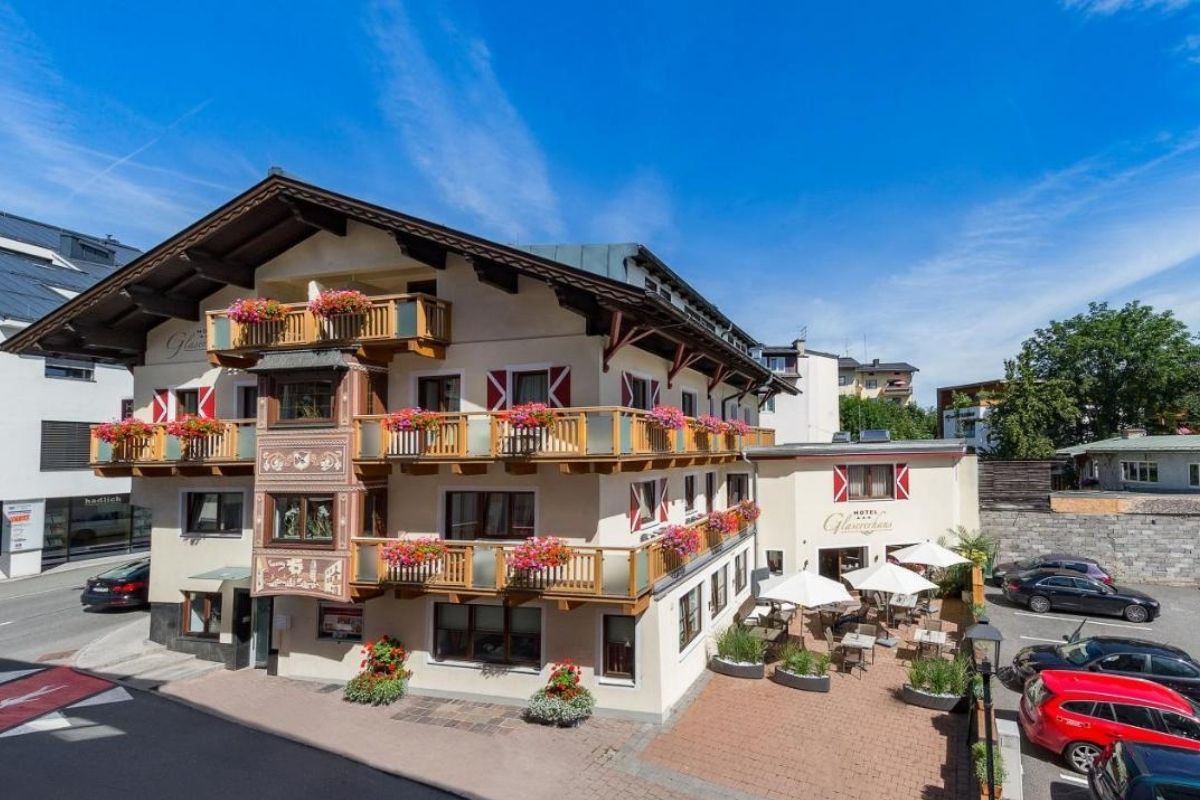
BUDGET – Hotel Glasererhaus
Just a 5-minute walk from the shore of Lake Zell in the heart of Zell am See, Hotel Glasererhaus offers individually furnished rooms, a wellness area, and free WiFi. Most rooms additionally come with a balcony featuring a seating area.
Day 8: Highlights of the Kaprun Valley
Today you will explore the attractions of the Kaprun Valley before returning to your Zell am See accommodation for a second evening.
Stausee Mooserboden
Driving time: 20 minutes (16.5 km/10 miles) from Zell am See-Kaprun to Kaprun Stauseen Parkhaus
Stausee Mooseroden is one of two high-altitude reservoirs and dams in the Kaprun Valley that resemble fjords. At 2,000 meters (6,562 feet) above sea level, the water is a startling shade of turquoise that contrasts against the circling cliffs and snow-capped peaks.
The dam wall at the Moserboden is 107 meters (351 feet) high and almost 500 meters (1,640 feet) long.
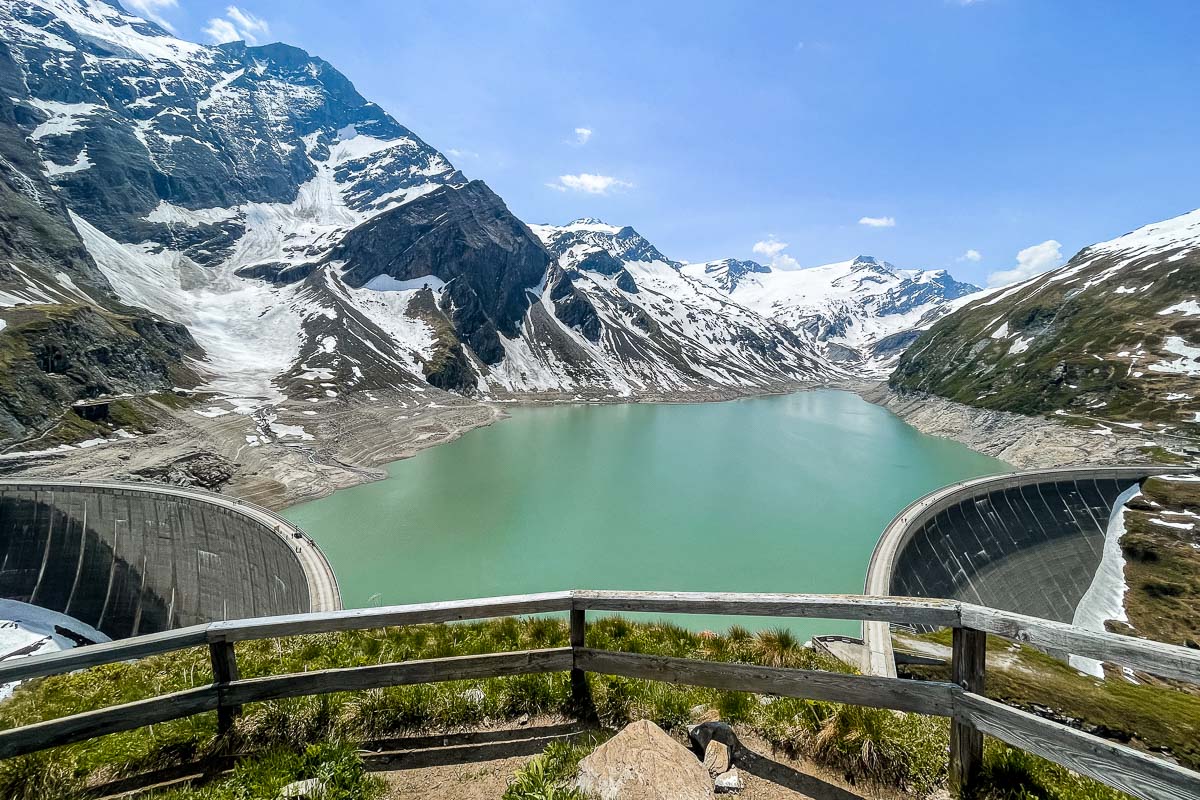
Unfortunately, you can’t drive all the way up to Stausee Mooserboden, so you’ll need to leave your car at Kaprun Stauseen Parkhaus (it’s free) and use the shuttle buses from there.
The parking house has 11 floors and if there’s enough free space, it’s worth driving all the way to the top because that’s the direction you’ll need to go in order to find the ticket office and the shuttle buses. If you park on the lower levels, you’ll need to climb up the stairs to get to the top of the parking lot.
Once you purchase your ticket, you’ll need to get on the shuttle bus which will take you to a very cool open-air lift. This is the largest open lift in Europe and it will take you up on the 431 meters (1,414 feet) incline within minutes.
After that, you’ll need to board another shuttle bus which will take you all the way to the reservoir. The whole process takes around 45 minutes and a return ticket costs €28 per person.
During your exploration, you can follow short hiking trails to get a full perspective on this dramatic landscape from the surrounding viewpoints. If you’re up for a challenge, you can also try some of the via ferrata routes but for that, you’ll need to have the proper gear.
If you want something easier, you can just hike up to the upper viewpoint which takes 10-15 minutes and it’s fairly easy. The route is quite narrow and steep so it’s best to wear sturdy shoes and watch out for your steps.
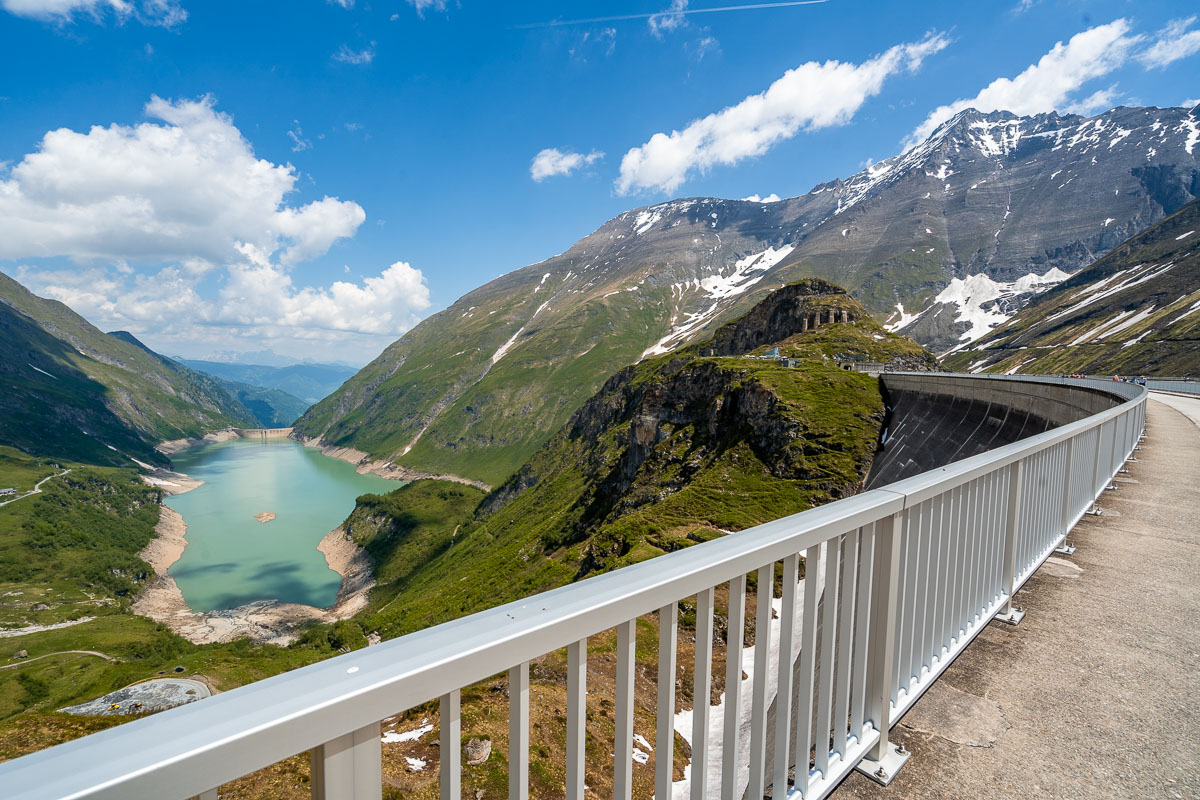
Sigmund-Thun Klamm
Driving time: 6 minutes (4.5 km/3 miles) from Kaprun Stauseen Parkhaus to Sigmund-Thun Klamm
Once you’re reunited with your rental you can drive 5 minutes along the road to the next attraction on your Austrian road trip itinerary.
Sigmund-Thun Klamm is a stunning ravine with an excellent wooden track that lets you walk past the water that thunders through the narrow chasm before culminating in a massive waterfall that falls like a veil.
You’ll find a couple of parking lots near Sigmund-Thun Klamm, the closest one is right at the crossing of Kesselfallstrasse and Klammweg. Once you park your car, you have to follow Klammweg and around 5 minutes later you’ll come across the ticket office which marks the entrance of Sigmund-Thun Klamm (an entrance ticket costs €6.50).
It takes around 20-30 minutes to go through the gorge and it’s important to note that the wooden track is one way only, you will have to take another road to get back to your car.
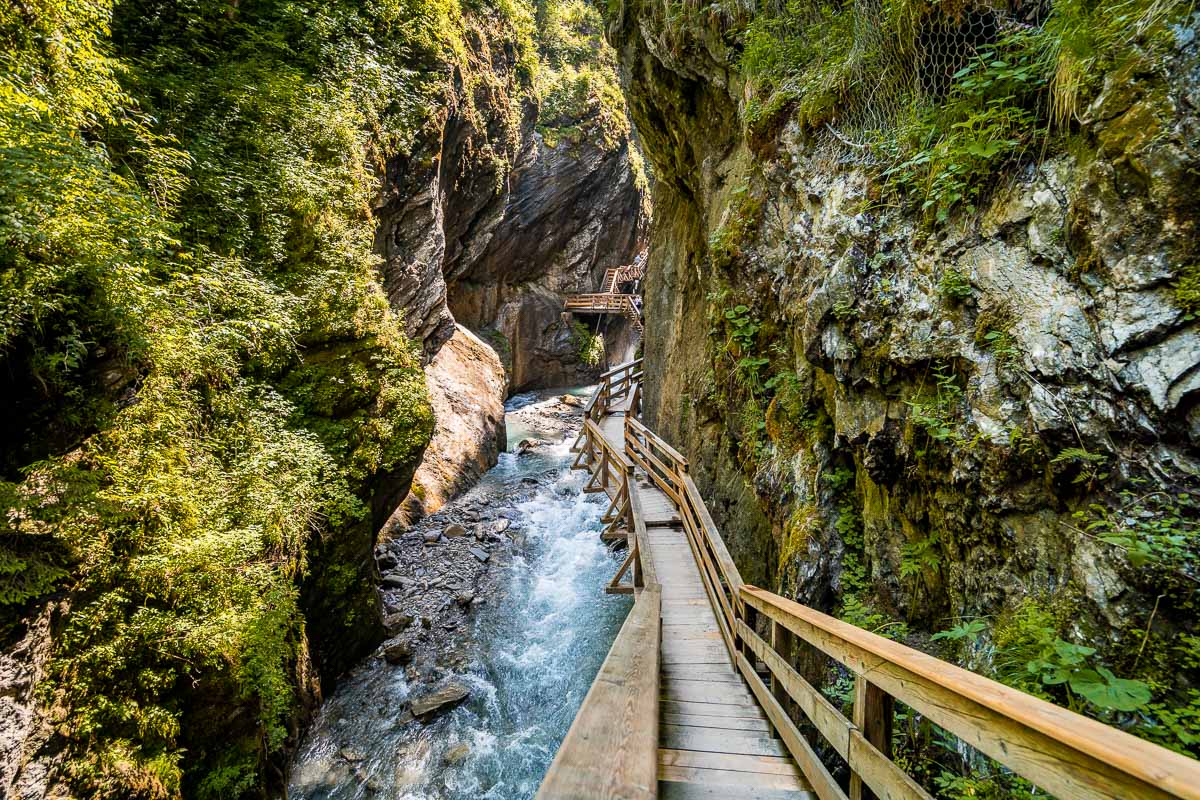
At the end of the trail you will reach another gorgeous lake called Klammsee that you can then complete a lap around. The lake is quite small and the trail around the lake is only 1.8 km (1.1 miles) so you can walk around the whole lake in 30 minutes.
All in all, you should factor around 1.5-2 hours to fully explore Sigmund-Thun Klamm and Klammsee together. There are few places where you can experience such an extraordinary spectacle of nature and it’s worth taking the time to complete the full route.
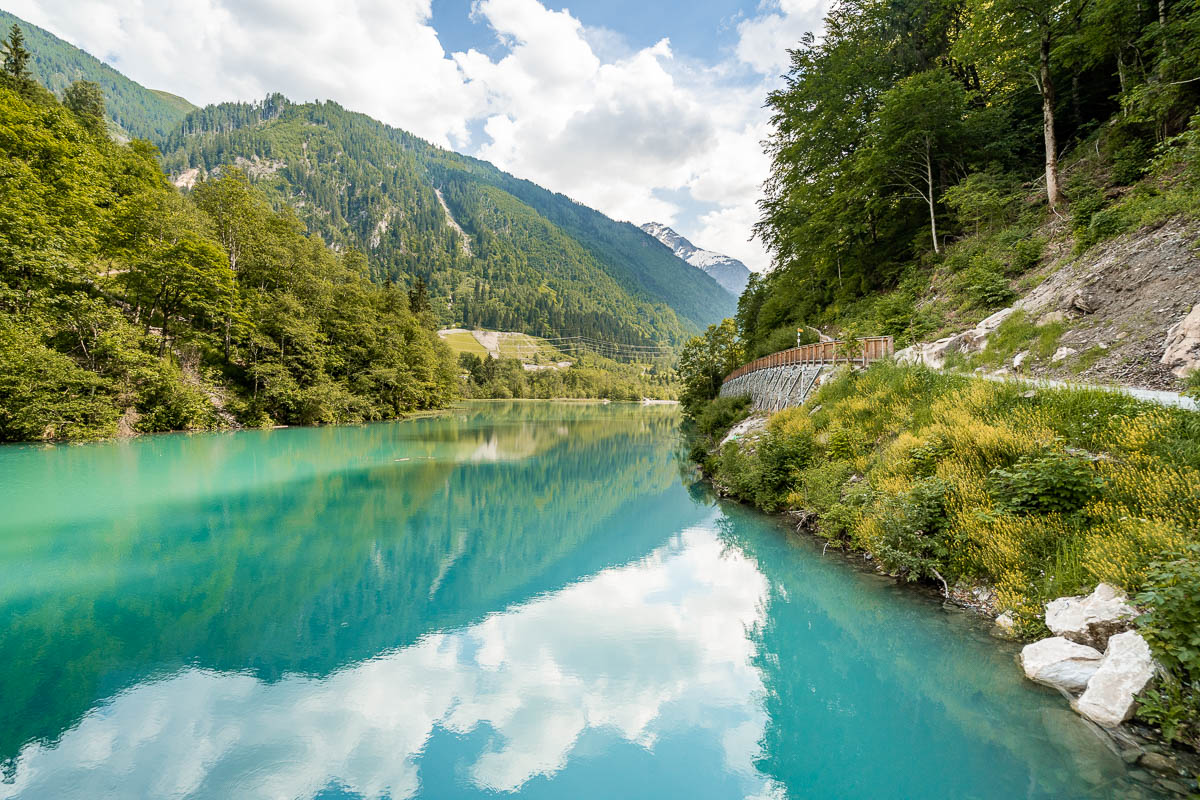
Alpine Coaster Maisiflitzer Kaprun
Driving time: 6 minutes (4 km/2.5 miles) from Sigmund-Thun Klamm to Alpine Coaster Maisiflitzer Kaprun
The next item on today’s agenda isn’t one for the fainthearted but it’s great fun! The Alpine Coaster Maisiflitzer Kaprun is essentially a rollercoaster combined with a toboggan.
Once comfortable in your two-seater sled, you will charge down the track reaching speeds of up to 40 km/h (25 mph), and screaming is fully acceptable.
The ride is open year-round and you can opt for a single ride for €14 or pay for 5 for €59.50.
Dinner at Mitterberghof Jausenstation
Driving time: 25 minutes (15 km/9.5 miles) from Alpine Coaster Maisiflitzer Kaprun to Mitterberghof Jausenstation, then 15 minutes (9 km/5.5 miles) back to Zell am See-Kaprun
After a fairly strenuous and hair-raising eighth day of your Austria road trip, you might just want to flop into your hotel bed. However, if you can summon the energy to drive a little bit more, this awesome restaurant is worth the 15-minute drive, especially on a balmy evening.
From the outdoor dining terrace, you can drink up views across the Kaprun Valley and Zeller See. Although, on overcast days you might be seated above the clouds!
You’ll find wholesome Austrian fare on the menu as well as an excellent variety of desserts. The restaurant is actually part of a family-run inn and you could even choose to stay here rather than in Zell am See if you prefer.
In case you’re not hungry or you have other dinner plans, it’s still worth driving up to the restaurant for the view alone.
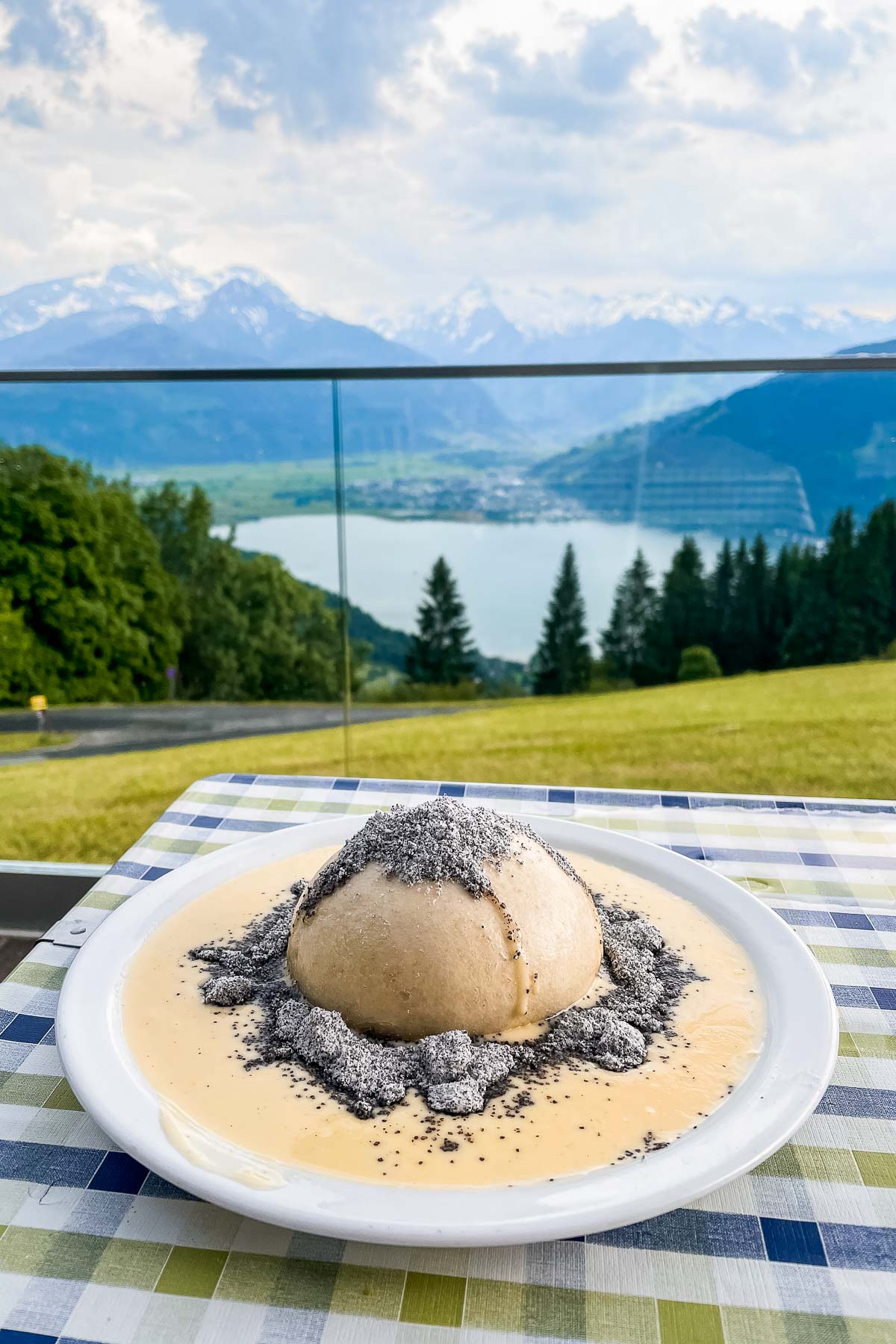
Day 9: Zell am See to Mayrhofen
The journey time from Zell am See to Mayrhofen via the below attractions is just shy of 2 hours, and the distance covered is 100 km (62 miles). You will need to book one night of accommodation in Mayrhofen for the penultimate evening of your Austria road trip itinerary.
Krimml Waterfalls
Driving time: 55 minutes (55 km/34 miles) from Zell am See-Kaprun to Krimml Waterfalls
If you were impressed by the ravine yesterday then just wait until you clap your eyes on what is said to be the highest and most powerful waterfall in Europe!
You’ll find plenty of parking lots near the Krimml Waterfalls, the closest one is P4 so if you find free space there, go for it! There is a small tunnel going under the main road right next to the P4 parking lot, you’ll need to follow this road to get to the ticket office.
An entrance ticket costs €10.20 and if you want to visit the nearby Water Worlds Krimml museum as well, you can purchase a combo ticket for €13.90.
The Krimml waterfalls tumble over several layers and you can decide how far you want to hike. The first viewpoint is accessible via a 15-minute walk from the parking and this alone is impressive.
However, if you want to walk all the way to the summit of the falls, it will take 2-2.5 hours to complete the 380 meters (1,250 feet) hiking trail, and then you’ll need to climb back down so factor in a 5-hour round trip. It does get steep and slippery due to the spray, so excellent hiking boots and a reasonable level of fitness are required.
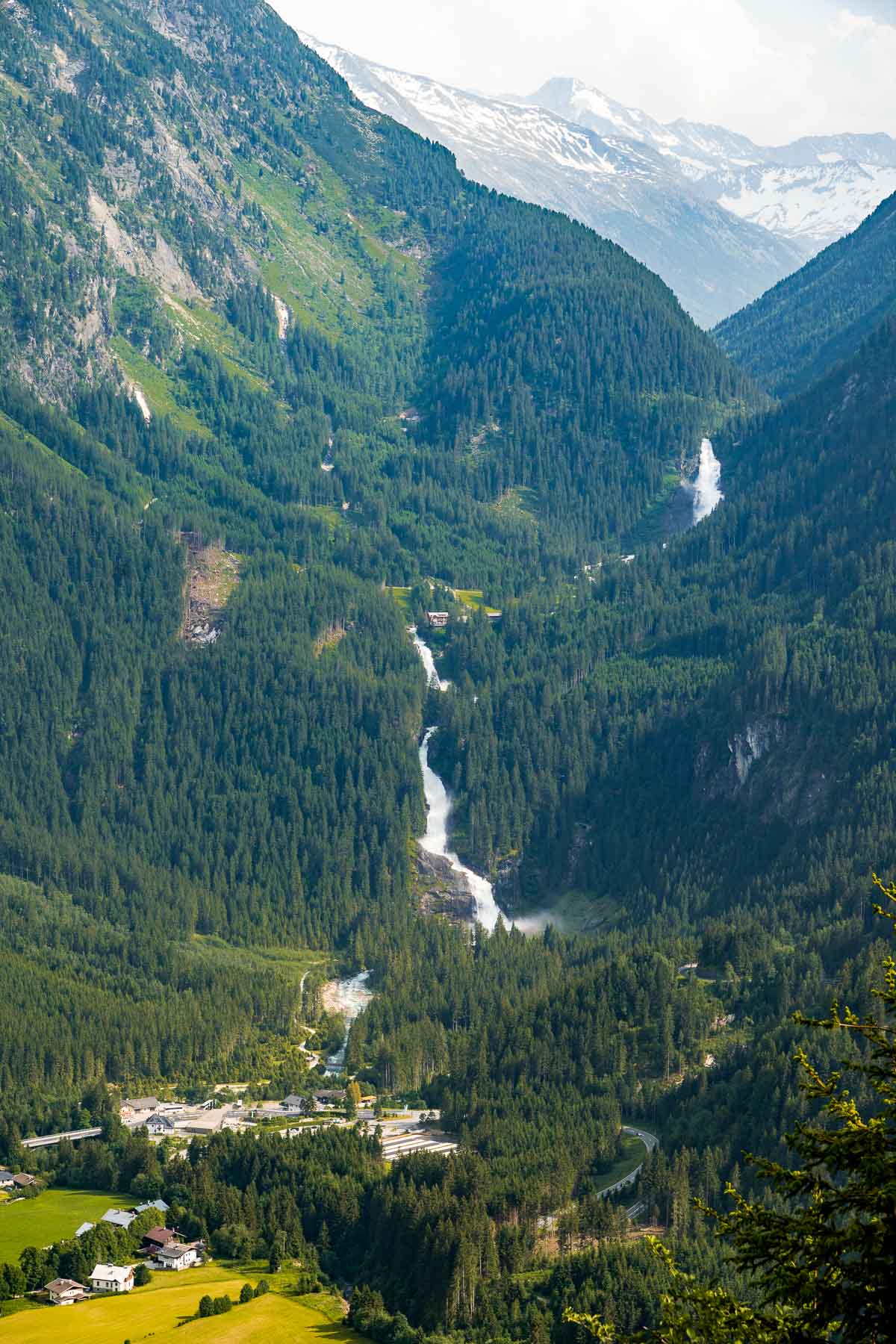
Driving time: 55 minutes (44 km/27 miles) from Krimml Waterfalls to Mayrhofen
After an intense morning, you can look forward to checking into your hotel in Mayrhofen and taking a leisurely afternoon. It’s a further hour to reach Mayrhofen from the waterfalls if you take Gerlos Strasse.
Since this is a private road, you’ll need to pay €11 per car for the road usage. Sometimes this road gets closed due to weather circumstances so it’s worth checking it in Google Maps in advance before you go in that direction.
If the road is closed or you don’t want to pay, you can take a detour and use another road to get to Mayrhofen, but it will take you 2 hour and 15 minutes this way.
Situated in the Zillertal Valley, in the province of Tyrol, Mayrhofen is another feeder town for the local ski resorts. You can ride the gondolas from the town up to the resorts where you’ll find loads of hiking trails if you have the energy, but the views are lovely on their own.
The Pfarrkirche Mayrhofen is a cute church and you can take a stroll along the river in town.
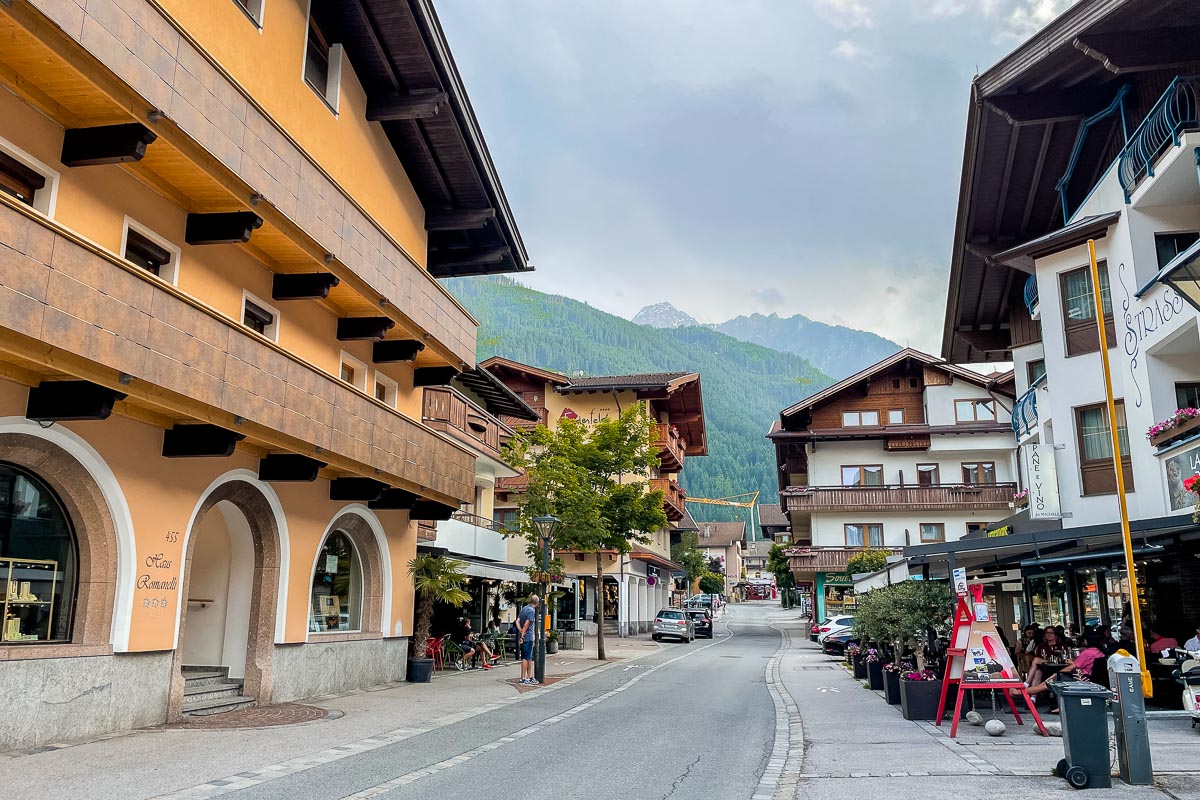
If you need a restaurant recommendation for dinner, check out Goldkind . They’re the number one restaurant in Mayrhofen according to TripAdvisor and let me tell you, they’re not wrong! The restaurant caters to everyone from vegans and vegetarians to meat lovers.
All the meals we tasted there were super delicious and the prices were reasonable as well (nothing too fancy or expensive). Give them a try, you won’t regret it!
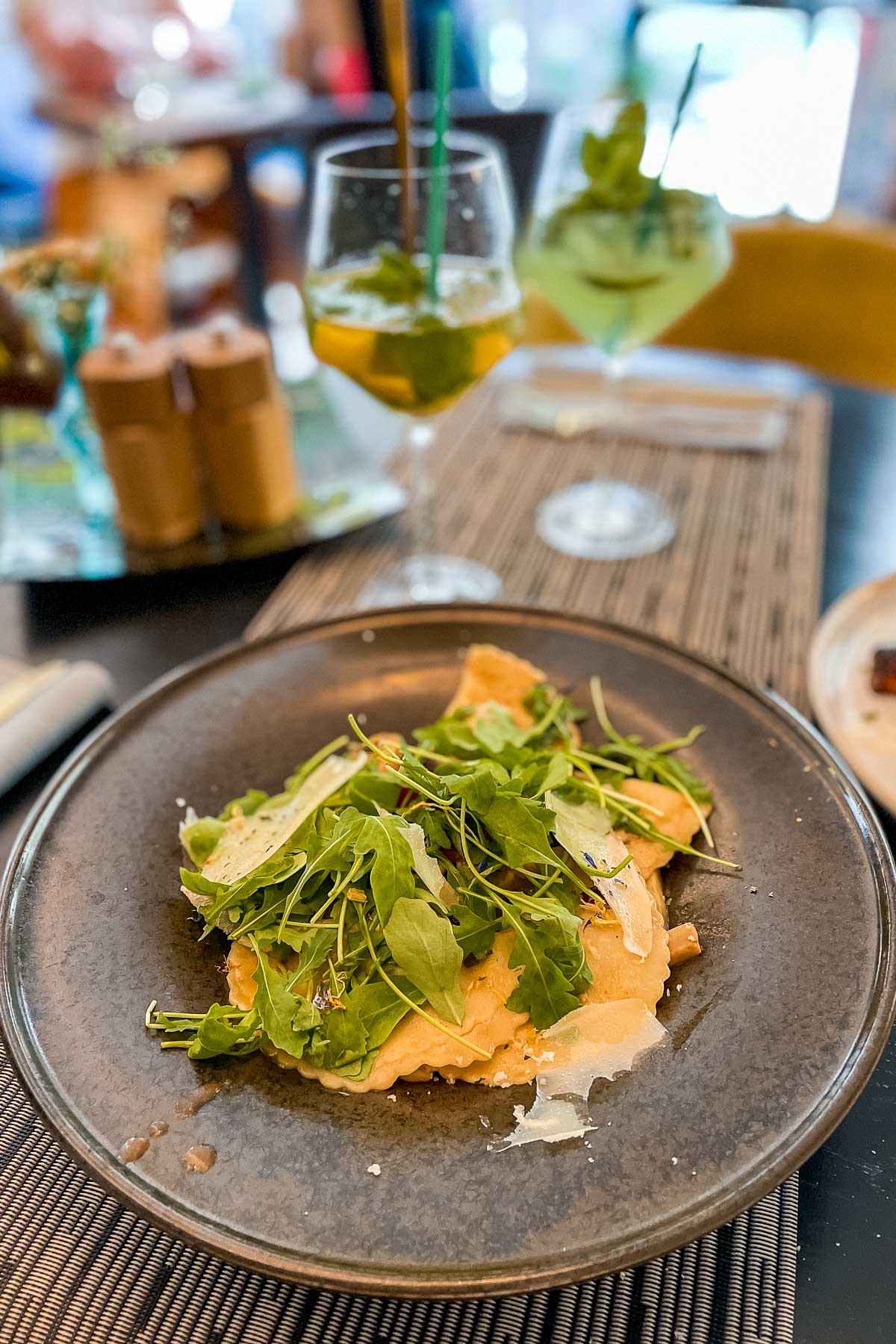
Where to stay in Mayrhofen
As a lively ski town, Mayrhofen features a good spread of accommodation options. The following places are all centrally located and provide free on-site parking which is perfect for your one night in Mayrhofen.
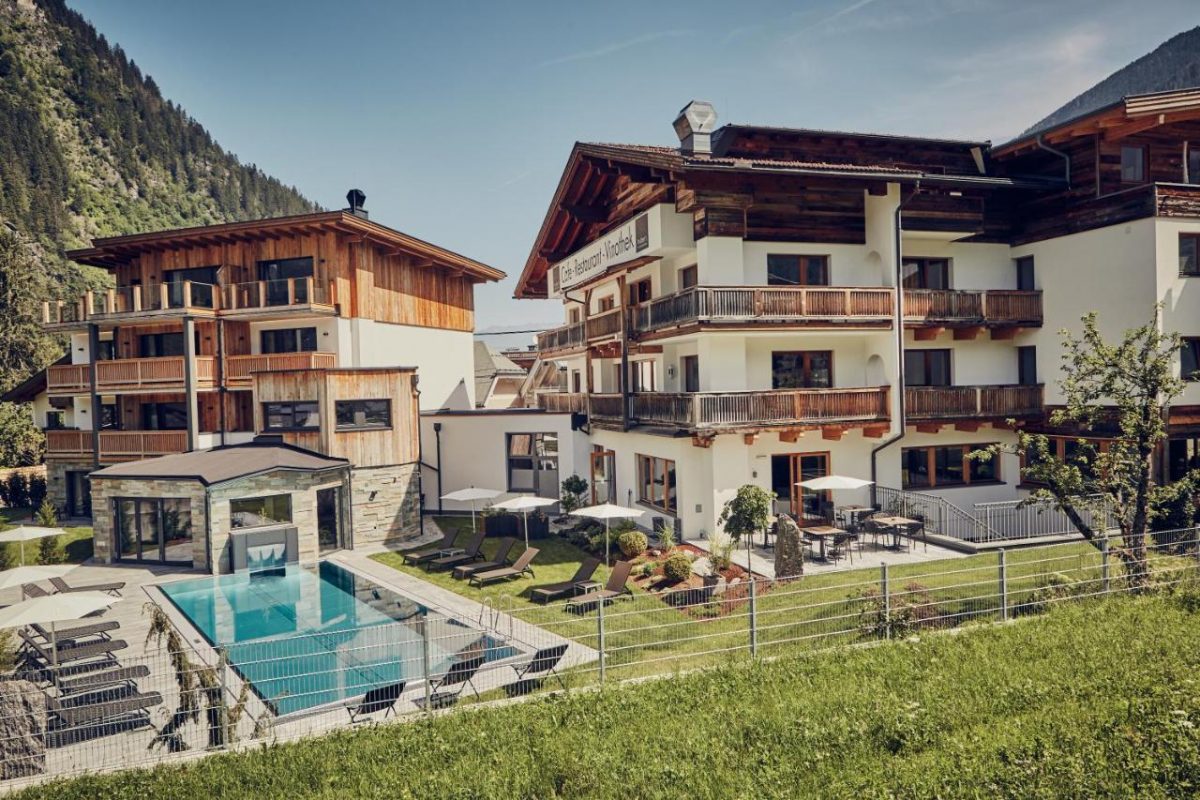
LUXURY – Huber’s Boutique Hotel
This stylish hotel comes with all the luxury trimmings including a pool, spa, and scrumptious breakfast. The top-tier suites feature idyllic freestanding bathtubs and spacious balconies.
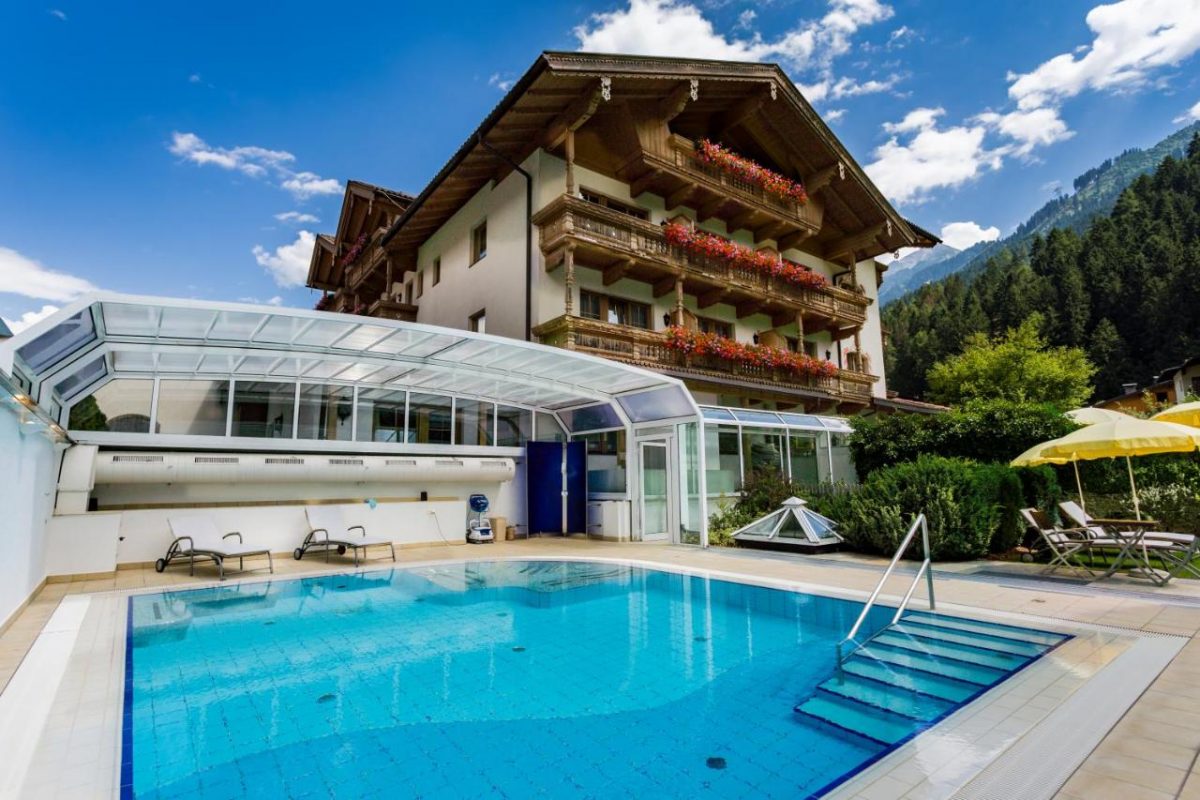
MID-RANGE – Gut Stiluppe
This beautiful lodge offers a spread of rooms and suites, including ‘Romantic’ and ‘Royal’ themed choices. There is a pool, sauna, spa, and garden terrace where you can unwind.
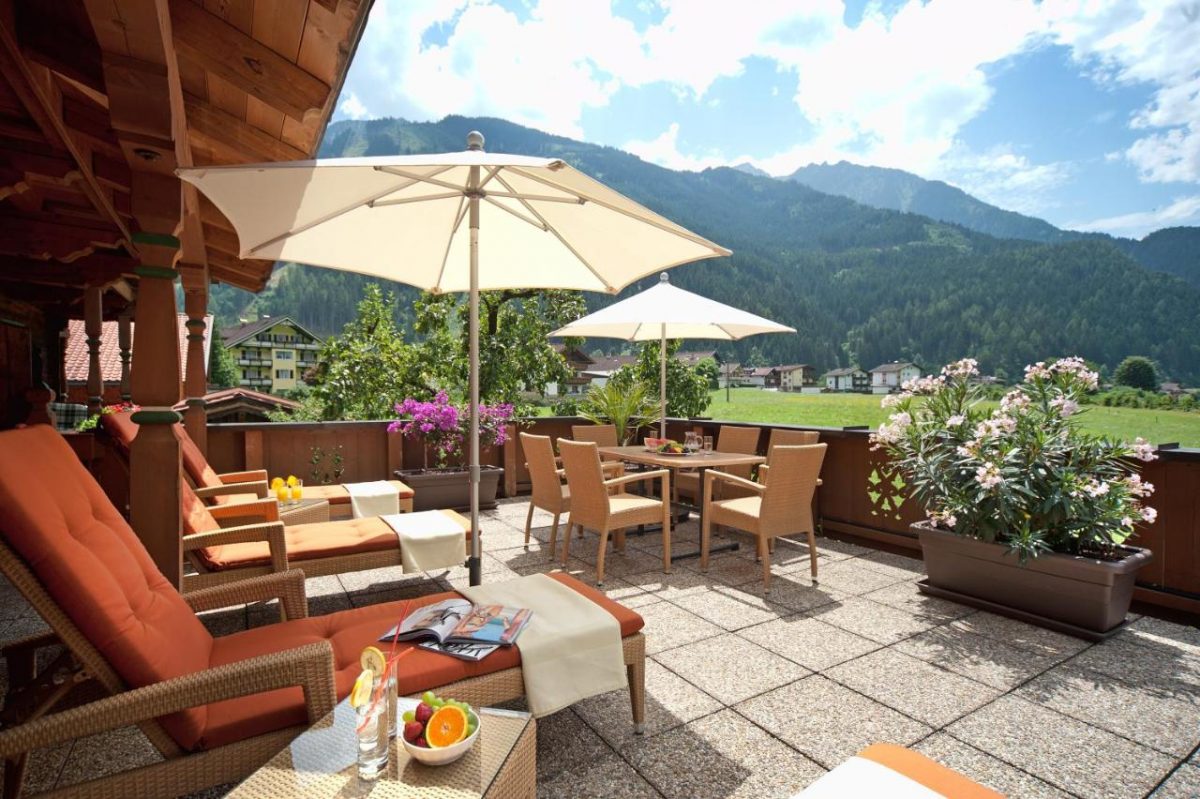
BUDGET – Brugger ApartHotel
Rooms at this inviting hotel are decorated in traditional Tyrolean style with wooden furnishings and feature a balcony, a private bathroom, and a seating area. Breakfast is included and the price is happily affordable.
Day 10: Mayrhofen to Innsbruck
Can you believe that it’s the final day of your Austrian road trip already? Today your final destination will be Innsbruck but first you’re going to take a little detour to reach one of the most epic viewpoints in Austria.
Once you get to Innsbruck, you’ll need to book a hotel for one night.
Olpererhütte
Driving time: 40 minutes (25 km/15.5 miles) from Mayrhofen to Parkplatz Schlegeis Stausee (Olpererhütte)
First up on the agenda today is a demanding hike up to Olpererhütte, a mountain refuge that sits 2,388 meters (1,273 feet) above sea level.
Olpererhütte is a 30-minute drive southwest of Mayrhofen. There is a parking lot marked as Parkplatz Schlegeis Stausee where you can leave your car as you tackle the Olpererhütte trailhead which starts a few minutes walk from the parking area.
This is another occasion where hiking boots are essential as the trail is steep and strewn with rocks and even some streams that trickle down the mountain which you’ll have to wade through.
The hike up will take between 2-2.5 hours and then you’ll need to make your way down carefully as well so you can factor in 4-5 hours for the whole hike. This is by far the most challenging hike on your Austria road trip itinerary but trust me, it’s so worth it for the views!
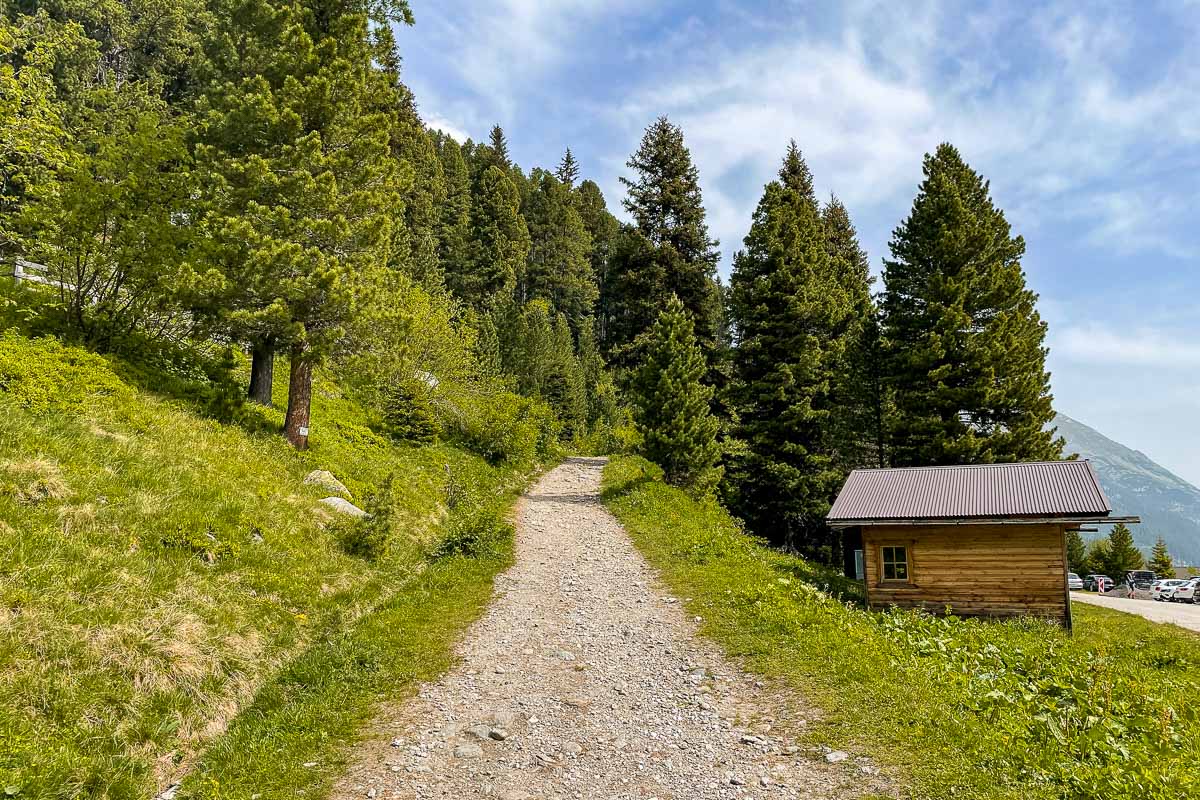
Once you reach the summit you are rewarded with breathtaking views of the landscape. You can appreciate the scenery from the Panoramabrücke Olpererhütte, which is a suspension bridge that overlooks the valley and turquoise Schlegeisspeicher down below. And of course, you can get a much-needed drink and snack at the hut.
If you do not fancy the hike then you can enjoy a more relaxing walk around the shore of Schlegeisspeicher, or even head straight to Innsbruck and spend longer there.
Ps: Before you think I’m crazy, I just wanted to let you know that I obviously did not hike up to Olpererhütte in a skirt! I was wearing proper hiking shoes with leggings and a top and I just changed to this red skirt at the bridge for the photos. Don’t underestimate this hike and please don’t try to complete it in pretty dresses!
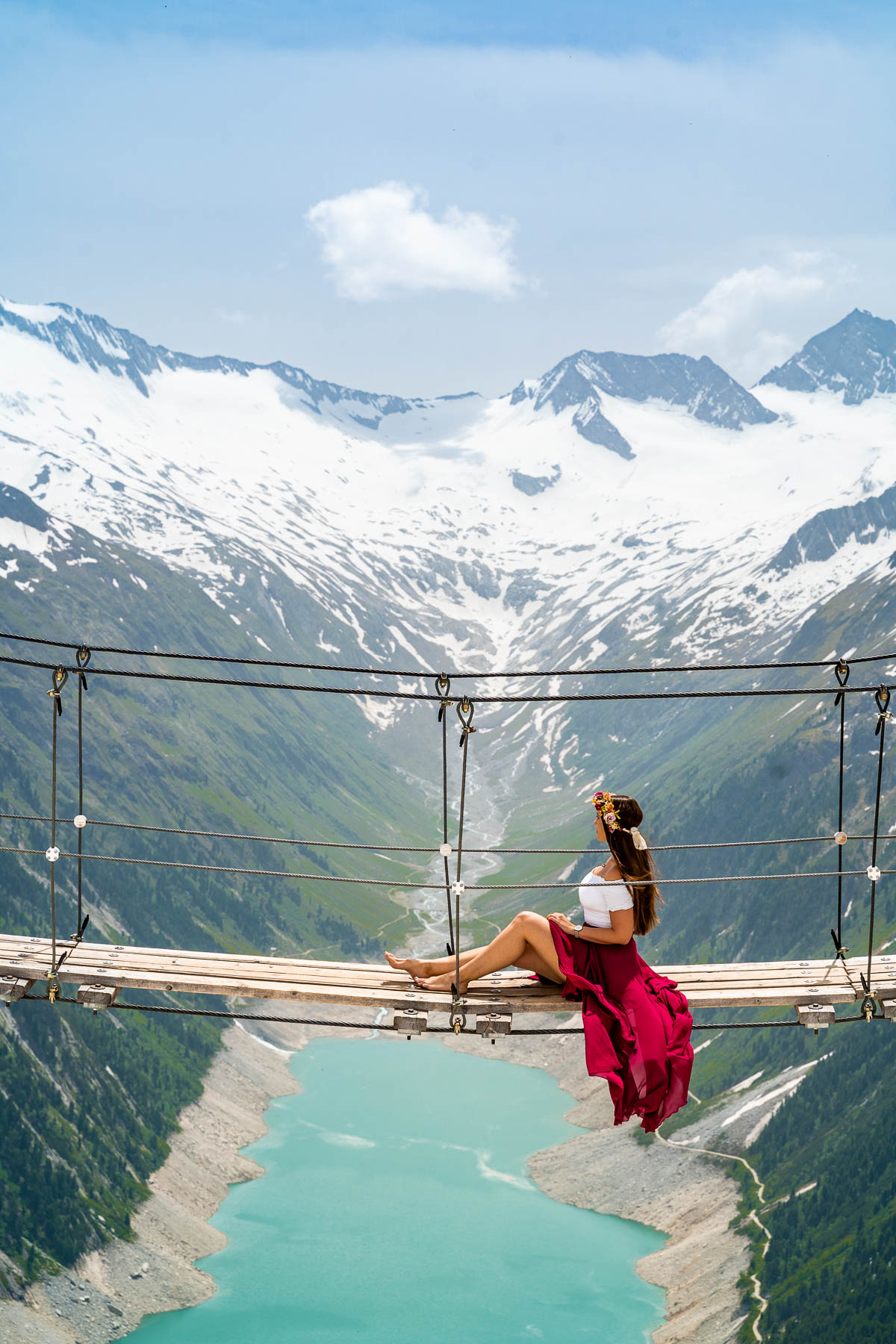
Driving time: 1 hour and 40 minutes (92 km/57 miles) from Parkplatz Schlegeis Stausee (Olpererhütte) to Innsbruck
The final destination on your Austria road trip (or first, if you’ve flipped the itinerary) is the colorful city of Innsbruck, the capital of the Tyrol province. Most of the touristic attractions are situated within the Altstadt (Old Town) and you will find monuments, museums, and restaurants galore here.
Notable sights include the 16th-century palace, the Hofburg, and the Roman-style Triumphpforte which was erected in 1765. You can walk along the River Inn or hire a bicycle while a series of cable cars whisk you away high into the Nordkette mountain range which is situated in the Karwendel Nature Park.
If you completed the whole Olpererhütte hike then you’ll probably feel super tired so I recommend just casually strolling around the Old Town and finding a great restaurant for dinner.
My personal recommendation is Gasthof Goldener Adler, which is allegedly the oldest restaurant in Innsbruck. They have a really nice terrace right in the heart of the historic old town and their menu is full of authentic Austrian delicacies.
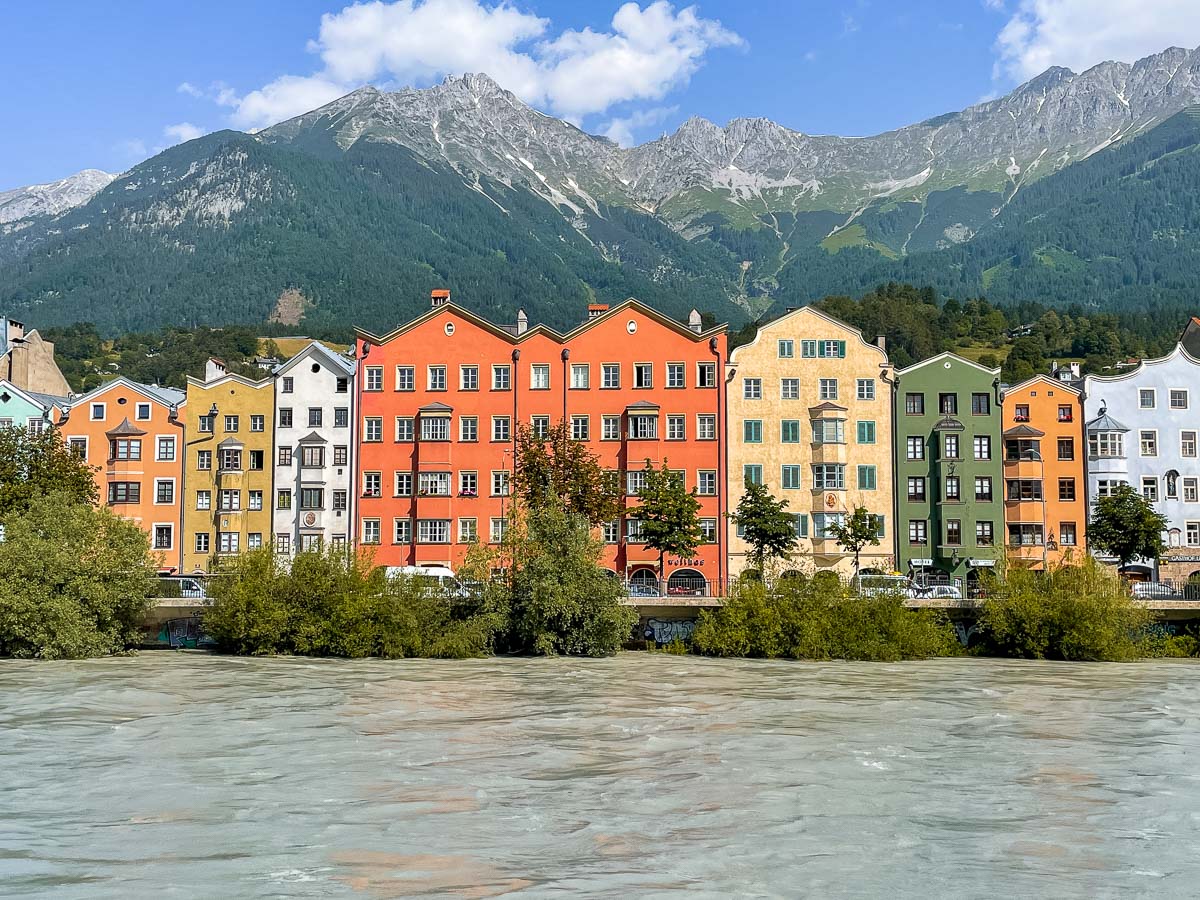
Where to stay in Innsbruck
Innsbruck is teeming with budget-friendly and luxury hotels and you can find decent deals in the city or elect to stay further afield if you are keeping your rental for the final night. Here are my top picks for where to stay in Innsbruck.
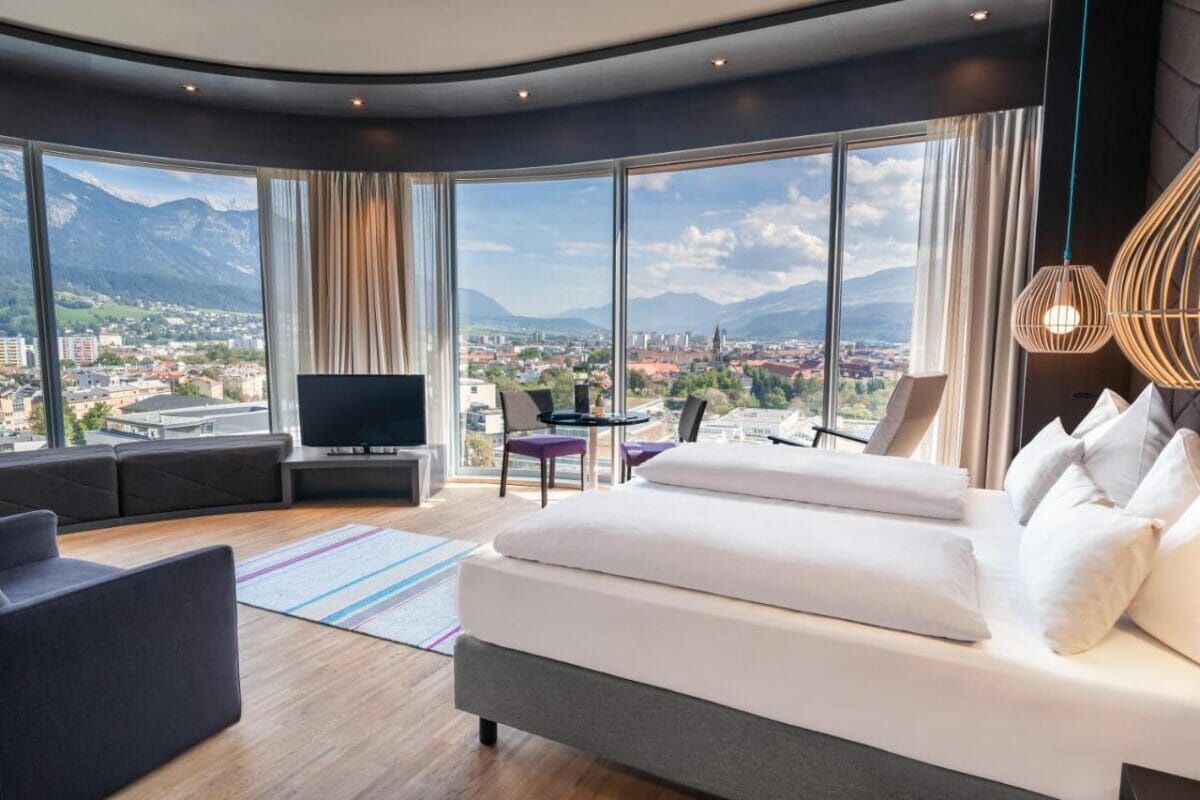
LUXURY – aDLERS Hotel Innsbruck
Being the tallest hotel in Innsbruck, aDLERS Hotel Innsbruck offers a breathtaking panorama from its stylish rooms. There is also a spa area on the 11th floor and guests can dine at the Panorama Restaurant and Bar on the 12th floor.
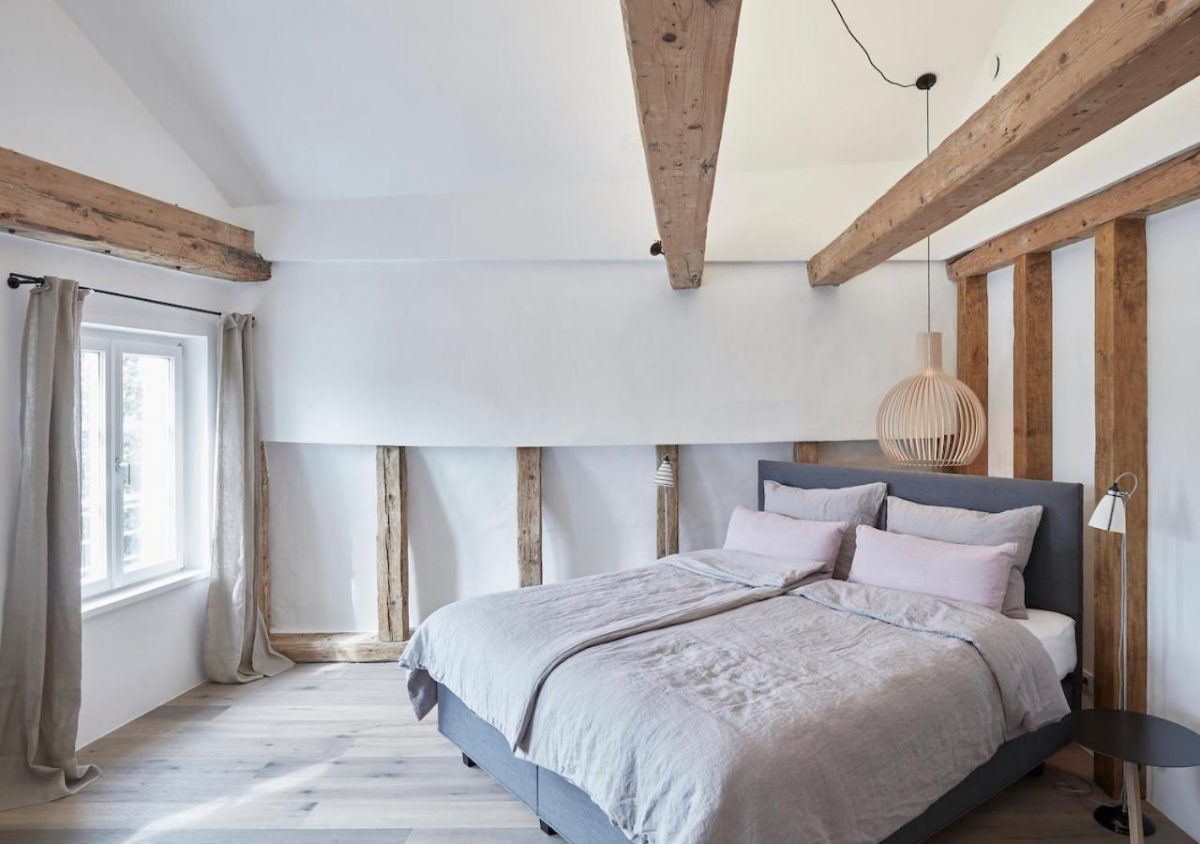
MID-RANGE – Faktorei
Sophisticated rooms weave minimalism with a rustic touch and a number are equipped with a balcony. On site you will find a bohemian cafe and a lovely bar where you can toast the end of your trip!
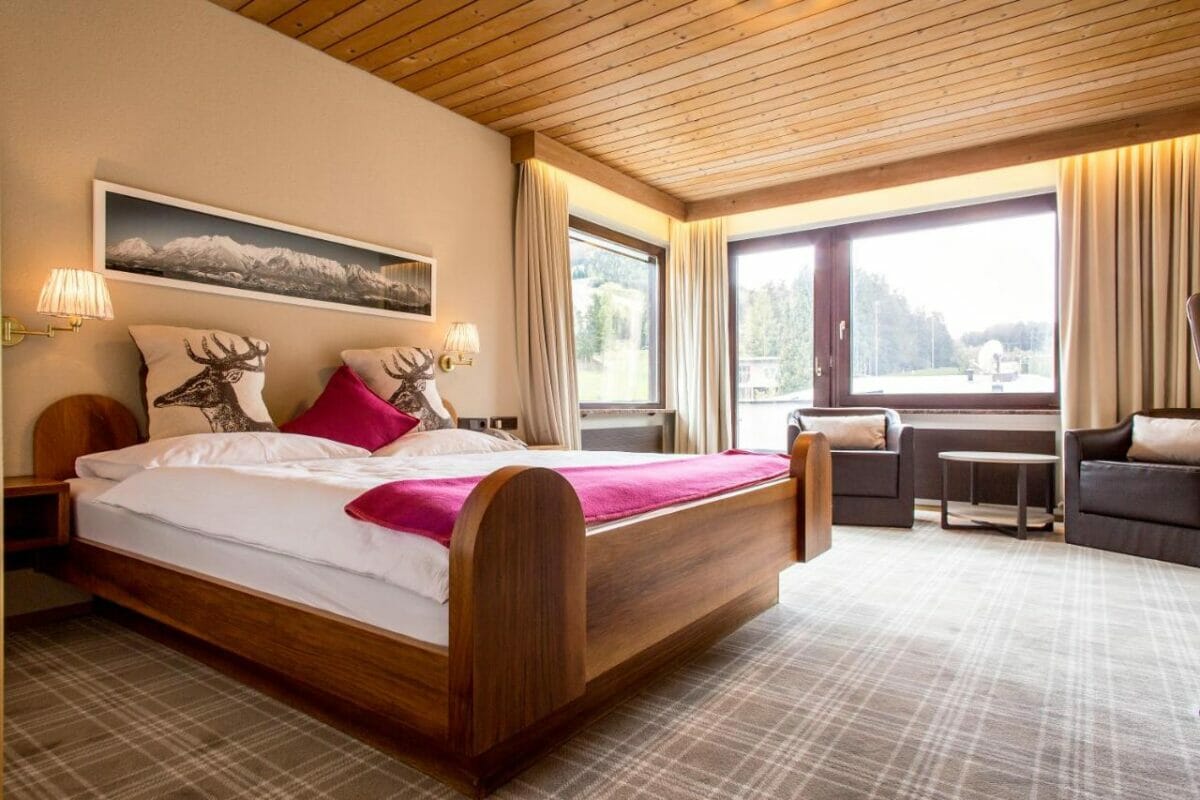
BUDGET – Hotel Garni Römerhof
Combining modern facilities with a traditional style, Hotel Römerhof enjoys a quiet location only 8 km from the center of Innsbruck. Stylish rooms offer amazing views of the surrounding woods and meadows and there is also a spa area on site.
Planning a trip to Austria?
Then you might want to take a look at all our other travel guides about Austria. I promise, they are just as awesome as this article was!
- Where to Stay in Vienna: 7 Best Areas & Hotels
- 2 Days in Vienna Itinerary: The Perfect Weekend in Vienna
- 19 Stunning Vienna Instagram Spots You Can’t Miss
- How to Spend One Day in Salzburg, Austria
- One Day in Hallstatt Itinerary: The Perfect Hallstatt Day Trip
- Hotel Review: Das Edelweiss Salzburg Mountain Resort
- Hotel Review: Hotel Post Lermoos, Austria
Pin It for Later!
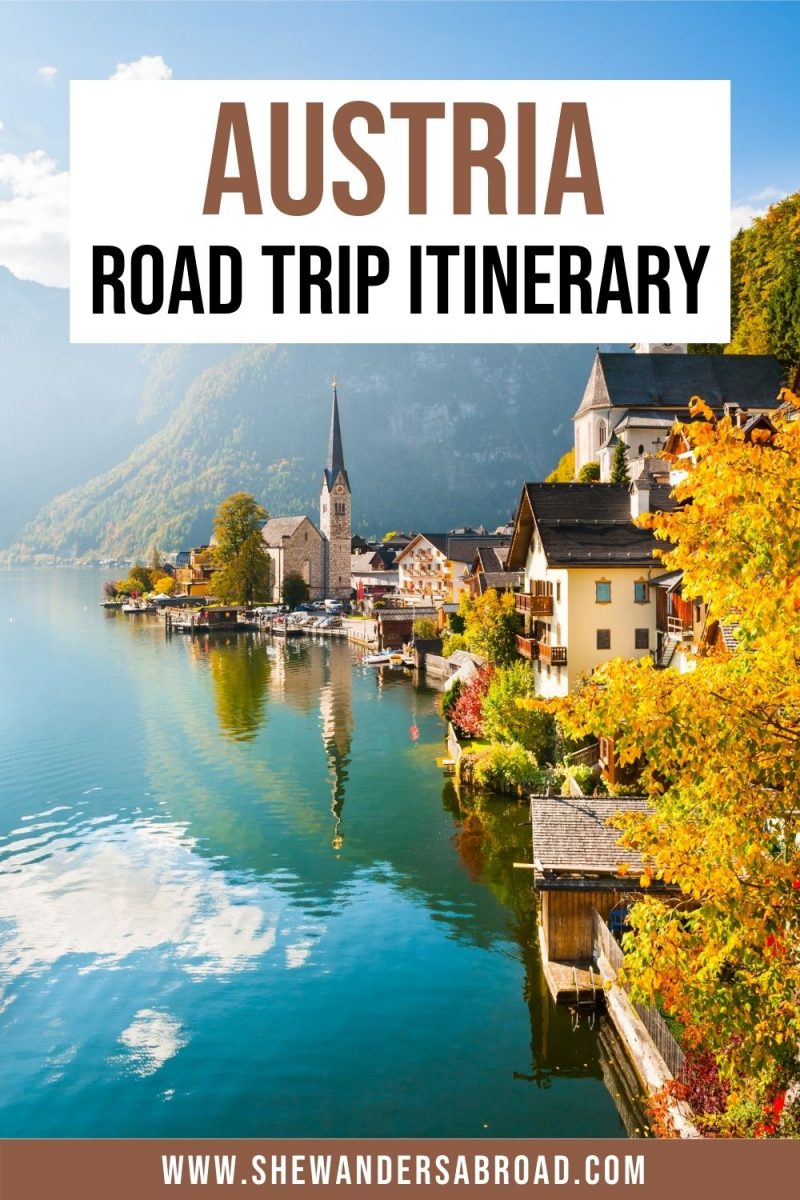
8 thoughts on “The Perfect 10 Day Austria Road Trip Itinerary”
Hi, we are planning to visit Austria from 26 Nov- 3rd Dec and kind of follow this itinerary. However, could you please tick-off routes and places to be avoided during this time of the year?
I’ve never been to Austria during that time of year so unfortunately I don’t have any first hand experience to help with.
Some good advice but all of these places can be visited by train without adding to green house gasses. I can only hope that this ridiculous trend of travel bloggers posing in long dresses and skirts is dead soon. Seriously, posing in a flowing dress on a hanging bridge or hiking trail just distracts from your articles. It also clogs up travel spots for the rest of us travelers as we have to wait around while you get the perfect photo. Isn’t this blog to serve other travelers? Help with our trips? You’re doing the opposite. Please. Just stop.
Well, yes, most of these places can be visited with a train but then you’ll need a lot more time and wouldn’t be able to complete this itinerary in 10 days. But if you have more free time, go for it! I’m sorry if the pictures bothered you but at the end of the day, did you find the information on this blog helpful? Did it help you to plan your trip? If yes, you are welcome, if you found it useless, then you can just click away and read another blog. I don’t think that by sharing some pictures I like makes the article unhelpful but again, sorry if you feel that way.
Hi! I have been to Austria a few time and I still learned a lot from this blog. Some I have done before and I totally agree with your suggestions so I trust the many suggestions and ideas that I have not heard of or tried. Thank you for your thorough research and clear, well thought out itinerary. I picked and chose what I liked from it and will definitely use it on my trip in May. Really great job. Glad I came across your page. Thank you. Thank you!
Thank you so much for your lovely comment, it really means a lot and I’m so happy I was able to help you plan your trip. Have fun in Austria in May!
Can You tell me please which time have you visited. Because the flow of waterfalls is insane. To witness the same experience I’m asking your travel month. And yes i love your article so much that everyday i come and read your blogs.
Sure! We’ve been to Austria multiple times but most of these photos were taken on a road trip in the middle of June. Hope that helps!
Leave a Comment Cancel reply

18 Top-Rated Tourist Attractions in Austria
Written by Bryan Dearsley Updated Mar 21, 2024
Austria, one of Europe's most popular holiday destinations, attracts tourists year-round with places to visit in both summer and winter. In fact, with some of Europe's finest skiing , winter is almost as busy as summer in the country's spectacular mountain regions.
Visitors are drawn as much for the scenic beauty of this Alpine republic's provinces as they are for splendid cities like Vienna (Wien), the historic capital, and beautiful Salzburg , birthplace of Wolfgang Amadeus Mozart.
One of Europe's smallest countries, Austria is predominantly a nation of upland areas and high mountains, with the Eastern Alps occupying a good 60 percent of its territory. The River Danube flows for about 350 kilometers from west to east through the northern part of the country, adding to its allure as a tourist destination.
Find the best sightseeing opportunities and things to do with this list of the top tourist attractions in Austria.
1. The Vienna Hofburg: Austria's Imperial Palace
2. salzburg altstadt, a unesco world heritage site, 3. the spanish riding school, vienna, 4. schönbrunn palace, vienna, 5. innsbruck's hofburg and hofkirche, 6. melk benedictine abbey, 7. hallstatt and the dachstein salzkammergut, 8. skiing at kitzbühel and kitzbüheler horn, 9. belvedere palace, vienna, 10. medieval burg hochosterwitz, 11. the grossglockner road to franz-josefs-höhe, 12. st. stephen's cathedral in vienna, 13. klosterneuburg abbey and the verdun altar, 14. maria saal cathedral, 15. krimmler ache: austria's tallest waterfalls, 16. eisriesenwelt: the world of the ice giants, 17. the styrian armoury (landeszeughaus), 18. old town innsbruck & the golden roof, map of tourist attractions in austria, best time to visit austria.
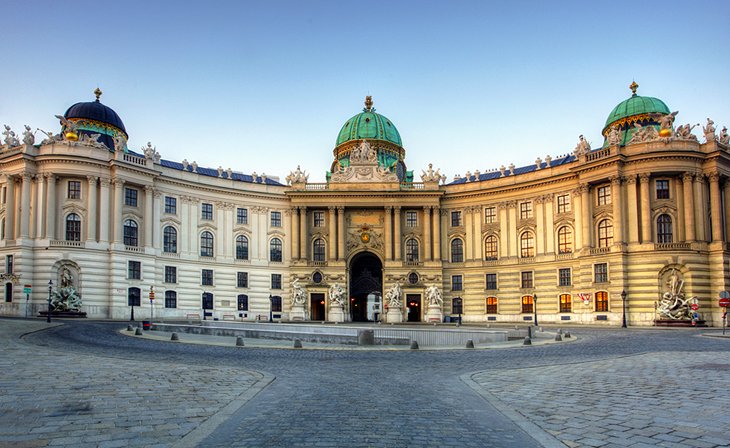
The spectacular Hofburg Palace in Vienna was for centuries the seat of Austria's monarchy, the powerful Habsburgs. Visiting this palace is one of the top things to do in Austria .
Now the President conducts state business in the same rooms that once belonged to Emperor Joseph II. Nearly every Austrian ruler since 1275 ordered additions or alterations, resulting in many different architectural influences, including Gothic, Renaissance, Baroque, Rococo, and Classicism.
Together with its many attractive squares and gardens, the entire Hofburg complex occupies 59 acres encompassing 19 courtyards and 2,600 rooms. Highlights of a visit include the Imperial Silver Collection and an array of dining services giving a taste of the lavish imperial banquets that once took place here.
Also worth seeing are the Sisi Museum , focusing on the life and times of Empress Elisabeth, and the Imperial Apartments , a series of 19 rooms once occupied by Emperor Franz Joseph and his wife.
Address: Michaelerkuppel, 1010 Vienna
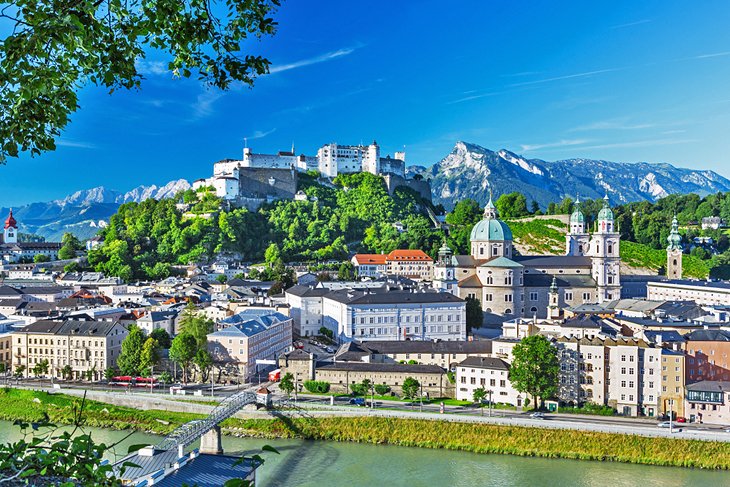
As the residence of Prince Archbishops, Salzburg was a spiritual center from the earliest days of Christianity in Europe. The Benedictine Abbey of St. Peter, in the heart of the Altstadt (Old Town) was founded by St. Rupert in AD 690 and served as the residence of the Archbishops until the early 1100s.
The Prince Archbishops employed some of the finest artists and architects of their times to build and decorate their churches, residences, and monasteries, and although these have been "updated" in the tastes of successive centuries, the medieval and Baroque buildings combine to form a beautiful old quarter to explore.
Highlights are St. Peter's Abbey and its church, along with the beautiful cemetery and its catacombs, instantly recognizable as a filming site for The Sound of Music .
Nearby is the cathedral, and wandering among its colorful Baroque burgher houses, you'll find charming squares and attractions that include the birthplace of Wolfgang Amadeus Mozart, now a museum. Above the beautiful spires and cupolas soars Salzburg's castle of Hohensalzburg, which you can reach by a funicular.
- Read More: Top-Rated Tourist Attractions & Things to Do in Salzburg
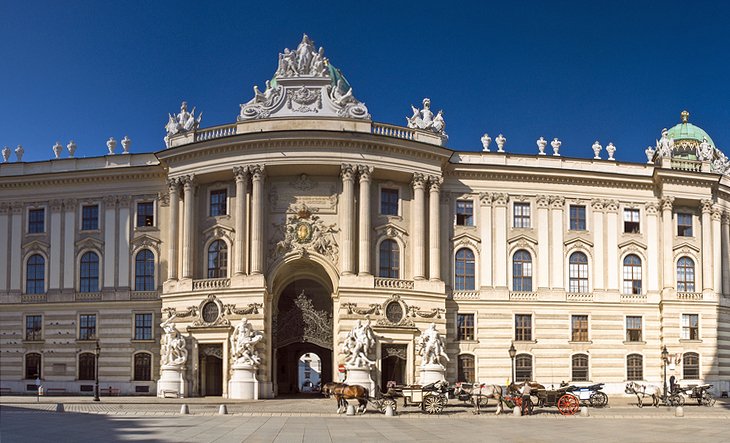
The Spanish Riding School dates back to the time of Emperor Maximilian II, the man responsible for introducing the famous Lipizzaner horses into Austria in 1562.
Today, it's one of the only places where the classical style of riding preferred by aristocracy is still practiced. Viewing the famous equestrian displays in the Baroque Winter Riding School – held here since the time of Charles VI – is one of the top things to do in Vienna .
Built in 1735, the magnificent hall was designed for the nobility to demonstrate their riding skills. Tickets to watch these magnificent animals perform their ballet are highly sought after, so book online as far in advance as possible.
Address: Michaelerplatz 1, 1010 Vienna
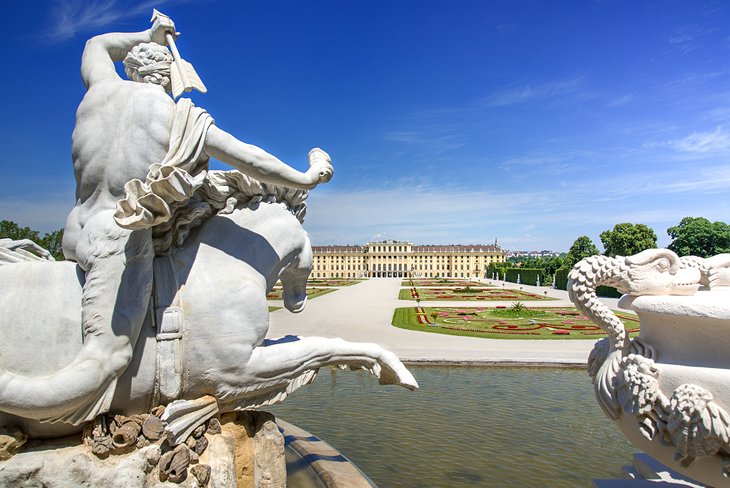
Located on Vienna's outskirts, the Baroque Schönbrunn Palace was completed in the early 1700s and was later converted into a summer residence by Empress Maria Theresa.
Highlights of a tour through the 40 rooms of the palace that are open to the public are the Royal apartments, the Great Gallery with its ornate ceiling paintings, the Million Room, and Maria Theresa's salon with its carved and gilded rosewood panels. You'll also see the spectacular Hall of Mirrors, with its gold Rococo-framed mirrors. Behind the 1,441-room palace stretch 500 acres of parks and gardens, also in the 18th-century Baroque style.
Your visit to Schönbrunn should include the many attractions spread throughout these grounds: formal gardens; a labyrinth; the Palm House, filled with tropical and exotic plants and butterflies; an Alpine garden with a farmhouse; Europe's oldest zoo; and the Classical Gloriette, a grand marble structure crowning a hill above the gardens.
A carriage museum in the former Winter Riding School displays dozens of historical state coaches and sleighs. The entire palace and gardens complex is a UNESCO World Heritage Site.
Address: Schönbrunner Schloßstraße 47, 1130 Vienna
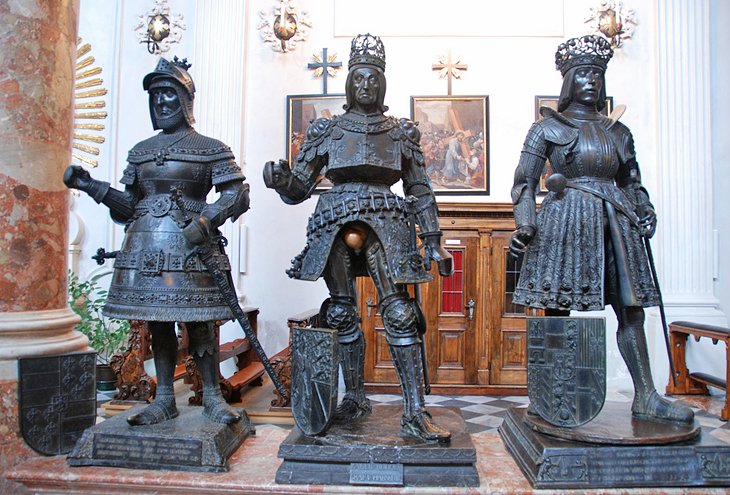
The Emperor Maximilian I, who reigned in the late 1400s and early 1500s, made Innsbruck the main residence and the seat of the Hapsburg government and, as a result, a focal point of Europe. His palace, the Hofburg, was remodeled by Empress Maria Theresa in 18th-century Baroque and Rococo styles. Highlights of a tour are the chance to view the sumptuous royal apartments, the marble Giant Hall (Riesensaal), and the painted ceilings throughout.
The highlight of the Hofkirche, or Court Church, is the spectacular Tomb of Emperor Maximilian I, who died in 1519. Widely considered the finest work of German Renaissance sculpture, the monument's central feature is the massive black marble sarcophagus with a bronze figure of the Emperor. On the sides of the sarcophagus are 24 marble reliefs depicting events in the Emperor's life, and around it stand 28 larger-than-life-size bronze statues of the Emperor's ancestors and contemporaries (look out for King Arthur).
Other pieces of sculpture include 23 bronze statues of saints from the Habsburg family and 20 bronze busts of Roman emperors.
Address: Rennweg 1/3, 6020 Innsbruck
- Read More: Top Tourist Attractions in Innsbruck & Easy Day Trips
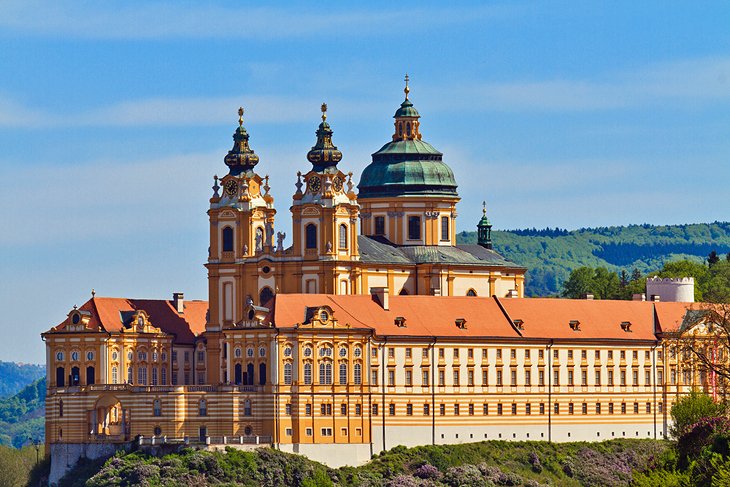
Melk Abbey is one of the world's most famous monastic sites, and its spectacular buildings are laid out around seven courtyards. The most prominent part of this massive 325-meter-long complex is the west end and its twin-towered church rising above a semicircular terrace range.
Perched on a rocky outcrop high above the town of Melk and overlooking the Danube, the abbey contains numerous other great reasons to spend a few hours touring it. These include the tomb of Saint Coloman of Stockerau; the remains of Austria's first ruling family; the House of Babenberg; and the superb 196-meter-long Imperial Corridor with its portraits of Austria's rulers, including one of the Empress Maria Theresa.
Along the way, you'll also see the Imperial Rooms with their displays relating to the abbey's history, along with statues and paintings.
Address: Abt-Berthold-Dietmayr-Straße 1, 3390 Melk
- Read More: Top-Rated Tourist Attractions in Melk
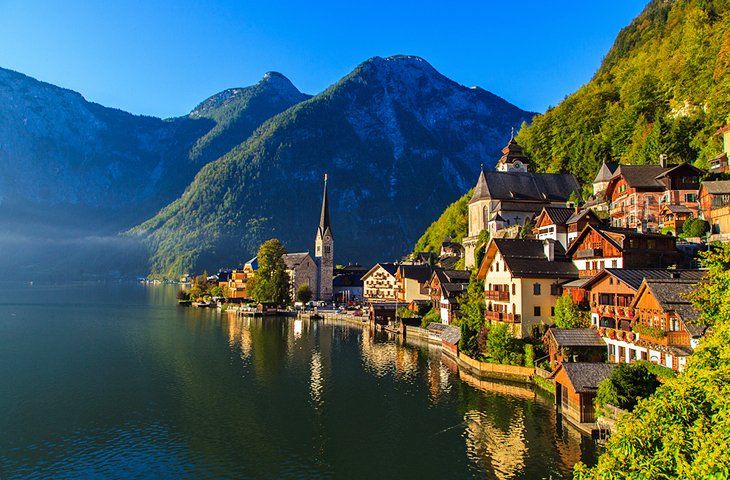
Hallstatt is undoubtedly one of the most picturesque small towns in Austria, if not Europe. It's also a good place from which to explore the spectacular Dachstein Salzkammergut region, a UNESCO World Heritage site.
The beautiful Baroque architecture testifies to Hallstatt's wealth, which is based on its long history of salt production from prehistoric times.
You can also visit the underground salt lake in the nearby Hörnerwerk cavern, or explore the Dachstein Caves , one of Europe's most impressive cavern networks, which are, in places, up to 1,174 meters deep. Highlights include the Giant Ice Cave , with its sub-zero summer temperatures and huge caverns with magnificent frozen waterfalls, and the Mammoth Cave , with its huge pipe-shaped galleries formed by an ancient underground river.
Above ground, visitors can tackle the superb 5 Fingers viewing platform, an incredible metal structure hanging over a 400-meter sheer drop with excellent views of the surrounding Alps.
- Read More: Top Tourist Attractions in Hallstatt and along the Hallstätter See
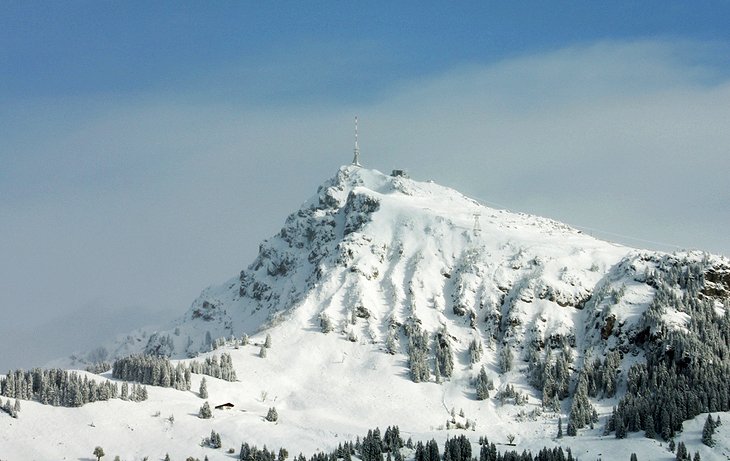
One of the best places to ski in Austria , the famed resort town of Kitzbühel spoils snow lovers with its 170 kilometers of skiable pistes and slopes dotted with little mountain huts, where they can stop for traditional Alpine snacks and warming drinks.
Although it's the site of the annual Hahnenkamm, the toughest of all downhill ski races, Kitzbühel has plenty of terrain for all skill levels in its three skiing areas, and the smallest of these, Bichlalm, is dedicated to freeriders.
But Kitzbühel is not just for skiers. With its walls and frescoed houses, and snow-covered Alps for a backdrop, the town is as pretty as Alpine villages get.
The 1,998-meter Kitzbüheler Horn that delights skiers in the winter is a favorite for mountain hikers in the summer, and you can also reach the summit by cable car via the Pletzeralm. It's considered one of the finest summit views in the Tyrol: to the south from the Radstädter Tauern to the Ötztal Alps; to the north, the nearby Kaisergebirge; to the west, the Lechtal Alps; and to the east, the Hochkönig.
To the south of the Kitzbüheler Horn rises the 1,772-meter-high Hornköpfli, also reached by cableway. In addition to the great views, on the summit, you'll find the Gipfelhaus, a unique mountaintop home; a chapel; a restaurant; and an Alpine garden.
- Read More: Top-Rated Tourist Attractions in Kitzbühel & Easy Day Trips
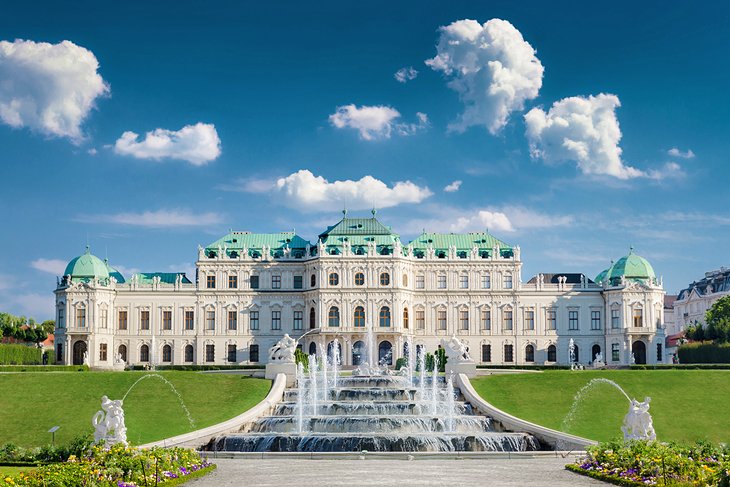
Another of Austria's most-visited palaces – and one that should definitely be included on your Vienna travel itinerary – is the spectacular Belvedere Palace (Schloss Belvedere). Referred to most often simply as "The Belvedere," this important historic site is split into two major sections: the Upper (Oberes) and Lower (Unteres) Palaces.
If you've only got time to explore one, make it the Upper Palace . Here, you'll find the largest portion of the attraction's impressive collection of artworks, as well as have the chance to view one of the country's best preserved architectural gems. Highlights include Sala Terrena, the main hall, notable for its statues and stucco vaulted ceiling; the Carlone Hall, with its ceiling fresco; the two-story Marble Hall, with its many sculptures and paintings; and the impressive Ceremonial Staircase.
The Lower Palace is no less worthy of a visit. Highlights include the Marble Gallery, with its collection of statues; the Grotesque Hall, with its numerous fine wall paintings; and a second Marble Hall, this one known for its fascinating ceiling fresco.
If you're here for the day (you should plan on it!), the palace boasts a great café and restaurant, three shops, and a great Christmas Market for those traveling in the winter months.
Address: Prinz Eugen-Straße 27, 1030 Vienna
- Read More: Exploring Vienna's Belvedere Palace: A Visitor's Guide
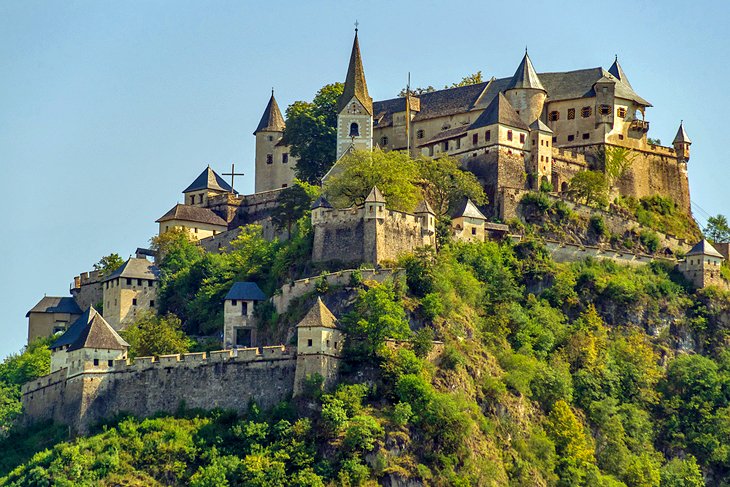
To the east of St. Veit , on a crag rising some 160-meters above the valley, sprawls the imposing Burg Hochosterwitz, Austria's most important medieval castle. After a turbulent history, the castle-first mentioned in 860 AD-was captured by the Khevenhüllers, and was enlarged in 1570 in the face of Turkish invaders. Never captured by a foe, the castle has remained in the Khevenhüller family since.
The steep access road to the castle, the Burgweg, winds its way up through the 14 defensive gates to the beautiful arcaded courtyard where you'll find the little chapel with its wall and ceiling paintings from 1570 and the church at the southwestern end of the castle with its high altar dating from 1729.
Address: Hochosterwitz 1, 9314 Launsdorf
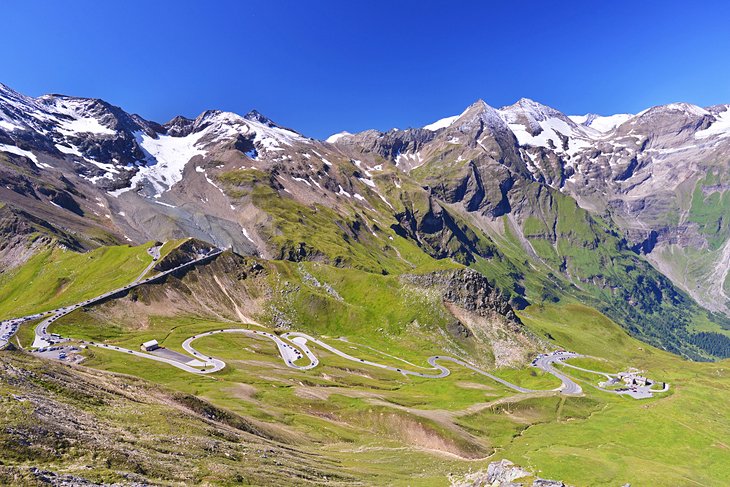
The Grossglockner Hochalpenstrasse from Bruck, in the Pinzgau, to Heiligenblut, at the foot of the Grossglockner, was constructed between 1930 and 1935. Following the route of an old Roman road, it is one of the most magnificent mountain roads in Europe .
Although its importance as a route through the Alps has declined, it's still a splendid highway through the Hohe Tauern, Austria's highest mountain massif and one of the country's outstanding attractions. Running for 22 kilometers through the mountains at an altitude of more than 2,000 meters, the road consists of a long succession of turns leading up to the summit tunnel on the Hochtor at 2,506 meters and then down into the valley on the far side.
The road is the access to the massive Hohe Tauern mountain range, where Franz-Josefs-Höhe is famous across Europe for its spectacular views. Named after a visit paid by Kaiser Franz-Josef in 1856, this wonderful vantage point stands 2,422 meters above sea level and offers incredible vistas of the surrounding country. Prominent in the view is the Grossglockner which, at 3,798 meters, is Austria's highest mountain.
Be sure to stop at the visitor center for its detailed displays relating to the area's history, as well as exhibits focusing on its glaciers and general tourist information.
Official site: www.grossglockner.at/gg/en/index
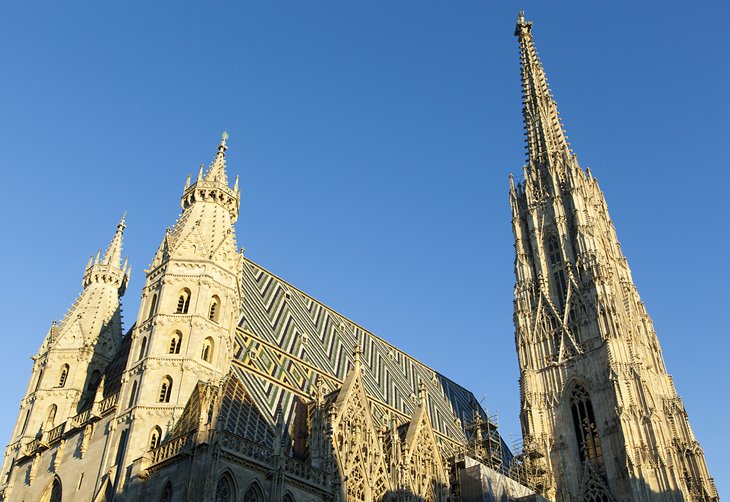
The imposing Gothic cathedral of St. Stephen's (Stephansdom) is a landmark inside Vienna's old city center. The original 12th-century Romanesque church was replaced in the 13th century by a Late Romanesque church, of which the massive gate and the Heathen Towers (Heidentürme) survive.
The later Gothic reconstruction in the 14th century added the choir and the Chapels of St. Eligius, St. Tirna, and St. Catherine, and in the following century, the famous 137-meter-high South Tower (Steffl) was constructed. After significant damage in World War II, the church was rebuilt.
The views from the Watch Room at the top of the Steffl are worth climbing its 343 steps, but you can take an elevator to a viewing platform on the North Tower, home to the massive Pummerin Bell. You won't want to miss the 14th-century catacombs and the cathedral treasury, where some of the cathedral's most important objects are displayed.
Address: Stephansplatz 3, 1010 Vienna
- Read More: Exploring St. Stephen's Cathedral, Vienna
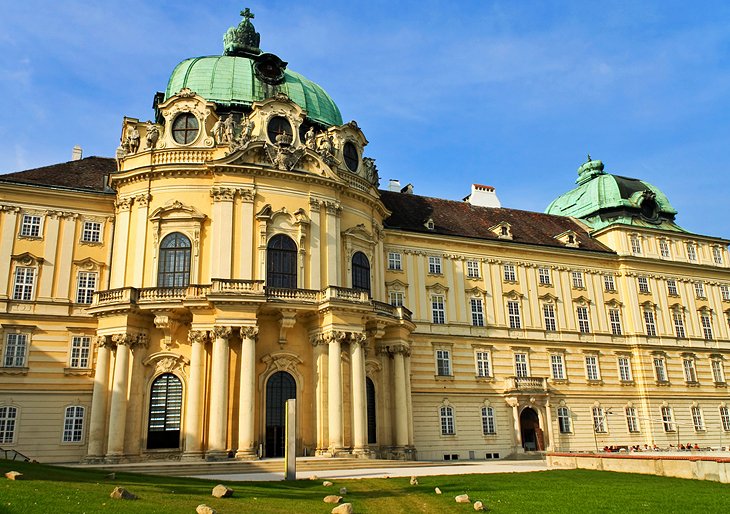
A flight of steps in lovely Klosterneuburg Abbey leads down to the 12th-century St. Leopold's Chapel where Leopold III is buried. It's also where you'll find the famous Verdun Altar. Perhaps the finest existing example of medieval enamel work, the altar consists of 51 panels of champlevé work on gilded copper depicting Biblical scenes by Nicholas of Verdun from around 1181.
Originally on the reading pulpit of the former Romanesque church, the panels were put together to form the present winged altarpiece after a fire in 1329. Four painted panels affixed to the altar in 1331 and the oldest in Austria-they were painted in Vienna before 1329-are now in the Abbey Museum.
Address: Stiftsplatz 1, 3400 Klosterneuburg
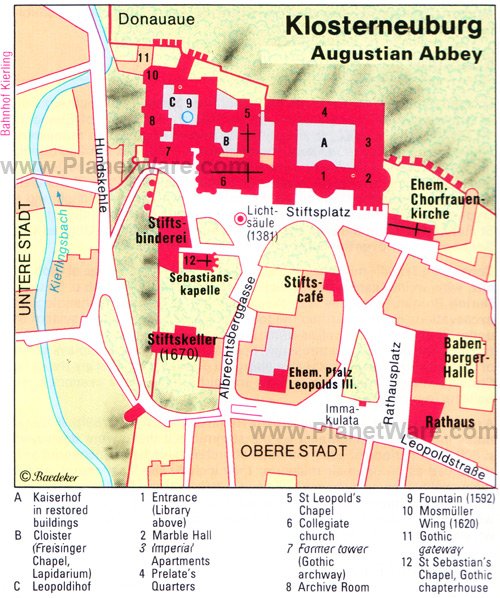
The Church of Maria Saal-more often than not referred to as Maria Saal Cathedral-is perched on a hill high above the Zollfeld and is one of the leading places of pilgrimage in the state of Carinthia in southern Austria. It was here around 750 AD that Bishop Modestus consecrated a church from which the surrounding area was Christianized.
The present twin-towered church was built in Gothic style in the first half of the 15th century on the foundations of a Roman basilica and was remodeled during the Renaissance and Baroque periods.
Highlights include the west facade with twin towers and its fine old gravestones. Particularly interesting are the 16th-century Keutschach Epitaph depicting the Coronation of Our Lady, and a Roman stone relief from around AD 300.
- Read More: Top-Rated Attractions in Klagenfurt & Easy Day Trips
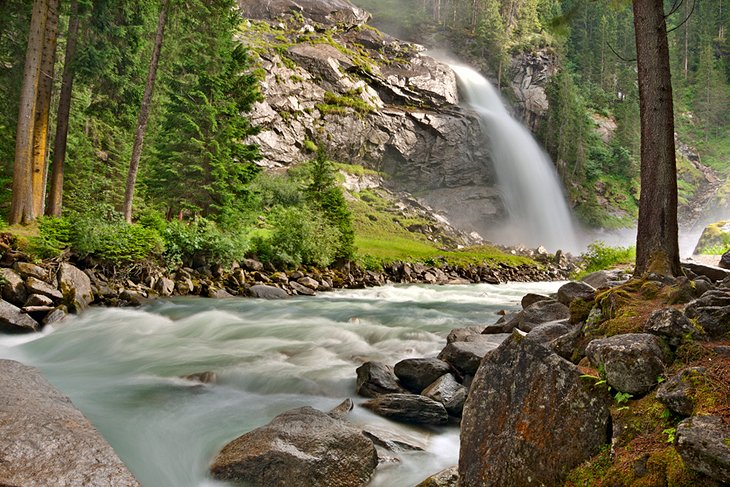
The Krimmler Ache plunges 380 meters in three tremendous cascades and makes for an excellent excursion from the nearby village of Krimml. At an altitude of 1,076 meters, Krimml-perched high above the Salzachtal in a wooded valley-is a wonderful place to stop for a few days if you're into hiking.
In addition to various excellent walks to the waterfalls, there's a rewarding climb to the Schettbrücke and continuing to the spectacular Krimmler Tauernhaus. From here, expert climbers can tackle the 2,911-meter-high Glockenkarkopf on the Italian frontier.
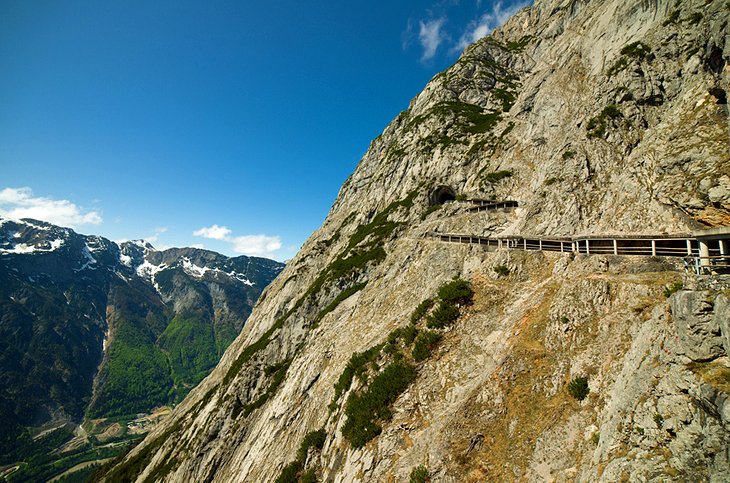
Found on the western edge of the Tennengebirge, the spectacular World of the Ice Giants is the largest system of ice caves in the world. Covering some 30,000 square meters, the caves were carved by an underground river in the Tertiary period. Discovered in 1879, they were opened to the public in 1912, and to date, an amazing 45 kilometers of the network has been explored.
After winding along the Great Ice Wall, you'll be confronted by the massive Hymir Hall with its impressive ice formations and icicles. Stone steps lead to the Eistor, or Ice Gate, a spectacular 1,775-meter-high wall of ice, and the great Ice Palace. Conducted tours last two hours, and the trip to and from the caves takes a few hours, so expect to spend the best part of a day exploring the area.
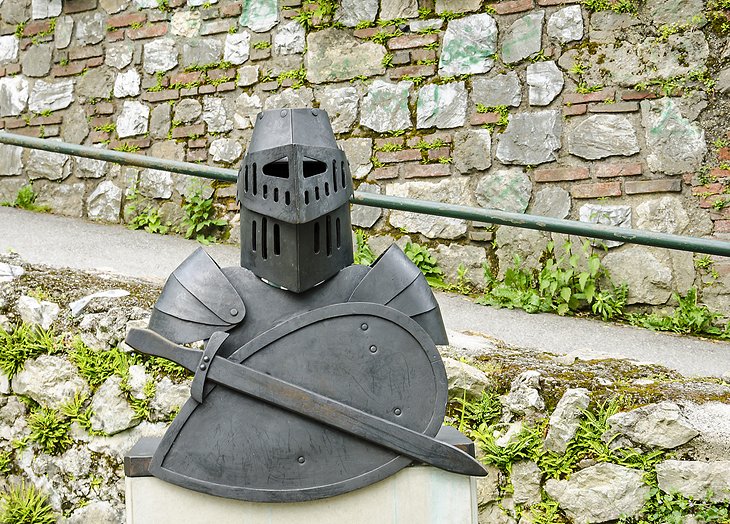
In the heart of Graz is the Landeszeughaus, the Styrian Arsenal. Built in 1644, the building houses a spectacular collection of completely preserved 17th-century arms and armor-enough, in fact, to arm 32,000 men, including helmets and weaponry.
While in Graz, you should also visit the Landhaus . Built in Renaissance style in 1557-65, its main facade is dominated by rounded windows and a veranda. The lovely arcaded courtyard has three-storied pergolas on two sides and a Renaissance fountain, while in the Knights' Hall there's a splendid stucco ceiling from 1746.
Read More: Top Tourist Attractions in Graz & Easy Day Trips
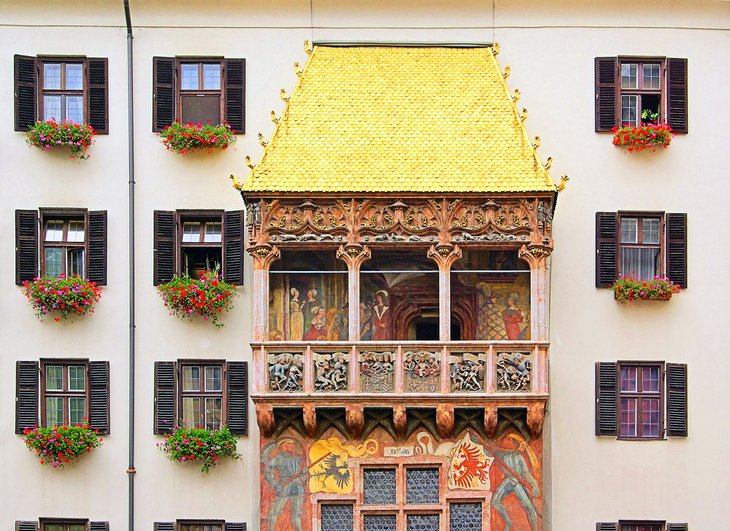
The beautiful Austrian city of Innsbruck is not only home to some of the country's best preserved architecture, it's also home to some of the most unusual and unique historic buildings. Perhaps the best known of Innsbruck's points of interest is the Golden Roof (Goldenes Dachl).
This relic from the city's rich Hapsburg past is located in the heart of Innsbruck Old Town (Altstadt), and adorns a Late Gothic oriel window of a former palace, the Neuer Hof, which was used by royalty. You can't miss this perfect selfie spot as you wander along the arcaded Herzog-Friedrich-Strasse. If you time it right (when the sun shines), the roof really does appear to glow.
Consisting of no less than 2,657 gilded copper tiles, the Golden Roof dates back to 1496, when it was added to the building to mark the marriage of Holy Roman Emperor Maximilian I, and served as a royal box, so the couple could enjoy the celebrations in the square to mark the occasion. After taking some pics, be sure to visit the Golden Roof Museum that deals with the Emperor's lasting legacy.
Be sure to spend some time wandering the winding, narrow, streets and alleys around this iconic Innsbruck attraction. In addition to the many fine old buildings here, you'll also enjoy great vistas of the many mountains that surround this beautiful Austrian city.
Address: Herzog-Friedrich-Straße 15, 6020 Innsbruck
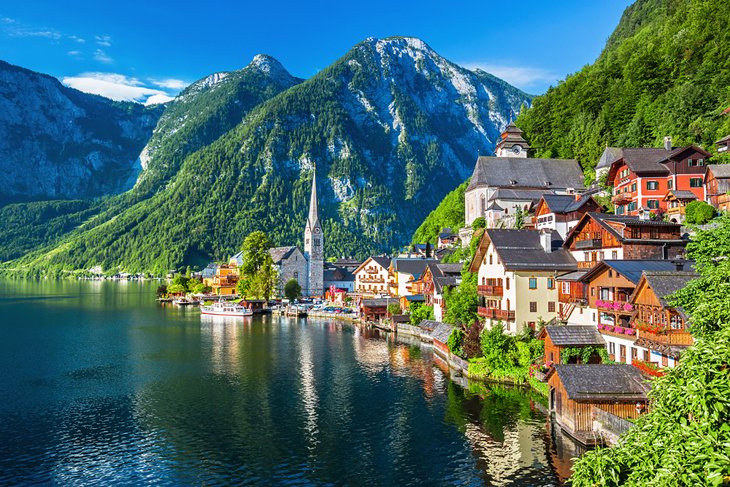
Cities or countryside? Skiing or hiking? Your plans will determine when is the best time of the year to visit Austria.
Spring: Spring can be chilly in Austria, with temperatures in the 10 to 15 degrees Celsius range in cities and much lower in the mountains. Because the season is short and only truly lasts two months (April and May), most avid outdoor enthusiasts take full advantage of it by heading to the mountains, picnicking near lakes, and discovering small towns full of history and heritage. Although spring sees lots of sunshine, the weather is also highly unpredictable, meaning you should carry an umbrella, especially during the month of April.
One of the best places to visit in Austria in April and May is the Lienz Dolomites. Hiking in this area is very popular because there are options for all levels of experience and fitness. Experienced hikers can find both short and long-distance trails, including multiple-day hikes like the Long Törlweg hike, which takes several days and requires stays in one of the alpine huts, and ups and downs across six summits with stunning panoramic views over the snowcapped peaks.
Summer: Summer is high season in Austria , with temperatures usually in the low to mid-20s Celsius, plenty of sunshine, and crisp evenings perfect for a stroll through the many picturesque towns. Flocks of tourists head to Austria during this season, which results in expensive flights, overbooked hotels, and higher prices everywhere you go.
On the plus side, the sky remains blue, and the air is filled with the smell of flowering meadows. There's no better time to photograph the Alps than in summer, as the visibility is excellent, and the snowcapped mountains can be seen from very far away.
June is the wettest of all warm months but also the one with the most festivals, including the Midsummer Night Celebration, which includes bonfires lit under the light of the moon. July brings the best weather of the Austrian summer — it's mostly dry, it's not scorching hot, and you'll get plenty of sunshine.
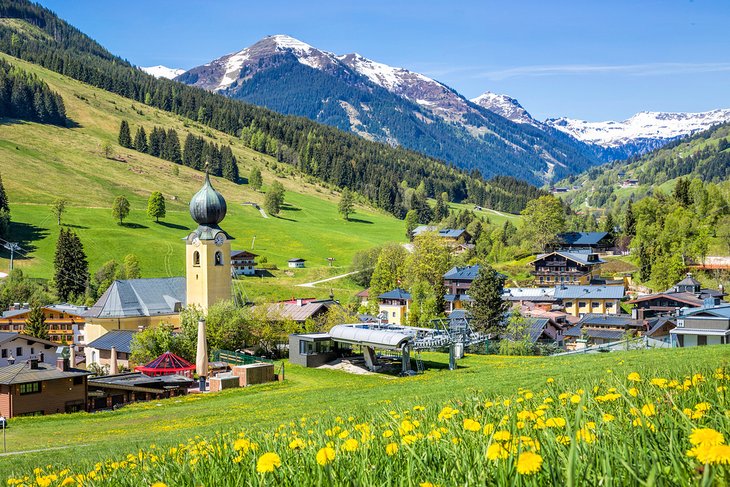
August heats up significantly , so it's a favorite time among Austrians to go swimming. Lake destinations such as Lake Plansee and Lake Hallstatt are very crowded and very expensive, and hotels are often booked a year in advance.
Fall: September and October are chilly in Austria but still not cold, with temperatures very similar to spring, except that while spring is rainy and unpredictable, autumn is actually drier and with clear skies . This is the season for cycling tours, hiking, and boating, as the trees are changing into shades of reds and yellow, and the valleys and mountains are stunning everywhere.
If you arrive in early September, you'll get warmer temperatures but without the summer crowds, as everybody is heading back home for school and work. November, though technically part of autumn, can be very cold, with temperatures in the low single digits.
Winter: Winter is technically low season in Austria, as long as you stick to the cities or even small mountain towns-the best time to go to Austria if you're looking for discounts and deals on hotels and flights . Because Austria is a major skiing destination, however, don't expect prices to go down if you're heading to the Alps or have an active outdoorsy vacation planned.
The winter season in Austria starts in November and lasts until March, with temperatures regularly in the minus because of the proximity to the Alps. The air is chilly, even when the sun is out, and snowfall is common and can be very abundant . The weeks surrounding Christmas and New Year's are busy, crowded, and much more expensive.

More on Austria
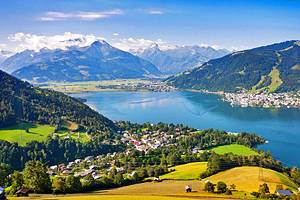
TTC family of brands
My Trafalgar
Destinations
Get Inspired
866 513 1995

See All Austria Tours
See More Austria Trips
5 million happy guests and counting
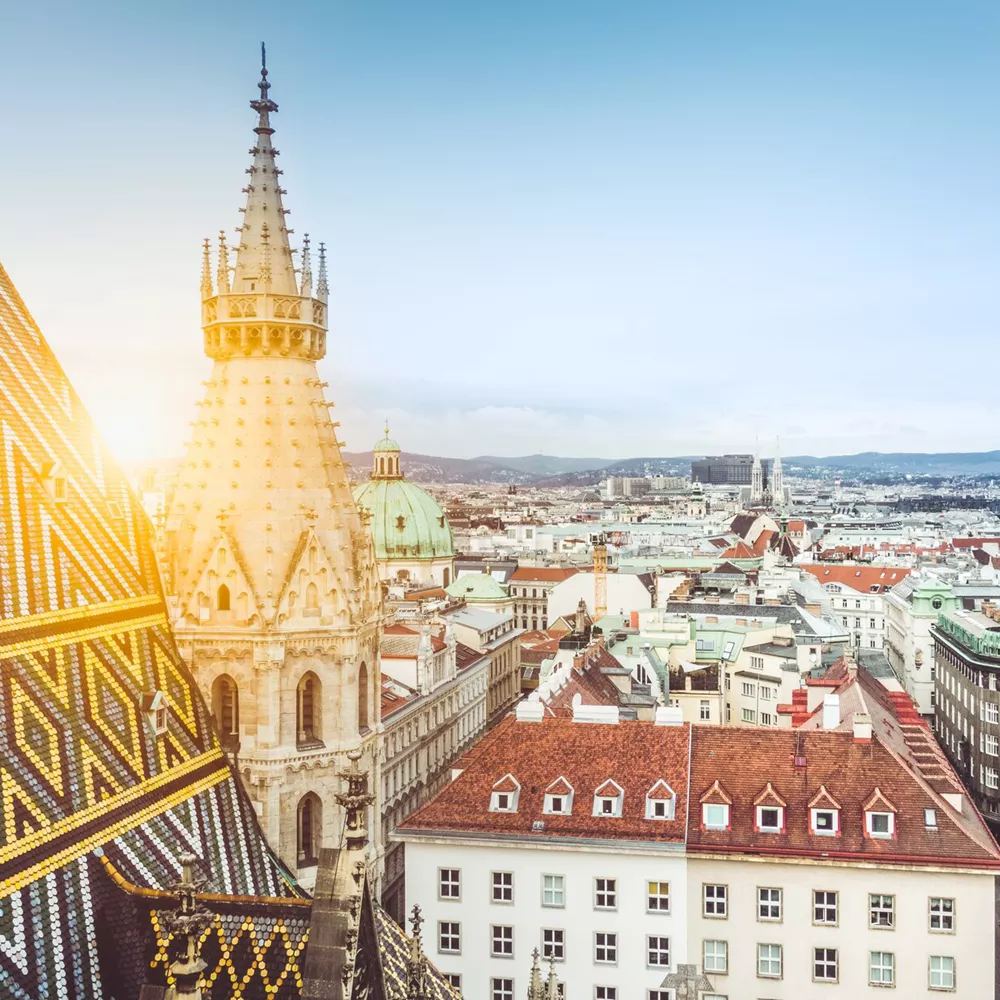
Capital City
Winter avg temp
Summer avg temp
Good morning
Guten Morgen
Good evening
Guten Abend
"From schnitzel to strudel, from The Sound of Music to Strauss, from the snow capped mountains to Salzburg - Austria is simply sensational"
Evana, Travel Director
Waltz through the scenic Austrian countryside
There is no shortage of countryside to allure us in Austria. Wander just beyond the well-trodden cities or further to towns like Hallstat and Durstein and float between the glassy lakes, soft grass hills and trails that wind around mountains.
Walk through the Baroque city of Salzburg
Trips to Salzburg come with a side of opulent architecture. Amble through this town overflowing with charming fountains, squares, cathedrals and cafes, taking time to soak up the immense elegance found in centuries-old spires and domes.
Take an elevator up to the Eagle's Nest
A short drive from Salzburg, through hollowed-out mountains, the Eagle’s Nest – or Kehlsteinhaus – is a monument to the greed of the Nazi regime. Rise up to this chalet perched on a sheer rock wall and be struck by the eerie contrast of the idyllic setting and the people who once roamed its halls.
See the State Opera in Vienna
With the ghosts of Mozart and Strauss in your presence, you can hear the unforgettable sounds of authentic opera at the State Opera in Vienna. The theater come alive as the curtains rise and the performance begins, so powerful you can hear the Soprano reaching her high notes from across the street.
Admire Emperor Maximilian's Golden Roof in Innsbruck
The 2,657 gleaming copper tiles that adorn this building are hard to miss. Enter the historic old town and catch sight of the roof glistening between storybook buildings and bright alps. Walk closer to study scenes of Maximilian’s life richly decorating the alcove.
Our top 5 things to do in Austria
With Trafalgar guiding the way, you'll do so much more than admire storybook towns and see the country’s most iconic spots. These are just a few of the culture-drenched things to do in Austria.
Belvedere Museum
Give yourself a day of freedom to uncover this vast collection of art and treasures. A highlight of any Vienna trip, the UNESCO World Heritage site of Belvedere Museum features three sites with baroque palaces, parks, views and 800 years of priceless artwork. Every corner commands your awe and attention.
Natural History Museum
Discover the depths of Mother Nature at the Natural History Museum in Salzburg. Your visit will reveal the edges of outerspace and what the world looked like millions of years ago when dinosaurs roamed. You can then get aquainted with their distant relatives who amble around the museum’s reptile zoo.
Mozarts Wohnhaus
Step into the Mozart family residence, where Wolfgang wrote piano and violin concerts, serenades and symphonies. Witness the pianoforte on which the young prodigy used to play and gain a deeper insight into the fascinating life and work of this talented family.
Best museums in Austria
Austria's museums are a reflection of the country's reverence for all things natural, musical and artistic. Take a journey with Trafalgar into the museums of this country, and discover why Austria is still a culture capital of Europe.
Käsekrainer
Visit one of the Vienna’s beloved 'würstelständer' sausage stands to try the street food treat that’s an emblem of the country. Each satisfying bite of käsekrainer is a mix of Austrian sausage and rich melted cheese that oozes from within.
Wiener Schnitzel
Famed for servings so large, they spill off the plate, Austrians have long perfected this dish of tender veal coated in crunchy golden breadcrumbs. One of the country’s icons and a must-try on your trip to Austria, devour wiener schnitzel like a local with a petite side of potato salad.
Apfelstrudel
Get lost in layers of buttery pastry that swirl around baked apple and cinnamon in a dish that translates to ‘whirlpool’. Apfelstrudel tastes best in a cosy Viennese coffee house with a warm brew beside you.

Best food in Austria
Austrians are known for their love affair with meat and nostalgia-inducing desserts. Take a culinary adventure with Trafalgar, and we’ll delight you with the country’s very best gastronomical experiences.
What to pack for Austria

Opera attire
The opera is a must-do attraction in Austria, made even more enjoyable when you dress the part. If you have room, pack an elegant option in with your travel staples for this very special occasion.
Extra storage
Somewhere between the architecture and the alps, you’re bound to find your camera storage full. Pack an extra SD card or hard drive so you can click away without worry.
A train ticket
With one of the best train networks in the world, excellent overnight services and countryside galore, rail is easily the best way to get around Austria. Thankfully, this is part of the package when you travel with Trafalgar.
Antihistamines
A trip surrounded by lush countryside means the possibility of pollen. Make sure you have some antihistamine tablets on hand incase your outdoor adventures induce allergies.
Chances are you’ll be enjoying a substantial serving of the great outdoors on your Austria tour. Protect your eyes from the summer sun and winter snow with some polarized lenses.
Pack for sustainable travel
Consider your environmental impact when you next take a trip and go single-use-plastic-free by packing a reusable water bottle, a steel straw, your own shopping bags and refillable toiletry bottles.
Our Europe & Britain destinations
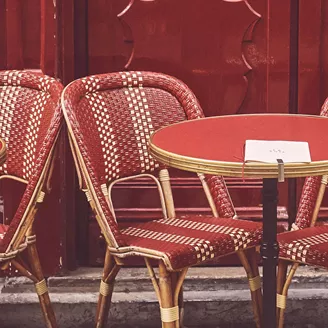
Bosnia Herzegovina
Czech Republic
Liechtenstein
North Macedonia
Netherlands
Northern Ireland
Switzerland
Other worldwide regions we visit
Africa the Middle East
Australia and New Zealand
North and Central America
South America
Get your free brochure
Find your next escape with the world's leading travel brand
Request A Brochure
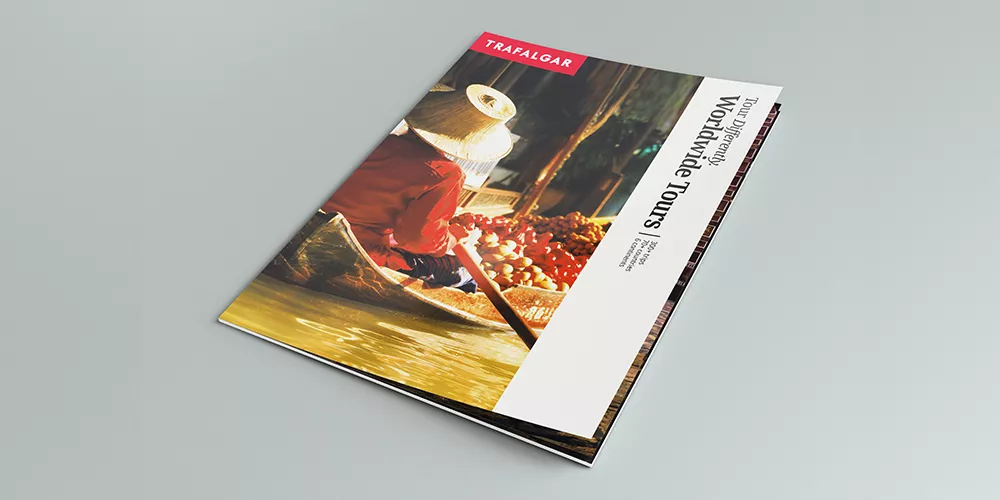
Award winning tours
Every year, we're proud to win some of the most prestigious travel accolades around the world - from the Travel Globes to the Agent's Choice Awards
Search Our Tours
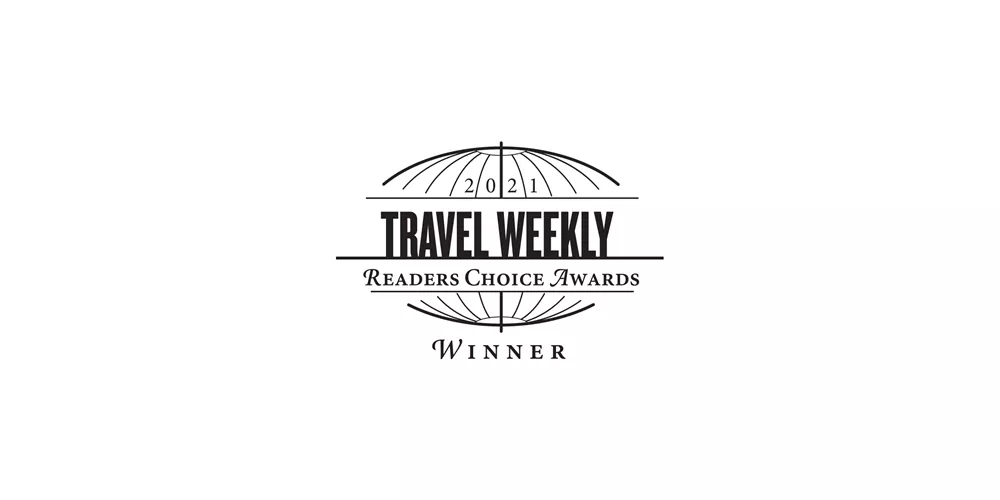
Help & Info
WE MAKE TRAVEL MATTER®
Unedited Reviews
Our Destination Management Companies
Frequently Asked Questions
Travel Updates
Do Not Sell or Share My Personal Information
Travel Planning
Get Your Free Brochure
Travel Insurance
Booking Conditions
Trip Deposit Level
Recommendations
Trafalgar Tours Limited is a proud member of The Travel Corporation family of companies.
#SimplyTrafalgar
Travel House, Rue du Manoir St Peter Port, Guernsey, GY1 2JH
Selected Region
United States
United Kingdom
New Zealand
South Africa
Copyright 2024 Trafalgar. All rights reserved.
Terms and Conditions
Privacy Policy
Cookie Policy
You will be redirected to your dashboard shortly. We will also call you back in 24 hrs .
- 34 Best Places To Visit In Austria In 2024 That Look Straight Out Of A Picture Book
23 Mar 2023
Tucked in between the soaring Alps, Austria is an enchanting country with dream-like landscapes, picture-perfect meadows and grasslands, stunning baroque architecture and music flowing through its veins. From pretty villages to magnificent cities, from the best operas to the most lavish desserts Austria has the perfect ingredients to intoxicate your senses. Let us guide you through the picturesque landscapes and stunning cities to find out the best places to visit in Austria , including the usual suspects like Vienna and Salzburg and some hidden unexplored Austria tourist places like Bregenz and Wachau. Be sure that you will have a wonderful time relishing the culture and exploring the Alpine landscapes. Make sure you include all these places to your itinerary and indulge in the experiences they offer for a vacation you will remember forever.
34 Top Places To Visit In Austria In 2024
And now for an unforgettable experience on your next vacation, make sure you include some of these places to visit in Austria in your itinerary, if not all. And don’t worry. You’ll find plenty of accommodation as well as transport options near all these charming Austria tourist places to make your vacation an enjoyable one!
- Vienna – Walk Down The Glorious Past
- Salzburg – A Date With Mozart
- Innsbruck – The Picture-Postcard Town
- Salzkammergut – Relax And Rejuvenate
- Graz – Immerse In History, Culture, And Food
- Worthersee – A Summer To Remember
- Bad Gastein – A Refreshing Treat For Body And Soul
- Bregenz – Tranquil Days By The Lake
- Wachau – Best Wines And A Dose Of History
- Zell Am See – Pristine Alpine Wonders
- Hoher Dachstein – The Three-State Mountain
- Krimml Waterfalls – Austria’s Famous Paradise
- Vorarlberg – Land Of Mountains
- Tyrol – Heaven In The Alps
- Carinthia – Lakes And Forests
- Styria – Witness The Wildlife
- Burgenland – Taste The Fine Wines
- Hallstatt – Scenic Lake Views
- Mostviertel – Old World Charm
- Alpbach – Skiing And Sledding
- Eisenstadt – Postcard Perfect Sceneries
- Grossglockner High Alpine Road – Best Road Trip Ever
- Lake Constance – Third Largest Lake In Europe
- National Park Donau Auen – Into The Wild
- National Park Gesause – A Rock Climber’s Paradise
- National Park Hohe Tauern – The Land Of Austria’s Superlatives
- Seewinkel National Park – For Birdwatching
- St Anton am Arlberg – Best Ski Village
- Vienna Woods – UNESCO Biosphere Reserve
- Krems – Explore Nature And History
- Linz – Creative Capital
- Schonbrunn Palace – Heritage Of Austria
- Vienna State Opera – Rendezvous With The Culture
- Eisriesenwelt Cave – A Unique Attraction
1. Vienna – Walk Down The Glorious Past
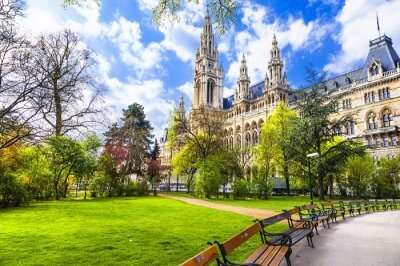
The city of grand palaces and museums, the home of Opera and Beethoven, Vienna is a city steeped in culture and grandeur. A walk down the city’s beautiful Ringstrasse Boulevard, lined with royal buildings like the Hofburg Imperial Palace and many beautiful parks, is a great way to let the magic of Vienna grow on you. Vienna is one of the best cities in Austria. You can also enjoy lovely coffee at the cafes in Vienna for a chilled-out evening.
The opulent Schonbrunn & Belvedere Palaces and the ornate St Stephen’s Cathedral are architectural marvels and a must-visit for art and history enthusiasts. Don’t forget to sip the famous Viennese coffee at one of many cozy coffee houses and gaze in wonder at the world-famous Vienna Opera House before you bid adieu to one of the best places to visit in Vienna, Austria.
Ideal for: History, Architecture, Culture Places To Visit in Vienna: Hofburg Imperial Palace, St. Stephen’s Cathedral, Schönbrunn Palace Places To Stay : Hotel Ambassador, Vienna Marriott Hotel Best Restaurants : Ariston Hellenic Restaurant, Restaurant Rote Bar Best Time To Visit: April-May, September-October How To Reach: You can arrive in Vienna via flights from New Delhi and other major international cities.
Must Read: Lakes In Austria
Sikkim-Gangtok-Darjeeling Holiday Packages On TravelTriangle

Gangtok & Darjeeling Tour Package 5D/4N @ Rs 13,000
Plan your trip today!

Scintillating North-East Family Tour 6D/5N @ Rs 16,065
Get quotes from multiple travel experts.
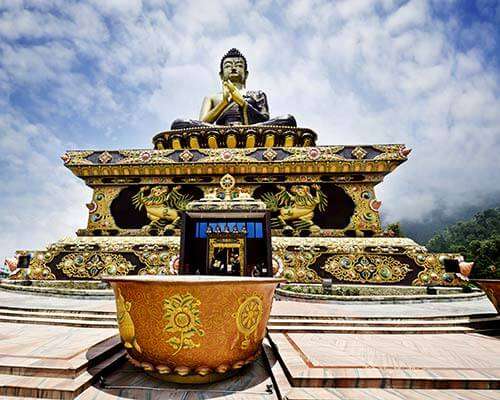
Fun-Filled Gangtok & Darjeeling Family Tour 6D/5N @ Rs 18,000
Compare & customize quotes before booking.
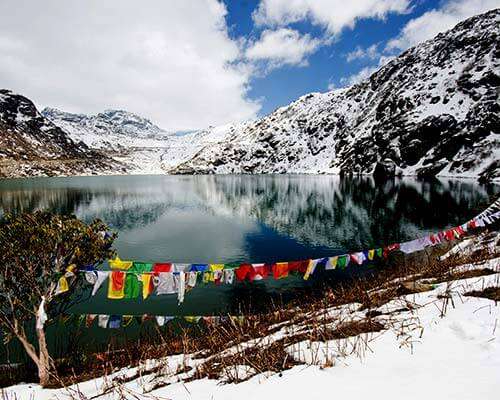
Darjeeling Gangtok Family Package 7D/6N @ Rs 20,783
Have Questions? Talk to our travel experts today.
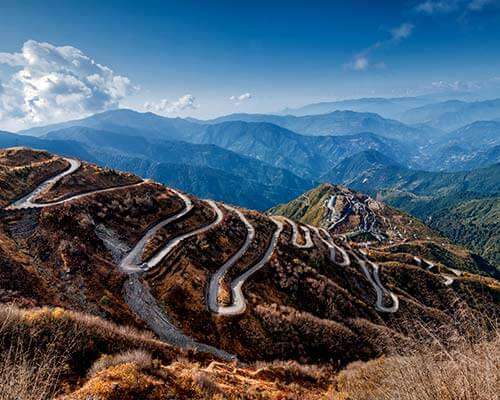
Gangtok & Darjeeling Family Tour 7D/6N @ Rs 41,265
Best prices guaranteed. EMI option available.

See more at TRAVELTRIANGLE.COM
2. Salzburg – A Date With Mozart
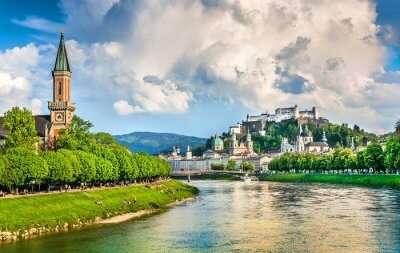
One of the must-see places in Austria is Salzburg that brings to mind a charming city surrounded by rolling green meadows, majestic historical buildings and Mozart. The birthplace of the genius composer and the place where the iconic movie Sound of music was shot, Salzburg tops the list of top places to visit in Austria.
The old town Aldsten with its stunning baroque buildings is a UNESCO World Heritage Site, while the imposing Hohensalzburg fortress boasts of being Europe’s last preserved castle. The grand extravaganza of culture, music and the arts, the Salzburger Festspiele during summers is an experience to remember. So if you are seeking best places to visit in Salzburg Austria, in summer, add Salzburg to your itinerary.
Ideal for: Architecture, Nature, Photography, Music Places To Visit: Hellbrunn Palace, Nonnberg Abbey, Salzburg Cathedral, Salzburg Castles Places To Stay : Radisson Blu Hotel Altstadt, Sheraton Grand Salzburg, and Salzburg villas Best Restaurants : Indian Restaurant Taj Mahal, Das Restaurant Wasserfall Best Time To Visit: September-October How To Reach: There are a few direct trains between Salzburg and Vienna making rail journey one of the best ways to reach.
3. Innsbruck – The Picture-Postcard Town
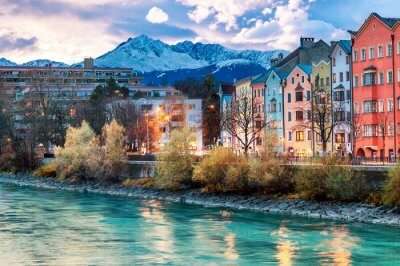
The idyllic alpine town surrounded by high mountains has plenty of options that make your stay worthwhile. You could enjoy a leisurely walk through the old town and marvel at the glittering Goldenes Dachl adorned with more than 2500 shiny tiles or get a peek into the Tyrolean Folk Art Museum, one of the finest museum for regional heritage in Europe.
A destination for all seasons and one of the most magical places to visit in Austria in winter, Innsbruck has world renowned ski resorts which can be enjoyed in the winter months. Adventure enthusiasts can go hiking up the gorgeous meadows, bungee jumping at Europa Bridge, take the thrilling funicular ride up the Nordkette mountain range, and even check out the Innsbruck nightlife .
Ideal for: Adventure, Architecture, Culture Places To Visit in Innsbruck: Goldenes Dachl, Hofburg, Triumphal Arch Places To Stay : Hotel Grauer Bär, Hotel Central Best Restaurants : Himal Nepali Kitchen Restaurant, Restaurant Lichtblick Best Time To Visit: December-April How To Reach: The best way to reach Innsbruck from Vienna is via train that takes about 4-5 hours.
Suggested Read: Churches In Austria
4. Salzkammergut – Relax And Rejuvenate
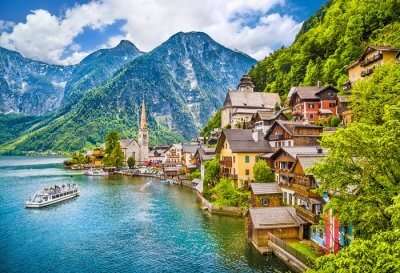
This picturesque resort area near Salzburg offers the quintessential Austrian experience, with shimmering blue lakes (76 lakes in all!), stunning alpine ranges, charming villages, and luxurious spa towns. Situated by the Lake Hallstatt and included on UNESCO’s world heritage sites list is the fairy tale village Hallstatt which happens to be amongst the most beautiful places to visit in Austria.
Undoubtedly one of the most beautiful places to go in Austria, Halstatt’s stunning pastel-colored houses, underground salt lake Salzwelten and Ice Cave on Dachstein Mountain will take your breath away. The spa town of Bad Ischl and the romantic St Wolfgang are other tourist favorites.
Ideal for: Nature, Culture, Spas, Adventure Places To Visit: Mirabell Palace, Fortress Hohenzsalzburg Places To Stay : Mühlradl Apartments, Hotel Gasthof Weißer Bär Best Restaurants : Restaurant Hubertuskeller, Ledererhaus Best Time To Visit: September-October How To Reach: There is a guided bus tour that will take you to the most interesting points in Salzkammergut.
5. Graz – Immerse In History, Culture, And Food
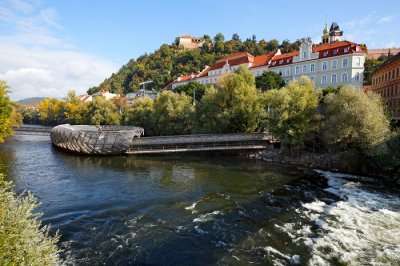
W ith six universities and one of Europe’s best preserved old town areas, there are so many places to visit in Graz, Austria. It is the second largest and cheapest city in Austria. Graz has so much to satiate the soul of a traveller. Throw in the numerous museums, impressive baroque & renaissance-style buildings and a unique forested hill in the centre of the city offering panoramic views and you have the recipe for a perfect vacation.
Graz will also entice you with its many culinary delights. Cooking enthusiasts can carry home some pumpkin seed oil to pep up their dishes back home. It is counted amongst the most offbeat places to visit in Graz Austria.
Ideal for: History, Food, Education Places To Visit: Eggenberg Palace, Kunsthaus, Altstadt von Graz Places To Stay : NH Graz City, Hotel Weitzer Graz Best Restaurants : Caylend Restaurant, Vina Best Time To Visit: April-September How To Reach: There are direct trains from Vienna to Graz. It takes about 2 hours to get here by train.
Suggested Read: Water Parks In Austria
6. Worthersee – A Summer To Remember
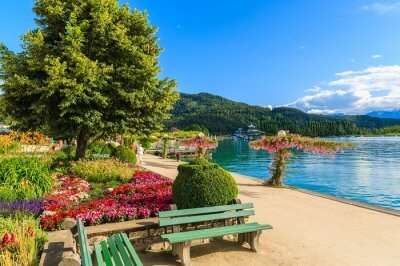
Canoeing, spelunking, pretty churches and the hometown of Porsche are reason enough to spend a few days at Austria’s favoured summer destination. The beautiful Worthersee Lake offers ample opportunities for swimming, boating and canoeing in the summer months.
You can head to the colourful Griffen Stalactite cave for some thrill and exploration. Admiring the 12th century ancient Cathedral of Gurk and a visit to Gmund the birthplace of Porsche complete your list of must-do experiences in one of the best places to go in Austria.
Ideal for: Adventure, Nature Places To Visit: Wörthersee Lake, Casino Velden Places To Stay : Seepark Hotel – Congress & Spa, Hotel Sandwirth Best Restaurants : Restaurant Maria Loretto, Seerestaurant Rosé Best Time To Visit: April, November-December How To Reach: The train journey from Vienna to Worthersee takes about 5 hours.
7. Bad Gastein – A Refreshing Treat For Body And Soul

Head to the spa town of Bad Gastein to take a dip in the healing hot spring waters and breathe in the pure mountain air. Perched on the High Tauern Mountain, this splendid hill town also attracts skiing enthusiasts during the winter, which makes it one of the best places to visit in Austria.
Famous for its Belle Epoque-style hotels and villas, Bad Gastein has some thrilling hiking trails around and ample outdoor opportunities like biking and hiking. The spectacular Gastein waterfall in the heart of the town is an impressive site. Open studios, creative workshops, jazz shows, culinary delights and a buzzing nightlife are more reasons to book your holiday right away!
Ideal for: Relaxation, History, Skiing Places To Visit: Molltaler Gletscher, Stubnerkogel Places To Stay : Johannesbad Hotel Palace, Johannesbad Hotel St. Georg Best Restaurants : Gasteiner Wirtshaus, Ginger n’Gin Best Time To Visit: December-March How To Reach: There are direct trains from Salzburg to Bad Gastein that run every three hours in a day.
Suggested Read: World’s First Beer Pool In Austria
8. Bregenz – Tranquil Days By The Lake
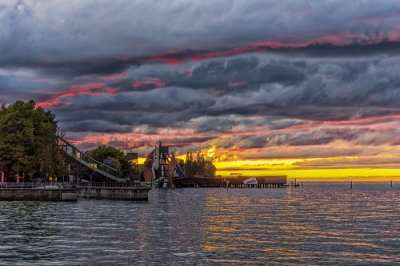
Located on the Eastern edge of Lake Constance, Bregenz offers sweeping views of the Swiss and German Alps. it is one of the best places to visit in Austria. Stroll around the beautiful promenade by the lake or take a cable car up the Pfander Mountain for breathtaking vistas of Lake Constance.
The mountain top is also a great place to relish a lunch with spectacular views or meander along a hiking trail. Get bowled over by the opera and orchestras at the annual Bregenz festival(July-August) performed at the floating lakeside platform. The architecture, history and art legacy of the city can be admired in museums and beautiful buildings across the town.
Ideal for: Nature, Culture Places To Visit: Kunsthaus Bregenz, Pfänder Mountain Places To Stay : Hotel Weißes Kreuz, Hotel Schwärzler Best Restaurants : Wirtshaus am See, Gasthaus Kornmesser Best Time To Visit: July-August How To Reach: There are about 20 trains a day between Innsbruck and Bregenz. The train journey takes 2 hours and 37 minutes.
9. Wachau – Best Wines And A Dose Of History
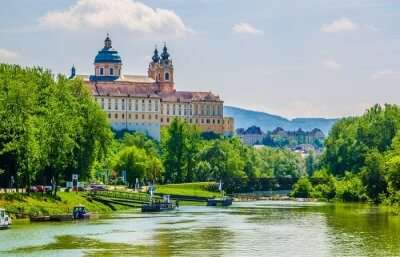
Flanking the beautiful Danube River, this rich valley is one of the best South Austria tourist attractions. A UNESCO World Heritage site for its cultural significance and unmatched natural splendour, Wachau Valley is popular among wine connoisseurs for some of the best white wines in the world.
Studded with some magnificent monasteries (like the baroque Melk monastery) castles and fortresses Wachau Valley offers lots of history and architectural delights too, this spot deserves to be one on the list of the most famous places to visit in Austria.
Ideal for: Wines, Architecture, History Places To Visit: Aggstein Castle Places To Stay : Hotel Klinglhuber, Gartenhotel & Weingut Pfeffel Dürnstein Best Restaurants : Hotel Restaurant Donauwirt, Restaurant Heinzle Best Time To Visit: March-June How To Reach: Take a train from Vienna to Melk and then a bus from here to Wachau.
Suggested Read: Castles In Austria
10. Zell Am See – Pristine Alpine Wonders
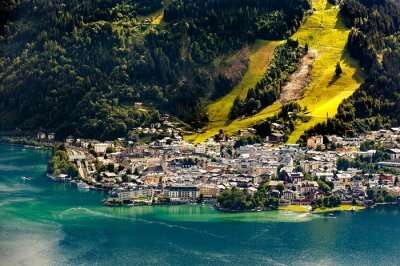
International-level ski slopes, the pristine blue waters of Zell Am See Lake and the picturesque Salzburg mountains make Zell Am See one of the most beautiful places in Austria for natural beauty and relaxation. Add this place to your itinerary if you are visiting Austria in March .
Cycling along the dreamy lake or swimming in the impossibly blue water of the lake are some of the most invigorating experiences in this enchanting alpine town. You can soak in the scenic beauty while sipping coffee at one of the many cafes in the city centre or walk the elevated walkway at St Hippolyte’s Church for some of the best views.
Ideal for: Nature Places To Visit: Lake Zell Places To Stay : Superior Hotel Tirolerhof, Hotel Latini Best Restaurants : Seewirt Das Restaurant, The Burger Factory Best Time To Visit: June-August How To Reach: The train from Salzburg is the best way to reach Zell Am See and takes not more than two hours.
11. Hoher Dachstein – The Three-State Mountain
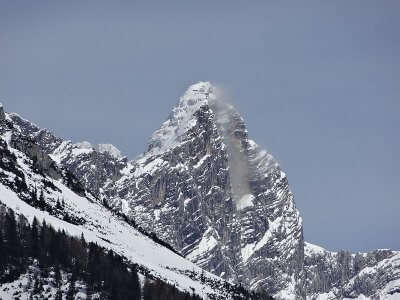
Image Source
Located at the border of Upper Austria, Styria, and Salzburg, Hoher Dachstein is the second highest mountain in the Northern Alps. The top of the mountain offers gorgeous views that are to die for. The suspension bridge, skywalk, rock climbing, and the ice palace are a few things to see in Austria.
Ideal for: Adventure and Nature Places To Visit: Dachstein Hängebrücke, Alpine Club Austria Places To Stay : Falkensteiner Hotel Schladming, Dormio Resort Obertraun Best Restaurants : Restaurant Bergstation, Dachstein Ruhe Best Time To Visit: June-August
Suggested Read: Day Trips In Austria
12. Krimml Waterfalls – Austria’s Famous Paradise
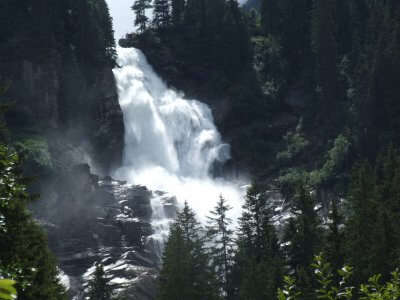
Famous for being the highest waterfall in Austria, Krimml Waterfalls is a great place to visit and witness with your loved ones. To reach this fall, you’d have to hike a 4 km trail that would take you through multiple observation platforms and around 1.5 hours to reach the highest tier of the waterfall. The place is home to numerous Austria’s best places to visit.
Ideal for: Nature and Adventure Places To Visit: Krimml Waterfalls, Water Worlds Krimml museum Places To Stay : Villa Deningfeld, Chalet Eva Best Restaurants : Pizzeria Cascata, Reinis Pizzeria Best Time To Visit: Early mornings How To Reach: It’s best to reach falls from Innsbruck since Zilertall where the falls are located, is only 50 km from Innsbruck.
13. Vorarlberg – Land Of Mountains

Image Credit: gsibergerin by Pixabay
Located in Western Austria, Vorarlberg is a state that shares its borders with Germany. This region is characterized by mountainous terrain. It is known for its gorgeous alpine landscapes and adventure ski resorts that make it one of the most famous places to go in Austria. Vorarlberg houses Central Europe’s third-largest lake called Lake Constance, on which the capital of this state – Bregenz sits. Stop by at one of Austria’s best places to visit to be breath-taken by the sight of the magnificent mountains.
The mountain landscape of Vorarlberg makes it a hotspot for hiking and trekking activities. Hiking through the forested trail routes will give you a feeling of coming close to nature. And if not trekking, you can enjoy a cable car ride to witness the splendid views of the valleys. Vorarlberg has some really interesting museums in Austria that attract a lot of tourists.
Ideal for: Austria sightseeing , hiking Places To Visit: Lake Constance, Vorarlberg Museum, Pfänder Mountain, Pfänderbahn, Rolls-Royce Museum, Rappenloch Gorge, Bürserschlucht Gorge Places To Stay : Landhaus Am Walde, Hotel Sonnenburg Best Restaurants : Restaurant Guth, Mangold Best Time To Visit: All round the year How To Reach: Board a train from Innsbruck heading to Bludenz and get down at Vorarlberg.
Suggested Read: Hostels In Austria
14. Tyrol – Heaven In The Alps
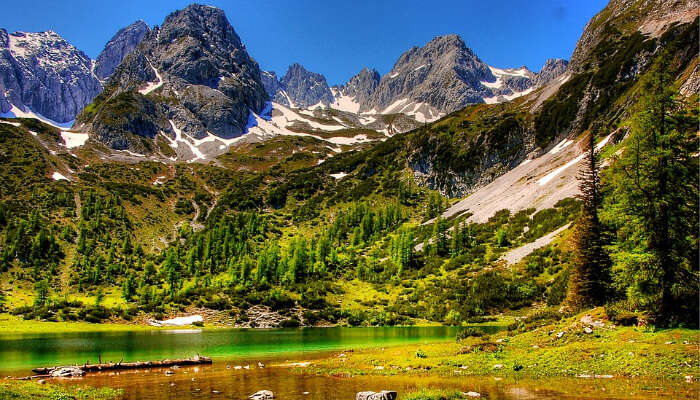
Image Credit: kordi vahle by Pixabay
Tyrol is a wonderful state located in Western Austria. Resting in the Alps, this place is a popular ski resort destination. There are also many historic sites including Ambras Castle, Ehrenberg Castle and Kufstein Fortress. You will also find some of the most exciting museums in Tyrol. Other than this, Tyrol is the hub of many famous winter festivals in Europe that you must attend. Count it in your list of the best places to visit in Austria in Sepember.
The popular city of Innsbruck is the capital of Tyrol. This place features ancient gothic churches and traditional baroque-style buildings and palaces. Tyrol is one of the best places to visit in Austria for anyone who is looking forward to exploring a place with natural beauty and historical relevance.
Ideal for: Historical places, sightseeing Places To Visit: Zugspitze, Hofburg, Bergiselschanze, Triumphal Arch, AREA 47, Zillertal Arena, Alpenzoo, Goldenes Dachl Places To Stay : Grandhotel Lienz, Hotel Trofana Royal Best Restaurants : Restaurant Kupfer Stub’n, Waldgasthaus Triendlsäge Best Time To Visit: April-May, September-October How To Reach: Innsbruck is the nearest to Tyrol from where you can arrange your transport.
15. Carinthia – Lakes And Forests

Image Credit: ignazmerz by Pixabay
Carinthia is a region in Austria that surrounds the highest mountain in the country, Grossglockner. Located in the Southern part of Austria, it falls in the Eastern Alps and is one of the most surreal places to visit in Austria. With so many mountains in its pocket, this region has incomparable natural beauty and charm.
Find yourself surrounded by serene lakes and alpine forests, amidst which sit the beautiful medieval structure, the Hochosterwitz Castle. Klagenfurt, the capital of Carinthia is an important wine-producing region. The many Renaissance buildings located in the region make it one of Austria best places to visit for history buffs.
Ideal for: Sightseeing, wine-tasting Places To Visit: Minimundus, Weissensee, Casino Velden, Affenberg Landskron, Church of Maria Saal, Klagenfurt Cathedral, Dragon Fountain Places To Stay : Falkensteiner Schlosshotel Velden, Das Ronacher Therme & Spa Resort Best Restaurants : Restaurant Ofenloch, Kutsche Landhaus Restaurant Best Time To Visit: June-August How To Reach: There are direct trains between Graz and Neuhaus in Carinthia.
Suggested Read: Snowbombing In Austria
16. Styria – Witness The Wildlife
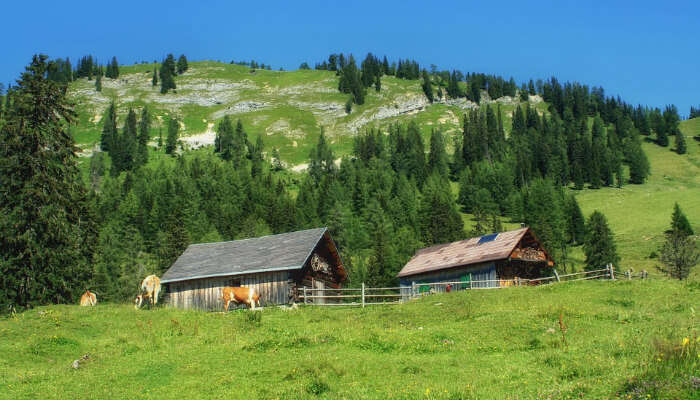
Image Credit: 12019 by Pixabay
Wondering what to see in Austria in 7 days? Styria can be one of the options. It is a Southern state in Austria, popular for its wines and castles. This is a picturesque highly forested mountain region in Austria that has a very dramatic landscape. There are endless snow-capped mountains in the region that characterize the landscape of this place.
The Gesäuse National Park and the Herberstein Zoo are home to some of the indigenous and rare wildlife species in the region. The Baroque structure buildings in the region are also a highlight of Styria and are even more awesome during summer in Austria .
Ideal for: Sightseeing, wildlife Places To Visit: Kunsthaus Graz, Hauser Kaibling, Altstadt von Graz, Hochwurzen, Treppe ins Nichts, Gesäuse National Park, Styrassic Park Places To Stay : Schloss Pichlarn, Naturchalet Höflehner Best Restaurants : Pizzeria Roberts, K.U.K. Wirtshaus Best Time To Visit: June-August, September and October How To Reach: There are direct trains between Graz and Vienna. Graz is the capital of Styria.
17. Burgenland – Taste The Fine Wines

Image Credit: oe4yla by Pixabay
Falling in Eastern Austria, Burgenland is one of the major wine-producing regions in the country. A highlight of this region is its lavish castles and other building structures from the 18th century. Go on a Vineyard tour or visit the village museum or explore Seewinkel National Park. Add this to your itinerary’s section of Austria best places to visit.
Ideal for: Sightseeing, wildlife, wine-tasting Places To Visit: Familypark Neusiedlersee, Dorfmuseum Monchhof, Schloss Esterhazy, Sonnentherme Lutzmannsburg Places To Stay : Falkensteiner Balance Resort Stegersbach, Country Lake Villa Best Restaurants : Heuriger – Restaurant Gruber – Hofleitner Best Time To Visit: All round the year How To Reach: There are direct buses between Vienna and Burgenland with decent frequency.
Suggested Read: Festivals In Europe
18. Hallstatt – Scenic Lake Views
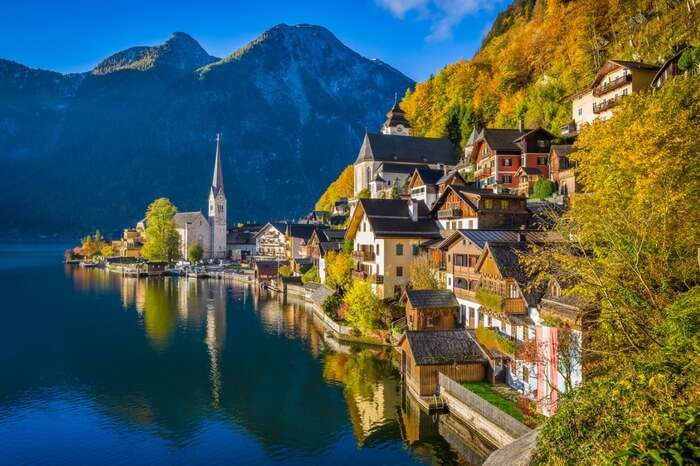
This is one of the most beautiful Austria tourist attractions as well as one of the most scenic places to visit in all of Europe. It’s essentially a small yet scenic town that sits near the Hallstatt lake overlooking its serene and clear blue waters. When you’re here, scenic beauty isn’t the only thing you’ll get. You can also indulge in some adventurous things to do in Hallstatt like rock climbing, hiking, boating, and see the charming attractions around the town like the Beinhaus (bone house) as well as the ice caves and salt caves.
Ideal for: History, architecture, adventure seekers Places To Visit: Hoher Dachstein, Salzkammergut, Salt Mine Hallstatt, Treppe ins Nichts Places To Stay : Heritage Hotel Hallstatt, Hallstatt Hideaway, Seehotel Grüner Baum Best Restaurants : Bräugasthof, Rudolfsturm, Seecafé Frundsberg Best Time To Visit: March-May, October-November How To Reach: Take a train from Salzburg to Attnang-Puchheim and then transfer to a local train heading towards Hallstatt.
19. Mostviertel – Old World Charm
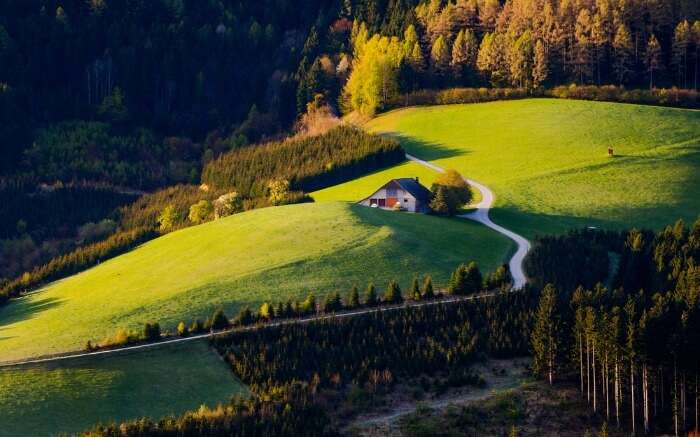
Mostviertel is located in the lower regions of Austria and is among the most captivating cities to visit in Austria. It has everything to make your holiday a scenic and beautiful affair with rolling meadows, snow-laced rugged peaks, and Europe’s largest stretches of pear orchards. It’s mix of diverse landscapes is mind-blowing and it’s this chocolate box scenery that makes it an unmissable part of any Austria tour. So, if you wish to visit the Austria mountains as well as museums and monuments at the same time, then this is the place to be.
Ideal for: Skiing enthusiasts, history lovers Places To Visit: Donauradweg, Hagenbachklamm, Tulln Places To Stay : Hotel Kartause Gaming, Zur Linde Best Restaurants : Souvlaki Bar, Kastner Restaurant & Weinbar, Gasthaus zur Palme Best Time To Visit: May-October How To Reach: There are direct buses running between the two places.
Suggested Read: Rivers In Austria
20. Alpbach – Skiing And Sledding
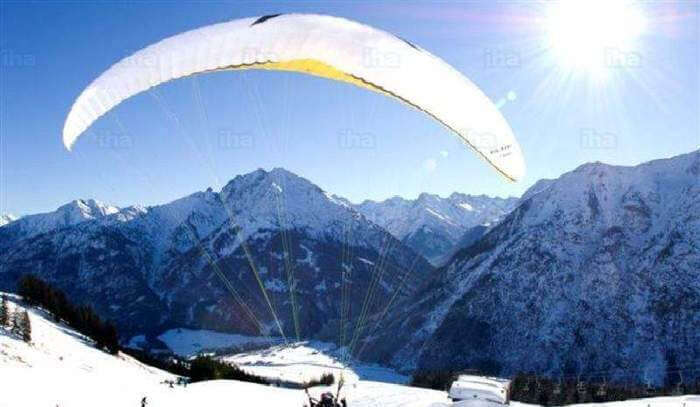
Alpbach has been voted one of the most beautiful places to visit in Austria in winter and there’s no doubt as to why. This is among the most scenic European villages tucked in the midst of majestic snow-capped Austrian Alps and offers the best places to go in Austria for skiing and sledging. Other than skiing, this town is also known for its unwavering Alpine tradition that can be experienced in its many picturesque wooden farmhouses, scenic cattle fields, and the skilled craftsmanship of the locals.
Ideal for: History, architecture, adventure seekers Places To Visit: Ski Juwel Alpbachtal Wildschönau, Church Alpbachtal, Alpbacher Talstation Wiedersbergerhornbahn, Lauserland Places To Stay : Bikepension Gästehaus Larch Alpbach, Alphof Hotel Alpbach Best Restaurants : Zirmalm, Gasthaus Jakober, Jausenstation Zottahof Best Time To Visit: August-September, February How To Reach: It is only 50 km from Innsbruck. You could arrange private or public transport from Innsbruck.
21. Eisenstadt – Postcard Perfect Sceneries

The capital of Burgenland, Eisenstadt is one of the most beautiful places to go in Austria since it is known for its rich history. The city was once home to the renowned 18th-century composer Joseph Haydn. Its baroque castles, manicured gardens, and historical museums make it a tourist-worthy destination in Austria. The cobbled streets, charming cafes and downtown areas will make an interesting feed for Instagram
Ideal For: History, Quaint cafes Places To Visit: Esterhazy Castle, Bergkirche, Schlosspark Eisenstadt, Franziskaner Kirche Places To Stay: Hotel Vicedom, Parkhotel Eisenstadt, Hotel Burgenland Eisenstadt Best Restaurants: Restaurant Villa-Antica, Haydnbrau, Ethno Best Time To Visit: September-November How To Reach: The best way to reach Eisenstadt from Vienna is by train or bus. It’s only 62 km from Vienna.
Suggested Read: Austria In December
22. Grossglockner High Alpine Road – Best Road Trip Ever
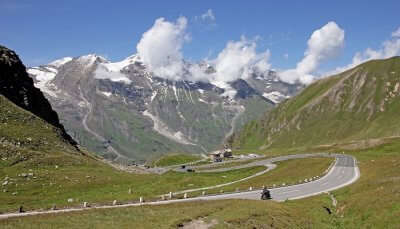
Image Credit: GeorgSchober by PIxabay
If you are fond of road trips, then put Grossglockner High Alpine Road on your bucket list. It is one of the must visit places in Austria for nature and adventure lovers. The hairpin road passes through lush alpine meadows, snowfields, and daunting cliffs. The road is literally your gateway to escape into nature. You will find a number of vantage points along the road to admire the raw and breathtaking beauty of Austria.
Ideal For: Road trip, Nature lovers Places To Visit: Grossglockner National Park Places To Stay: Hotel Kasiervilla, Berghotel Hois, Hotel Romerhof Best Restaurants: Rossbach Alm – die Apres Skibar, Hotel-Restaurant Senger, Cafe Bar Laterndl Best Time To Visit: Closed between November-May How To Reach: You could take a train from Vienna to Grossglockner and then rent a car or an automobile to enjoy a road trip.
23. Lake Constance – Third Largest Lake In Europe
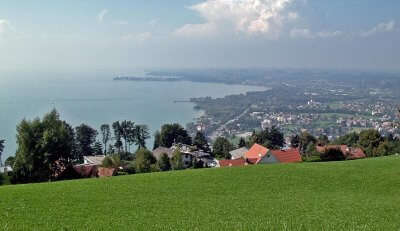
One of the best places in Austria, the ethereal beauty of Lake Constance will blow your mind away. The lake straddles in three countries; Austria, Germany, and Switzerland. Not only is it the third largest lake in Europe but also one of the most picturesque sites on the continent. One can enjoy a day picnic relaxing and soaking in the beautiful views around. In winter, this place becomes famous for thermal baths. You could also go boating in the lake. So, if you want to explore major tourist places to visit in Austria in June, this Lake Constance should definitely come to your mind.
Ideal For: Picnic, Boating Places To Visit: Mainau, Konstanz Minster, Lindau Places To Stay: Hotel Maier, Seehaus Wellenhof, Hotel Seehof Best Restaurants: Papageno, Meera, Heinzler am See, Biohotel Mohren Best Time To Visit: All months except August How To Reach: You could take a direct flight from Vienna to Fredreichshafen to get to the lake.
Suggested Read: Villas In Austria
24. National Park Danube-Auen – Into The Wild
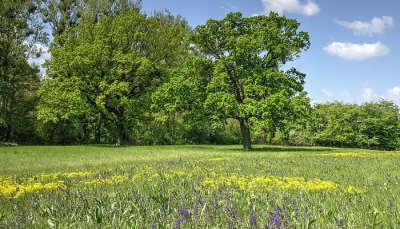
Recognized in 1996, National Park Danube-Auen is home to a variety of species of animals and plants. The park is sprawling across an area of 93 square kilometres where you can enjoy activities like bird watching, kayaking, hiking, and mountain biking. The serene lake in the heart of the national park looks inviting and appealing to the eyes. This comes under the top 10 places to visit in Austria. Explore the scenic landscapes and lush greenery in this beautiful national park.
Ideal For: Birdwatching, Wildlife Photography Places To Visit: Josefstag, Napoleons Hauptquartier Lobau Places To Stay: Hotel Marc Aurel, Hotel Altes Kloster, Airport Hotel Deininger Best Restaurants: Gasthaus Binder, Haslauerhof, Jamie’s Deli Best Time To Visit: Throughout the year How To Reach: The park can be reached from Vienna by local buses.
25. Gesause National Park – A Rock Climber’s Paradise

Are you a rock climber? If yes, then you would like to visit the Gesause National Park which is home to six mountains higher than 2000 m. it becomes a paradise for skiers in winter offering skiing slopes. As far as hiking is concerned, you will find more than 100 km of hiking trails in the park. The stunning scenery is bewildering to the senses. Enjoy rafting in the mighty Enns River that flows through the park. It is indeed one of the best places to visit in Austria in September.
Ideal For: Hiking, skiing, rock climbing Places to Visit : NA Places To Stay: Gesause-Lodge, Landgasthof Buchner, JUFA Hotel Schloss Rothelstein/Admont Best Restaurants: Genuss Region Gesause Edelwild Best Time To Visit: June to September How To Reach: The park offers soft mobility options. Check the official website for additional information.
Suggested Read: Mosques In Austria
26. National Park Hohe Tauern – The Land Of Austria’s Superlatives
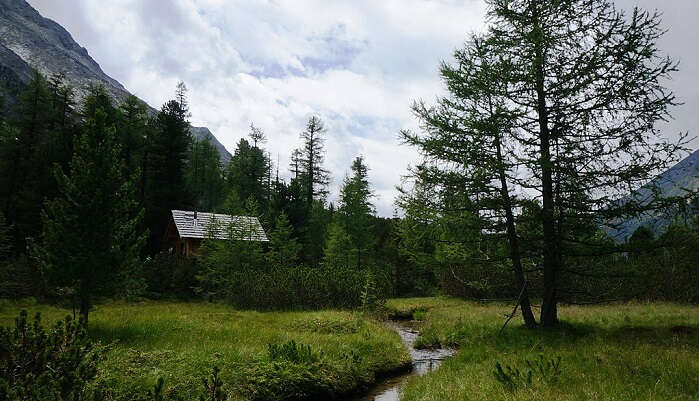
National Park Hohe Tauren is one Austria’s tourist attractions since it is the oldest and largest national park in Austria. A land of Australia’s superlatives, find the country’s largest mountains, glaciers, and forests in this national park. Spot beautiful and unique animal species. You could either explore the park on your own or join a tour guided by the park ranger.
Ideal For: Hiking, Mountaineering Places to Visit : NA Places To Stay: Heimat – Das Natur Resort, Gradonna Mountain Resort Chalets & Hotel, Natur Und Wanderhotel Outside Best Restaurants: Glocknerhaus, Edelweiss Hutte, Restaurant Kirchenwirt Best Time To Visit: Summer season i.e. June-August How To Reach: The best way to reach is by driving down here from Salzburg.
27. Seewinkel National Park – For Birdwatching
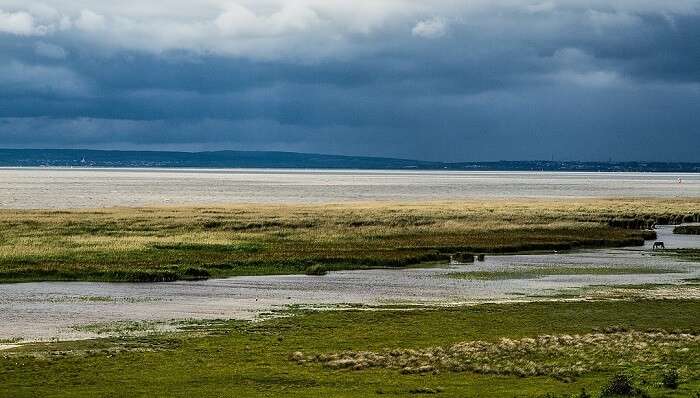
Discover the best of Austria and its nature at Seewinkel National Park. located between the Alps and Little Hungarian Plain, Seewinkel consists of a diversity of animal and plants species and landscapes. There are 340 types of bird species that you can spot on your birdwatching tour. It is one of the top places to visit in Austria with family.
Ideal For: Birdwatching, nature walk Places to Visit : NA Places To Stay: Hotel Weingut Rosenhof, Weingut Sekt & Wein – Walter Klein, Bliem’s Wohnreich Best Restaurants: Radlerkeller, Presshaus Ilmitz, Fasslkeller Fam Kroiss Best Time To Visit: Summer season i.e. June-July How To Reach: The best way is to drive here from Vienna. You could either rent a car or taxi. There are bus stops in Weiden/See and Podersdorf/See if you wish to take public transport.
Suggested Read: Austria’s Most Beautiful Spots
28. St Anton am Arlberg – Best Ski Village
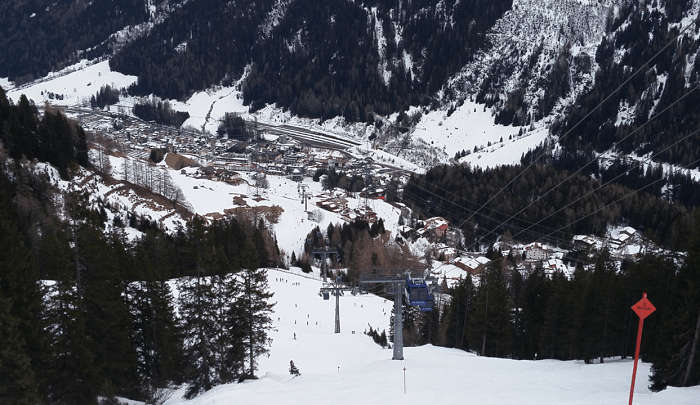
If you are wondering where to go in Austria, then consider putting St Anton am Arlberg on your itinerary. The Austrian village is famous for having one of the best ski resorts in Austria where you can enjoy skiing on the fresh slopes. There are about 100 chairlifts at the resort along with a luxurious spa, indoor rock-climbing centre, and plenty of restaurants. The place boasts of amazing nightlife.
Ideal For: Skiing, nightlife Places To Visit: Valluga, Galzig, Sonnenkopf Places To Stay: Sporthotel St. Anton, Skihotel Galzig, Hotel Garni Ernst Falch Best Restaurants: Endlich, Galzig Bistrobar, The Museum Restaurant Best Time To Visit: December-March How To Reach: Request an airport transfer from Innsbruck or Zurich airport via car, bus or shuttle to your resort in the village. It’s only 75 minute-drive from Innsbruck Airport and two-hours away from Zurich Airport.
29. Vienna Woods – UNESCO Biosphere Reserve
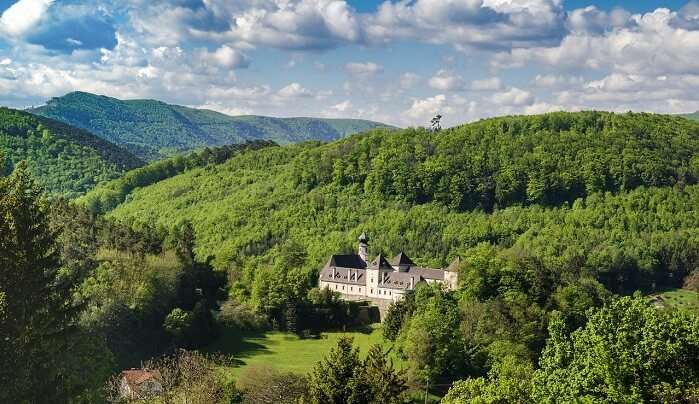
Image Credit: Wildfaces by Pixabay
What makes Vienna Woods one of the best places in Austria is its abundance of flora-fauna and proximity to the city. When locals want to get away from it all, they drive to Vienna Woods to spend some time in the lap of nature. It is a designated UNESCO Biosphere Reserve with home to 150 species of birds, 2000 animals, and various plants. The best part is that it is accessible from Vienna via public transport.
Ideal For: Nature getaway Places to Visit : NA Places To Stay: Ferienwohnung Vonwald, Hotel Ekazent Schönbrunn, Eventhotel Pyramide Best Restaurants: NA Best Time To Visit: April-May, September-October How To Reach: Vienna Woods is large consisting of multiple areas under its belt. You could take a train or bus to these respective point. Get on the bus 566 from Vienna central station to get to Laxenburg Castle Gardens.
Suggested Read: Best Honeymoon Destinations In Europe In Winter
30. Krems – Explore Nature And History
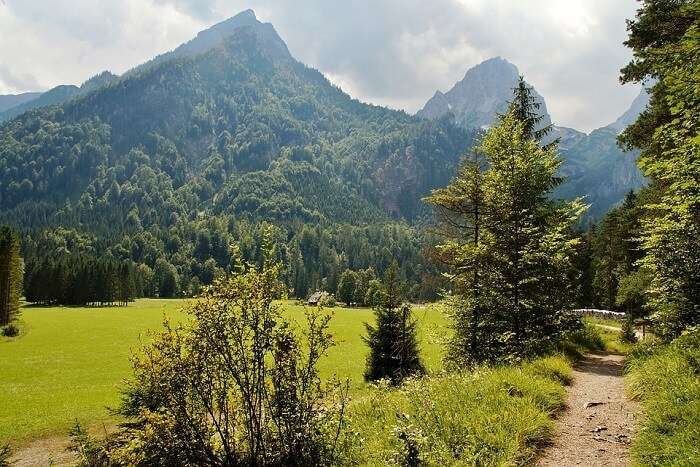
One of the top places to see in Austria is Krems, one of the oldest cities dating back to 995 AD. You can explore a millennium of history in the form of old churches, monasteries, streets and squares. Another great thing to admire in Krems is the fortification structures and burgher houses. A stroll through the streets is going to be such a refreshing experience for you, eating at one of the finest Austrian restaurants , and cafes, and exploring attractions.
Ideal for : Sightseeing, exploring historical sites Places To Visit : Kunsthalle Krems, State Gallery of Lower Austria, Göttweig Abbey, Karikaturmuseum Krems, Steiner Tor Places To Stay : Orange Wings Hotel Krems, Gasthof Klinglhuber Best Restaurants : Gasthaus Jell, Schwarze Kuchl, 2Stein Best Time To Visit : All year round How To Reach : The average journey time to travel between Vienna and Krems an der Donau is 1 hour and 10 minutes, via train. There are approximately 50 trains that run on a daily basis, so the travelling part is easy here.
31. Linz – Creative Capital

Linz is the international creative capital of culture arts and one of the best places in Austria . A contemporary city located on the banks of river Danube. A nice walk along the river with a range of cultural attractions and events will keep you entertained and energized in this beautiful city in Austria. With a great number of stunning architecture and historical buildings, Linz has over the time, been ignored and is usually not the first place that comes to mind when visiting Austria. It’s a modern city which is also the third largest in Vienna and housing some of the best hotels in Austria .
Ideal for : Sightseeing, exploring the culture Places To Visit : Linz’s main square, Schlossmuseum Linz, Pöstlingbergbahn, Ars Electronica Center, The New Cathedral, Grottenbahn Places To Stay : Jugendgästehaus Linz, Courtyard by Marriott Linz, Harry’s Home Linz Best Restaurants : Gościnna Chata, Verdi-Restaurant-Einkehr, Restaurant Rauner Best Time To Visit : May to September How To Reach : Plenty of trains from the capital city, Vienna, ply on a regular basis to Linz. In case you are looking for more exploration, then a ferry ride is also feasible when visiting the city of Linz.
Suggested Read: Austria In May
32. Schonbrunn Palace – Heritage Of Austria

Thinking where to go in Austria? Well, if you are into palaces and all, then this is for you. It is one of the most royal places to visit in Vienna. The palace is a UNESCO World heritage site, so it should be on your bucket list. As you walk into the palace, you will feel the vibes of its royalty. The palace also offers heartwarming attractions like Privy Garden which is full of lush greenery.
Ideal for: History, Architecture Places to Visit: Schonbrunn Palace Places to Stay: Austria Trend Parkhotel Schönbrunn Wien, Aparthotel Adagio Vienna City Best Restaurants: Der Gockel, Kutscher G’woelb, Joseph II. – Das Schloss-Restaurant Schonbrunn Best Time To Visit: April to May, September to October How To Reach: There are many trams and buses that go till Schonbrun palace.
33. Vienna State Opera – Rendezvous With The Culture

Vienna state opera is one of the top places in Austria for the culture vultures. If you are interested in art and culture, then this will definitely fascinate you. Firstly, the very structure of the museum will grab your attention. You can take a tour of the museum and learn about the culture of the city in detail here.
Ideal for: Culture, Architecture Places To Visit: Vienna State Opera Places to Stay: The Amauris Vienna – Relais & Châteaux, Mar Suite Apartments – Center Best Restaurants: You Vienna, Bristol Lounge, Bristol Bar, Hard Rock Cafe – Vienna Best Time To Visit: April to May, September to October How To Reach: There are many trams till Vienna State Opera
Suggested Read: Austria In November
34. Eisriesenwelt Cave – A Unique Attraction
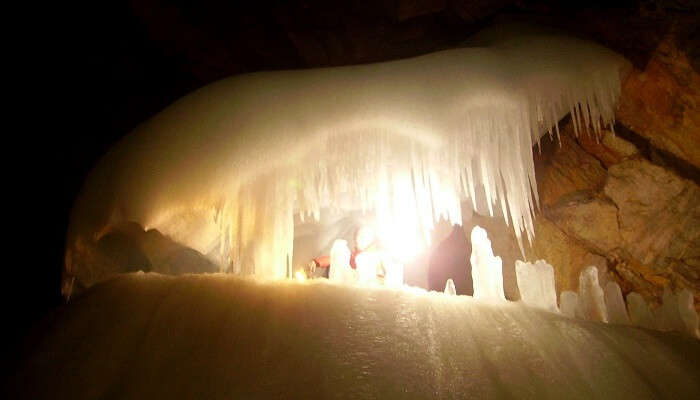
There are many places in Austria to visit while you are holidaying there. One of them is Eisriesenwelt Cave. It is one of the most outlandish and mysterious attractions in the country. You will have to go several steps down in order to reach the cave. The cave is surrounded by ice all over and will give you a thrilling experience like never before. If you wish to explore unique places to visit in Austria, don’t forget to visit Eisriesenwelt Cave.
Ideal for: Adventure, Nature Places To Visit: Eisriesenwelt Cave Places to Stay: Berghotel Garni Burgblick, Hotel Adler Best Restaurants: Restaurant Obauer, Berggasthof Zaismann, Gasthaus zum Eisenwerk Best Time To Visit: September to October, April to May How To Reach: There are many buses to go to the cave
Further Read: Salzburg Hotels
Though we’ve included the best places to visit in Austria, there is so much more to experience in this beautiful country and in Europe too! To help you plan your perfect vacation, we would recommend you plan a trip to Austria with TravelTriangle and enjoy a customized holiday just like you have always desired or dreamt of. Happy traveling!
For our editorial codes of conduct and copyright disclaimer, please click here . Cover Image Source: Shutterstock
Frequently Asked Questions About Places To Visit In Austria
Which are some of the safest places to visit in Austria for families with kids?
Austria encompasses a multitude of awe-inspiring places which one can visit with family. Some of the most picturesque and safe places to visit in Austria for families with little ones are: 1. Graz 2. Bregenz 3. Vienna 4. Innsbruck 5. Klagenfurt
Which are some of the must-visit places in Austria for couples?
Austria is home to majestic landmarks, fascinating cities, and charming towns. Amid the plethora of captivating places to visit in Austria, some of the must-visit attractions for couples are: 1. Vienna 2. Salzburg 3. Bad Gastein 4. Feldkirch 5. Hallstatt 6. Innsbruck
Which are the best places to visit in Austria?
There are various places in Austria that you must visit for a memorable vacation in this European country: 1. Innsbruck 2. Salzkammergut 3. Salzburg 4. Vienna 5. Zell am See
Which is the most beautiful city in Austria?
You won’t find one but many towns in the country of Austria that are a true beauty like: 1. Hallstatt Village 2. Innsbruck 3. Bad Gastein 4. Alpbach 5. Durnstein
What is the best way to travel around in Austria?
For a hassle-free travel experience, you should travel around Austria in a train. The Austrian Federal Railways operate the trains in this country.
What is a typical Austrian breakfast?
A typical Austrian breakfast is high in nutrients and the most popular Austrian food includes cooked eggs, grilled tomatoes, mushrooms, smoked bacon, sausages, beans, and hash browns.
Which is the best time to visit Austria?
April, May, September & October are the best months to visit Austria.
What should I buy in Austria?
Some of the best souvenirs to get back from Austria are the Mozart Balls and Austrian Beer Glasses.
Is Vienna easy to walk around?
Yes, if you like walking, then you can cover a major part of Vienna on foot. So, do not forget to pack a pair of comfortable shoes.
When does it snow in Austria?
One can expect snow in Vienna from late December till March.
What is Austria famous for?
Austria is known for castles, palaces, historical buildings and unique structures that speak of its glorious history.
Looking To Book A Holiday Package?

Spellbinding Cochin Family Tour 2D/1N Package @ Rs 2,750

Himachal Family Tour Package 4D/3N @ Rs 8,750

Exciting Andaman Family Trip 5D/4N @ Rs 10,250

Wonderful Goa Family Package 3D/2N @ Rs 6,500
Best prices guaranteed.

Riveting Rajasthan Vacation 3D/2N Package @ Rs 6,499
EMI option available.

Enchanting Uttarakhand Tour 4D/3N Package @ Rs 7,199
Explore best destinations with our experts.

Delightful South Weekend Tour 3D/2N Package @ Rs 4,999
Thrilling weekend full of fun.

Marvelous Gujarat Tour 3D/2N Package @ Rs 4,999
Talk to our experts today.
People Also Read:
Places To Visit In Mauritius Places To Visit In Arizona Places To Visit In France
Recent Posts

Unleash Your Inner Adventurer On Mayali Pass Trek

9 Places To Visit In Fethiye For An Unforgettable Experience

Visit Kamthieng House Museum In Bangkok To Experience Thai Heritage
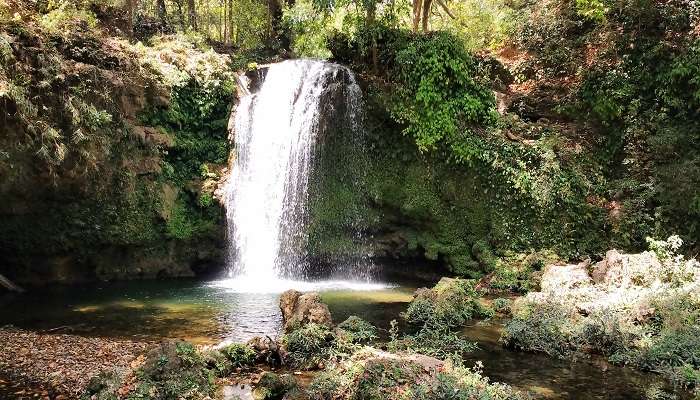
Experience The Tranquility Amidst Nature At Corbett Falls
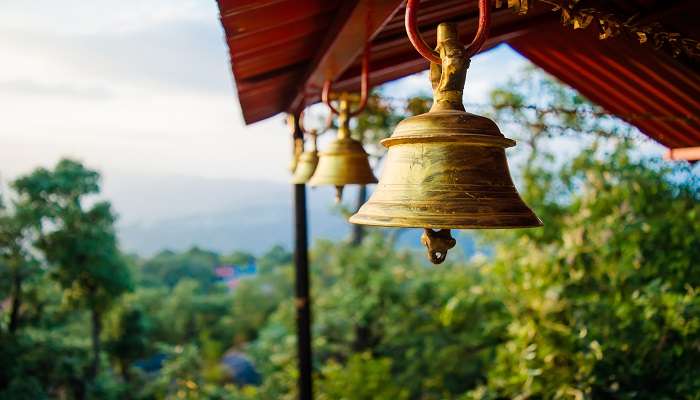
Experience The Divine Aura At Kalu Siddhi Temple
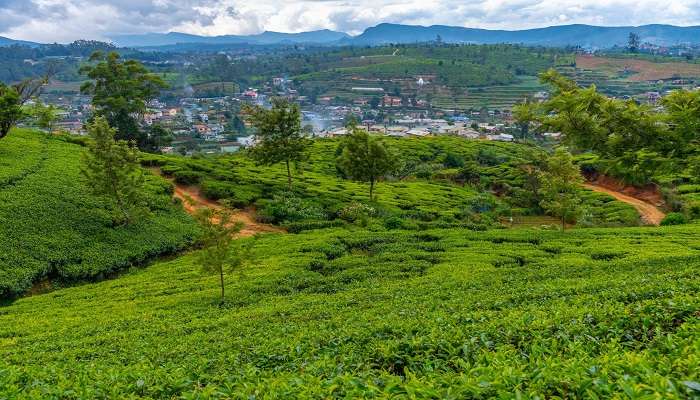
Explore The Extraordinary Views Of Pedro Tea Estate In Nuwara Eliya
Trending Blogs

20 Mysterious Places In India To Visit In 2024 More Bizarre Than The Bermuda Triangle

10 Scariest Roads In India That Are A Driver’s Nightmare

101 Places To Visit In India Before You Turn 30 in 2024

35 Exotic Places To Visit In December In India 2024 To Enjoy A Surreal Vacation

60 Best Honeymoon Destinations In India In 2024

95 Best Honeymoon Destinations In The World In 2023 For A Romantic Escape!
Best Places To Visit In India By Month
Best places to visit outside india by month.
- TravelTriangle
- International
- Europe » Austria »
- Tour Packages
- Honeymoon Packages
- Family Packages
- Budget Tour Packages
- Luxury Tour Packages
- Adventure Tour Packages
- Group Tour Packages
- Maldives Tour Packages
- Bali Tour Packages
- Dubai Tour Packages
- Singapore Tour Packages
- Thailand Tour Packages
- Europe Tour Packages
- Sri Lanka Tour Packages
- Tour Packages From Delhi
- Tour Packages From Mumbai
- Tour Packages From Bangalore
- Tour Packages From Chennai
- Tour Packages From Kolkata
- Tour Packages From Hyderabad
- Tour Packages From Ahmedabad
- Thailand Tourism
- Bali Tourism
- Singapore Tourism
- Maldives Tourism
- Mauritius Tourism
- Dubai Tourism
- Europe Tourism
- Hotels in Thailand
- Hotels in Maldives
- Hotels in Mauritius
- Hotels in Bali
- Hotels in Dubai
- Hotels in Singapore
- Hotels in Sri Lanka
50 things you need to know before traveling to Austria
Austria is one of our favorite destinations in Europe . It has beautiful natural landscapes, historic cities, impressive architecture, and fabulous landmarks, and it is one of the best places in the world to explore classical culture and art. Naturally, it is a very popular country among travelers.
In this guide, we will help you plan a fabulous trip to Austria by providing travel tips that allow you to travel easily, and stress-free while making the most of what the country has to offer. And believe us, it has more than enough.
So, and to make this information easy to understand, we created the 50 things you need to know before traveling to Austria while peeking at the best destinations and monuments, how to interact with locals, the best ways to travel, expected costs, ways to save, and much more…
Page Contents
About Austria and the Austrians
#1 With only 83,872 km2, Austria is a relatively small country. Located in the center of Europe, it is landlocked and borders Germany and Czechia to the north, Slovakia and Hungary to the east, Italy and Slovenia to the south, and Switzerland and Liechtenstein to the west.
#2 Austria is extremely mountainous, especially in the western regions. Marked by the Alps, more than 65% of the country is at an altitude above 500 meters; the highest point is the Grossglockner, with 3,797 meters of altitude.
#3 Austria is one of the world’s richest and most developed countries, and this is visible everywhere. Not because of the luxury and ostentation but for the organization, cleanliness, and quality of life that is always present.
With a Gross Domestic Product per capita PPP (purchasing power parity) of 60,418 international dollars, Austria is the 14th richest country in the world. In terms of human development, Austria ranked 18th in 2018.

How are Austrians like
#4 Despite its small size, Austria has almost 8.9 million inhabitants, of which 1.8 million (2.8 if we include the metropolitan area) live in Vienna, the capital and largest city. All other Austrian cities are much smaller, the main ones being: Salzburg, Linz, Graz, and Innsbruck.
#5 German is the official language, and virtually everyone in Austria speaks German, however, there are some regional languages , such as Croatian, Hungarian, and Slovenian, close to the respective borders. The German dialect of Austria is very similar to the Bavarian.
If you speak some German, even just a few words, it will be greatly appreciated. It also helps a lot when you need to follow basic directions and road signs.
#6 But even if you don’t speak any German, a large part of Austria’s population speaks English. In big cities and tourist areas, then, you won’t have any problems. In some more hidden areas that receive few foreigners, you may have a few more problems, but nothing that can’t be solved.

#7 Be that as it may, we always suggest that you learn some expressions in German, as in almost all other countries, locals like tourists to make an effort to communicate in their language.
- Hello – Hallo;
- Good morning/afternoon/evening – guten morgan if it’s morning; guten tag from noon to dusk (but can be used all day); guten abend (after dark)
- Please – Bitte;
- Thank you – Danke;
- Goodbye – Auf Wiedersehen or Tschüss;
#8 Our experience dealing with the Austrians has always been pretty positive. Despite having a reputation for being cold or distant, they are always very helpful and friendly.
They are not Latinos, but they are very attentive, and if they see us having difficulties doing something, they take the initiative to ask if we need help. In this sense, the Austrians are similar to the Germans in Bavaria.
#9 This brings us to one thing that Austrians really don’t like. Never call an Austrian a German, or confuse Austria with Germany. Although to an outsider, there are many similarities (and especially with Bavaria), confusing or mixing Austria with Germany is a serious faux pas .
In short, they speak German, but they are not German 🙂

#10 One of the things everyone remembers when talking about Austria is the Habsburgs, the former Austrian royal family. For hundreds of years, the Habsburgs were one of the most influential families in all of Europe, making Austria and, subsequently, the Austro-Hungarian Empire one of the main European powers.
The Habsburgs were also well-known patrons of art and science, and this made Austria and particularly Vienna, one of the main European cities, even rivaling Paris at times.
#11 The Austro-Hungarian Empire was really a huge country that dominated almost all of east-central Europe. This domain ended with the first world war, but many of Austria’s main tourist attractions and monuments were created during this time.
Austria-Hungary included (partially or fully) territories of present-day Austria, Hungary , the Czech Republic, Slovakia, Poland, Romania , Slovenia, Croatia , and Serbia.
See here for this and other things Austria is so famous for

Weather in Austria
#12 In general, the climate in Austria is continental, with cold and relatively dry winters and hot and rainy summers. In alpine areas, precipitation is higher, and temperatures are lower.
Winters are quite cold throughout Austria, even in Vienna and the Danube Valley, where the average temperature is around 0 degrees. In the valleys, the temperatures are even lower, and in the mountains, much lower.
During the summer, temperatures are pleasant in the valleys and Vienna, but at night it gets quite cold. In Vienna, the average highs reach 25/26º Celsius. Some summer storms with rain and thunderstorms are usual.

When to travel to Austria?
#13 Austria is a tourist destination all year round, offering interesting winter and summer activities. The high season is undoubtedly summer, especially in Vienna and Salzburg. So, the best time to travel to Austria depends greatly on your purpose.
If you want to go skiing, then it will have to be in winter, preferably at the end, with February, March, and April probably the best months. Otherwise, generally, the best time of year to travel in Austria is in May/June and then in September and early October. Afterward, it can start to be very cold.
In July/August, the temperatures are higher, but it is more likely to get rain, especially for crowds in more touristy places.

Is it safe to travel in Austria?
#14 Austria is a very safe country, where you will hardly find crime, let alone violent crime. However, as in all countries, it is necessary to pay attention when on public transport and near major tourist attractions, as scams and pickpockets are always possible.
We never felt the least bit in danger in Austria and always felt quite safe, even walking at night. Our experience in Austria has been nothing but positive regarding safety.
In the Alps, it is necessary to pay special attention to rapid changes in weather, avalanches and not get lost on mountain trails.

Travel in Austria
Tourists in austria.
#15 Austria is a very popular destination, receiving millions of tourists every year. With about 32 million international arrivals, it was the 7th most visited country in 2019, generating almost 23 billion dollars. By comparison, Portugal received almost 25 million tourists.
Most tourists in Austria are European, namely from Germany and the Netherlands . The main tourist regions in Austria are Tyrol, Vienna, and Salzburg. As we said initially, it is a popular destination throughout the year, with peaks in winter (February) and summer (August).
UNESCO Heritage in Austria
#16 Austria has 10 UNESCO World Heritage Sites, some shared with other European countries. Of these ten places, nine are cultural heritage, and only one is natural heritage. You can check the full list here.
In addition to these sites, Austria also has several traditions and cultures that have been considered an intangible heritage of humanity by UNESCO, such as the Spanish riding school, the Viennese coffee culture, and the Schemenlaufen, also known as the Carnival of Imst.

Where to go in Austria
#17 At first glance, we might think that the most popular tourist destination in Austria would be Vienna, but the truth is that the region that receives the most tourists is Tyrol. The Tyrol area is popular both in winter and summer, as it is of extraordinary natural beauty. In conjunction with northern Georgia is the most beautiful mountainous region we have ever visited.
If in winter, tourists seek out ski resorts and après-ski activities. Austria has some of the best winter destinations in the world with Kitzbühel Ski Resort at the top of the list.
In summer, there are many incredible walking and cycling trails in the moutains.
#18 Innsbruck is the capital of Tyrol and one of the largest cities in the Alps and, therefore, the gateway to the entire region and the Alps. However, Innsbruck is more than just a gateway.
Located by the Inn River, it is surrounded by mountains over 2000 meters high, and it is a hub for skiing and other mountain activities such as mountain biking and trails. But the city of Innsbruck itself has many tourist attractions, such as:
- Goldenes Dachl – the golden roof
- Imperial Hofburg Palace – official residence of the imperial family in Innsbruck and one of the most culturally important buildings in Austria
- Schloss Ambras – an impressive palace
- Hofkirche – one of the most beautiful baroque churches in Austria and with the impressive tomb of Maximilian I inside
#19 Vienna is one of the most fascinating European capitals. In terms of architectural wealth, it’s really our favorite. The amount of impressive buildings is incredible, and sometimes it even becomes exhausting because, at every turn, you discover a new museum, a new baroque church, and another historic building or monument.
In our opinion, you should take at least three days to visit Vienna because it really is a city that impresses and concentrates a good part of the most famous Austrian Landmarks.

#20 But in addition to all the monuments, Vienna also has some unique or almost unique characteristics, which end up turning into unforgettable activities for visitors.
Vienna is the capital of classical music, so visiting the Vienna State Opera or the classical music concert is an experience not to be missed, even if you are not a big music fan. Going to the Spanish Riding School and seeing the famous Lipizzans horses is also an amazing experience. In addition to the beautiful building itself, attending a training session or a show is something unique.

#21 Salzburg is another of the best-known and most popular destinations in Austria. The historic center of Salzburg is considered one of the best-preserved among German cities and has been a UNESCO heritage site since 1997.
There are several imposing monuments in Salzburg, such as the Hohensalzburg fortress, the Mirabell palace, the Getreidegasse, and its typical signs, the Hellbrunn castle, among others.
#22 However, Salzburg (and consequently Austria) is very well known for something completely different, the film and “ the sound of music .”
This famous film was shot in Salzburg and the mountains around it and is one of the reasons why they are so popular and so well known. So if you’re in Salzburg and feel like you’ve been there, that’s probably why.

#23 Hallstatt is a small village on the shore of Hallstatt Lake. It is one of those one-street villages, but it is one of the most popular destinations in Austria as it is incredibly picturesque, nestled between the mountains and the lake.
Near Hallstatt, we have several other tourist attractions, such as the five fingers viewpoint, the Mammoth Cave, Dachstein ice caves, and salt caves.
Hallstatt is so tiny and popular that sometimes the large crowds crammed into such a small space make a visit during the high season unpleasant. So if you can, go in mid or low-season.

#24 Graz is the second-largest city in Austria, but don’t think it’s a big city or receives the same tourists as Vienna or Salzburg. It has only about 300 000 inhabitants. It is a historic city with Roman and Slovenian roots and was declared a UNESCO heritage site in 1999.
The city’s main attraction is its over 1000 historic buildings, some of which date back to the Middle Ages. It is a picturesque city and well worth visiting for anyone who likes history and architecture.
#25 Despite all the destinations and activities mentioned above, the great landmarks impress us most in Austria. Most of these are from the imperial period, but there are also some natural and from other periods. The best known is the aforementioned Schonbrunn Palace on the outskirts of Vienna, but there are dozens or hundreds of monuments worth visiting in Austria.
In collaboration with some bloggers, we made an article exclusively about the most famous Austrian landmarks . When planning your itinerary, don’t forget to try to include as many monuments as possible on this list. It is well worth it.

What to eat in Austria?
#26 Despite being a rather small country, Austria has an incredible variety of traditional dishes that have been influenced by a wide variety of Central European cuisines. This diversity comes mainly from the time of imperial Austria when they, directly and indirectly, dominated a large part of central Europe.
Thus, some of Austria’s most popular dishes are shared with its neighbors, while others were heavily influenced by each of the lands of the former Austro-Hungarian empire and sometimes even further afield.
#27 In this article, we will not differentiate between Austrian and Viennese cuisine, however, they are considered two different cuisines. Viennese cuisine shares many characteristics with Austrian cuisine, but it developed separately and with some peculiarities of its own.
Viennese pastries and Schnitzel are some of the most popular dishes in Viennese cuisine, but in this article, we are not going to differentiate their origin but talk a little about the foods not to be missed in Austria.

Typical dishes to eat in Austria
#28 The Viennese schnitzel is Austria’s national dish, and eating it in Vienna is one of the experiences not to be missed. Its origin is unknown, but it is understood that it was not invented in Austria. However, it has become the most popular dish in the country.
A Schnitzel is a dish made with a slice of meat, breaded and fried. The meat is normally pounded to make it thin and tender. The Viennese schnitzel uses veal ribs, which should be very tender and extend throughout the dish. The outer, breaded part should be crispy.

#29 Another extremely popular dish in Austria is Tafelspitz. So popular that it is also sometimes considered the national dish. It is well-known for being one of the emperor’s favorite dishes, but it is a very simple dish.
Tafelspitz consists of beef cut into slices and cooked in a spice and vegetable broth. It is served with chopped apples and horseradish or sour cream with chives. It is a dish with a lot of substance and of humble origins, but it has become one of the mainstays of Austrian food.
#30 In terms of sweets, apfelstrudel is probably the most popular dessert in Austria and other countries in the Austro-Hungarian empire. Essentially, it consists of an oblong pastry with an apple filling. The filling is made with gratin apple, sugar, cinnamon, and bread crumbs (sometimes, it also includes raisins and walnuts). The dough is similar to filo dough in that it is thin, elastic, unfermented, and layered.
This is a very old recipe, there is even a recipe from the 17th century in Vienna’s town hall. Today you can find apfelstrudel in practically every Austrian café and bakery.

#31 The Sacher torte is completely different in content and origin. Franz Sacher invented it in 1832 in Vienna and consists of a dense chocolate cake with two layers of apricot jam between the chocolate icing and the cake. Traditionally it is served with unsweetened whipped cream.
Sacher torte is a Hotel Sacher secret, and the original pie can only be purchased at Hotel Sacher, Cafés Sacher, or online.

#32 The Viennese Café or Eispänner is also very popular. It is a drink served in a tall glass and consists of a double espresso with a good amount of whipped cream on top, which is then covered with powdered sugar and cocoa powder. This is perhaps the most iconic drink of the famous coffee houses in Vienna .
#33 Typical Vienna cafes are really the best places to try Eispänner. First of all, the most typical are beautiful places, very traditional, but full of style. Second, because the drink is excellent. For those who like coffee, it’s an experience not to be missed.
Finally, and perhaps even more important because they have an excellent atmosphere and a very unique culture, where in addition to consuming the products, you should also enjoy the time you spend there, which is why it is also an experience in itself.
It is not by chance that UNESCO declared this culture of the experience of going to these cafes an intangible heritage of humanity. It is often said these cafes in Vienna are the places where “time and space are consumed, but only the coffee appears on the bill”.
We explore this culture a little more in point 16 of this article about Austria

Money and costs of traveling to Austria
Currency, withdrawals, and payments.
# 34 Austria is a founding member of the Eurozone , so if you come from another Euro country, you won’t have to worry about currency exchanges and exchange rates. You also don’t have to worry about currency exchange costs. You can withdraw money or make payments without any foreign currency charges.
#35 However, despite not having exchange commissions to pay, it doesn’t mean that you don’t pay commissions at ATMs, as there may be ATMs that charge per withdrawal. To avoid this cost, you can simply make payments directly with a debit/credit card.
So, our suggestion to save on commissions and similar is to use a Eurozone (if possible) card to make all possible payments. If you need to withdraw money, withdraw as much as possible and pay attention to the information on the screen as it is mandatory by law to come there with cost information.

Costs of traveling in Austria
#36 One of the things you need to know before traveling to Austria is that it is a very expensive country to travel to, almost on the level of Israel , the Netherlands, and the Nordics. It is, therefore, much more expensive than Portugal or Spain , and it doesn’t even compare to most Eastern European countries. Since the average cost of living is also one of the most expensive in Europe, almost all day-to-day expenses are a little more expensive than elsewhere.
It is difficult to predict how much you will spend per day, as it depends a lot on what type of traveler you are. In our experience, almost always as backpackers, we have spent around 60 Euros per person per day. However, it is quite easy to reach 150 or 200 Euros a day without splurging too much because, in high season, the prices increase greatly in the most popular places.
#37 As with most places, accommodation is one of the biggest slices of travel costs. A bed in a cheap hostel in Vienna or Salzburg will cost at very least 20 Euros a day in Austria. While a room for two in a cheap hotel will cost 50-100 Euros, an average hotel can cost between 100 and 200 Euros, and a luxury hotel hardly ever costs below 200 Euros a day. These prices may be even higher at the peak of the high season.
In Austria, we suggest you use booking.com to book accommodation as it has an immense variety of hotels, guest houses, hostels, and even local accommodations, at the best prices.

#38 One of our favorite ways to save a few bucks is to eat only one restaurant meal per day, opting for another fast-food (not necessarily pizza or hamburger), street food, or supermarket for the other meal. It’s a kind of 3 in 1, you save money, you waste less time, and you can go to the supermarkets to see what the locals usually buy.
#39 As we said before, one of Austria’s biggest attractions is the museums and famous historical monuments . However, practically all these places have paid admission, and the tickets tend not to be cheap at all, so they accumulate, and at the end of the week, they weigh on the budget.
Obviously, we are not suggesting that you do not visit them, if you are going to a destination, it is also to see the attractions, but you should bear this in mind when you are planning the trip so as not to be surprised. The main cities, namely Vienna and Salzburg, have city cards where you can save some money (and time too) if you are thinking of visiting a lot of monuments. In this sense, the Vienna one allowed us to save at least 50 Euros per person.
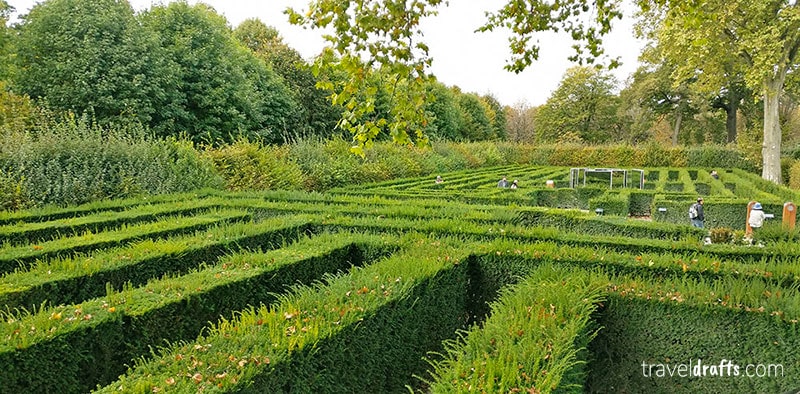
How to travel in Austria
Public transport.
#40 Due to its central location, Austria has many transport links throughout Europe, both by land and air. It is very easy to catch trains and buses to Vienna or Salzburg.
There are many air routes from all over Europe to the main Austrian cities, including low-cost flights. To search for the best option, we usually use the site rome2rio because, in addition to providing us with options with different means of transportation, it also gives us an estimate of time and price.
#41 If you can’t find any cheap flights to Vienna, we suggest you also look for Bratislava, Slovakia. The Slovak capital is located on the border with Austria, about 20km from Vienna.

#42 The best way to travel to Austria will completely depend on the type of trip you are doing. In the center of some cities, it is a bad idea to drive. For example, driving to Salzburg was a mistake we won’t make twice, and even in Vienna, we simply parked the car and never picked it up again until we left the city.
But driving through the Alps is amazing! The freedom to go wherever we want, stop wherever we want, drive on those mountain roads, and go to small lakes and natural monuments is spectacular.
#43 The public transport network in Austria is of excellent quality. Only Vienna has a metro, but the other cities have well-developed urban transport.
If you’re thinking of traveling only in urban areas, you don’t need a car as in general urban transport works quite well in practically all cities and is relatively cheap (or at least much cheaper than any other option).
Public transport is very punctual, and buying tickets in advance, in machines or kiosks, is usually necessary. As in Switzerland, train trips through the Alps are very popular because they are beautiful, but sometimes a little expensive. Buses are much cheaper, but the journey is not as exciting.

Rent a car and drive in Austria
#44 When planning your trip, ask yourself if you really need to rent a car and check if there are good alternatives. If you are planning a more urban trip, it is likely that a car is not necessary and can even become a source of costs and problems.
If you decide to travel by car, note that costs can quickly add up. If you don’t have your own car you have to:
- Rent a car – count on 200 Euros per week, at least.
- Mandatory Insurance – Nothing you can do to avoid it;
- Paying for fuel – which is very expensive in Austria;
- Pay tolls – To use motorways in Austria you have to buy a vignette at the border or at the post office. The vignette allows us to drive on any motorway during its validity period. The 10-day ticket costs around 10 Euros, which turns out to be much cheaper than in most other European countries.
- Parking – in addition to being very difficult to park in large cities and historical centers, it is quite expensive. Don’t overlook this cost.
#45 In general, driving rules in Austria are similar to those in Western Europe, so driving is not a big problem. You drive on the right, and your. The right priority rule also exists in Austria. At roundabouts, priority is given to whoever is on the roundabout, but this is practically always indicated.
Speed limits are a little more permissive than in some countries, with 130 km/h on highways, 100 km/h outside towns, and 50 km/h in urban areas, but all this is very well signposted.
Regarding driving itself, we would say that if you are used to driving at home, you can drive in Austria. Austrians are orderly people to drive, although there are also some people with less patience, especially in big cities.

Other tips for travelers to Austria
Internet in austria.
#46 All the accommodations you book should have free WIFI access, so this shouldn’t be a big concern, but we always advise you to check the comments about the signal quality.
If you want to use mobile data, you can use the data card of any European country and pay the same amount you pay in the country of origin. So, if you have data in Portugal, you have data in Austria and the rest of the EU.
Cleaning / Pollution in Austria
#47 Generally speaking, Austria is one of the cleanest countries we’ve ever traveled to. It’s not Luxembourg , but it’s close by. There are, of course, exceptions in some areas in the larger cities, but they are smaller and less severe than in most other countries.
On the other hand, in rural areas and parks, everything is exceptionally clean. Nothing to point out here. On the contrary, it is often an example to follow.

Electricity
#48 Power outlets in Austria are of type C and F, with a voltage of 230V and a frequency of 50 Hz, similar to the rest of Europe. Thus, those traveling from Europe do not need any adapters. If you come from countries with other outlets, we suggest this power adapter.
Documentation for traveling to Austria
#49 As Austria is part of the Schengen area, EU citizens do not need any special documents to travel to Austria. All you need is a valid identification document, which can be a citizen’s card or passport, and a driving license if you want to drive.
Otherwise, click here for more information on how to enter Austria and the Schengen Zone and which nationalities need a Visa.

Austria Travel Guide
#50 If you want to buy an Austria travel guide with this and all the information you need to travel, we suggest the Lonely Planet guide You can buy it by clicking here , or on the image below.
Sharing is caring!
Get the Hottest Deals First!
Soaring Peaks. Classical Cities
Listen for the music of the great classical composers. Seek out grand capitals and wide boulevards. Austria travel takes you to fairytale landscapes and glorious castles. You are in Austria, a country that brings together a distinct culture with a diverse landscape.
Destination Must-See's
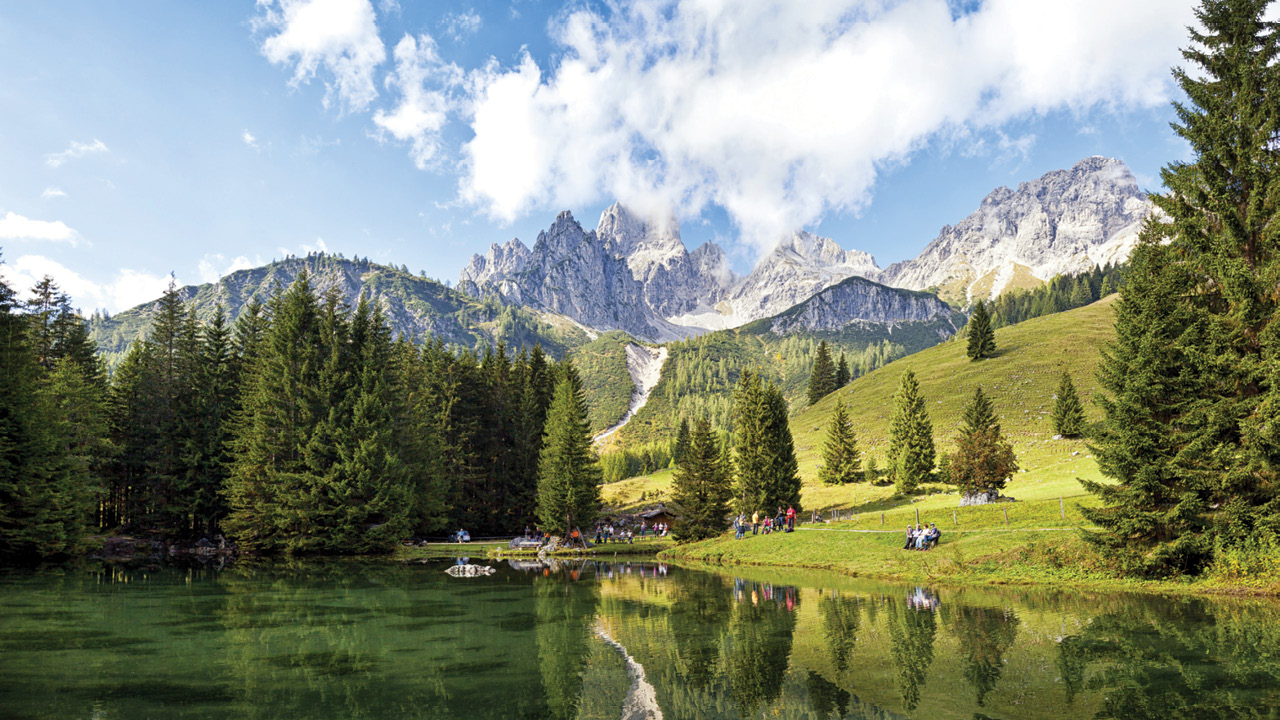
Europe’s mighty mountain range. Many of the Austrian people’s favorite activities have developed because of these mountains that cross the country including skiing, snowboarding, cross-country skiing, and hiking. The plentiful lakes, glaciers and rare flowers that lie on and around the mountains make for amazing vistas and one reason why tourism flourishes.
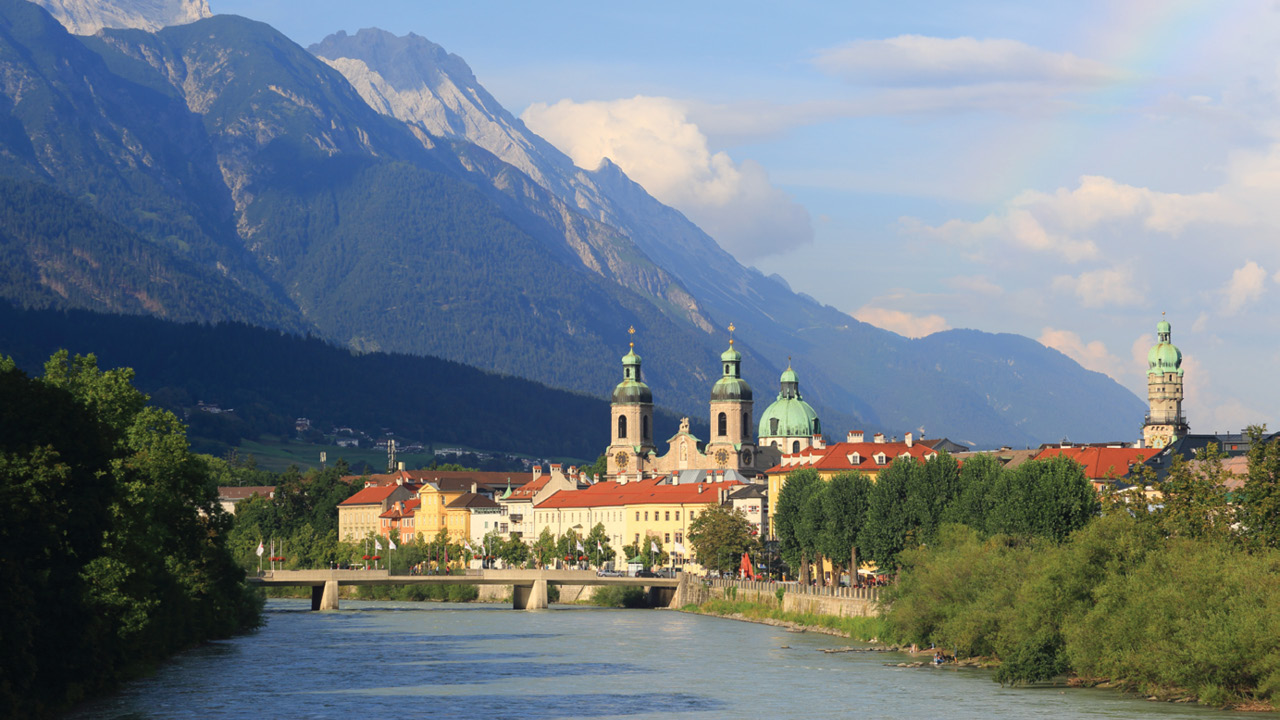
Lying in the midst of two mountain chains, the view from the city is impeccable. This lively and colorful city has a little something for everyone, from historic art and architecture to high-end and boutique shopping opportunities. Innsbruck has been host of the Olympic winter games twice, in 1964 and 1976, making it a major winter sports center with plenty of year round outdoor activities for visitors to enjoy.
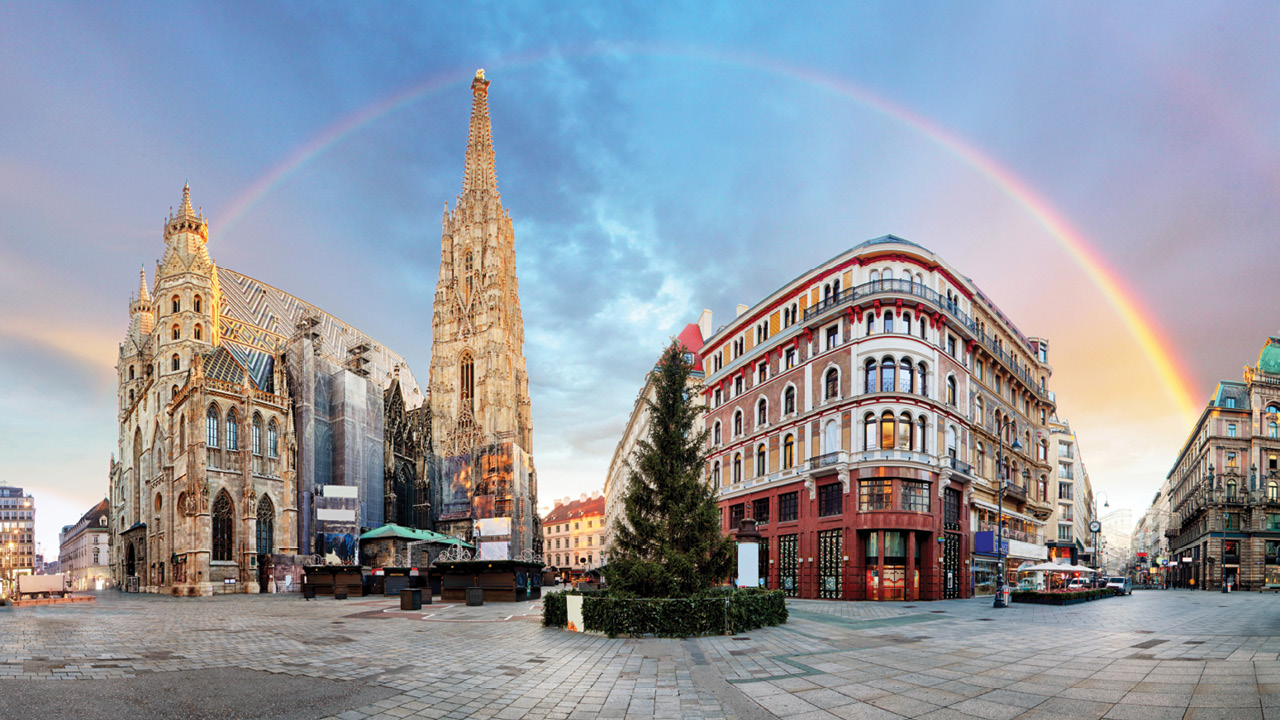
Austria’s great capital is famous for its regal history and rich culture. The city is alive with activity, and there is so much to do! There is always an opera or classical music concert to attend, an art exhibition to browse, and another street to wander. No matter what you prefer, you’ll have to find the time to join the locals at one of its amazing coffee shops to sip their acclaimed coffee and sample the delightful local wines.
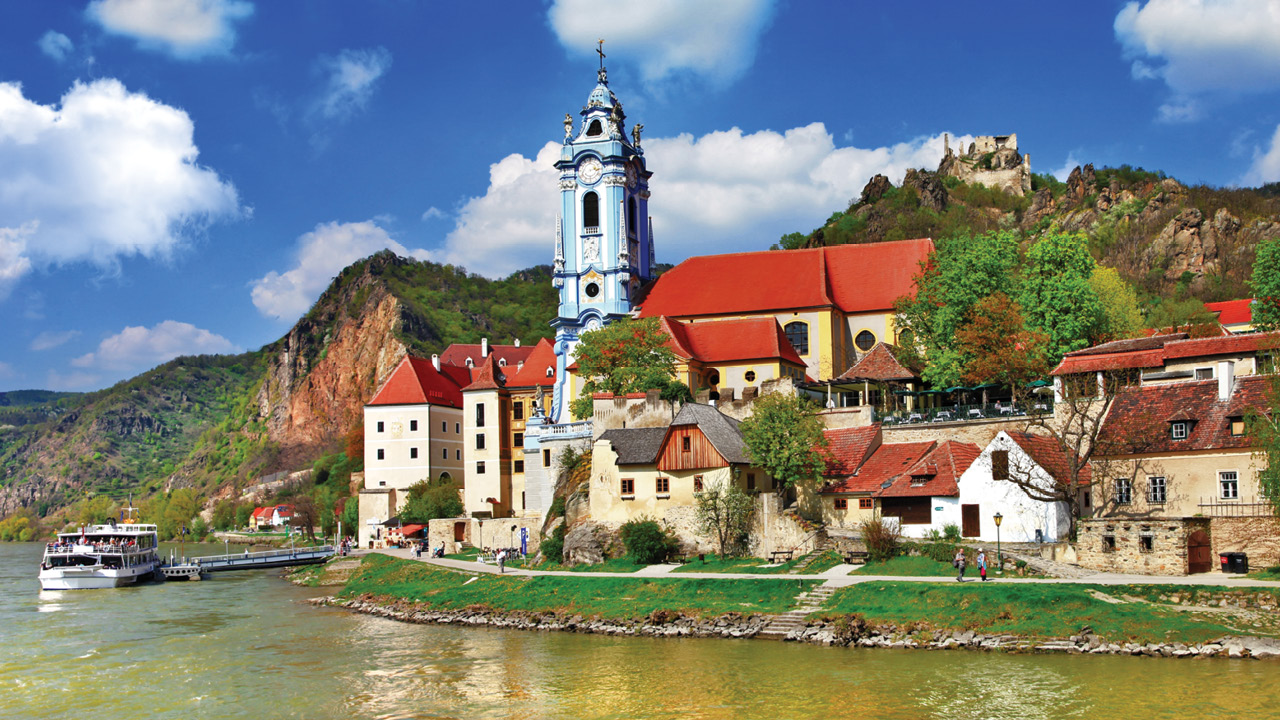
Medieval Castles:
The landscape is dotted with castles perched in the hills, allowing them to be seen from miles away. These white or light-colored stone castles look like something out of a fairytale. You are sure to be awed by these majestic structures with speared towers and tall-notched walls built in forests on top of the highest hills. As you travel through Austria, you find an abundance of castles to admire.
Destination Must-Do's
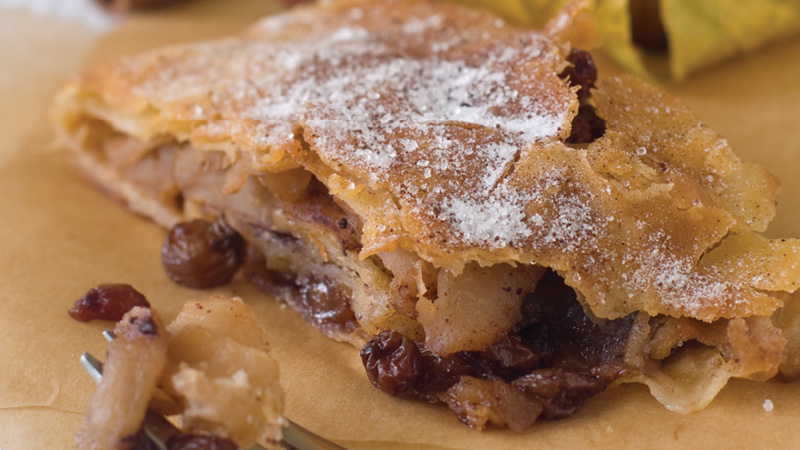
Apple strudel is a popular pastry in Austria. This sweet, layered pastry filled with apple goodness is sure to delight your taste buds. However, strudel can be more than a sweet treat, it can also be savory. It originated as an easy yet satisfying meal made by the poor. The oldest known strudel recipe was written in 1696 and was a milk-cream strudel. The Viennese have taken strudel and made it famous.

Melk Abbey:
Just outside of Vienna, on the banks of the Danube River, lies a yellow-hued architectural beauty that has been a religious and political center in the region since Roman times. The building has an impressive two-story library with a colorful frescoed ceiling and boasts many amazing views of the river. Even today, the abbey is a center of learning and culture and is still one of the most incredible sights along the Danube.
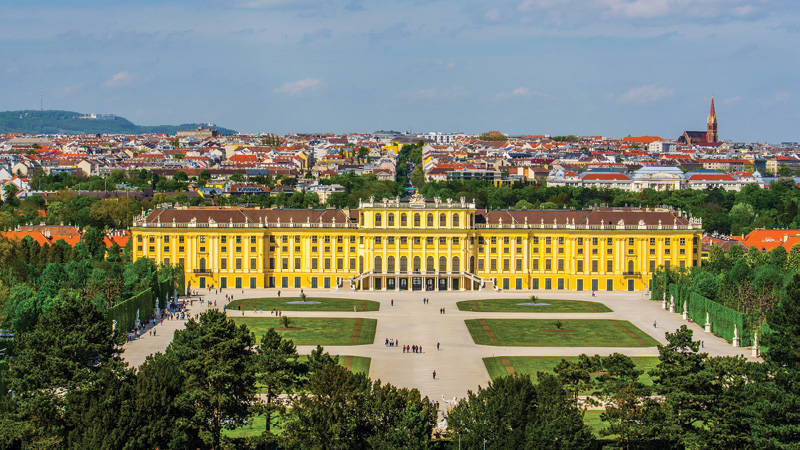
Habsburg Monarchy:
The Habsburg Empire began with Count Rudolf of Habsburg who moved the family’s rule from their ancestral Switzerland to what is now Austria in 1282. The Habsburg kings and queens made Austria the center of a multi-nation empire that spread through central Europe. They ruled Austria for centuries, all the way up to 1918. Their immense power and wealth earned them the title of one of Europe’s greatest royal families.
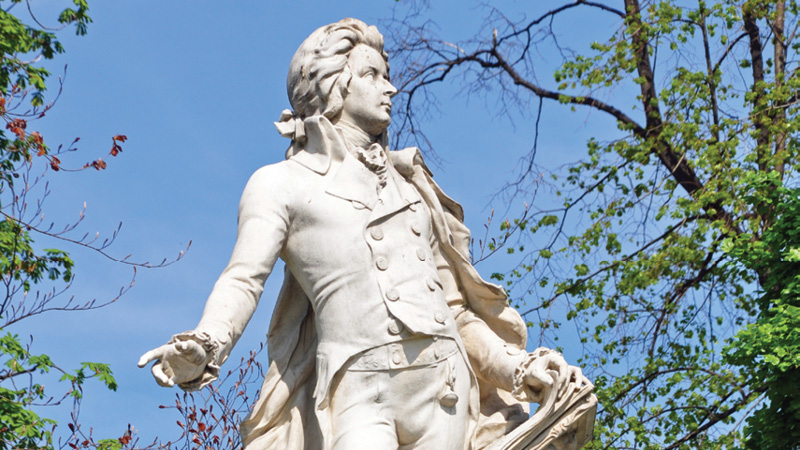
Classical Music Greats:
Austria is a country where classical music lovers flock from all over the world. They come to attend its music festivals and walk in the footsteps of the world’s greatest composers including Haydn, Mozart, Schubert, Liszt, J. Strauss, Mahler, and Bruckner. You can hear their masterpieces resonating in the music halls daily and visit the places they worked and lived all throughout this amazing country.
Expert Advice

If you are venturing out on your own, I suggest public transportation. Trains in Austria are timely and quite reliable, as is the bus system.
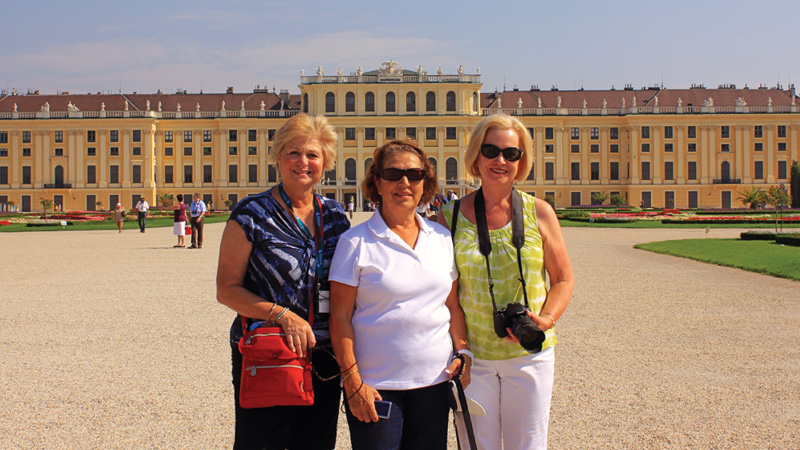
Our local guides love their countries. Be sure to take advantage of your time with them and ask a lot of questions about local life.
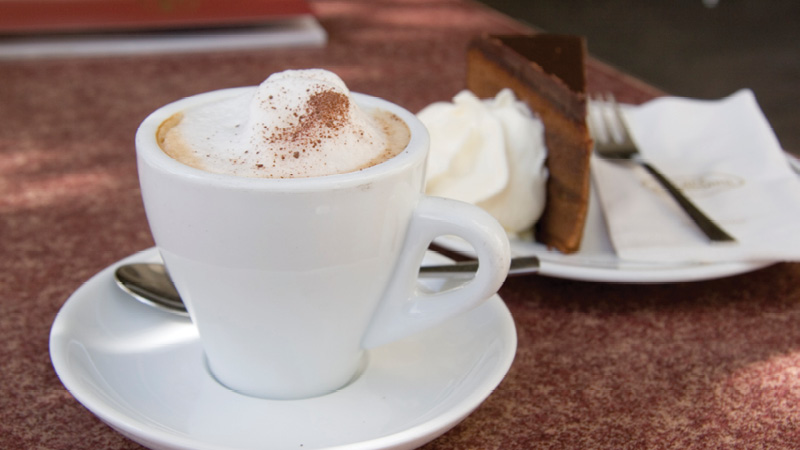
I love Vienna. This is a city of classical music and grand palaces. Enjoy the cafés and parks. Savor the chance to slow down a bit and relax at a café or stoll through one of its famous parks like the Stadtpark.
Featured Tours to Austria
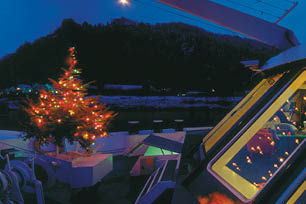
Christmas on the Danube featuring a 6-night Danube River Cruise

Magical Christmas Markets of Austria and Germany

Discover Switzerland, Austria & Bavaria

Exploring the Alpine Countries Austria - Germany - Switzerland

Discover Switzerland, Austria & Bavaria featuring Oktoberfest
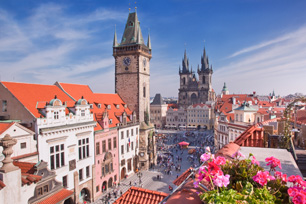
Imperial Cities featuring Prague, Vienna & Budapest

European Christmas Markets featuring Prague, Vienna & Budapest

Peaks of Europe: The Alps to The Dolomites featuring France, Switzerland, Liechtenstein, Austria, and Italy

Brochures that Feature Our Austria Tours
Find a travel agency.
Once you've found the perfect Collette tour, your local travel agent can assist you in making reservations. To find a preferred travel agent in your area, please enter your 5-digit zip code, then click Search.
Enter a Whole or Partial Zip Code
Please tell us everything, we want it all.
We really value your feedback, please be open an honest. Tell us where we can improve, how we can get better. This feedback is anonymous, but if you would like us to get in touch with you regarding an issue provide your email address as part of your feedback and we will get right back to you.
Talk to an Expert
Please fill out the form below, and a Collette Expert will contact you shortly.
- Yes, I'm a Travel Professional
- Yes, I am working with a Travel Professional
- I am traveling with 8 or more travelers
View or Download
Security Alert May 17, 2024
Worldwide caution, update may 10, 2024, information for u.s. citizens in the middle east.
- Travel Advisories |
- Contact Us |
- MyTravelGov |
Find U.S. Embassies & Consulates
Travel.state.gov, congressional liaison, special issuance agency, u.s. passports, international travel, intercountry adoption, international parental child abduction, records and authentications, popular links, travel advisories, mytravelgov, stay connected, legal resources, legal information, info for u.s. law enforcement, replace or certify documents.
Before You Go
Learn About Your Destination
While Abroad
Emergencies
Share this page:
Travel Advisory July 26, 2023
Austria - level 1: exercise normal precautions.
Reissued with obsolete COVID-19 page links removed.
Exercise normal precautions in Austria.
Read the country information page for additional information on travel to Austria.
If you decide to travel to Austria:
- Enroll in the Smart Traveler Enrollment Program ( STEP ) to receive Alerts and make it easier to locate you in an emergency.
- Follow the Department of State on Facebook and Twitter .
- Review the Country Security Report for Austria.
- Visit the CDC page for the latest Travel Health Information related to your travel.
- Prepare a contingency plan for emergency situations. Review the Traveler’s Checklist .
Embassy Messages
View Alerts and Messages Archive
Quick Facts
Six months validity recommended, at least 3 months validity beyond your planned date of departure from the Schengen area is required.
Two pages required for entry stamp
Not required for stays under 90 days within each 180-day period
For a complete list of recommended vaccinations, please see the CDC country page on Austria.
10,000 Euros or equivalent
Embassies and Consulates
Consular Section Parkring 12A (Marriott Hotel Building) 1010 Vienna, Austria Telephone: +43-(0)1-31339-7535 Emergency after-hours telephone: +43-(0)1-31339 Fax: +43-(0)1-5125835 Email: [email protected]
U.S. Embassy Vienna NOTE: No consular services are provided at the Embassy.
Boltzmanngasse 16 1090 Vienna, Austria Telephone: +43-(0)1-313-390 Email: [email protected]
Destination Description
Learn about the U.S. relationship to countries around the world.
Entry, Exit and Visa Requirements
There are no COVID-related entry requirements for U.S. citizens.
Prospective residents or anyone intending to stay longer than 90 days must obtain the appropriate visa. Visit the Embassy of Austria’s website for current visa information or the Government of Austria’s website on migration . Austria collects the fingerprints of all visa applicants.
Students and prospective students should visit the Study in Austria webpage for current information on student visa requirements. Fulbright students and scholars with questions should contact their respective program officer .
Traveling Through Europe: If you are planning to visit or travel through European countries, you should be familiar with the requirements of the Schengen Agreement.
- Your passport should be valid for at least three months beyond the period of stay if you plan on transiting a Schengen country review our U.S. Travelers in Europe page .
- You may be asked to show proof of s ufficient funds and a return plane ticket.
The U.S. Department of State is unaware of any HIV/AIDS entry restrictions for visitors to or foreign residents of Austria.
Find information on dual nationality , prevention of international child abduction , and customs regulations on our websites.
Safety and Security
Terrorism: Some terrorist groups and those inspired by such organizations are intent on attacking U.S. citizens abroad. Terrorists are increasingly using less sophisticated methods of attack – including knives, firearms, and vehicles – against soft targets, such as:
- High-profile public events (sporting contests, political rallies, demonstrations, holiday events, celebratory gatherings, etc.)
- Hotels, clubs, and restaurants frequented by tourists
- Places of worship
- Shopping malls and markets
- Public transportation systems (including subways, buses, trains, and scheduled commercial flights)
Crime: Austria has one of the lowest crime rates in Europe and violent crime is rare. Crimes of opportunity involving theft of personal property do occur. These crimes frequently occur in tourist areas, including the plaza around St. Stephen’s Cathedral and the nearby pedestrian shopping areas in Vienna’s First District.
- Beware of pickpockets on public transportation and in bus or train stations. Trains between Vienna and Budapest, Prague, or Rome are high-risk.
- Do not leave bags unattended.
- Do not carry your passport when sightseeing within Vienna; lock it in your hotel safe or other secure area unless needed for travel. Instead, carry a photocopy of your passport at all times along with a second form of ID such as a U.S. driver’s license.
Demonstrations are common. They may take place in response to political or economic issues, on politically significant holidays, and during international events.
- Demonstrations can be unpredictable, avoid areas around protests and demonstrations.
- Past demonstrations have turned violent.
- Check local media for updates and traffic advisories.
International Financial Scams: See the Department of State and the FBI pages for information.
Victims of Crime: Local authorities are responsible for investigating and prosecuting crime. You can call the police at 133. U.S. citizen victims of sexual assault are encouraged to contact the U.S. Embassy for assistance at+43-(0)1-313-390. Report crimes to the local police at 133 and contact the U.S. Embassy
See our webpage on help for U.S. victims of crime overseas .
We may be able to help victims of crime with the following:
- Help you find appropriate medical care
- Assist you in reporting a crime to the police
- Contact relatives or friends with your written consent
- Provide general information regarding the victim’s role during the local investigation and following its conclusion
- Provide a list of local attorneys
- Provide our information on victim’s compensation programs in the U.S.
- Provide an emergency loan for repatriation to the United States and/or limited medical support in cases of destitution
- Help you find accommodation and arrange flights home
- Replace a stolen or lost passport
Domestic Violence: U.S. citizen victims of domestic violence are encouraged to contact the Embassy for assistance.
Tourism: The tourism industry is regulated and rules are enforced. Hazardous areas/activities are identified with appropriate signage and professional staff are typically on hand to support organized activities. In the event of an injury, medical treatment is available throughout the country. Outside of a major cities, it may take first responders and medical professionals longer to stabilize a patient or provide life-saving assistance. U.S. citizens are encouraged to purchase medical evacuation insurance .
For further information:
- Enroll in Smart Traveler Enrollment Program ( STEP ) to receive Alerts and make it easier to locate you in an emergency.
- Call us in Washington at 1-888-407-4747 toll-free in the United States and Canada or 1-202-501-4444 from other countries from 8:00 a.m. to 8:00 p.m. Eastern Standard Time, Monday through Friday (except U.S. federal holidays).
- See the State Department's travel website for Worldwide Caution and Travel Advisories .
- Follow us on Twitter and Facebook .
- See traveling safely abroad for useful travel tips.
Local Laws & Special Circumstances
Criminal Penalties: You are subject to local laws. If you violate local laws, even unknowingly, you may be arrested, imprisoned, or deported. Individuals establishing a business or practicing a profession that requires permits or licensing should seek information from the competent local authorities, prior to practicing or operating a business.
Furthermore, some laws are also prosecutable in the United States, regardless of local law. For examples, see our website on crimes against minors abroad and the Department of Justice website.
Arrest Notification: If you are arrested or detained , ask police to notify the U.S. Embassy immediately. See our webpage for further information.
- You can expect long jail sentences and heavy fines for possessing, using, or trafficking in illegal drugs in Austria. If you break Austrian laws, your U.S. passport won’t help you avoid arrest or prosecution .
Counterfeit and Pirated Goods: Although counterfeit and pirated goods are prevalent in many countries, they may still be illegal according to local laws. U.S. Customs and Border Protection may confiscate the items or fine you, if you bring them back to the United States. See the U.S. Department of Justice website for more information.
Faith-Based Travelers: See the following webpages for details:
- Faith-Based Travel Information
- International Religious Freedom Report – see country reports
- Human Rights Report – see country reports
- Hajj Fact Sheet for Travelers
- Best Practices for Volunteering Abroad
LGBTQI+ Travelers: There are no legal restrictions on same-sex sexual relations or the organization of LGBTQI+ events in Austria. The LGBTQI+ community is well-developed in larger cities, including Vienna, Graz, Linz, Innsbruck, and Salzburg. LGBTQI+ organizations operate freely. While there is some societal prejudice against LGBTQI+ persons, Austria has become more liberal with laws and social opinion concerning sexual orientation and gender identity. Anti-discrimination laws also apply to LGBTQI+ persons. Same sex couples are permitted to marry or enter a legally recognized civil union.
See our LGBTQI+ Travel Information page and section 6 of our Human Rights report for further details.
Travelers with Disabilities: Laws in Austria prohibit discrimination against persons with physical, sensory, intellectual, and mental disabilities, and are enforced. Accessibility is limited in older buildings, including restaurants, cafes, hotels, castles, and other tourist attractions especially outside of major cities. Rentals, repair and replacement parts for wheelchairs, orthopedics, and other equipment are available in major cities. For a list of providers , click here to see City of Vienna’s accessibility website.
Students: See our Students Abroad page and FBI travel tips .
Women Travelers: See our travel tips for women travelers .
Medical facilities and staff are generally excellent and emergency services are available countrywide.
For general emergency services in Austria, dial 112.
To call an ambulance, dial 144 .
Ambulance services are widely available.
Local hospitals will not settle accounts directly with American insurance companies. You must pay the hospital’s bill and later claim reimbursement from the insurance carrier in the United States. The Austrian Medicine Import Act prohibits the import of most prescription drugs into Austria. However, non- European Union residents are allowed medicines as part of their personal luggage, but only the quantity required for the period of time you’ll be in the country. Travelers may not receive medicine by mail from abroad while in Austria. If a particular medication is not available in Austria, an Austrian pharmacy may be able to order the medication prescribed by a local physician from a pharmacy in the United States.
We do not pay medical bills. Be aware that U.S. Medicare/Medicaid does not apply overseas. Most hospitals and doctors overseas do not accept U.S. health insurance.
Medical Insurance: Make sure your health insurance plan provides coverage overseas. Most health care providers overseas only accept cash payments. See our webpage for more information on insurance coverage overseas. Visit the U.S. Centers for Disease Control and Prevention for more information on the type of insurance you should consider before you travel overseas.
The U.S. Embassy maintains a list of doctors and hospitals on its website . We do not endorse or recommend any specific medical provider or clinic.
We strongly recommend supplemental insurance to cover medical evacuation.
Always carry your prescription medication in original packaging, along with your doctor’s prescription. Check with the Austrian Ministry for Health to ensure the medication is legal in Austria.
Vaccinations: Be up-to-date on all vaccinations recommended by the U.S. Centers for Disease Control and Prevention.
Further health information:
World Health Organization
U.S. Centers for Disease Control and Prevention (CDC)
Air Quality: Visit AirNow Department of State for information on air quality at U.S. Embassies and Consulates.
Health Facilities
- Austria has world class healthcare facilities throughout the country.
- Hospitals and doctors often require payment “up front” or adequate health insurance prior to service or admission. Patients who need emergency or life-saving medical treatment will not be turned away for lack of payment or insurance.
- Patients bear all costs for transfer to or between hospitals.
Medical Tourism and Elective Surgery
- Medical tourism is a rapidly growing industry. People seeking health care overseas should understand that medical systems operate differently from those in the United States and are not subject to the same rules and regulations. Anyone interested in traveling for medical purposes should consult with their local physician before traveling and visit the U.S. Centers for Disease Control and Prevention website for information on Medical Tourism, the risks of medical tourism, and what you can do to prepare before traveling to Austria.
- We strongly recommend supplemental insurance to cover medical evacuation in the event of unforeseen medical complications.
Pharmaceuticals
- Many medications that are common in the United States are illegal in Austria, even with a prescription. Austria does not allow the importation of any pharmaceuticals that contain narcotic drugs or psychotropic substances. Obtaining such medications in Austria is either impossible or requires a diagnosis and prescription from an Austrian doctor. Please review the medication rules on the websites of the Austrian Embassy in Washington, D.C., and the Austrian Health Ministry .
- COVID-19 tests in Austria are widely available at local Apoteken (pharmacies), including rapid and PCR tests. U.S. citizens are responsible for paying for all costs upfront. Results are normally delivered by e-mail, test or you may request a physical copy from the lab.
- The COVID-19 vaccine is available free of charge for U.S. citizen residents of Austria and hold valid Austrian healthcare E-cards. U.S. citizen visitors may be required to pay vaccination costs upfront.
Many cities in western Austria are at high altitude. Be aware of the symptoms of altitude sickness and take precautions before you travel. Visit the U.S. Centers for Disease Control and Prevention website for more information about Travel to High Altitudes .
Adventure Travel: Visit the U.S. Centers for Disease Control and Prevention website for more information about Adventure Travel .
Travel and Transportation
Road Conditions and Safety: Road conditions in Austria are excellent. During the winter, roads in alpine areas may become dangerous due to snow, ice, or avalanches. Some mountain roads may be closed for extended periods. Snow tires or chains may be required in certain provinces or mountain towns. If you are renting a car in winter months and driving to a ski resort, check with your car rental company to ensure your vehicle is properly equipped.
Be alert when you drive through autobahn construction zones, particularly on the A-1 East/West Autobahn. Traffic information and road conditions are broadcast on the English-language channel, FM4 (frequency depends on location). Traffic information is posted on digital signs, and trackable in popular mobile apps. Emergency roadside help and information may be reached by dialing 123 or 120 for vehicle assistance and towing services (Austrian automobile clubs), 122 for the fire department, 133 for police, and 144 for ambulance. The European emergency line is 112 .
Traffic Laws : Please see Austria’s travel webpage for detailed information related to driving. Below are key laws to consider:
- Penalties for driving under the influence are stricter than in many U.S. states.
- Display an “ autobahn vignette ” highway-tax sticker on the inside of the vehicle’s windshield. The fine for failing to display a valid sticker is EUR 120 ($150 USD), paid in cash “on the spot.”
- The maximum speed limit is 130 km/hr (81mph) on the Austrian autobahns.
- It is against the law to use a hand-held cell phone while driving.
- It is against the law to turn right on red .
- It is mandatory for cars on Austrian motorways to pull over when an emergency vehicle is approaching. On two-lane roads or larger, vehicles pull over to either far left or far right to create an emergency corridor down the center.
- You could be issued a substantial fine for not usin winter tires on your vehicle between November 1 and April 15, depending where you are driving. Your car insurance is void if you are in an accident, and your vehicle does not havewinter tires.
- Read your rental contract closely.You may be arrested, fined , and/or charged with attempted auto theft if you try to drive a rental car in countries listed as “prohibited” on the car rental contract.
- A U.S. driver's license alone is not sufficient to drive in Austria. A U.S. driver's license must be accompanied by an international driving permit or by an official translation of the U.S. driver's license, which can be obtained in the United States at AAA, or at one of the Austrian automobile clubs (ÖAMTC or ARBÖ). U.S. citizens who intend to take up residence in Austria must obtain an Austrian driver’s license after six months of arriving.
Public Transportation: Austrian Federal Railways ( Österreichische Bundesbahnen ) offers train service to all major towns in Austria and major cities in Europe. There is also an extensive network of Österreichische Post bus lines . All major cities have excellent public transportation systems. Click here for Vienna’s public transportation website.
See our road safety page for more information. Visit the website of Austria’s national tourist office and national authority responsible for road safety.
Aviation Safety Oversight: The U.S. Federal Aviation Administration (FAA) has assessed the Government of Austria’s Civil Aviation Authority as compliant with International Civil Aviation Organization (ICAO) aviation safety standards for oversight of Austria’s air carrier operations. Further information may be found on the FAA’s safety assessment page .
For additional travel information
- Enroll in the Smart Traveler Enrollment Program (STEP) to receive security messages and make it easier to locate you in an emergency.
- Call us in Washington, D.C. at 1-888-407-4747 (toll-free in the United States and Canada) or 1-202-501-4444 (from all other countries) from 8:00 a.m. to 8:00 p.m., Eastern Standard Time, Monday through Friday (except U.S. federal holidays).
- See the State Department’s travel website for the Worldwide Caution and Travel Advisories .
- Follow us on Twitter and Facebook .
Austria was cited in the State Department’s 2022 Annual Report to Congress on International Child Abduction for demonstrating a pattern of non-compliance with respect to international parental child abduction. Review information about International Parental Child Abduction in Austria. For additional IPCA-related information, please see the International Child Abduction Prevention and Return Act ( ICAPRA ) report.
Travel Advisory Levels
Assistance for u.s. citizens, austria map, learn about your destination, enroll in step.

Subscribe to get up-to-date safety and security information and help us reach you in an emergency abroad.
Recommended Web Browsers: Microsoft Edge or Google Chrome.
Check passport expiration dates carefully for all travelers! Children’s passports are issued for 5 years, adult passports for 10 years.
Afghanistan
Antigua and Barbuda
Bonaire, Sint Eustatius, and Saba
Bosnia and Herzegovina
British Virgin Islands
Burkina Faso
Burma (Myanmar)
Cayman Islands
Central African Republic
Cote d Ivoire
Curaçao
Czech Republic
Democratic Republic of the Congo
Dominican Republic
El Salvador
Equatorial Guinea
Eswatini (Swaziland)
Falkland Islands
France (includes Monaco)
French Guiana
French Polynesia
French West Indies
Guadeloupe, Martinique, Saint Martin, and Saint Barthélemy (French West Indies)
Guinea-Bissau
Isle of Man
Israel, The West Bank and Gaza
Liechtenstein
Marshall Islands
Netherlands
New Caledonia
New Zealand
North Korea (Democratic People's Republic of Korea)
Papua New Guinea
Philippines
Republic of North Macedonia
Republic of the Congo
Saint Kitts and Nevis
Saint Lucia
Saint Vincent and the Grenadines
Sao Tome and Principe
Saudi Arabia
Sierra Leone
Sint Maarten
Solomon Islands
South Africa
South Korea
South Sudan
Switzerland
The Bahamas
Timor-Leste
Trinidad and Tobago
Turkmenistan
Turks and Caicos Islands
United Arab Emirates
United Kingdom
Vatican City (Holy See)
External Link
You are about to leave travel.state.gov for an external website that is not maintained by the U.S. Department of State.
Links to external websites are provided as a convenience and should not be construed as an endorsement by the U.S. Department of State of the views or products contained therein. If you wish to remain on travel.state.gov, click the "cancel" message.
You are about to visit:
Cookies on GOV.UK
We use some essential cookies to make this website work.
We’d like to set additional cookies to understand how you use GOV.UK, remember your settings and improve government services.
We also use cookies set by other sites to help us deliver content from their services.
You have accepted additional cookies. You can change your cookie settings at any time.
You have rejected additional cookies. You can change your cookie settings at any time.
Register to vote Register by 18 June to vote in the General Election on 4 July.
- Passports, travel and living abroad
- Travel abroad
- Foreign travel advice
Warnings and insurance
Before you travel.
No travel can be guaranteed safe. Read all the advice in this guide and any specific travel advice that applies to you:
- women travellers
- disabled travellers
- LGBT+ travellers
- solo and independent travel
- volunteering and adventure travel
Travel insurance
If you choose to travel, research your destinations and get appropriate travel insurance . Insurance should cover your itinerary, planned activities and expenses in an emergency.
About FCDO travel advice
The Foreign, Commonwealth & Development Office ( FCDO ) provides advice about risks of travel to help British nationals make informed decisions. Find out more about FCDO travel advice .
Follow and contact FCDO travel on Twitter , Facebook and Instagram . You can also sign up to get email notifications when this advice is updated.
Related content
Is this page useful.
- Yes this page is useful
- No this page is not useful
Help us improve GOV.UK
Don’t include personal or financial information like your National Insurance number or credit card details.
To help us improve GOV.UK, we’d like to know more about your visit today. Please fill in this survey (opens in a new tab) .
Top tips for visiting Austria on a budget

May 29, 2024 • 7 min read

Austria may not be a budget destination, but with some savvy planning there are many ways to make your euros go further © Patrick Daxenbichler / Getty Images
Despite its monarchically lavished cities, alpine villages at the foot of gondola-gliding peaks, and enchanting lakeside hangouts, you don’t need pockets as deep as an emperor to enjoy Austria .
Much like its Western European neighbours, Austria is a far stretch from being a shoestring destination. But public transportation is inexpensive, guest cards bundle together a staggering stack of discounts, you can wander the grounds of grandiose sites and climb every mountain without spending a cent, and street food balances out the splurge on schnitzel.
Here’s how to make your budget stretch further on your visit to Austria.
Daily costs
- Dorm bed in a hostel: €30
- Basic hotel room for two: €100
- Daily travel card on public transport: €8
- City card, 24 hours: €70
- Museum entry: €15
- Cup of coffee: €4.50
- Three-course restaurant dinner for two: €80
- A glass of Austrian wine: €4
- A pint of beer at the bar: €4
- Average daily cost: €150
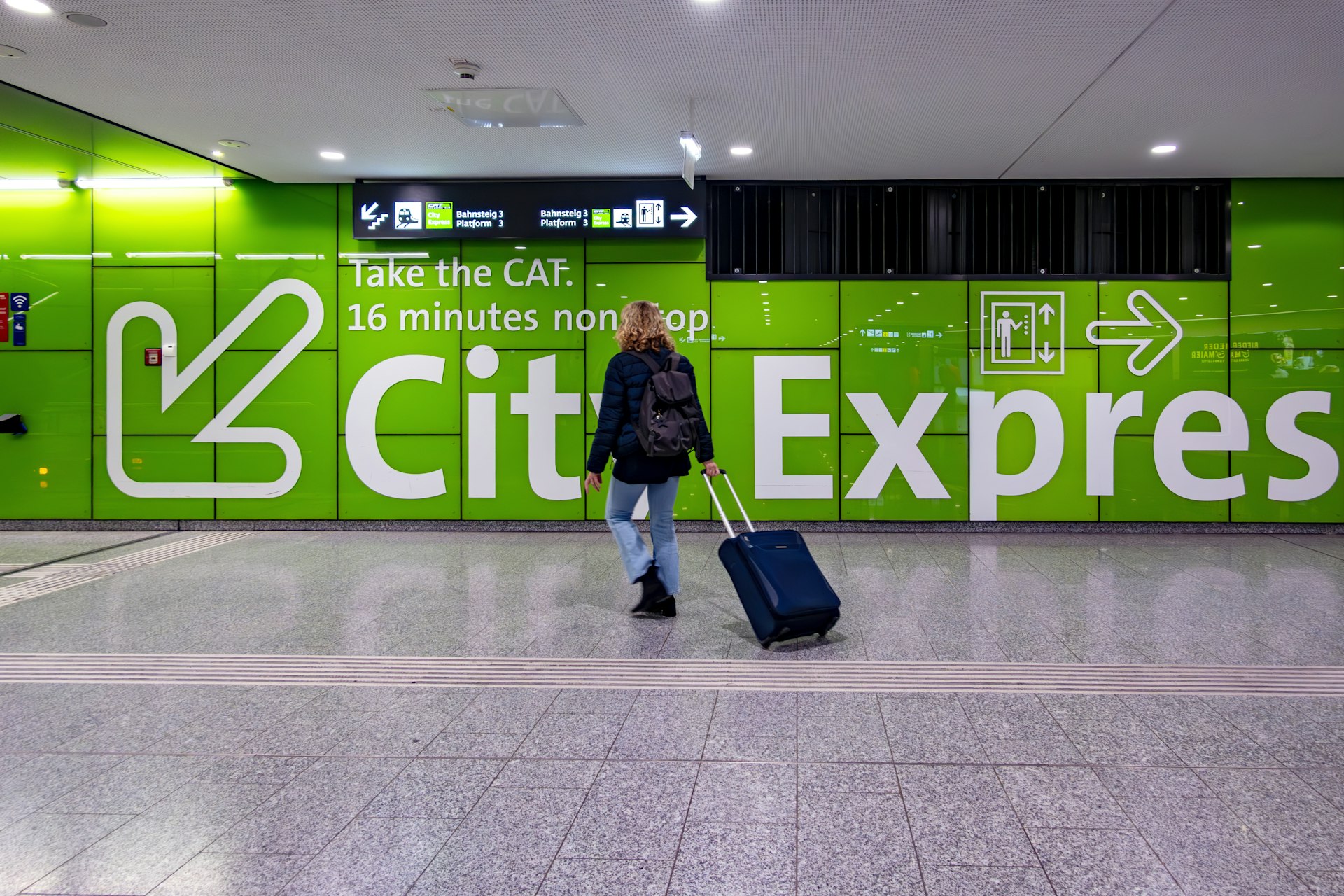
Fly into Vienna for the best choice of budget air fares
While Salzburg , Innsbruck , Klagenfurt and Graz have airports, Vienna International Airport is Austria’s biggest, serving more flights from budget airlines such as Ryanair, Wizz Air and Eurowings.
Travel in the shoulder seasons for cheaper room rates
The winter ski season (December to April) and summer (June to August) are the busiest times to visit Austria. In the spring and autumn shoulder seasons (May, and September to November), you’ll be more likely to snag better-priced rooms, score tickets on popular transport routes and find fewer crowds to make the most of your time at museums and other major sights.
Book train tickets in advance to get around for less
The cheapest way to get around Austria is by purchasing advance train tickets. Save half or more on the cost of a standard ticket by booking a bargain fixed-departure-time Sparschiene ticket with national rail operator ÖBB . But before you book, compare prices with private rail operator WESTbahn , which connects Vienna to Salzburg, Innsbruck and Bregenz with supersaver and flexible tickets. And, depending on your plans, consider whether a Eurail Austria pass – which starts at €144 for three days – might be more cost-effective.
Read more: Everything you need to know about getting around Austria
Get a 24-hour pass for unlimited public transportation
In big cities, a single ride on public transport might cost as little as €2.40, but don’t pay as you go if you plan to travel several times over the course of a day; you’ll save money with a 24-hour pass, which costs less than €10.
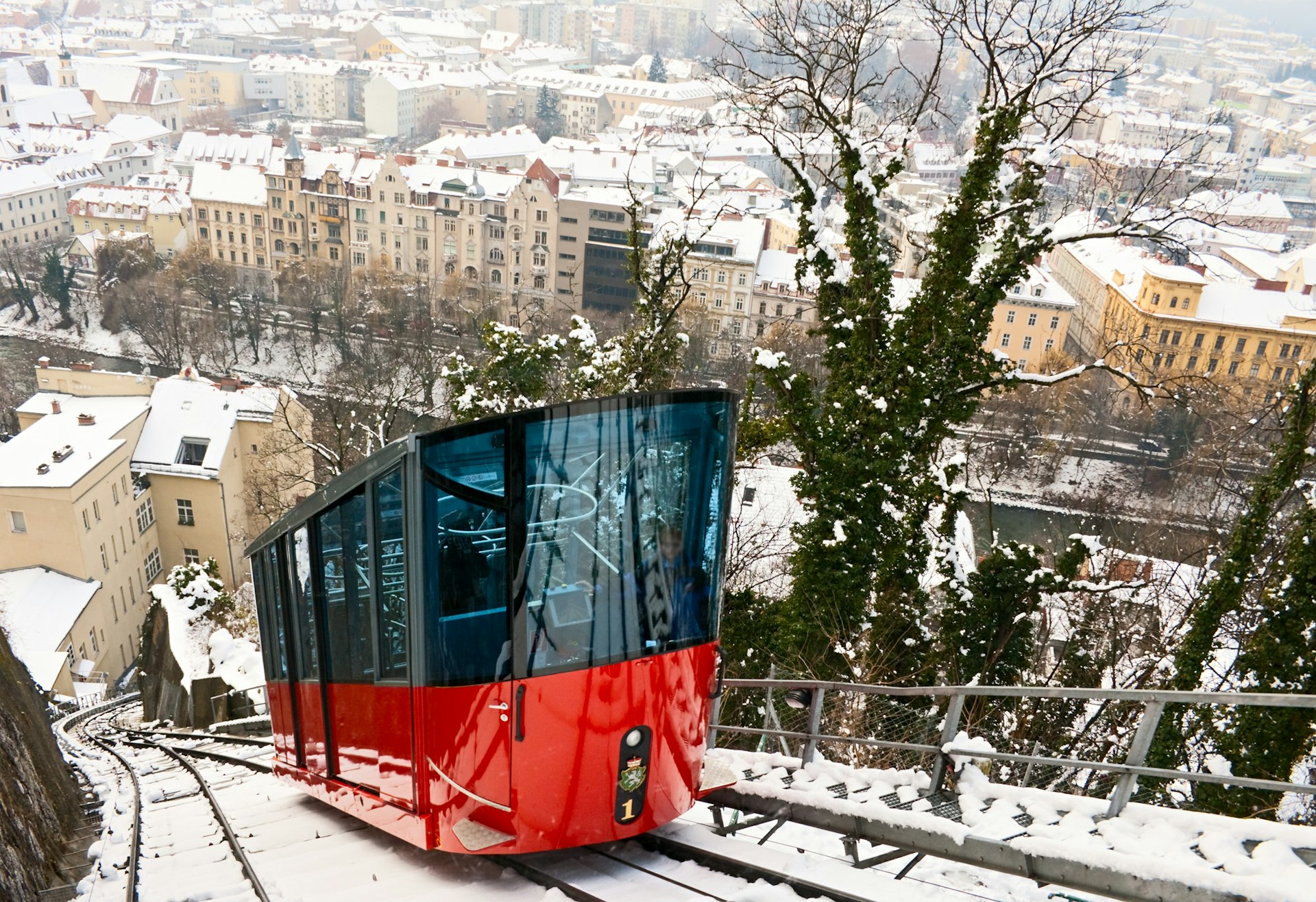
Plan your days – a city tourist pass could save you money
Palaces, museum complexes and tempting day trips – traveling on a budget shouldn’t mean having to max out on one highlight per day. Depending on your plans, you could save money with city tourist passes in 24-, 48-, or 72-hour variations, which include public transportation and discounts for attractions.
The Vienna City Card includes a 20% discount on participating hotels and restaurants.
You’ll get the Innsbruck Welcome Card with a stay of two nights at partner hotels and it includes weekly guided hiking and e-biking tours
The Graz Card adds on free travel on the Schlossbergbahn and the Schlossberglift, as well as an old town tour.
The Linz Card grants free museum entry, a €10 voucher redeemable on concerts and river cruises and throws in a trundle on the mountain tramway Pöstlingbergbahn.
The Salzburg Card represents the best value for money. It offers one night of accommodation and free admission to every city tourist attraction and museum that you can squeeze in.
Book at partner hotels with regional discount cards
If you're roaming a region you can look out for guest cards offering unlimited transport, entry discounts and access to outdoor activities.
If you book a room at a partner hotel in Tyrol , Vorarlberg, Salzburgerland , Upper Austria and Burgenland and you’ll get a card for free at check-in.
In areas without partner hotel links you can buy regional money-saving cards, such as Carinthia ( Kärnten Card ), Styria ( Steiermark-Card ) and Lower Austria ( Niederösterreich-CARD ),
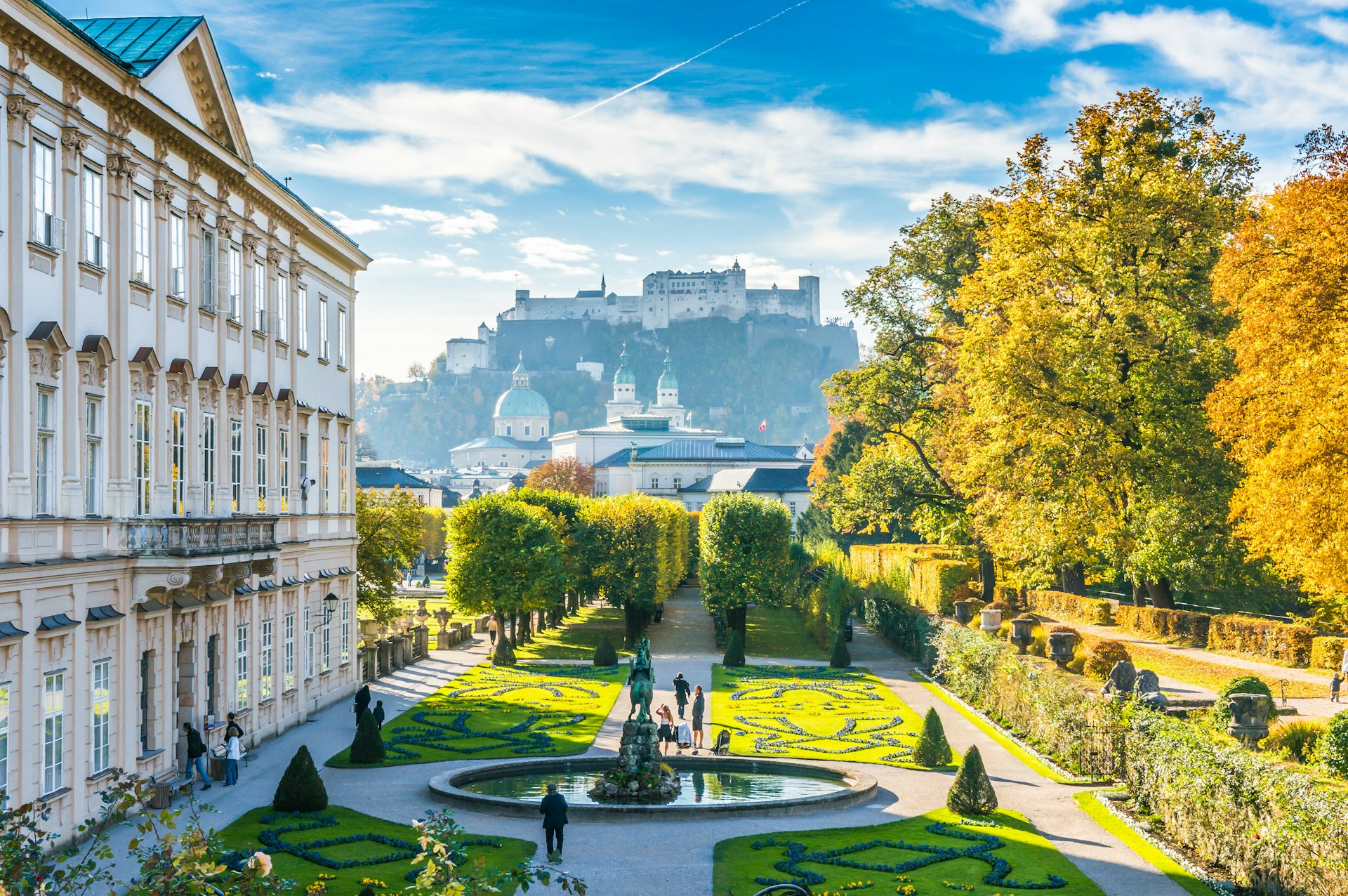
Seek out attractions that cost nothing (nature is free)
UNESCO-protected old towns are open-air museums, and the landscaped gardens of opulent abodes – including those at Schönbrunn and Belvedere in Vienna and Mirabell Gardens in Salzburg – are public-access enchantments. Beyond the gilded halls, several film and music events across the country don’t require a ticket, including Vienna’s Summer Night Concert in Schönbrunn Palace (June), the Vienna Film Festival (June to September) and Salzburg’s Mirabell Gardens Sunday Promenade Concerts (May until August).
For the pinnacle of budget exploration, skip the cable car ticket and pick a hiking route for valley and vineyard highs. And if you don’t find yourself scrambling for a deck-side spot at one of Austria’s bathing lakes, swim in Vienna’s Alte Donau or Salzburg’s Almkanal, instead of pay-for-entry lidos.
Visit museums for free
Ticket costs to see Vienna’s assemblage of art and heritage quickly stack up, but more than one million objects are showcased for free at the Wien Museum Karlsplatz , giving you a taster of the city’s millennium of history. There’s also free admission every first Sunday of the month at Hermesvilla (former escape of Empress Elisabeth, the wife of Emperor Franz Joseph I) in the Lainzer Tiergarten , the artifact-loaded Römermuseum (Roman Museum) and six houses that were once home to the composers Beethoven, Haydn, Schubert, and Strauss.
Max out the value of your ticket on late-night open days – Vienna’s Kunsthistorisches Museum Wien and Leopold Museum are open until 9pm on Thursdays; the Naturhistorisches Museum until 8pm on Wednesdays; and Salzburg’s Museum der Moderne stays open until 8pm on Thursdays.
Across Austria for one night in October, the Long Night of the Museums offers the chance to culture-cram as many museums as you like from 6pm until 1am for the cost of a single €15 ticket.
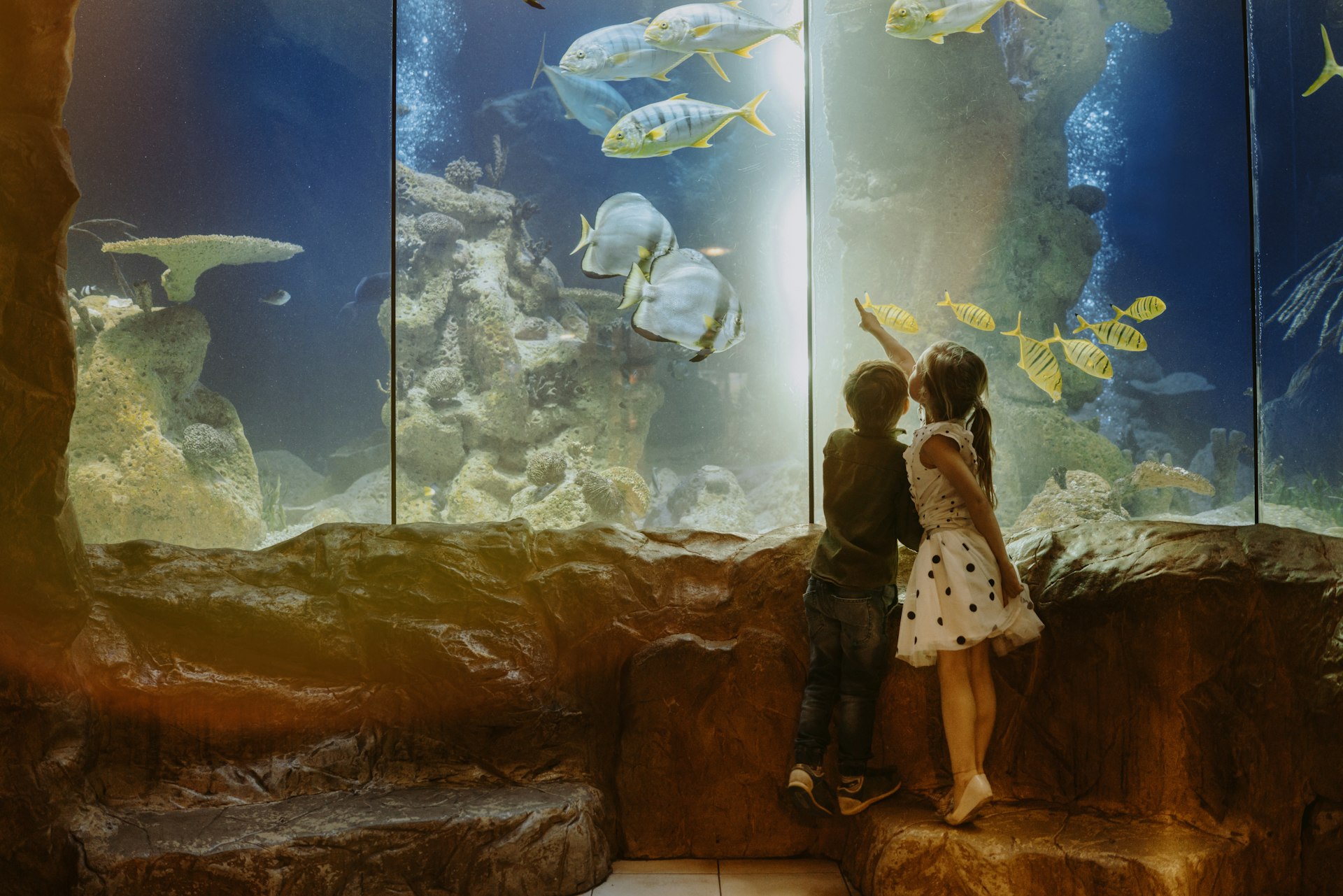
Look out for discounts for children, students and over-60s
From transport to theatre shows, museums to mountain lift passes, showing the relevant ID can get you free or discounted admission.
Join free walking tours and greeter programmes
Join walking tours with locals who will introduce you to their city on a “for-tips” basis. Vienna has nine free tours to choose from. Check out the first free walking tour in Salzburg and Innsbruck’s greeter network . Or guide yourself through Austria's splendor with apps like GPSMYCITY , which currently covers 13 destinations in the country.
Eat breakfast at a bakery and not your hotel
Swap pricey continental breakfasts for bakeries with flavorful bread, pastries and coffee. Ströck, Anker, and Der Mann are fresh-out-of-the-oven chains, and neighborhoods are dotted with independent bake shops.
Scour supermarkets for end-of-day deals
Whether in a Dorf (village) or a Stadt (city), you'll find a supermarket like Billa, Spar, Hofer or MPREIS for a quick, on-the-road fill-up or a budget-friendly at-home feast. For farm-fresh produce, meander mouthwatering markets like Naschmarkt and Brunnenmarkt in Vienna, Kaiser Josef Markt in Graz, and the Market Hall in Innsbruck.
Download the Too Good to Go app and grab last-minute food bundles from grocery stores, supermarkets, bakeries and take-outs. Some generous goodie bags are under €5.
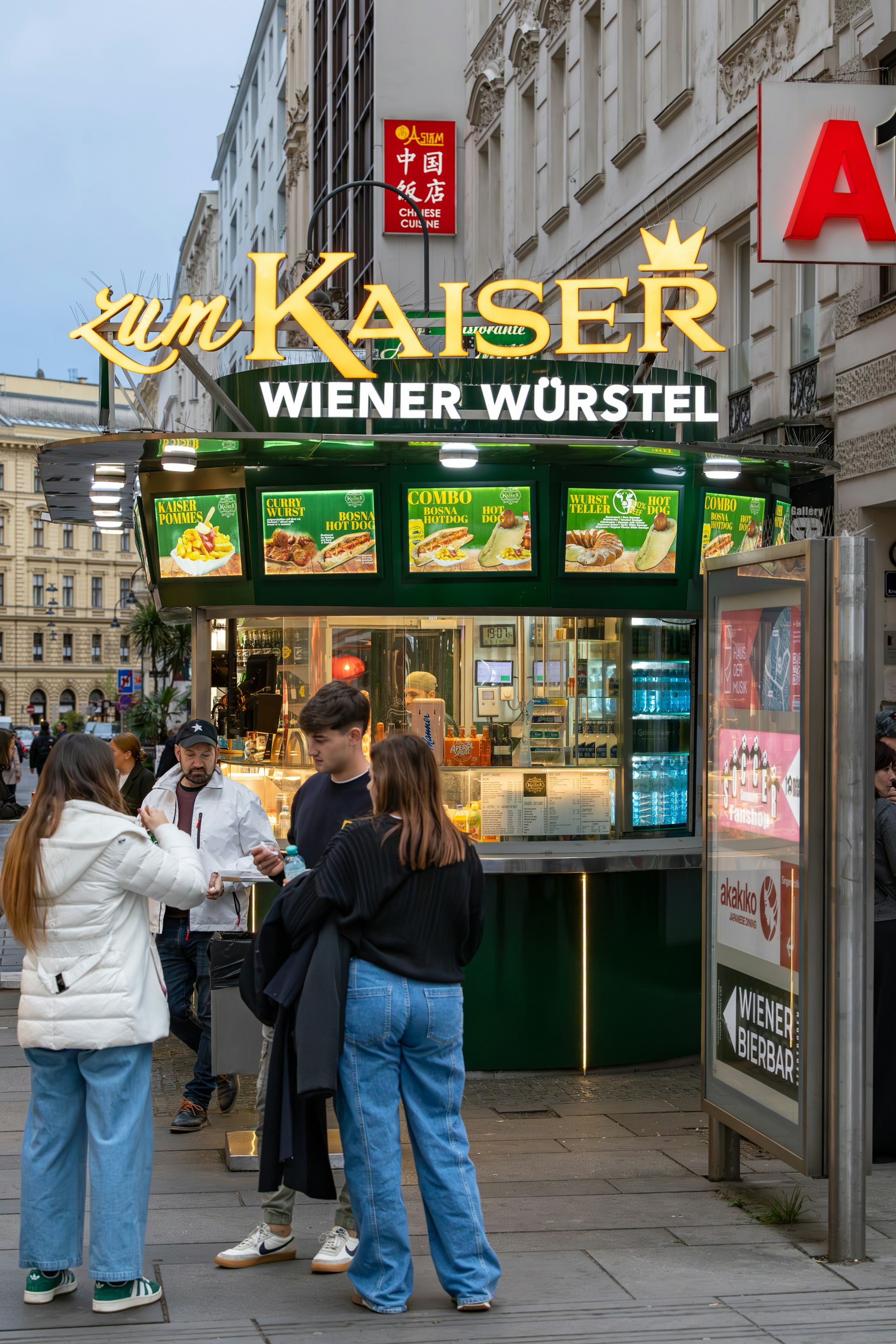
Snack on street food
A rite of passage in Vienna, but found in other cities too, the typically late-night snack stop of a Würstelstand (sausage stand), is where you can pick up a Käsekrainer (a sausage stuffed with tiny cheese cubes) and a beer for less than €10. Thanks to the multicultural crossover, kebab and shawarma vendors abound, as well as Balkan street food like the bosna (hot dog) and ćevapčići (grilled meat).
Bring a reusable water bottle
Stay hydrated with the purest water straight from the mountains. Vienna’s 1300 drinking fountains bring fresh mountain spring water from the Lower Austrian Styrian Alps to the streets, and 27 of Salzburg’s 49 water fountains flow with the mountain spring elixir dubbed the “ Untersberg Champagne .” All tap water in Austria is safe to drink, thanks to its alpine freshness. This is why the coffee and Spritzer (wine and sparking water) taste so good here.
Keep planning your trip to Austria:
- Save these top places to visit to your profile
- These road trips in Austria will take you to all the highlights
- Find the best time to visit Austria for your perfect vacation
Explore related stories
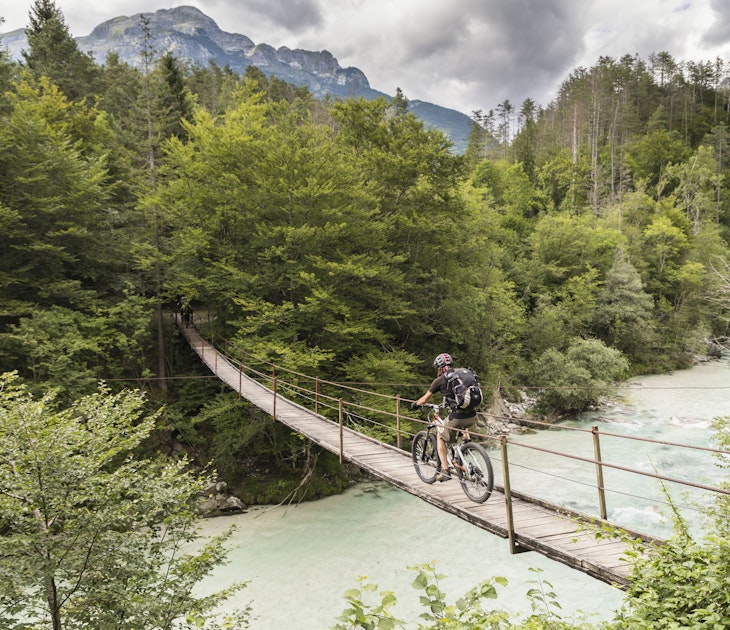
Budget Travel
Apr 27, 2024 • 5 min read
With affordable public transport, great food markets and discount cards, a visit to Slovenia needn't blow up your budget.
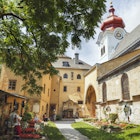
Jul 17, 2022 • 7 min read
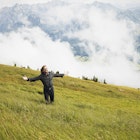
Jun 7, 2022 • 7 min read
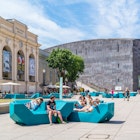
Nov 4, 2021 • 6 min read
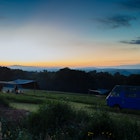
Jun 30, 2020 • 7 min read

Oct 28, 2019 • 19 min read

Aug 26, 2019 • 1 min read
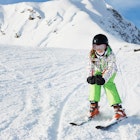
Aug 20, 2019 • 2 min read

Aug 28, 2018 • 6 min read
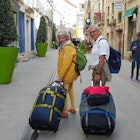
Oct 6, 2016 • 6 min read
Travel, Tourism & Hospitality
Travel and tourism in Austria - statistics & facts
What are the leading inbound travel markets in austria, the importance of vienna for inbound tourism in austria, key insights.
Detailed statistics
Direct and indirect value added of tourism in Austria 2000-2022
Travel and tourism's total contribution to employment in Austria 2019-2022
International and domestic tourist arrivals in Austria 2010-2022
Editor’s Picks Current statistics on this topic
Destinations
Inbound tourist arrivals in Austria 2022, by destination state
Travel and tourism's total contribution to GDP in Austria 2019-2022
Further recommended statistics
- Basic Statistic Travel and tourism's total contribution to GDP in Austria 2019-2022
- Premium Statistic Direct and indirect value added of tourism in Austria 2000-2022
- Premium Statistic Direct value added of tourism in Austria 2000-2021
- Premium Statistic Travel and tourism revenue in Austria 2018-2028, by segment
- Basic Statistic Travel and tourism's total contribution to employment in Austria 2019-2022
- Premium Statistic International and domestic tourist arrivals in Austria 2010-2022
- Premium Statistic International and domestic tourist overnight stays in Austria 2010-2022
Travel and tourism's total contribution to GDP in Austria 2019-2022
Total contribution of travel and tourism to GDP in Austria in 2019 and 2022 (in billion euros)
Direct and indirect value added of tourism in Austria from 2000 to 2022 (in billion euros)
Direct value added of tourism in Austria 2000-2021
Direct value added of tourism in Austria from 2000 to 2021 (in billion euros)
Travel and tourism revenue in Austria 2018-2028, by segment
Revenue of the travel and tourism market in Austria from 2018 to 2028, by segment (in billion U.S. dollars)
Travel and tourism's total contribution to employment in Austria 2019-2022
Total contribution of travel and tourism to employment in Austria in 2019 and 2022 (in 1,000 jobs)
Number of international and domestic tourist arrivals in Austria from 2010 to 2022 (in millions)
International and domestic tourist overnight stays in Austria 2010-2022
Number of international and domestic tourist overnight stays in Austria from 2010 to 2022 (in millions)
Inbound tourism
- Premium Statistic International tourist arrival growth in European countries 2019-2023
- Premium Statistic Leading inbound travel markets in winter in Austria 2019-2023, by overnight stays
- Premium Statistic Leading inbound travel markets in summer in Austria 2020-2023, by overnight stays
- Premium Statistic Inbound tourist arrivals in Austria 2022, by destination state
- Premium Statistic Inbound tourist arrivals in Austria 2022, by state capital
- Premium Statistic International tourism receipts in Austria 2006-2023
International tourist arrival growth in European countries 2019-2023
Percentage change in international tourist arrivals in Europe from 2019 to 2023, by country
Leading inbound travel markets in winter in Austria 2019-2023, by overnight stays
Leading inbound travel markets in Austria from winter season 2019/2020 to 2022/2023, by number of overnight stays (in millions)
Leading inbound travel markets in summer in Austria 2020-2023, by overnight stays
Leading inbound travel markets in Austria from summer season 2020 to 2023, by number of overnight stays (in millions)
Number of international tourist arrivals in Austria in 2022, by destination state (in 1,000s)
Inbound tourist arrivals in Austria 2022, by state capital
Number of international tourist arrivals in Austria in 2022, by state capital (in 1,000s)
International tourism receipts in Austria 2006-2023
International tourism receipts in Austria from 2006 to 2023 (in billion U.S. dollars)
Domestic and outbound tourism
- Premium Statistic Domestic overnight trips in Austria 2010-2022
- Premium Statistic Domestic overnight stays in winter season in Austria 2008-2023
- Premium Statistic Domestic overnight stays in summer season in Austria 2009-2023
- Basic Statistic Domestic tourism spending in Austria 2019-2022
- Premium Statistic Outbound overnight trips from Austria 2010-2022
- Premium Statistic Number of outbound holiday trips from Austria 2002-2022
- Premium Statistic Leading destinations for outbound vacations from Austria 2015-2022
- Premium Statistic Outbound tourism spending in Austria 2011-2022
Domestic overnight trips in Austria 2010-2022
Number of domestic overnight trips in Austria from 2010 to 2022 (in 1,000s)
Domestic overnight stays in winter season in Austria 2008-2023
Number of overnight stays by domestic tourists in Austria from winter season 2008/2009 to 2022/2023 (in millions)
Domestic overnight stays in summer season in Austria 2009-2023
Number of overnight stays by domestic tourist in Austria from summer season 2009 to 2023 (in millions)
Domestic tourism spending in Austria 2019-2022
Domestic tourism expenditure in Austria in 2019 and 2022 (in billion euros)
Outbound overnight trips from Austria 2010-2022
Number of outbound overnight trips from Austria from 2010 to 2022 (in 1,000s)
Number of outbound holiday trips from Austria 2002-2022
Number of holiday trips abroad made by residents of Austria from 2002 to 2022 (in millions)
Leading destinations for outbound vacations from Austria 2015-2022
Leading travel destinations for outbound holiday trips from Austria from 2015 to 2022 (in 1,000s)
Outbound tourism spending in Austria 2011-2022
Outbound tourism expenditure in Austria from 2011 to 2022 (in billion U.S. dollars)
Accommodation
- Premium Statistic Number of travel accommodation establishments in Austria 2007-2021
- Premium Statistic Number of hotels and similar establishments in Austria 2007-2021
- Premium Statistic Number of hotel rooms in Austria 2007-2021
- Premium Statistic Bed-place occupancy rate in hotels in Austria 2007-2021
- Premium Statistic Overnight accommodation costs in Vienna 2023, by month
- Premium Statistic Number of Airbnb listings in selected European cities 2023
Number of travel accommodation establishments in Austria 2007-2021
Number of travel accommodation establishments in Austria from 2007 to 2021
Number of hotels and similar establishments in Austria 2007-2021
Number of hotels and similar accommodation establishments in Austria from 2007 to 2021
Number of hotel rooms in Austria 2007-2021
Number of rooms in hotels and similar accommodation establishments in Austria from 2007 to 2021 (in 1,000s)
Bed-place occupancy rate in hotels in Austria 2007-2021
Occupancy rate of bed-places in hotels in Austria from 2007 to 2021
Overnight accommodation costs in Vienna 2023, by month
Average cost of overnight accommodation in Vienna in 2023, by month (in euros)
Number of Airbnb listings in selected European cities 2023
Number of Airbnb listings in selected European cities as of December 2023
Meeting and event tourism
- Premium Statistic Meeting and event venues in Austria 2022, by type
- Premium Statistic National business meetings in Austria 2014-2022, by type
- Premium Statistic National business meeting participants in Austria 2014-2022, by event type
- Premium Statistic International business meetings in Austria 2014-2022, by type
- Premium Statistic International business meeting participants in Austria 2014-2022, by event type
- Premium Statistic Overnight stays for business meetings and events in Austria 2019-2022, by event type
Meeting and event venues in Austria 2022, by type
Number of meeting and event venues in Austria in 2022, by type
National business meetings in Austria 2014-2022, by type
Number of national business meetings in Austria from 2014 to 2022, by type
National business meeting participants in Austria 2014-2022, by event type
Number of participants at national business meetings in Austria from 2014 to 2022, by event type (in 1,000s)
International business meetings in Austria 2014-2022, by type
Number of international business meetings in Austria from 2014 to 2022, by type
International business meeting participants in Austria 2014-2022, by event type
Number of participants at international business meetings in Austria from 2014 to 2022, by event type (in 1,000s)
Overnight stays for business meetings and events in Austria 2019-2022, by event type
Number of overnight stays made for business meetings and events in Austria from 2019 to 2022, by event type (in 1,000s)
Travel behavior
- Premium Statistic Attitudes towards traveling in Austria 2024
- Premium Statistic Travel frequency for private purposes in Austria 2024
- Premium Statistic Travel frequency for business purposes in Austria 2024
- Premium Statistic Travel product bookings in Austria 2024
- Premium Statistic Travel product online bookings in Austria 2024
- Premium Statistic Hotel / private accommodation online bookings by brand in Austria 2024
- Premium Statistic Flight bookings by airline brand in Austria 2024
- Premium Statistic Package holiday bookings by brand in Austria 2024
- Premium Statistic Car rental bookings by brand in Austria 2024
Attitudes towards traveling in Austria 2024
Attitudes towards traveling in Austria as of March 2024
Travel frequency for private purposes in Austria 2024
Travel frequency for private purposes in Austria as of March 2024
Travel frequency for business purposes in Austria 2024
Travel frequency for business purposes in Austria as of March 2024
Travel product bookings in Austria 2024
Travel product bookings in Austria as of March 2024
Travel product online bookings in Austria 2024
Travel product online bookings in Austria as of March 2024
Hotel / private accommodation online bookings by brand in Austria 2024
Hotel / private accommodation online bookings by brand in Austria as of March 2024
Flight bookings by airline brand in Austria 2024
Flight bookings by airline brand in Austria as of March 2024
Package holiday bookings by brand in Austria 2024
Package holiday bookings by brand in Austria as of March 2024
Car rental bookings by brand in Austria 2024
Car rental bookings by brand in Austria as of March 2024
Further reports
Get the best reports to understand your industry.
Mon - Fri, 9am - 6pm (EST)
Mon - Fri, 9am - 5pm (SGT)
Mon - Fri, 10:00am - 6:00pm (JST)
Mon - Fri, 9:30am - 5pm (GMT)

Rick Steves’ Europe: Scenic wonder in Austria’s Hallstatt
I t's rare that a town's charm will get me out of bed early. The postcard-pretty, lake-cuddling town of Hallstatt, two hours south of Salzburg, is one of those places. First thing in the morning, I head to the high end of town to look at the glassy waters of Lake Hallstatt. With the town’s church spire mirrored in the tranquil water, a shuttle boat cuts through its reflection, like a knife putting a swirl in the icing on a big cake. For just a moment, it disturbs this oasis of peace.
Hallstatt is located in Austria's Salzkammergut lake district, a scenic wonder that has enthralled nature lovers for centuries. This is Sound of Music country – idyllic and majestic, but not rugged, a gentle land where lakes and mountains are shuffled together like a game of 52-card pickup.
Before there was Rome, there was Hallstatt. One of Europe's oldest settlements, Hallstatt originated as a salt mining center (its name means "place of salt”). If you were to dig under some of its buildings, you'd find Roman and pre-Roman Celtic pavement stones from the ancient and prehistoric salt depot. Archaeologists claim that people have been coming here for salt since 7,000 BC (over the millennia, salt has been precious because it preserved meat).
A funicular runs up the mountain to the town’s salt mine, one of many throughout the region that offers tours. At the mine, visitors slip into overalls, meet their guide, and hike deep into the mountain to learn about the history of salt. A highlight of the visit is riding down long banisters, miner-style, from one floor to the next … praying for no splinters.
When I first discovered Hallstatt, this was a remote community at the far end of a long, dead-end lake. Though tourism has trampled some of its charm, vivid cultural traditions still survive. Traditional green felt hats distinguished by jaunty decorative feathers are big in Austria. On my first trip here, when I was just a teenybopper, my dad and I each bought a hat and had a friendly competition filling it with souvenir pins and fancy feathers. Forty years later, I happened to be in town during the annual feather-in-the-hat party. Local men – many with finely carved pipes and handlebar mustaches – strutted around in lederhosen and their finest Tyrolean-type hats, each with a proud feather sprouting from the rim.
For centuries, the town had no road access, so people came and went by boat. You'll still see the traditional wide, flat Fuhr boats, designed to carry heavy loads of salt in shallow water. On a recent visit, a local friend took me for a spin in his Fuhr. As he lunged rhythmically on the single oar, he said, “An hour on the lake is like a day of vacation.” When I asked about the oar lock, which looked like a skinny dog-chew doughnut, he told me it was “made from the gut of a bull. Not of cow, but a bull.”
Facing the lake is Pension Hallberg, with a display of debris from the bottom of Lake Hallstatt. The most fascinating treasure is a trove of Nazi paraphernalia, including piles of war medallions. As I tried to sort this out, their explanation made perfect sense: When it became clear that Germany would lose World War II, those who served the Third Reich wanted to chuck any medals they had won. Lakes were the perfect trash bin.
In this town, when someone is happy to see you, they’ll often say, “Can I cook you a fish?” I still remember the morning fish-selling ritual: A teenage boy rhythmically grabbed trout from the fishermen's pen and killed them one by one with a stern whack to the noggin. Another guy carried them to the tiny fishery, where they were gutted by a guy who used to do the stern whacking. A cat waited outside the door, confident his breakfast would be a good one. Restaurateurs and homemakers alike lined up, waiting to buy fresh trout to feed hungry tourists or special friends.
Restaurant Bräugasthof, lakeside and under a grand chestnut tree, is just the place to try some of Lake Hallstatt's prized fish. Reinanke (whitefish) is caught wild out of Lake Hallstatt and served the same day. Saibling (lake trout) is cheaper and also tasty. While you dine, you can feed the swans, who patrol the lake like it’s theirs, and stretch greedily for every bit of bread you toss.
When I think of my favorite small-town places in Europe, they are where nature and culture mix, where each balcony has a lovingly watered, one-of-a-kind flowerbox, and where swans know just the right time to paddle by for scraps from diners at lakeside tables. Places like Hallstatt.
(Rick Steves ( www.ricksteves.com ) writes European guidebooks, hosts travel shows on public TV and radio, and organizes European tours. This column revisits some of Rick's favorite places over the past two decades. You can email Rick at [email protected] and follow his blog on Facebook.)
©2024 Rick Steves. Distributed by Tribune Content Agency, LLC.

Flights to Salzburg
Salzburg is divided into two halves by the River Salzach. On the right of the river, shoppers flock to the historic Linzergasse street. On the left you’ll find the older section of the city, which is on the UNESCO World Heritage List.
(YYYYY) to (XXXXX)
Flights from
Alpine charm and musical history
Fly to Salzburg with British Airways and start your break in the old town.
Take a walk along the picturesque Getreidegasse to admire the traditional inns and shops and the beautiful ornamental signs decorating the street. Stop in at No. 9, the birthplace of Mozart, which is now a museum dedicated to the composer. Film lovers should head to the Mirabell Palace and gardens, one of the key filming locations for The Sound of Music.
If you have a head for heights, take a cable car up the nearby Untersberg mountain for spectacular views across Salzburg.
After a busy day of sightseeing, reward yourself with a locally brewed beer from one of the 11 breweries in and around the city. Book your holiday to Salzburg today.
Flight time
Salzburg flight faqs.
A flight from London to Salzburg takes two hours.
Salzburg Airport is popular for its Christmas markets and ski breaks during the winter, so search for flights outside the peak season, which runs from December to February. Use our low fare finder to find the cheapest time to fly to Salzburg.
One of the easiest ways to keep costs down in Salzburg is to see as much of it as possible on foot. The city centre is small and easy to navigate. It's also one of Austria's most bike-friendly cities. Save money and stay hydrated by carrying a refillable bottle to use at one of the restored drinking fountains. They deliver pure, mountain-fresh water straight from the Alps. If you're planning to visit lots of paid-for attractions in a short time, you might want to invest in the Salzburg Card.
The airport is just four kilometers from the centre of Salzburg. A taxi or bus from Salzburg Airport to the city centre can take as little as 15 minutes.
To explore further afield and experience the beauty of this Alpine region, hire a car with British Airways. You'll get great benefits, round-the-clock customer support, with all mandatory charges included, and you'll collect Avios points on every rental.
Enjoy some of the beautiful locations that made the Sound of Music so iconic. Salzburg was a key location for much of the film and the home of the real von Trapp family. If that wasn't enough of a musical pedigree, the city is also closely linked with its most famous son, Mozart. Visitors can find his image almost everywhere, on everything from statues to chocolates.
You can book a hand baggage-only ticket or make the most of our generous baggage allowance. If you choose economy standard or one of our British Airways Holidays’ packages, each passenger can check in a bag weighing up to 23kg – in addition to a handbag, laptop case or other small bag. Families travelling in any cabin with younger children can also check in one car seat and one fully collapsible pushchair. Read more about baggage allowances for children .
If you’re flying in our business cabin, you can check in two bags weighing up to 32kg each. Read our baggage guide for full details.
Citizens of the UK and Ireland and EU passport holders do not need a visa to visit. If you hold a passport from a country or territory outside of these areas, you may need to apply for a visa before you travel. You can find out more about visa requirements for all the countries we fly to at the IATA Travel Centre .
Discover outstanding service from the moment you book. Choose to fly with hand baggage only or pick a price that includes a 23kg checked baggage allowance and free seat selection 24 hours before you fly. On board you’ll find HEPA-filtered air, quality on-board catering and a warm, uniquely British welcome.
Simply relax and let us take care of you, every step of the way.
All our cabins offer the same great – and uniquely British – experience. Choose your perfect way to fly, from economy to business.
Our Euro Traveller cabin offers all the touches you need to enjoy your flight at an affordable price.
Work or relax in our Club Europe cabin and enjoy lounge access, a dedicated check-in area and more personal space.
Discover more of Europe
Barcelona flights, innsbruck flights, lisbon flights, munich flights, nuremberg flights, stuttgart flights, venice flights, vienna flights, terms and conditions.
- Flight only prices are updated every 24 hours and are accurate when published. Flights at these prices are limited and may sell out quickly.
- Package holiday prices (flight + hotel or flight + car) prices are updated every 24 to 48 hours and are accurate when published and may vary upon reaching subsequent pages. Availability may be extremely limited particularly during peak periods.
- Return fares displayed are the lowest adult return prices in the cabin specified including taxes, fees and carrier charges, based on a 7-day return journey.
- Each–way fares displayed are the lowest adult each-way prices in the cabin specified based on the lowest adult return prices for a 7 day travel period, including all taxes, fees and carrier charges available in this period.
- One-way fares displayed are the lowest adult prices in the cabin specified including taxes, fees and carrier charges available in this period.
- Package holiday prices (flight + hotel and flight + car) shown are in GBP per person based on 2 adults sharing one room or one car and prices include taxes, fees and carrier charges unless otherwise specified. Flight + car prices based on drivers aged 30-70 years.
- Additional charges will be applied for payments made using a corporate credit card.
- Advertised fares are available on ba.com. Additional charges may apply if purchased through BA outlets or travel agents.
- Combine and save on Holidays: Guaranteed savings are only available when booking a Flight + Hotel or Flight + Car booking including one land product, it does not apply to a ‘Customise your trip’ holiday including more than one hotel and / or car.
- Package holidays are protected under British Airways Holidays Ltd by the Civil Aviation Authority. Our ATOL number is 5985.
- Standard British Airways terms and conditions apply

COMMENTS
A Holiday in Austria puts a Smile on your Face. An experience, an encounter, sometimes just a moment - and the new somehow feels familiar. In Austria, this atmosphere is literally in the air: A sensation that, in nature, feels light and free, full of fun and joie de vivre. A feeling that, while connecting with the people who live here, feels ...
6. Bregenzerwald. Everyone raves about the mountains of Tyrol and Salzburgerland, but there's a lesser-known region that deserves a look-in. Huge swathes of Austria's far west, Vorarlberg, remain deliciously off-the-radar, with narrow, silent valleys carving up mighty peaks and forests.
2023. 2. Historic Center of Vienna. 19,389. Points of Interest & Landmarks. The historic centre of Vienna is rich in beautiful architecture, including Baroque castles and gardens, as well as the late-19th-century Ringstrasse lined with grand buildings, monuments and parks…. See ways to experience (65) 2023. 3.
Schönbrunn Palace, Vienna. The Habsburgs' summer residence is Austria's most popular tourist attraction. Take a guided tour through the Imperial ceremonial rooms or stroll through the freely accessible gardens. Nearby, you can visit Schönbrunn Zoo, the oldest zoo in the world. Learn more. 2. Ringstrasse, Vienna.
1. Spend at least a week in Austria. While it might be tempting to hop over and explore Vienna on a weekend break or pass through on a whirlwind European tour, do yourself a favor and plan to stay at least an entire week in Austria. The country is so much more than its (admittedly incredible) capital.
Budget Travel. Top tips for visiting Austria on a budget. May 29, 2024 • 7 min read. Austria isn't a cheap destination, but we'll help you find free attractions, discounted museum visits and budget meals to make your travel money go further. in partnership with getyourguide.
Day 1 - Vienna. The perfect place to begin any visit to Austria is in the capital city of Vienna. Often considered to be one of the most liveable cities in the world, Vienna is an absolutely beautiful city that is packed with history and interesting things to do. Spend your first day in Vienna wandering around and taking in all of the top sites.
Plugs: In Austria, the plugs are type F, the standard voltage is 230 V, and the standard frequency is 50 Hz. I recommend buying a universal adapter (make sure it has surge protection) and using a converter for hairdryers and hot tools. Safety: Austria is an extremely safe country, with the most dangerous crimes being pickpocketing and petty theft.
Rough Guides® is a trademark owned by Apa Group with its headquarters at 7 Bell Yard London WC2A 2JR, United Kingdom. Plan your visit to Austria: find out where to go and what to do in Austria with Rough Guides. Read about itineraries, activities, places to stay and travel essentials and get inspiration from the blog in the best guide to Austria.
23. Bring cash. While many more places accept card payments these days in Austria, paying with cash is often still the norm, especially for smaller purchases, so having cash is always a good idea, preferably in smaller denominations like 50 euro bills or smaller. 24. Prepare to pay for public bathrooms.
For this Austria road trip itinerary, purchasing a 10-day vignette is the best option which costs €9.90. You can buy the vignette at any of the petrol stations and then stick it to your windshield. Driving with your headlights on is optional during daylight hours and compulsory at night in Austria.
Small, landlocked Austria offers alpine scenery, world-class museums, cobbled quaintness, and Wiener schnitzel. Unlike Germany, its industrious neighbor to the northwest, Austria is content to bask in its good living and elegant, opulent past as the former head of one of Europe's grandest empires. Austrians tend to be relaxed, gregarious people who love the outdoors as much as a good cup of ...
Old Town Innsbruck & the Golden Roof. Map of Tourist Attractions in Austria. Best Time to Visit Austria. 1. The Vienna Hofburg: Austria's Imperial Palace. The Vienna Hofburg: Austria's Imperial Palace. The spectacular Hofburg Palace in Vienna was for centuries the seat of Austria's monarchy, the powerful Habsburgs.
Travel guide. See All Austria Tours. As the world leader in travel experiences since 1947, we connect you to the real Austria in a way like no other. We'll guide you through luscious countryside and village streets that stir the soul. With classical roots, art-filled grand palaces and many culinary delights, this country's ingrained culture ...
Places To Visit in Vienna: Hofburg Imperial Palace, St. Stephen's Cathedral, Schönbrunn Palace. Places To Stay : Hotel Ambassador, Vienna Marriott Hotel. Best Restaurants: Ariston Hellenic Restaurant, Restaurant Rote Bar. Best Time To Visit: April-May, September-October.
About Austria and the Austrians #1 With only 83,872 km2, Austria is a relatively small country. Located in the center of Europe, it is landlocked and borders Germany and Czechia to the north, Slovakia and Hungary to the east, Italy and Slovenia to the south, and Switzerland and Liechtenstein to the west. #2 Austria is extremely mountainous, especially in the western regions.
Austria travel takes you to fairytale landscapes and glorious castles. You are in Austria, a country that brings together a distinct culture with a diverse landscape. Destination Must-See's. Alps: Europe's mighty mountain range. Many of the Austrian people's favorite activities have developed because of these mountains that cross the ...
Austria Tours. Experience Europe stress-free on Rick Steves Austria tours. Our Austria vacations package together small groups, great guides, central hotels, all sightseeing — and memories to last a lifetime. Browse Rick's best Austria tours and vacation packages: Best of Munich, Salzburg & Vienna in 8 Days Tour. 2024
For additional travel information. Enroll in the Smart Traveler Enrollment Program (STEP) to receive security messages and make it easier to locate you in an emergency. Call us in Washington, D.C. at 1-888-407-4747 (toll-free in the United States and Canada) or 1-202-501-4444 (from all other countries) from 8:00 a.m. to 8:00 p.m., Eastern ...
The Foreign, Commonwealth & Development Office ( FCDO) provides advice about risks of travel to help British nationals make informed decisions. Find out more about FCDO travel advice. Follow and ...
Join walking tours with locals who will introduce you to their city on a "for-tips" basis. Vienna has nine free tours to choose from. Check out the first free walking tour in Salzburg and Innsbruck's greeter network. Or guide yourself through Austria's splendor with apps like GPSMYCITY, which currently covers 13 destinations in the country.
Revenue of the travel and tourism market in Austria from 2018 to 2028, by segment (in billion U.S. dollars) Basic Statistic Travel and tourism's total contribution to employment in Austria 2019-2022
Though tourism has trampled some of its charm, vivid cultural traditions still survive. Traditional green felt hats distinguished by jaunty decorative feathers are big in Austria.
British Airways